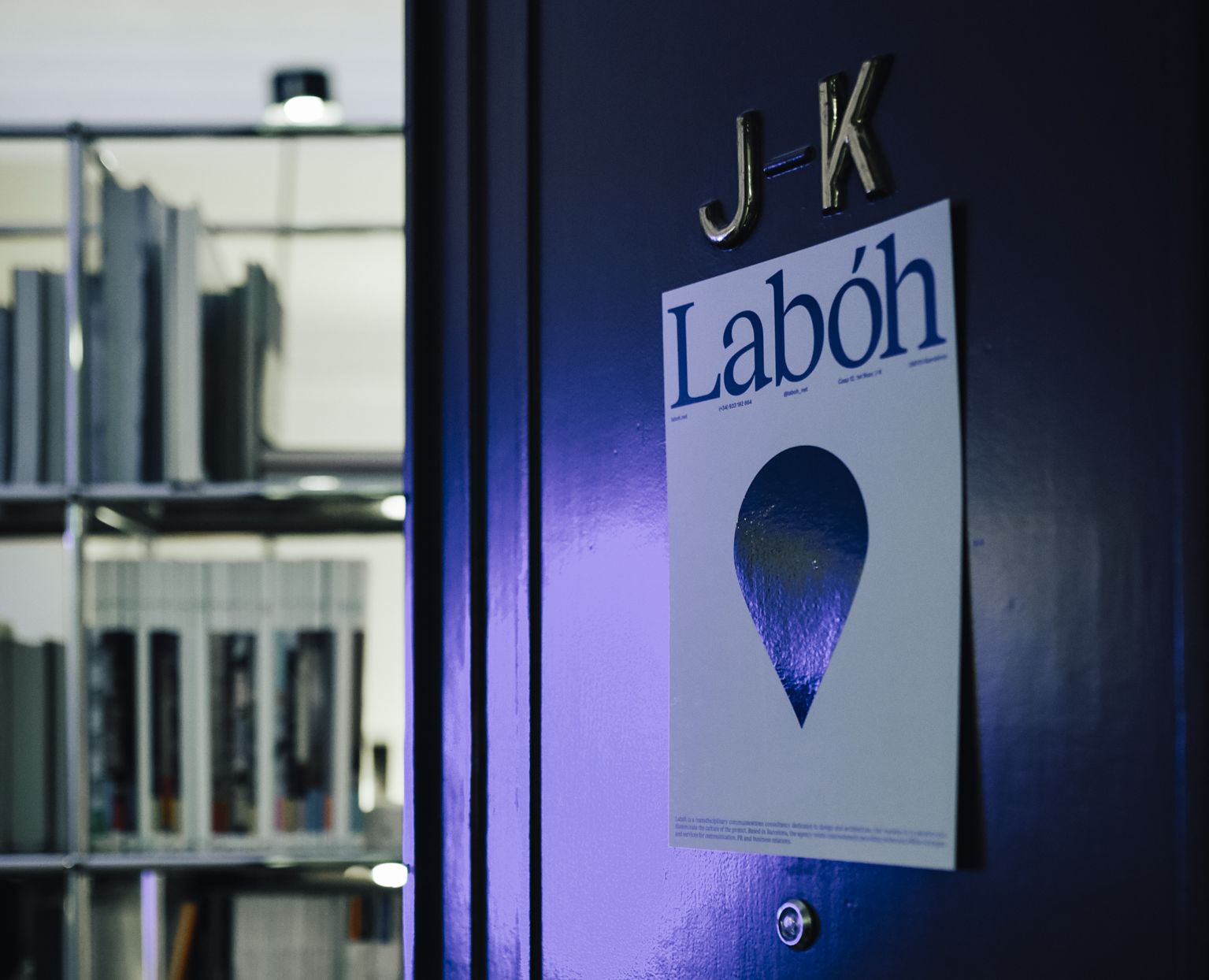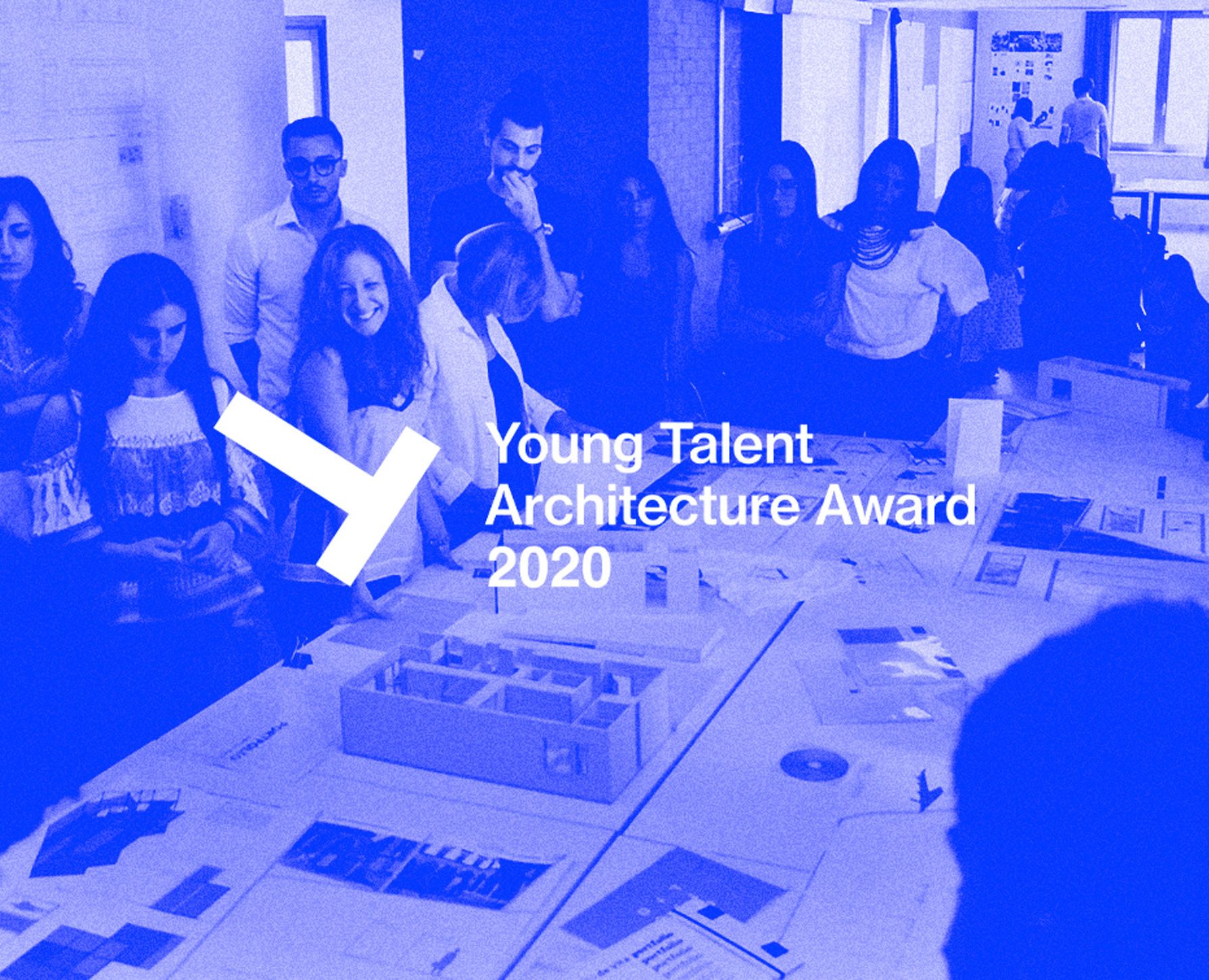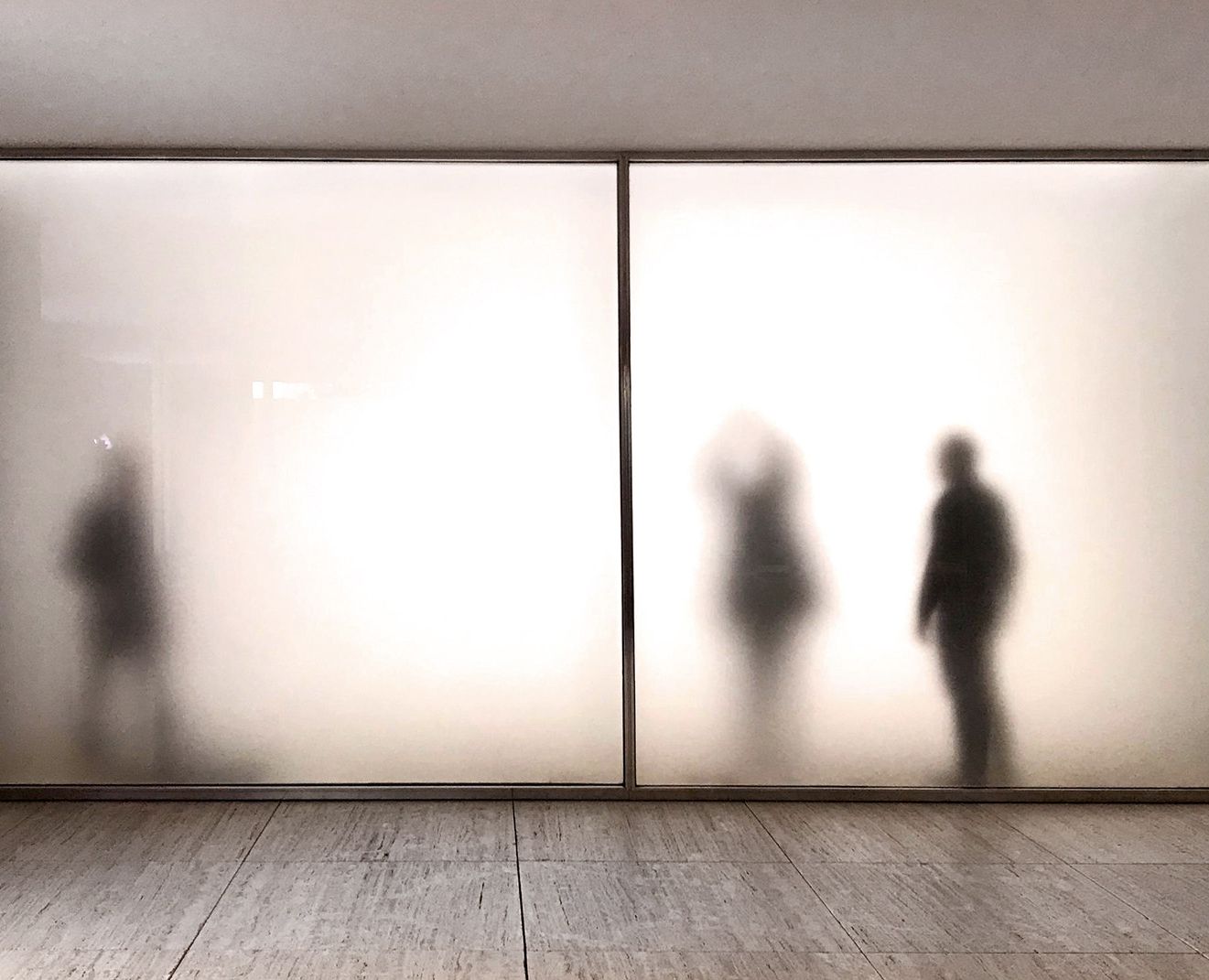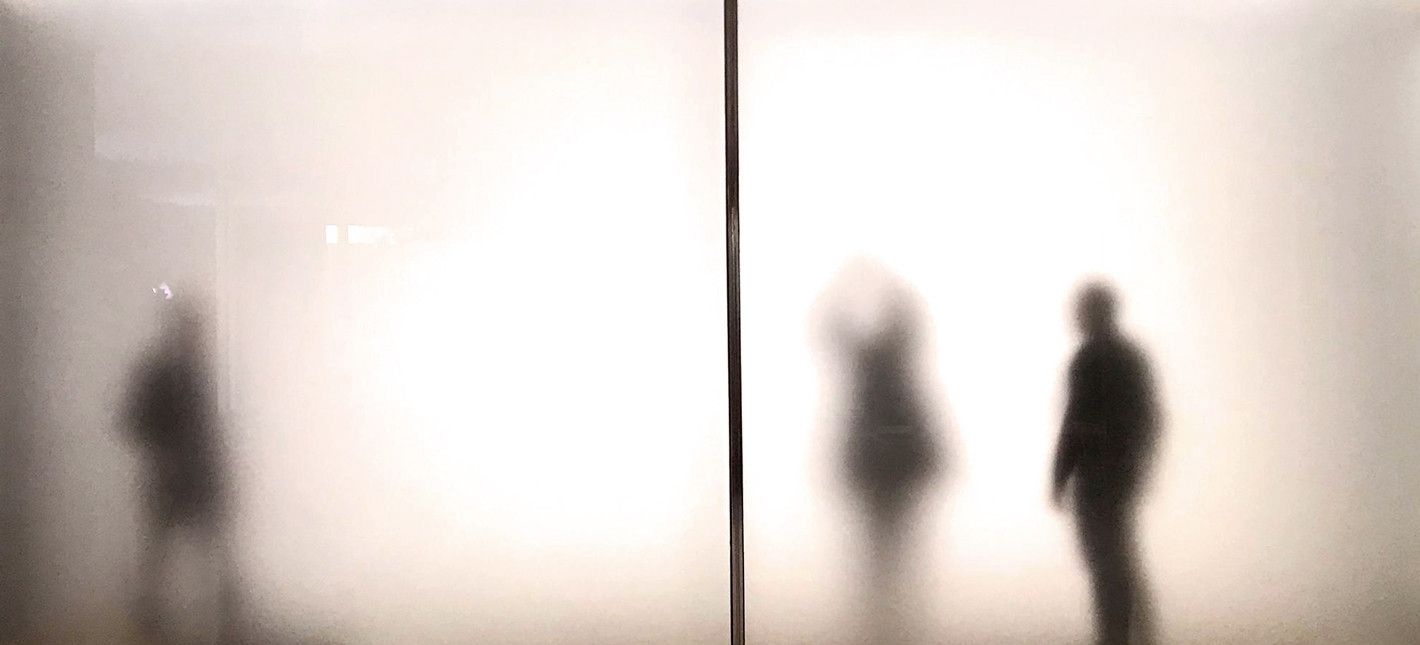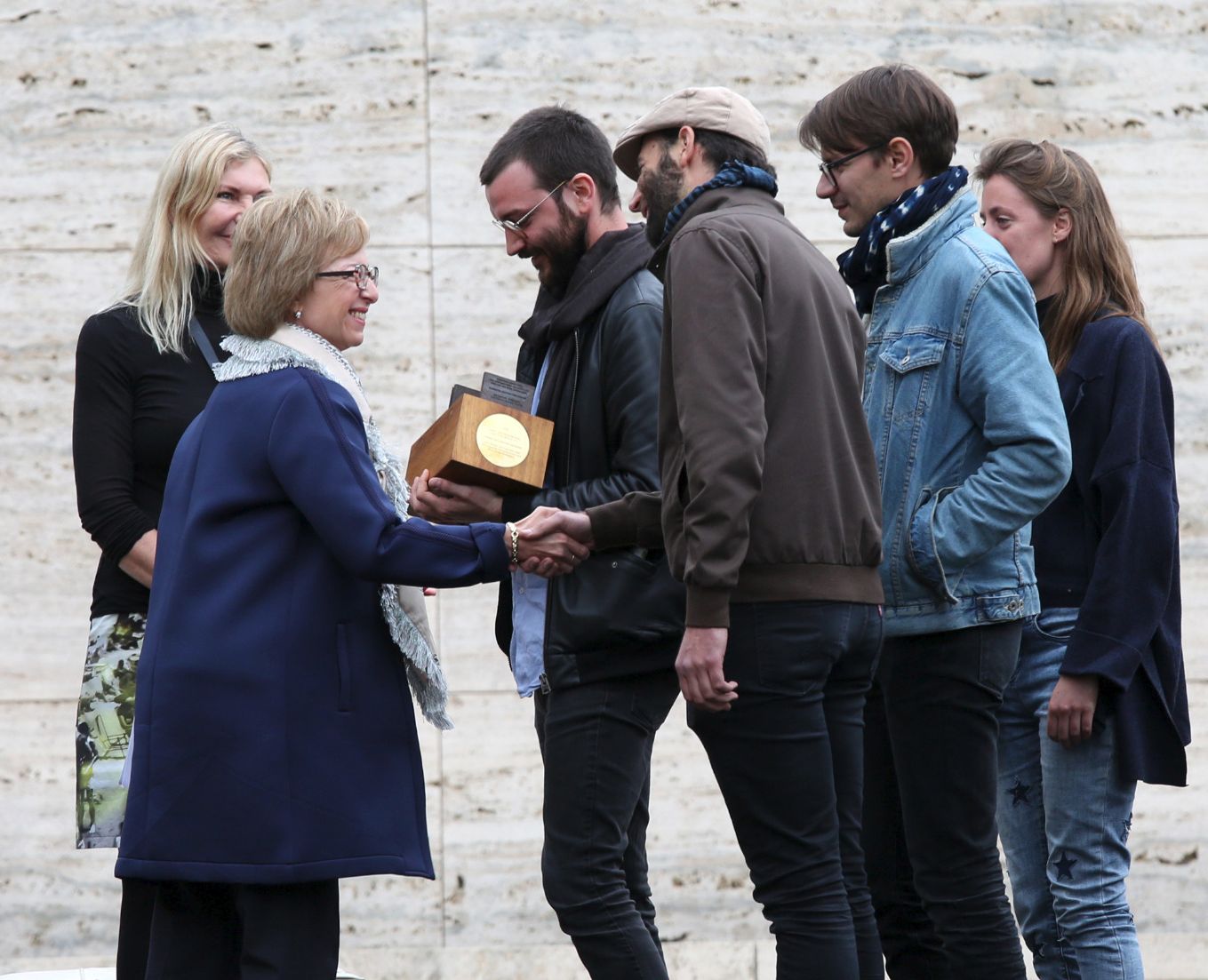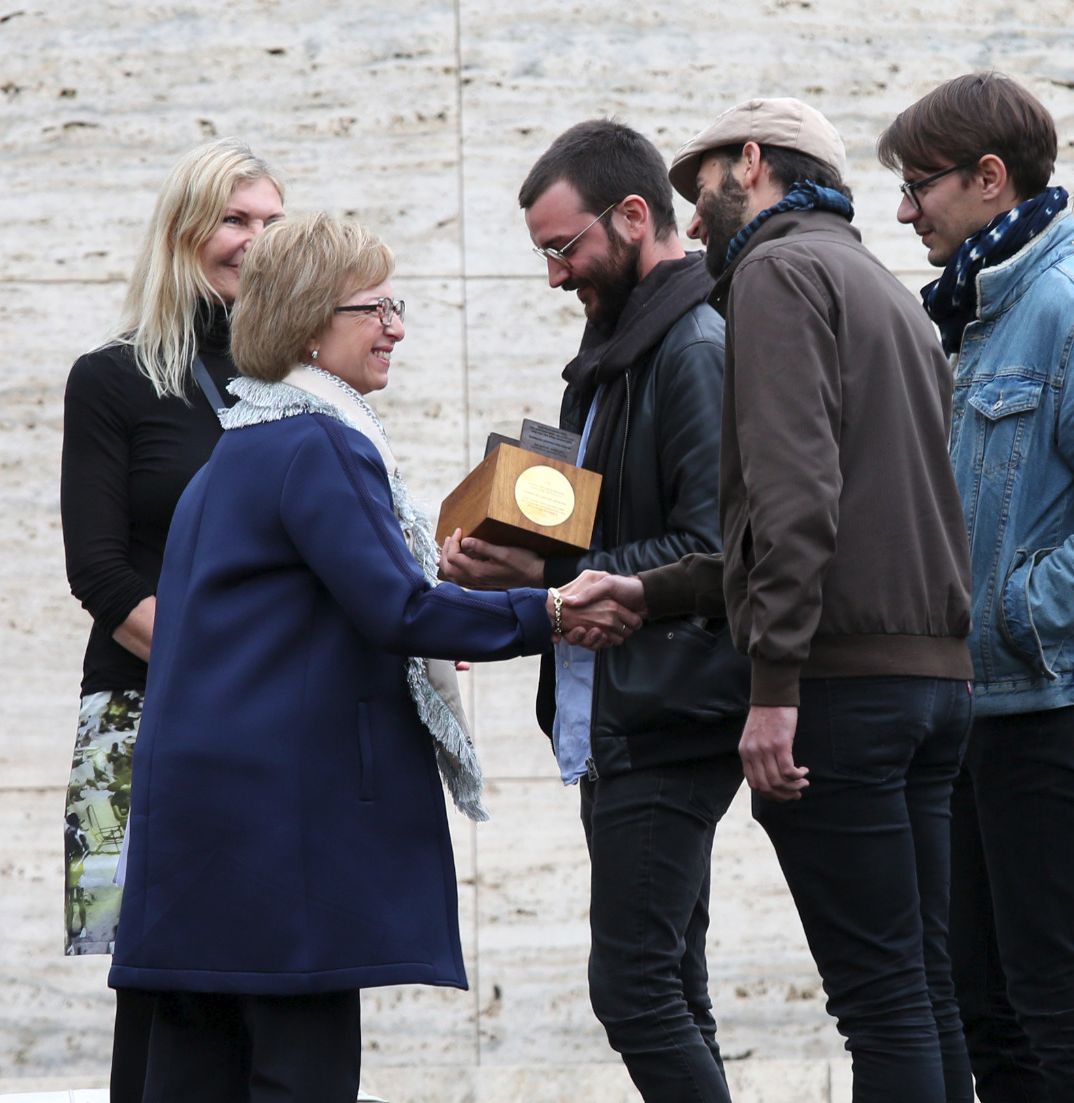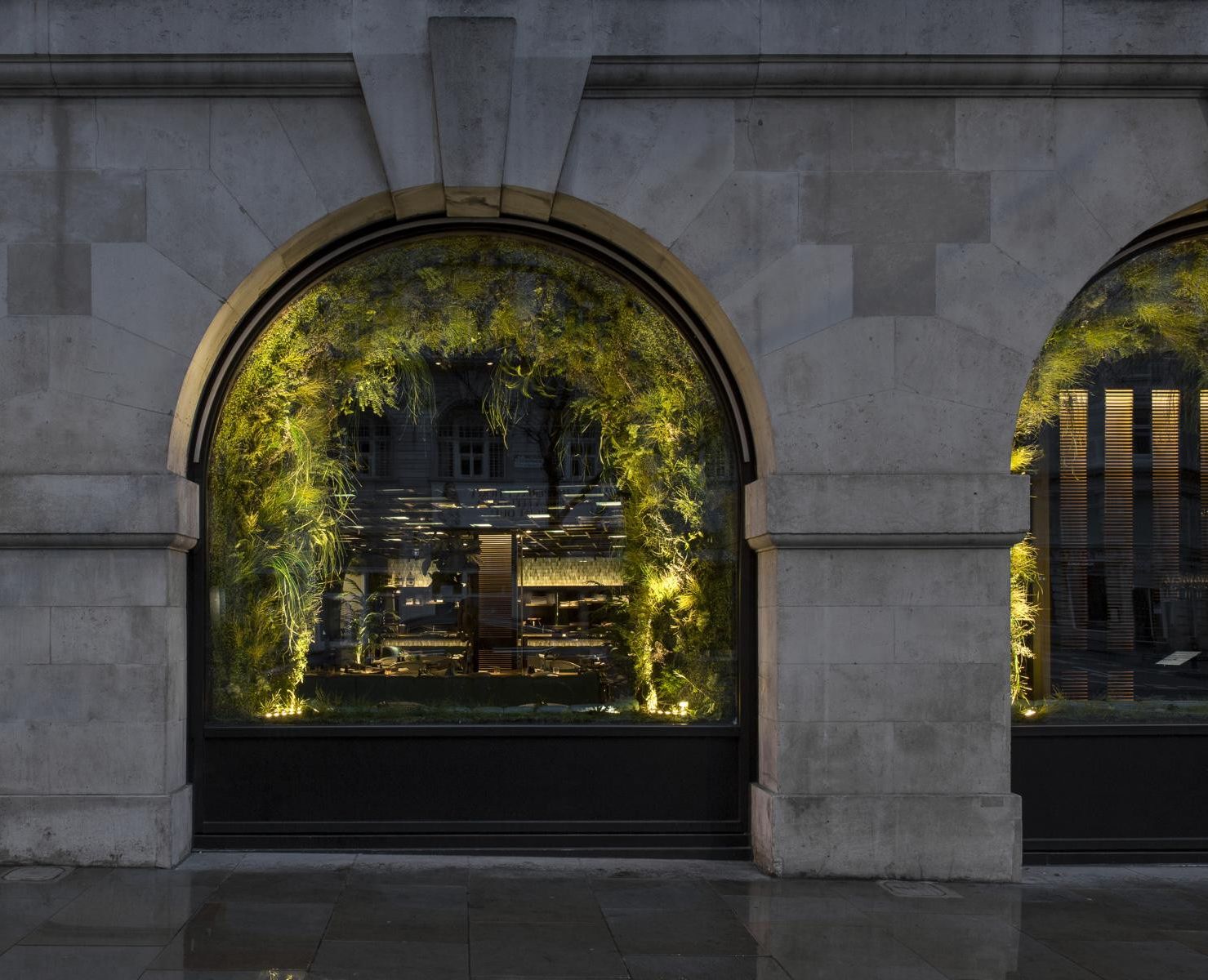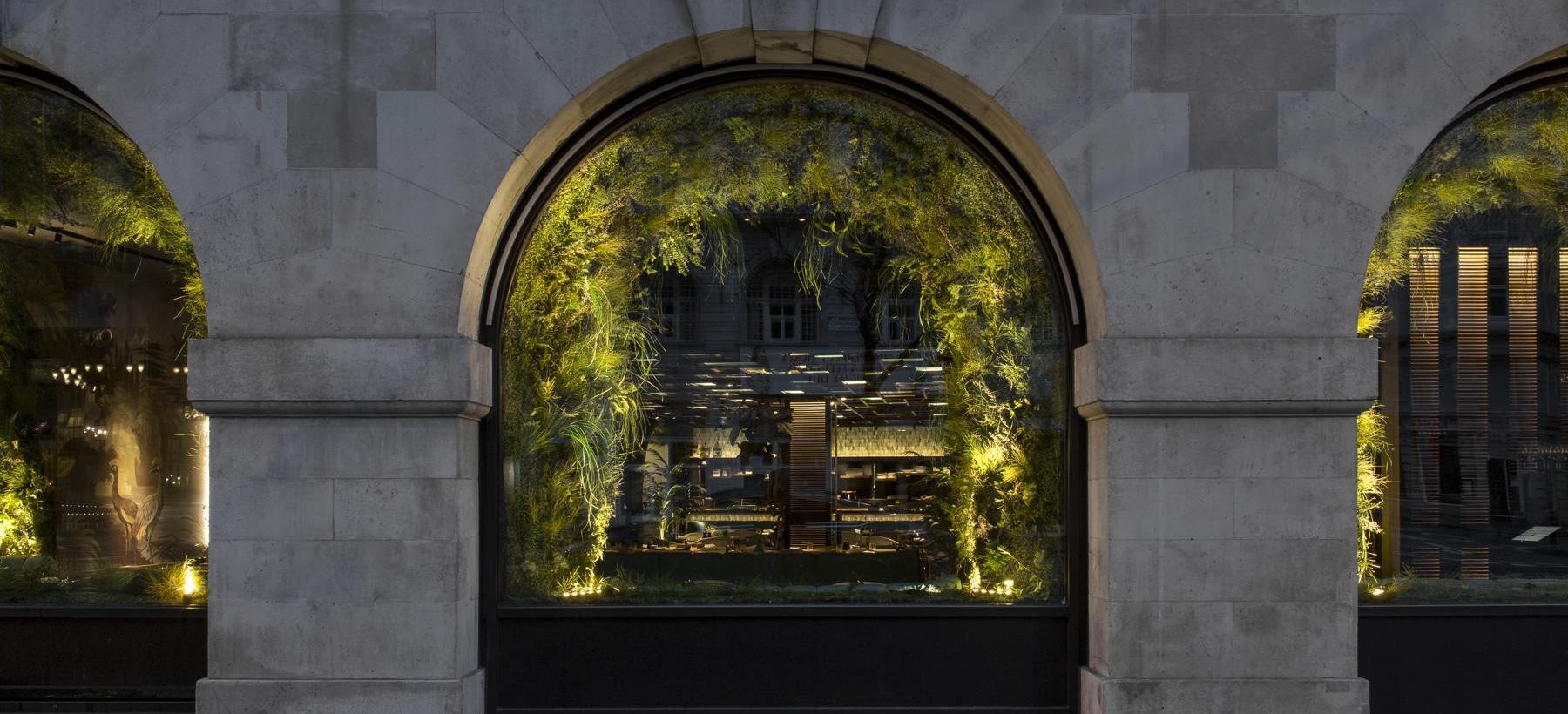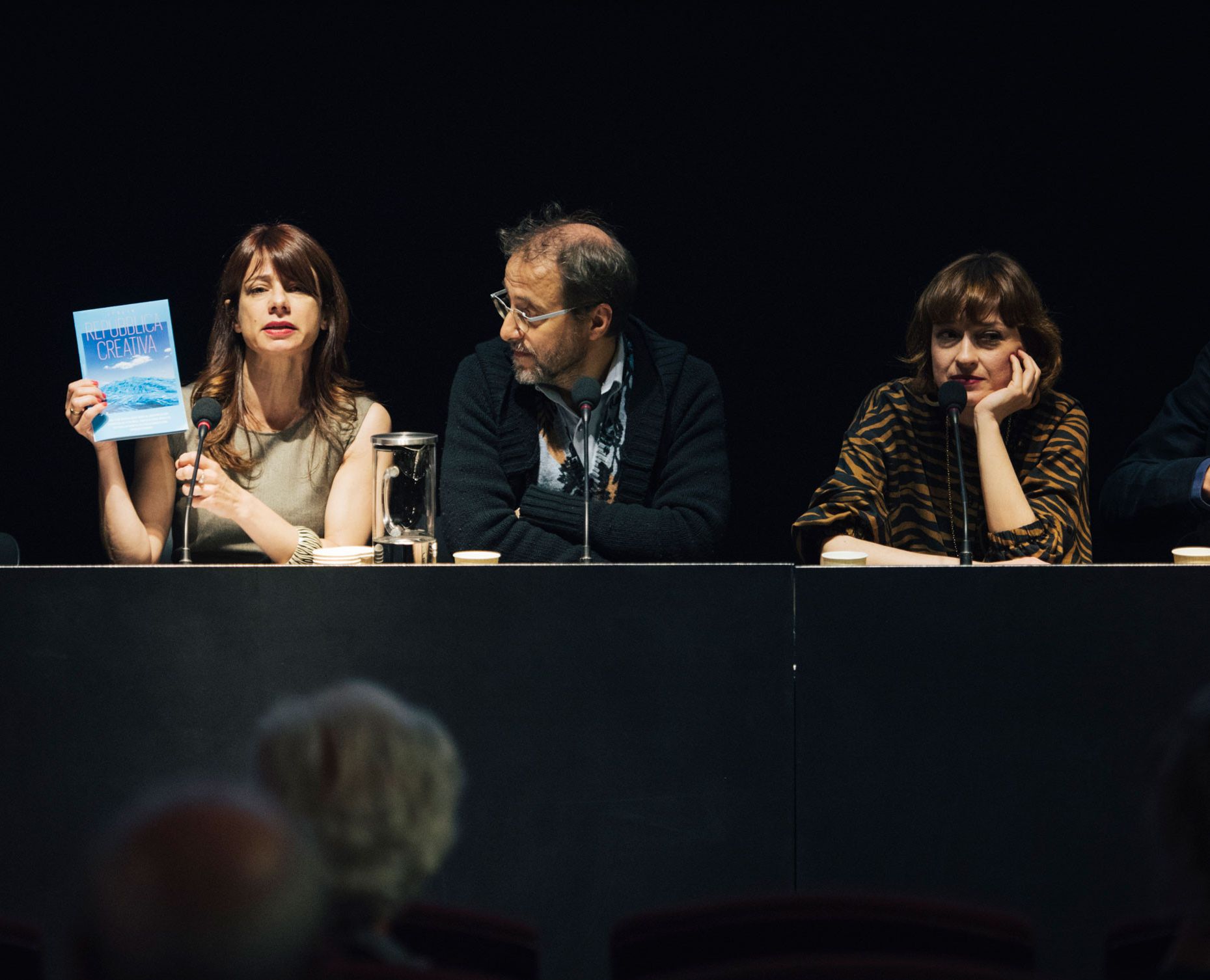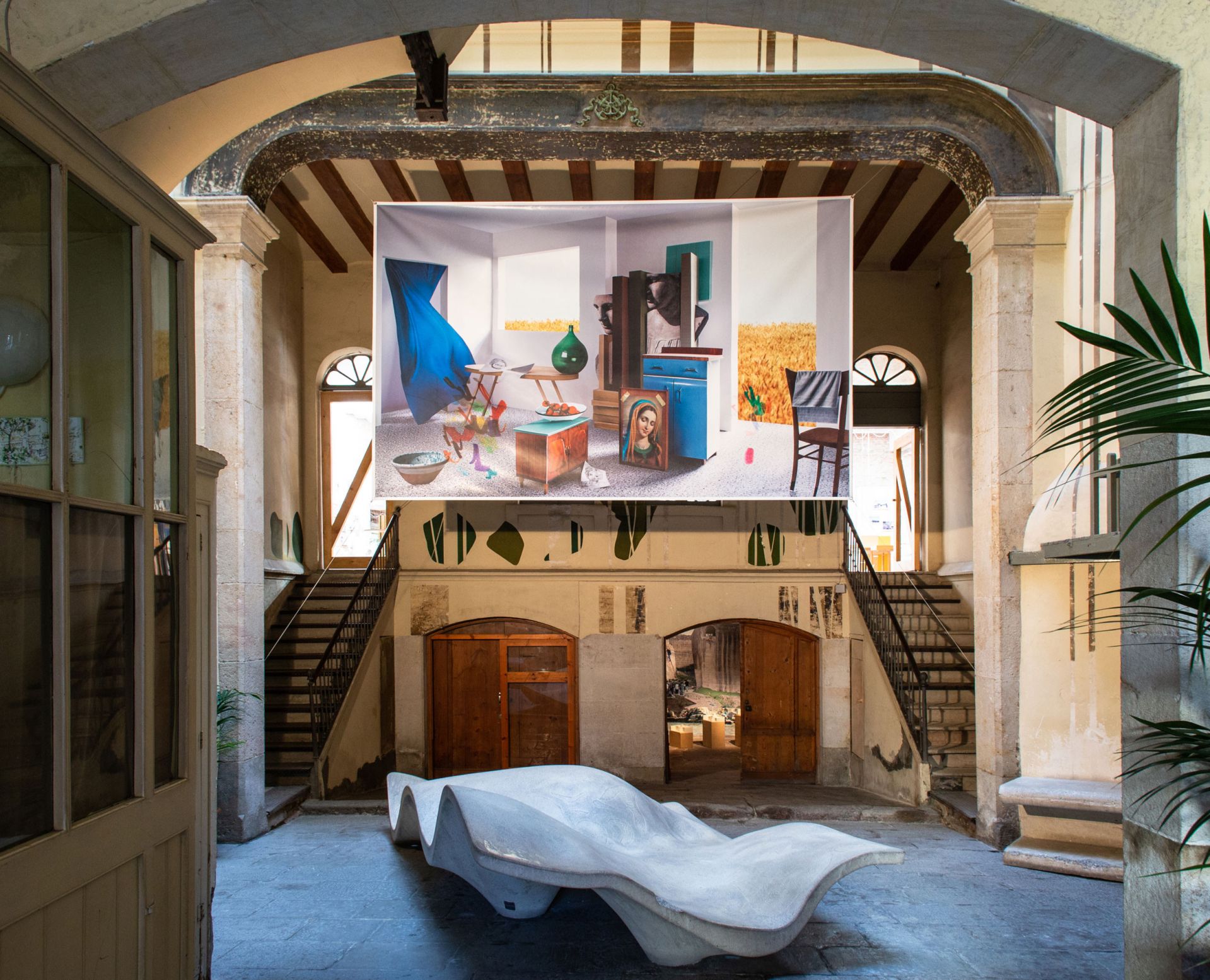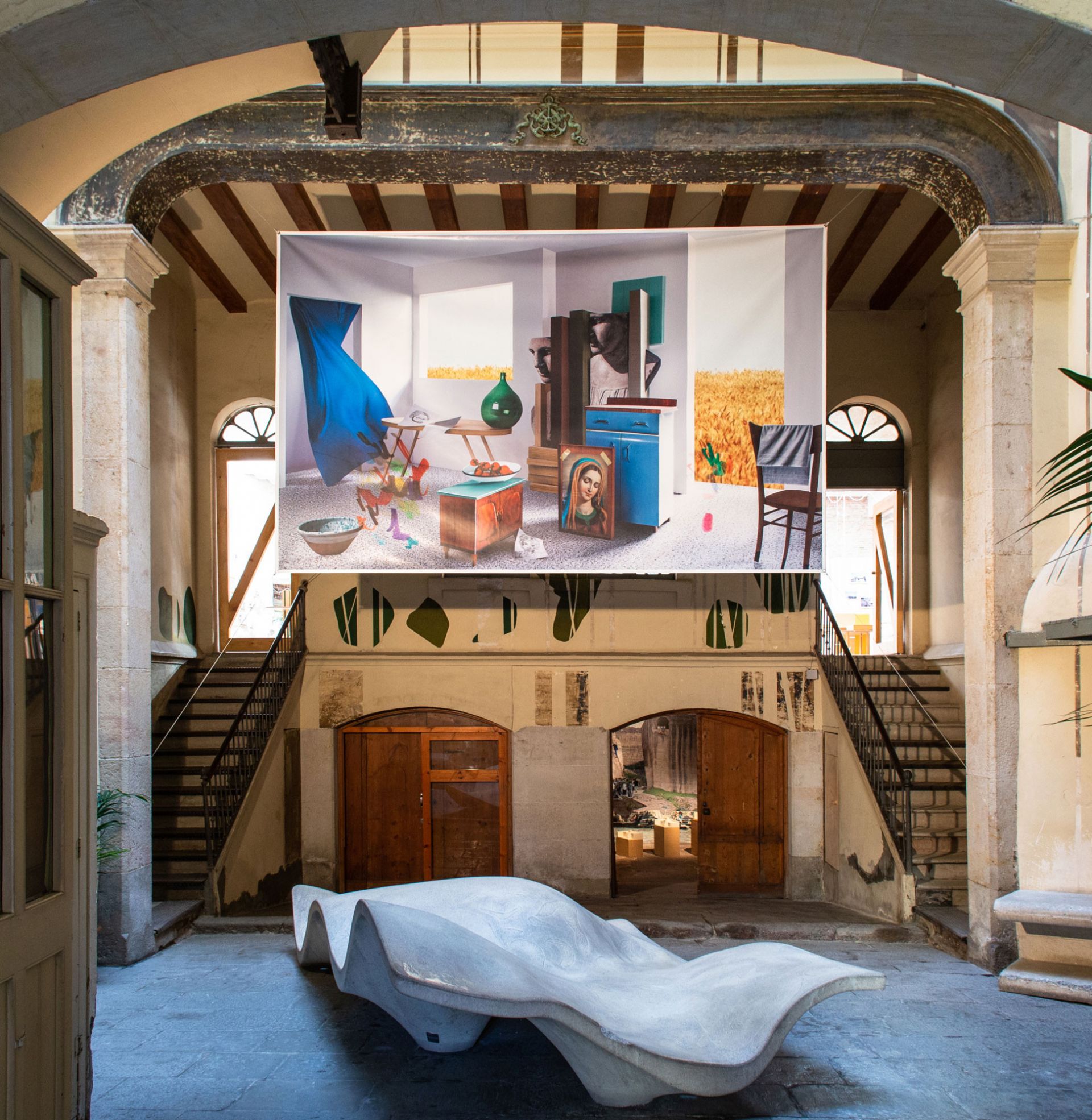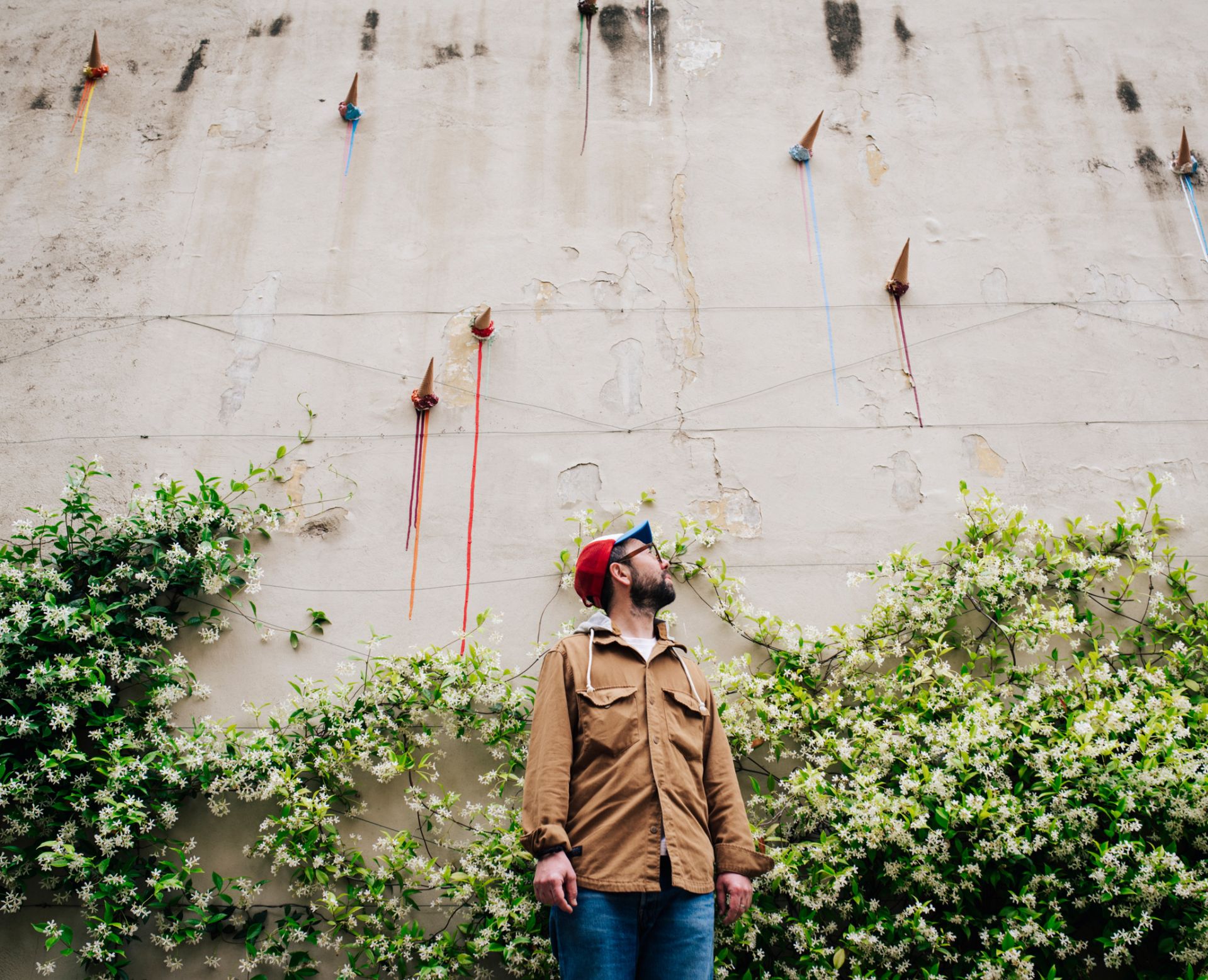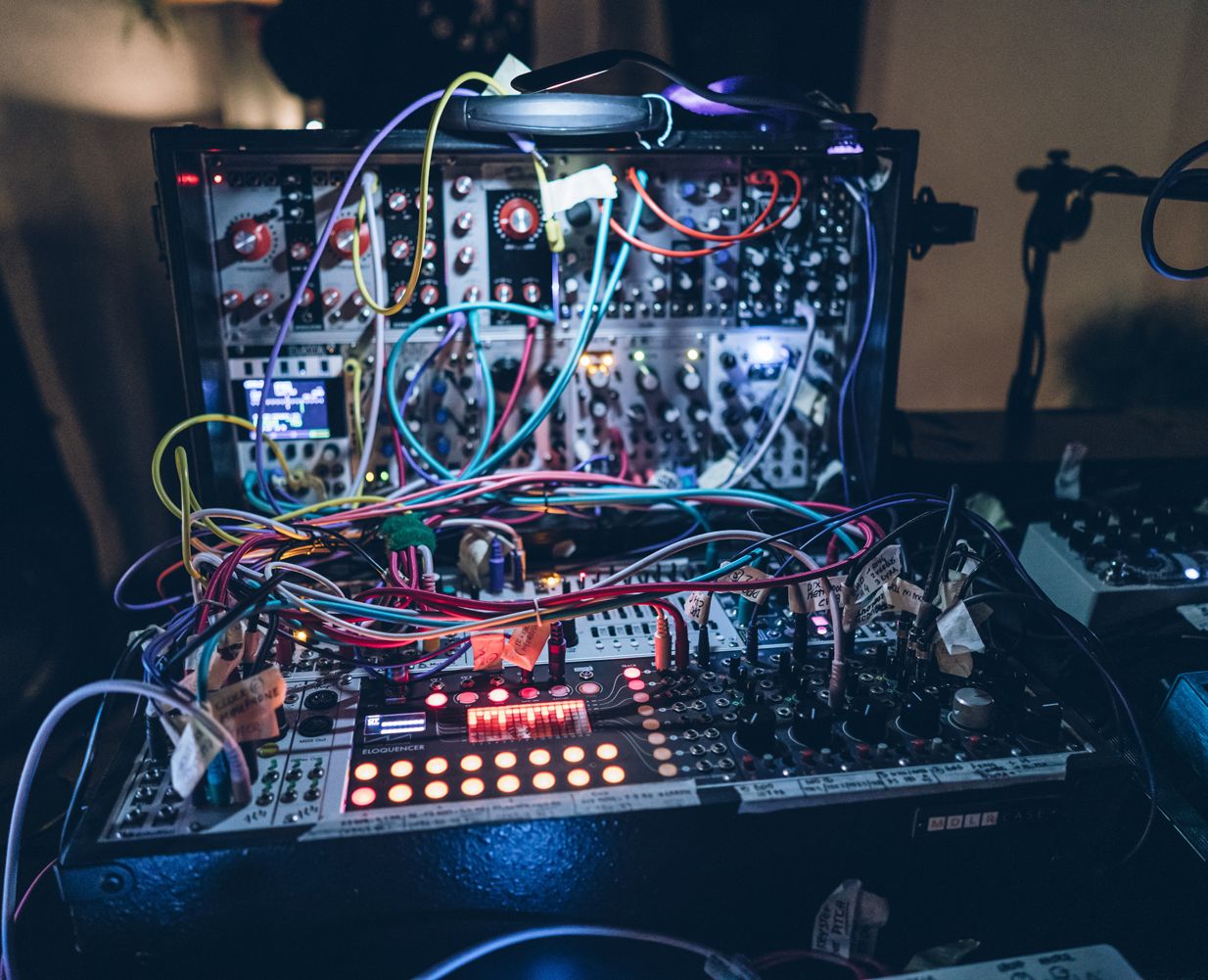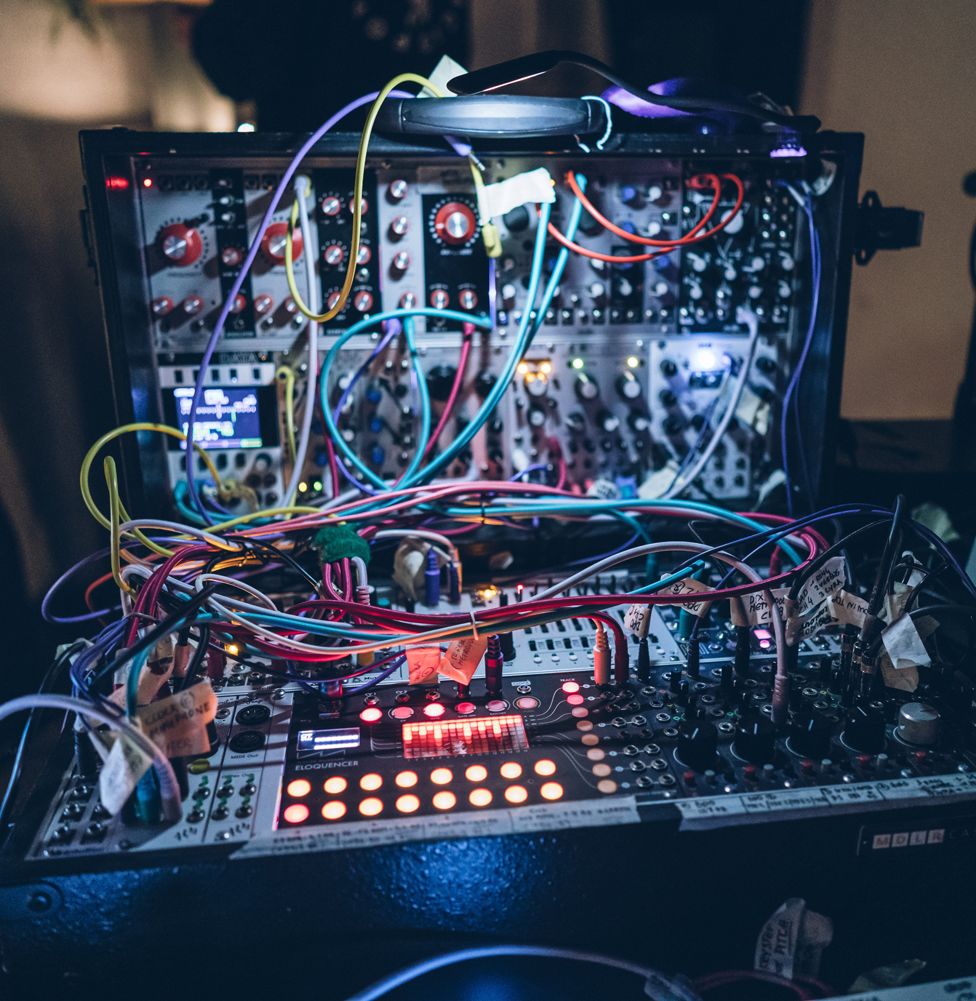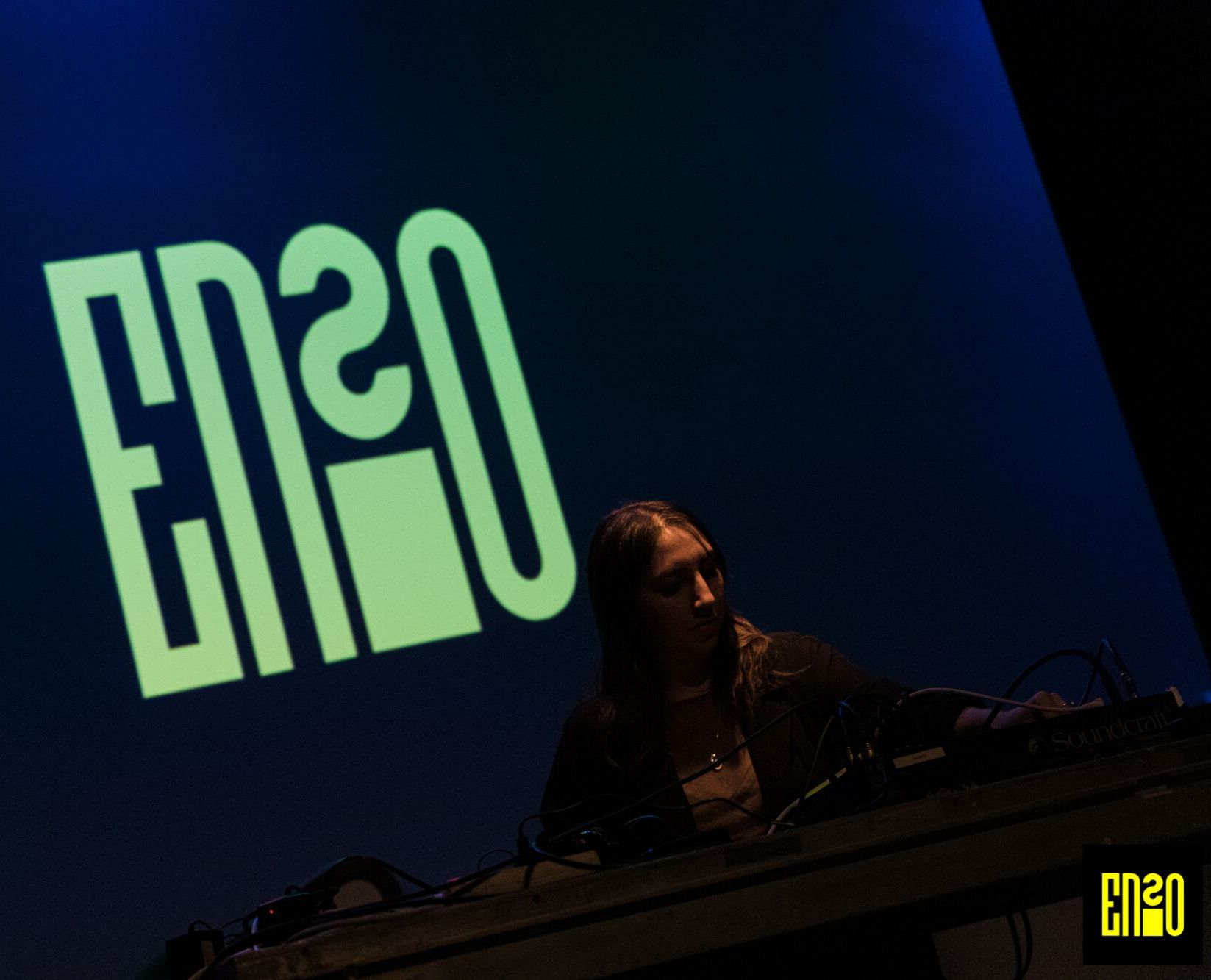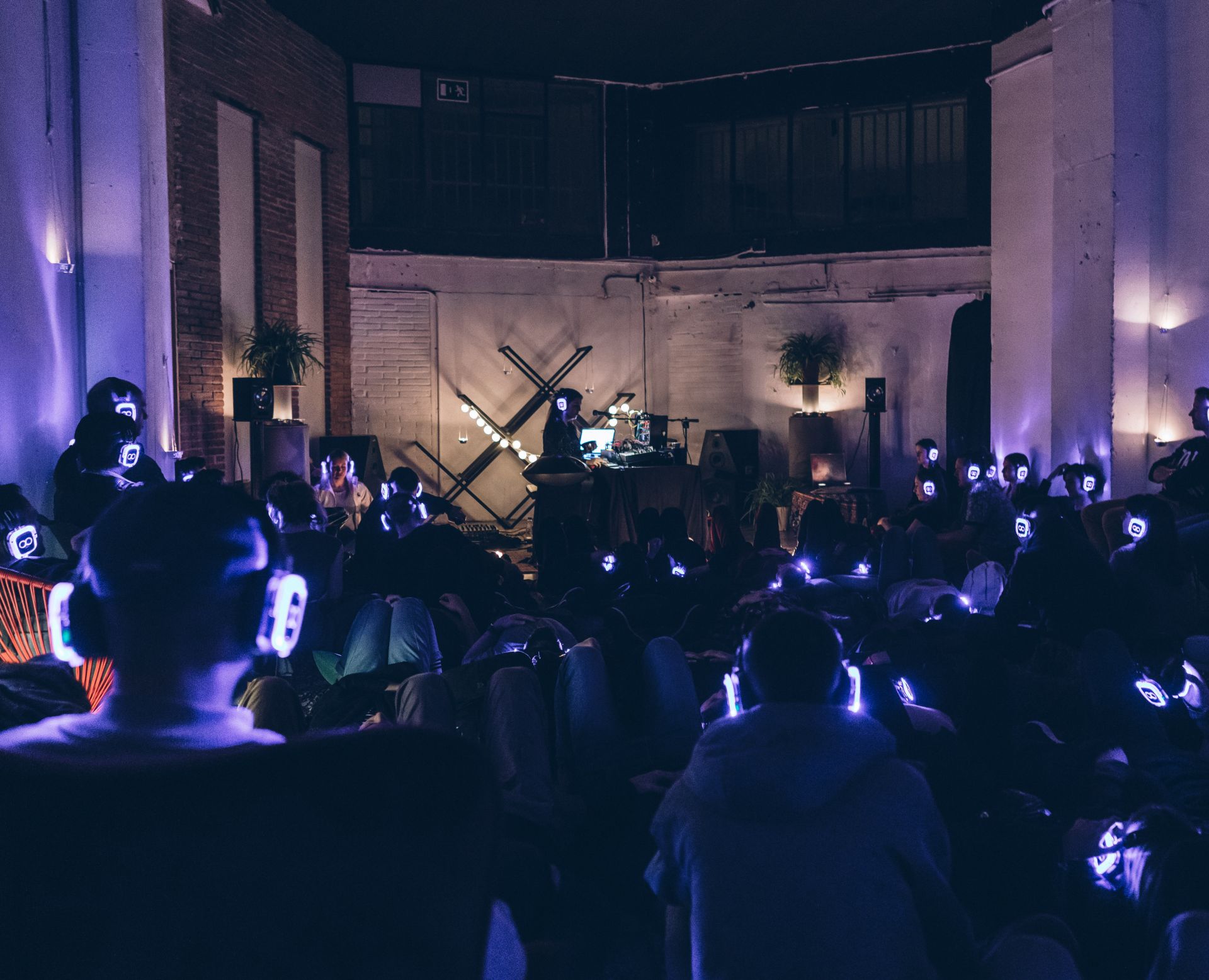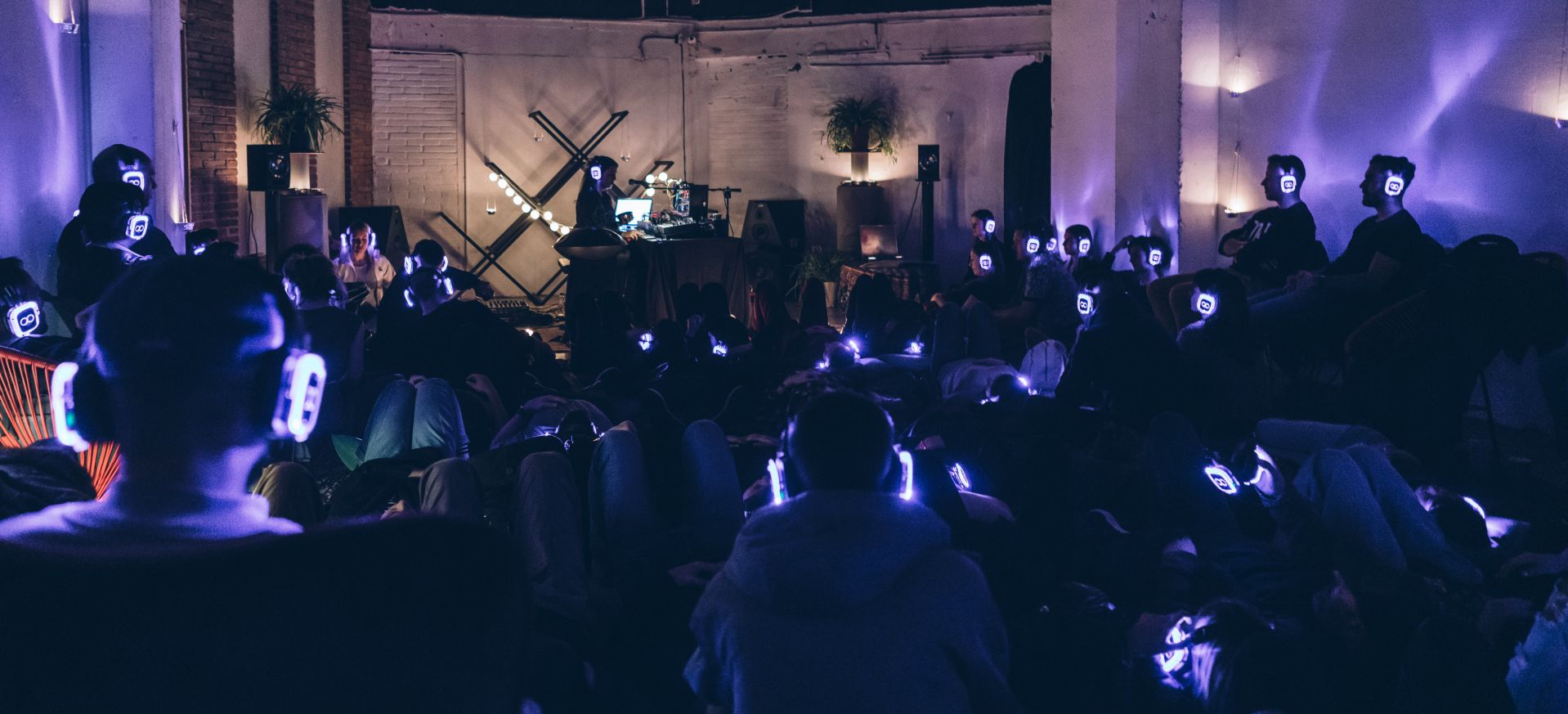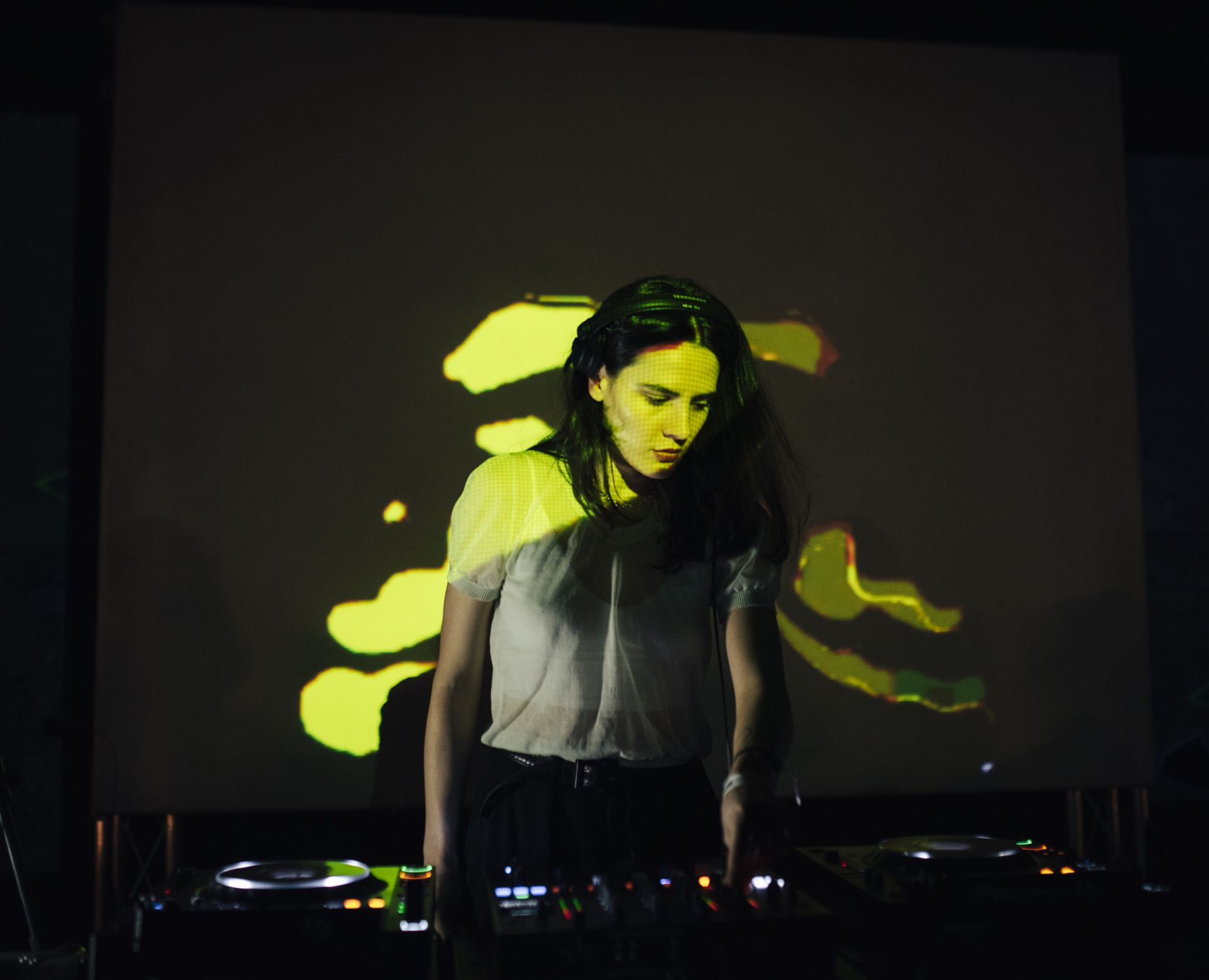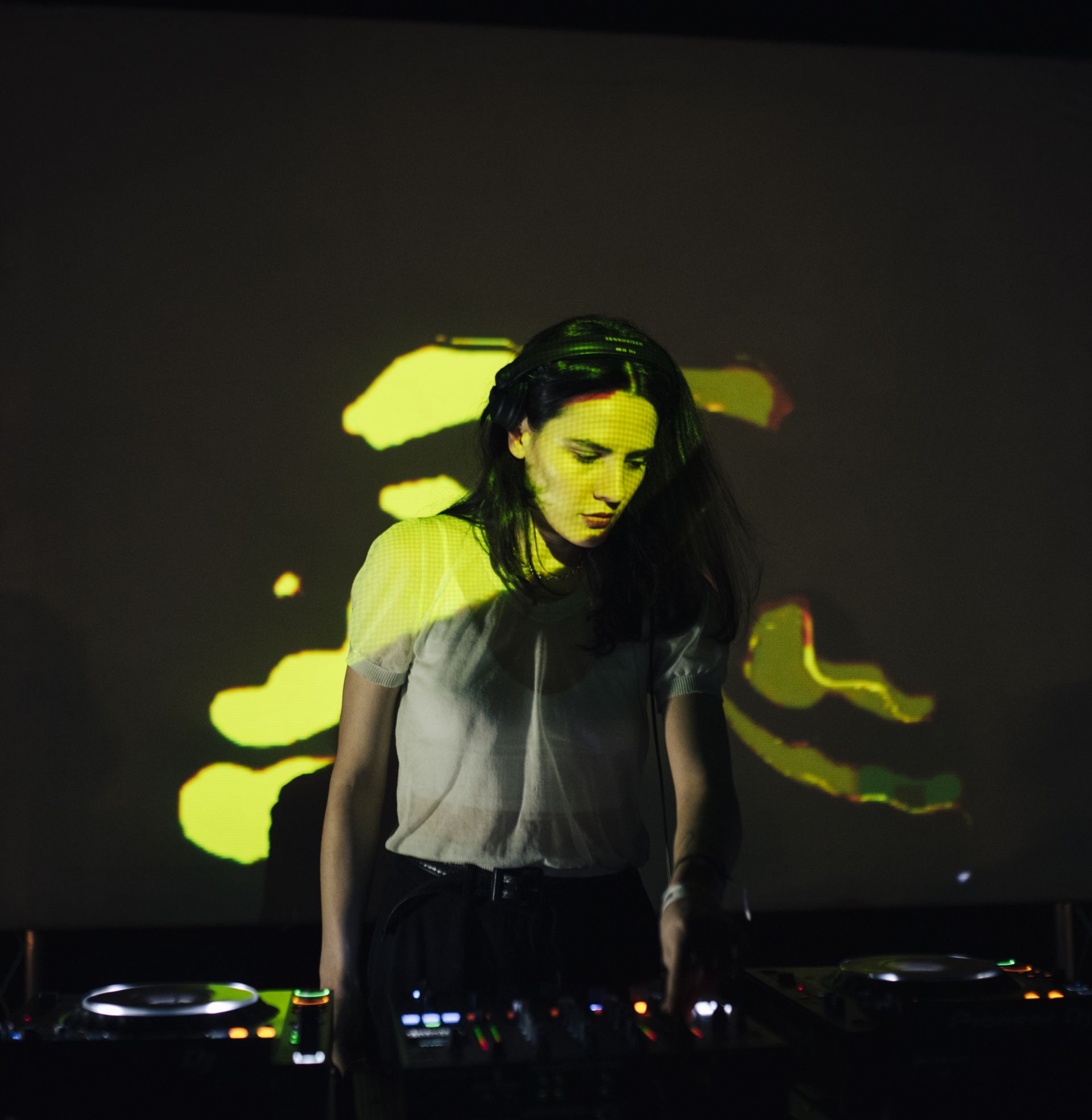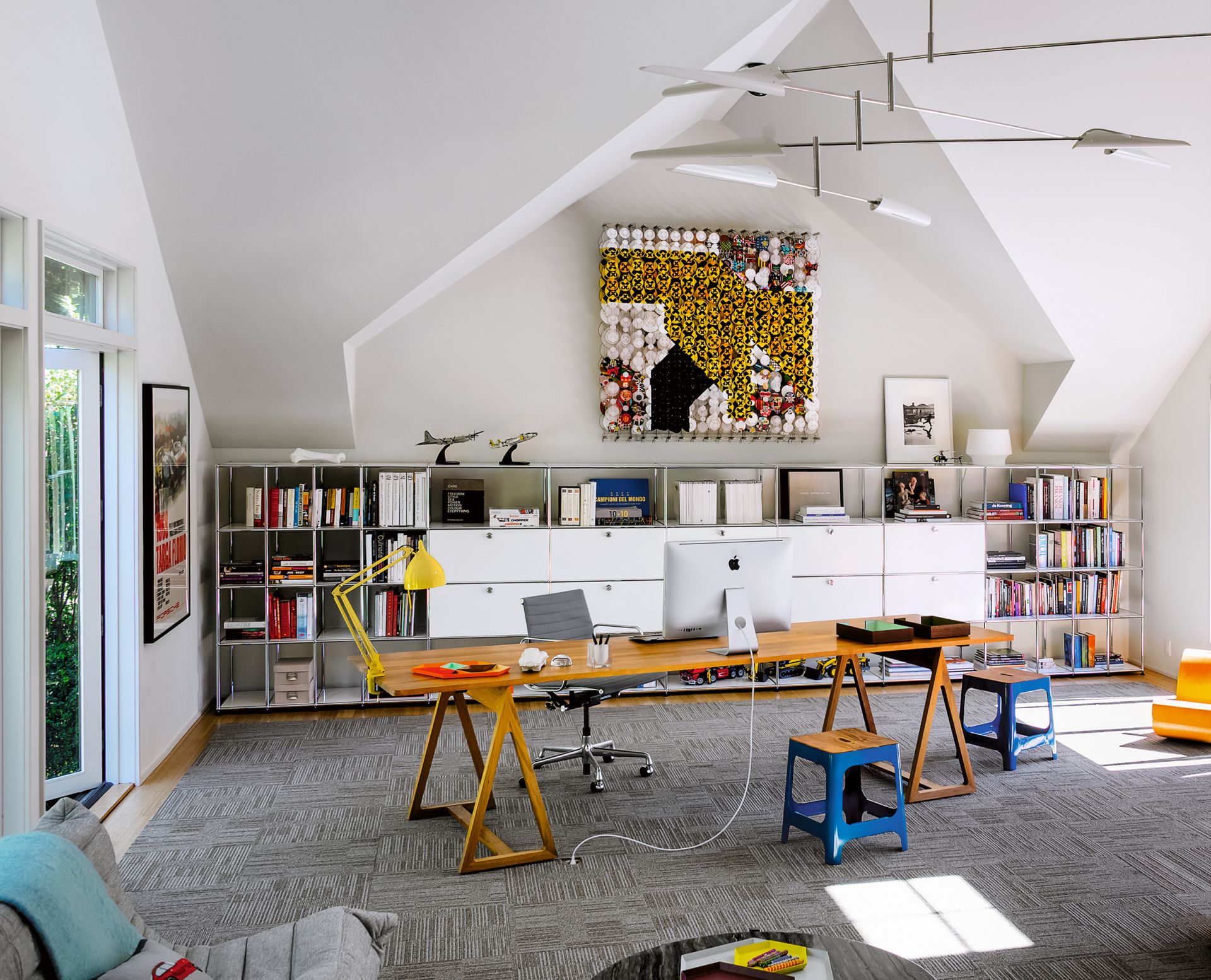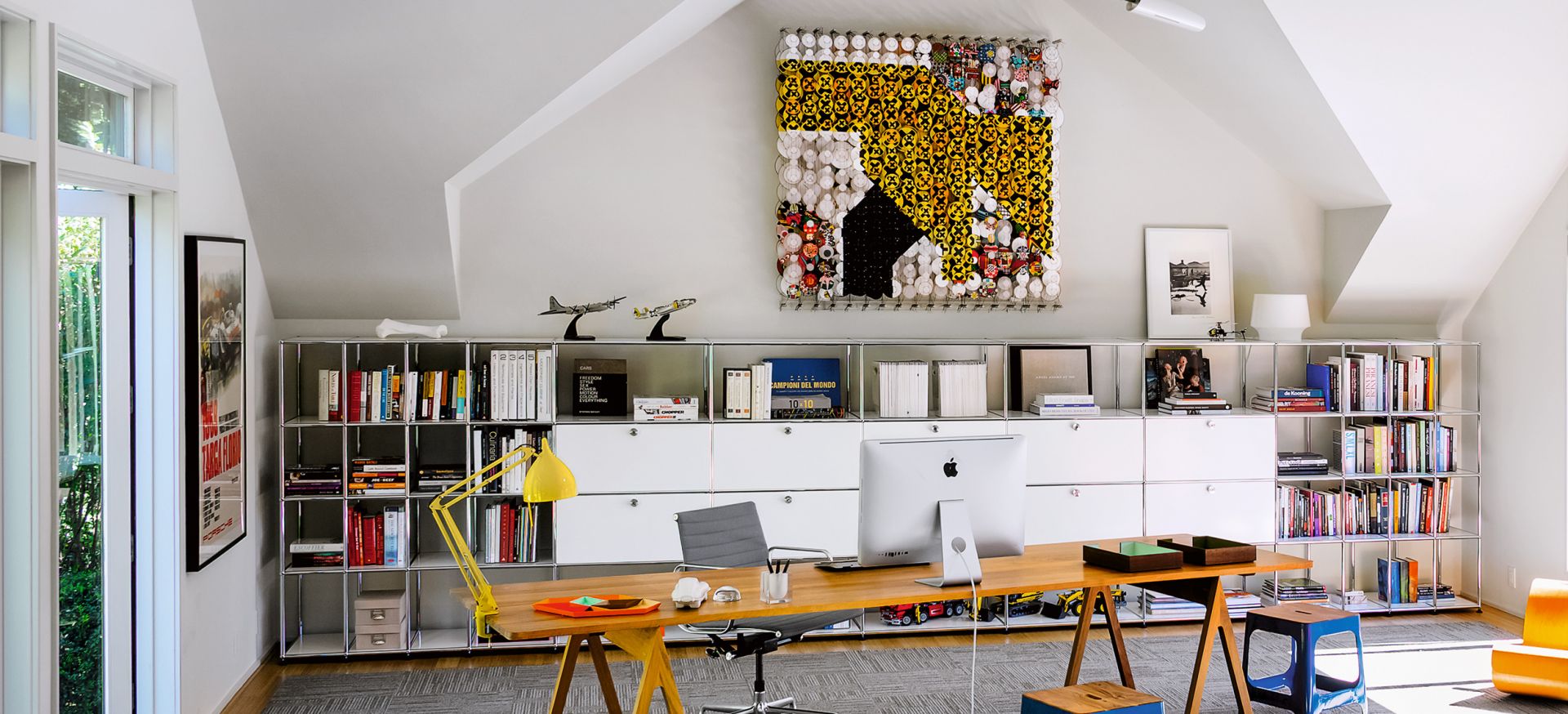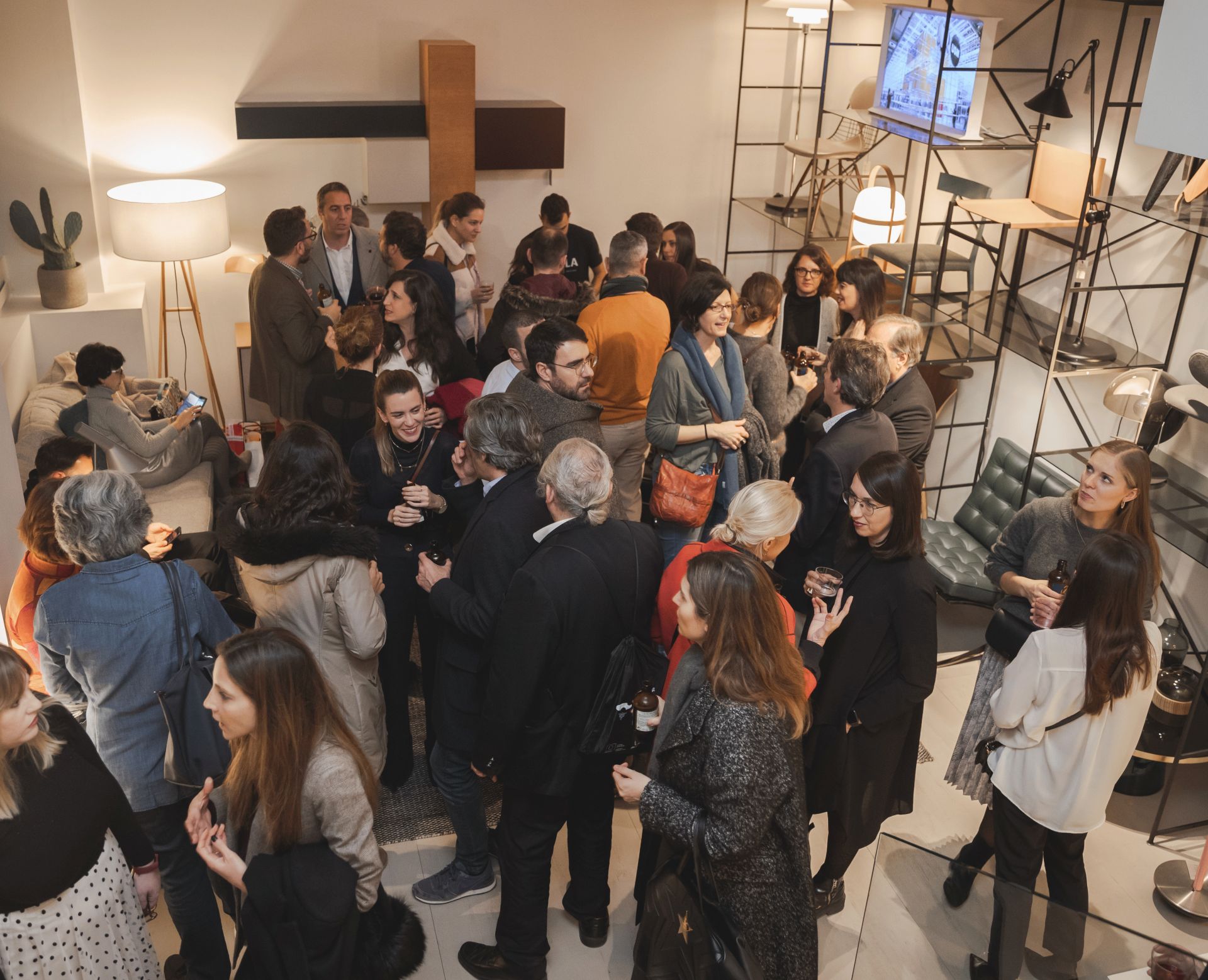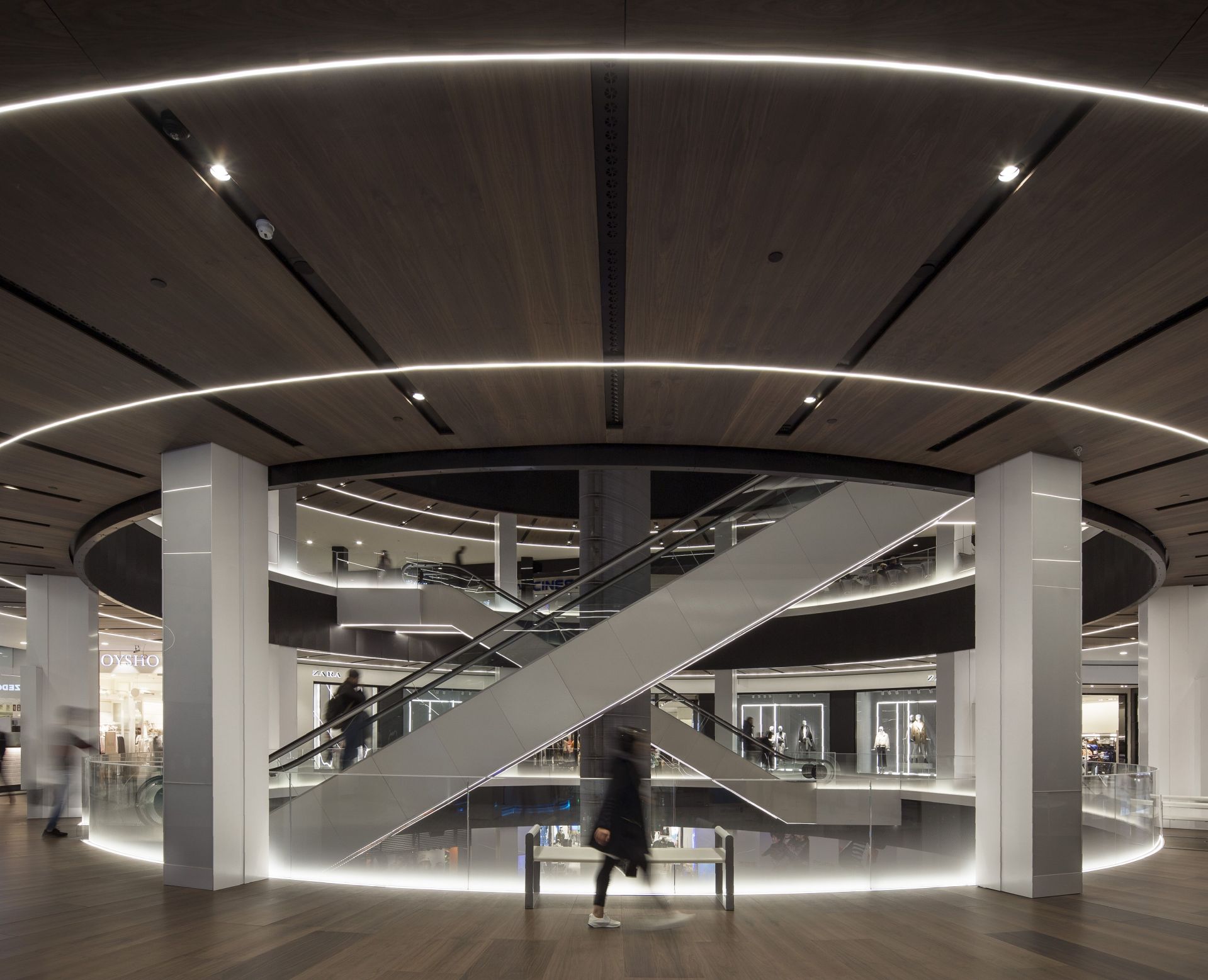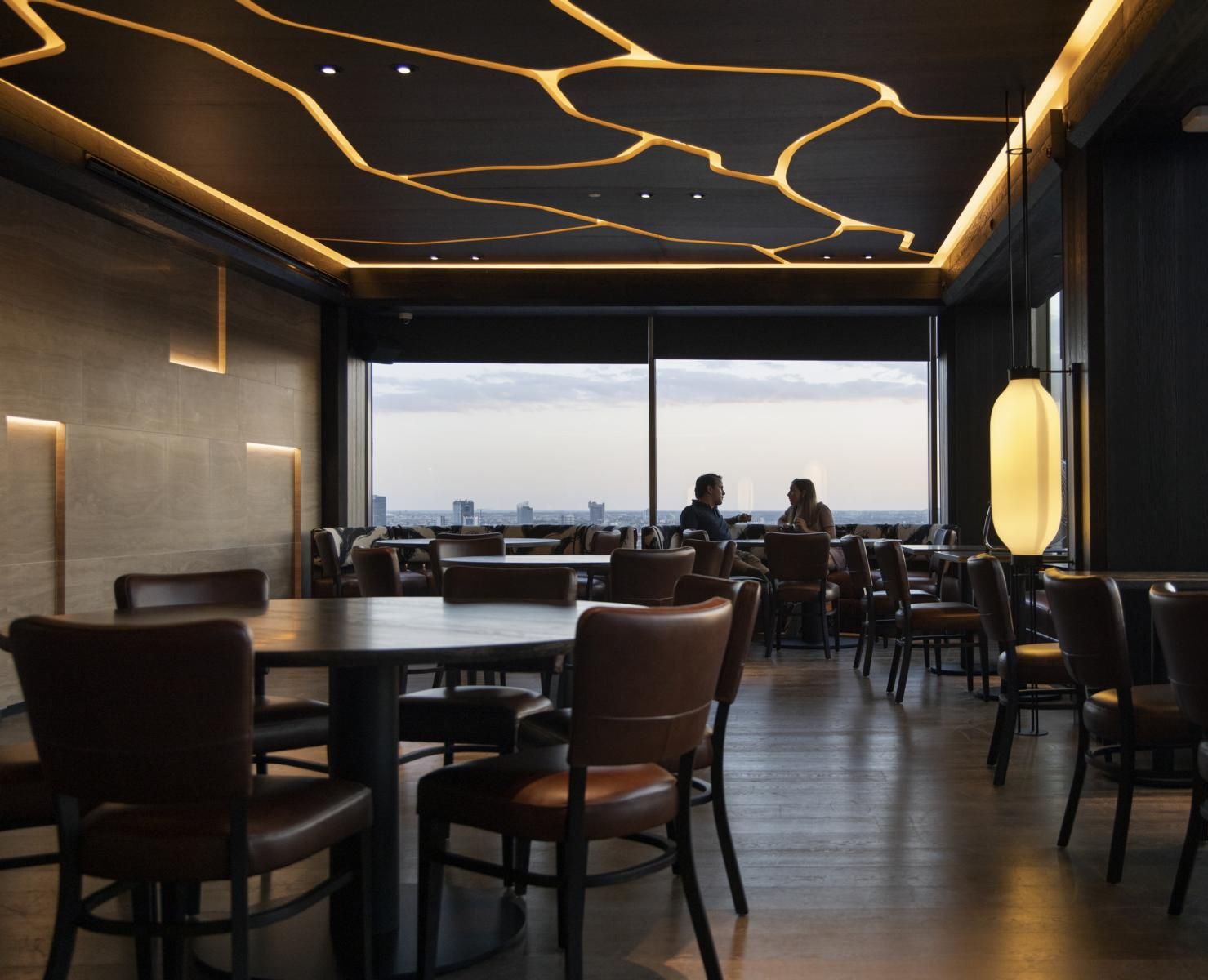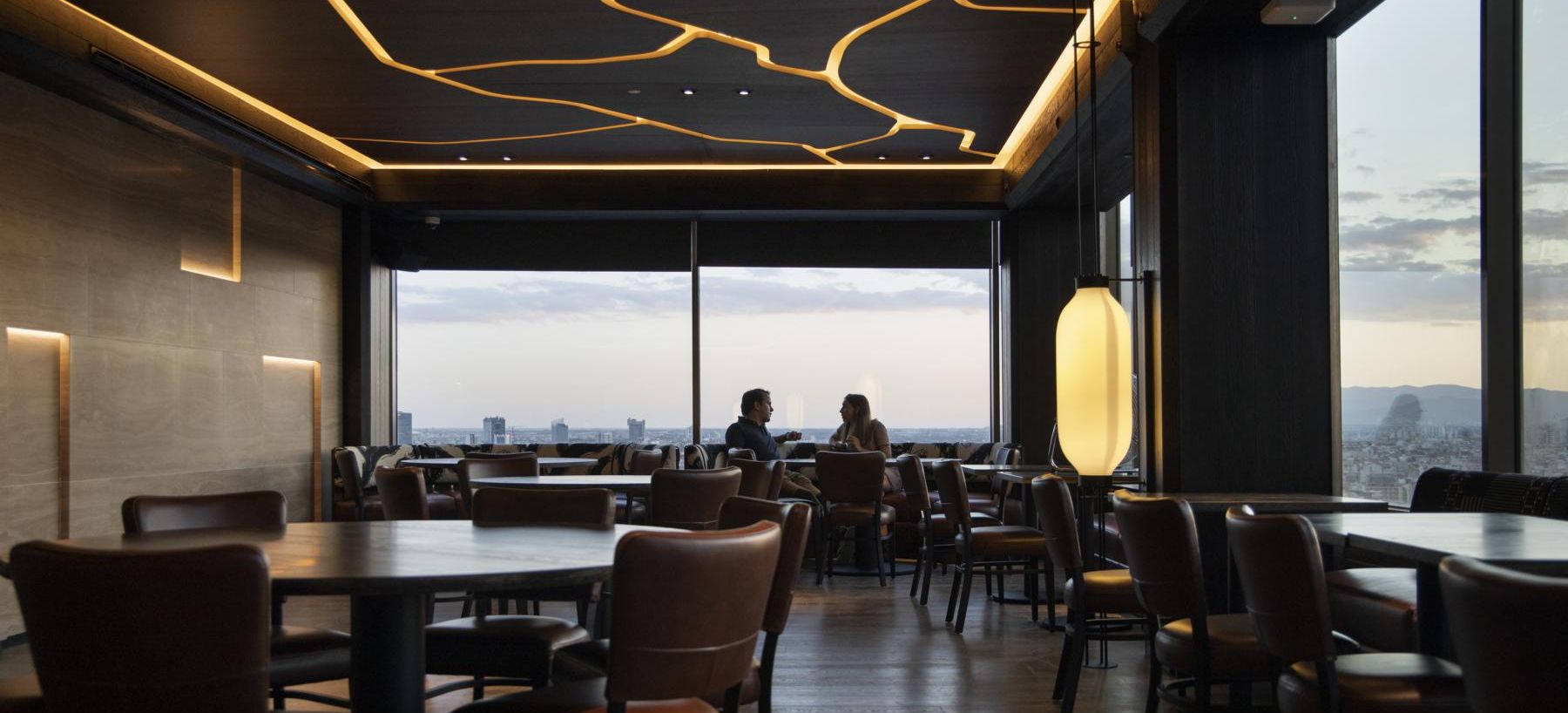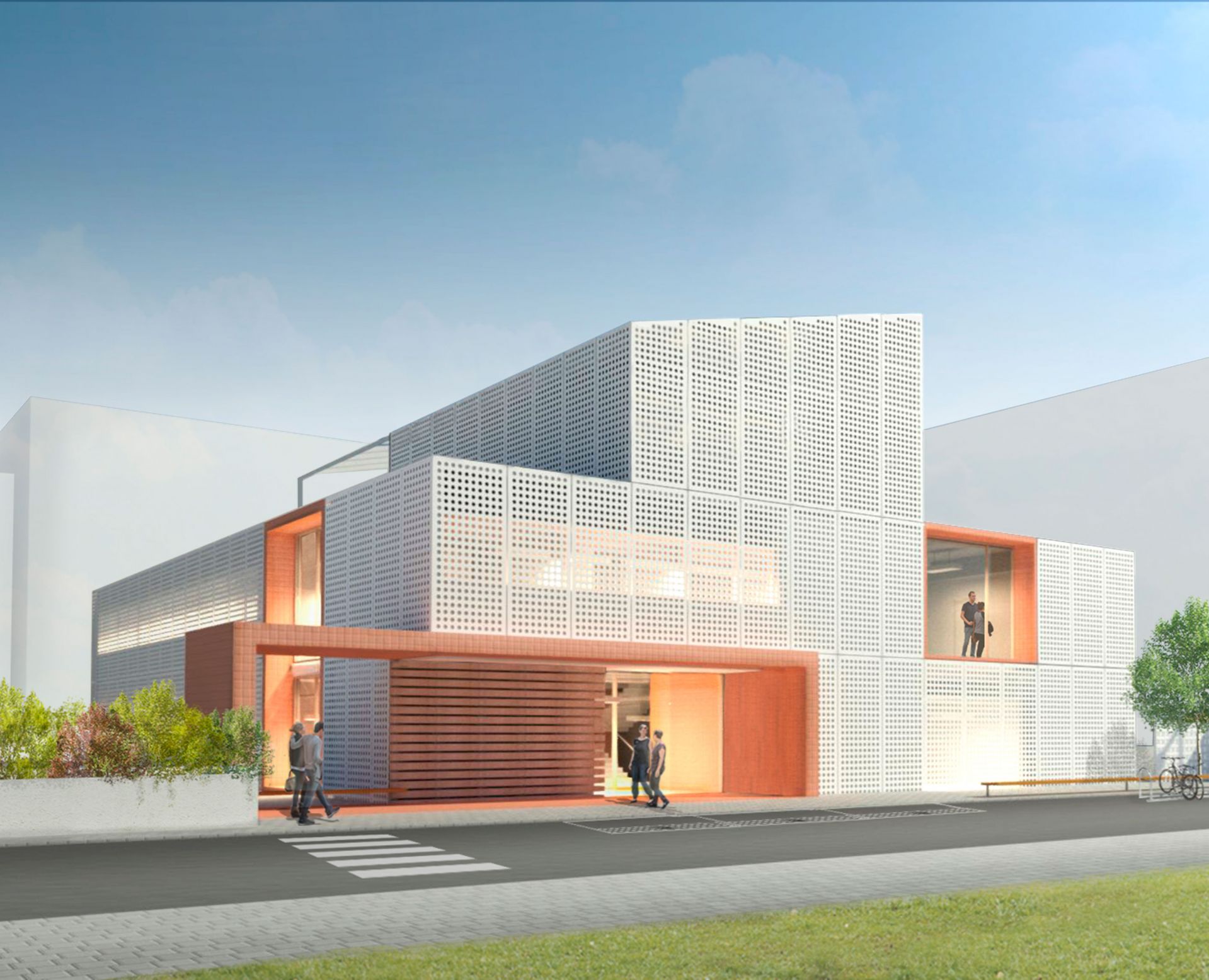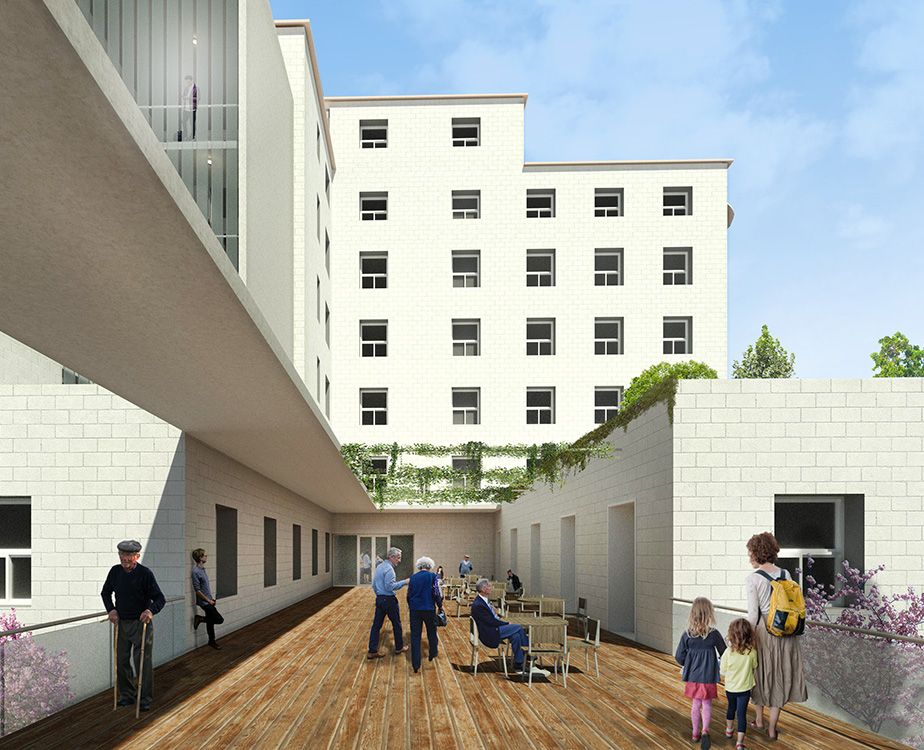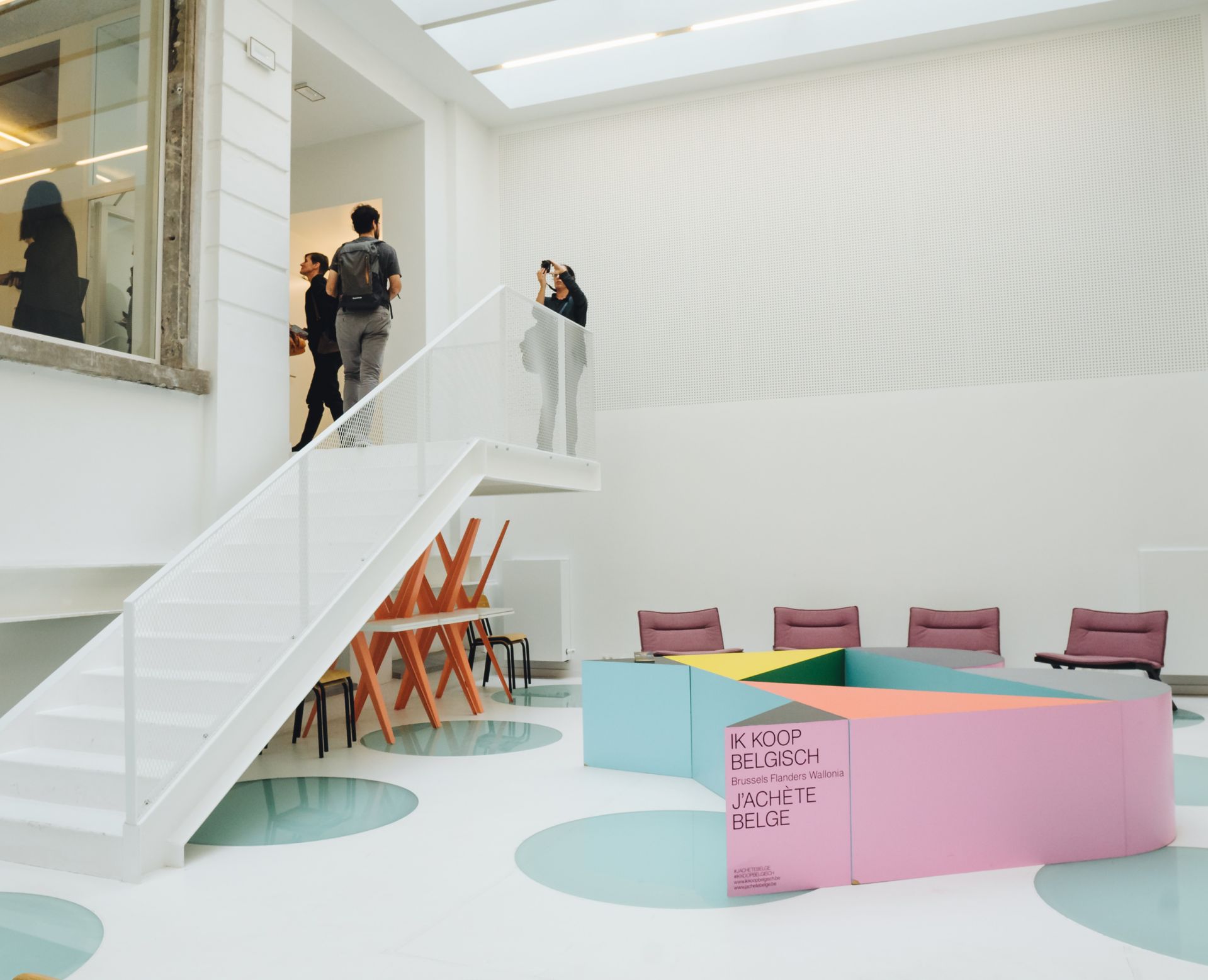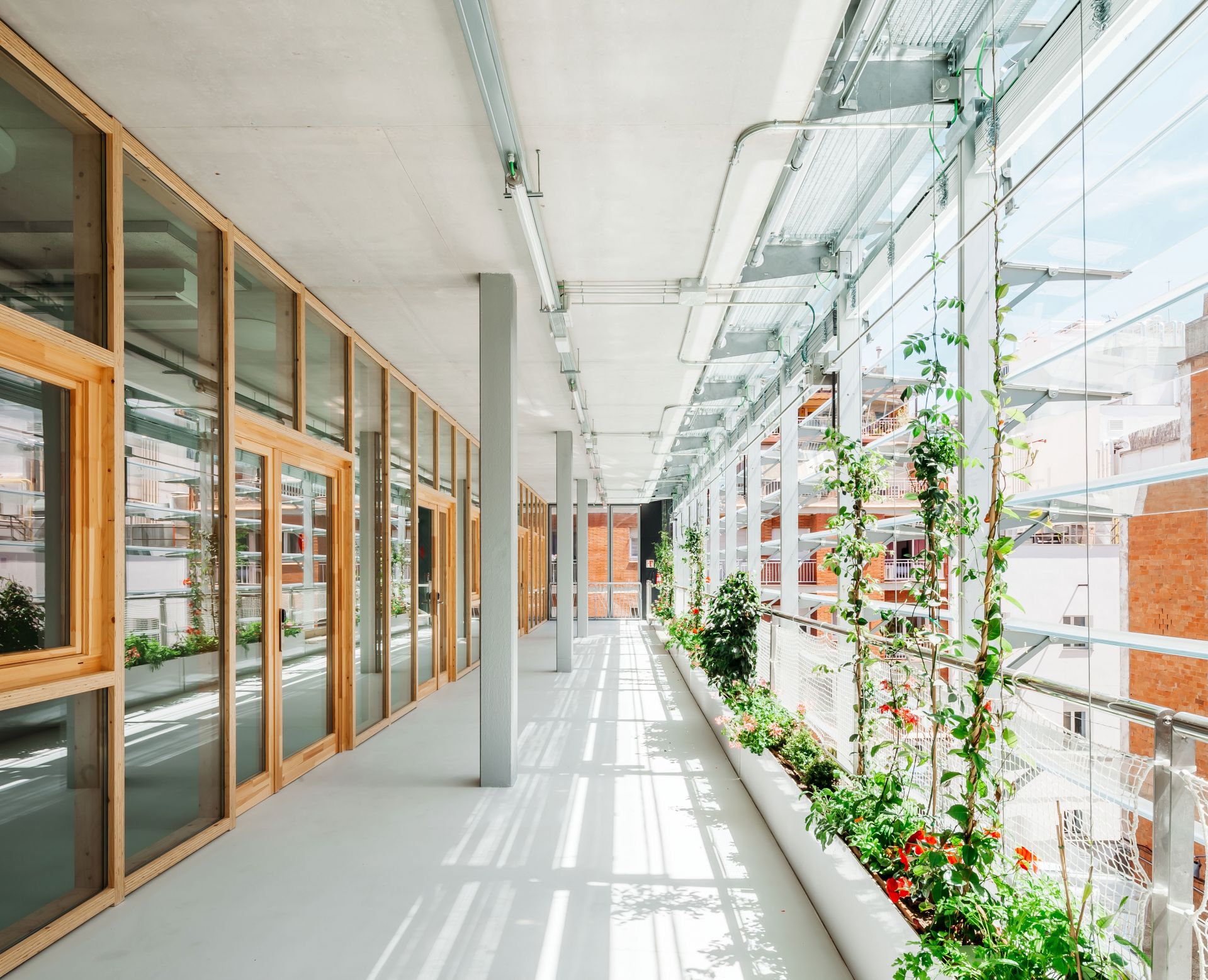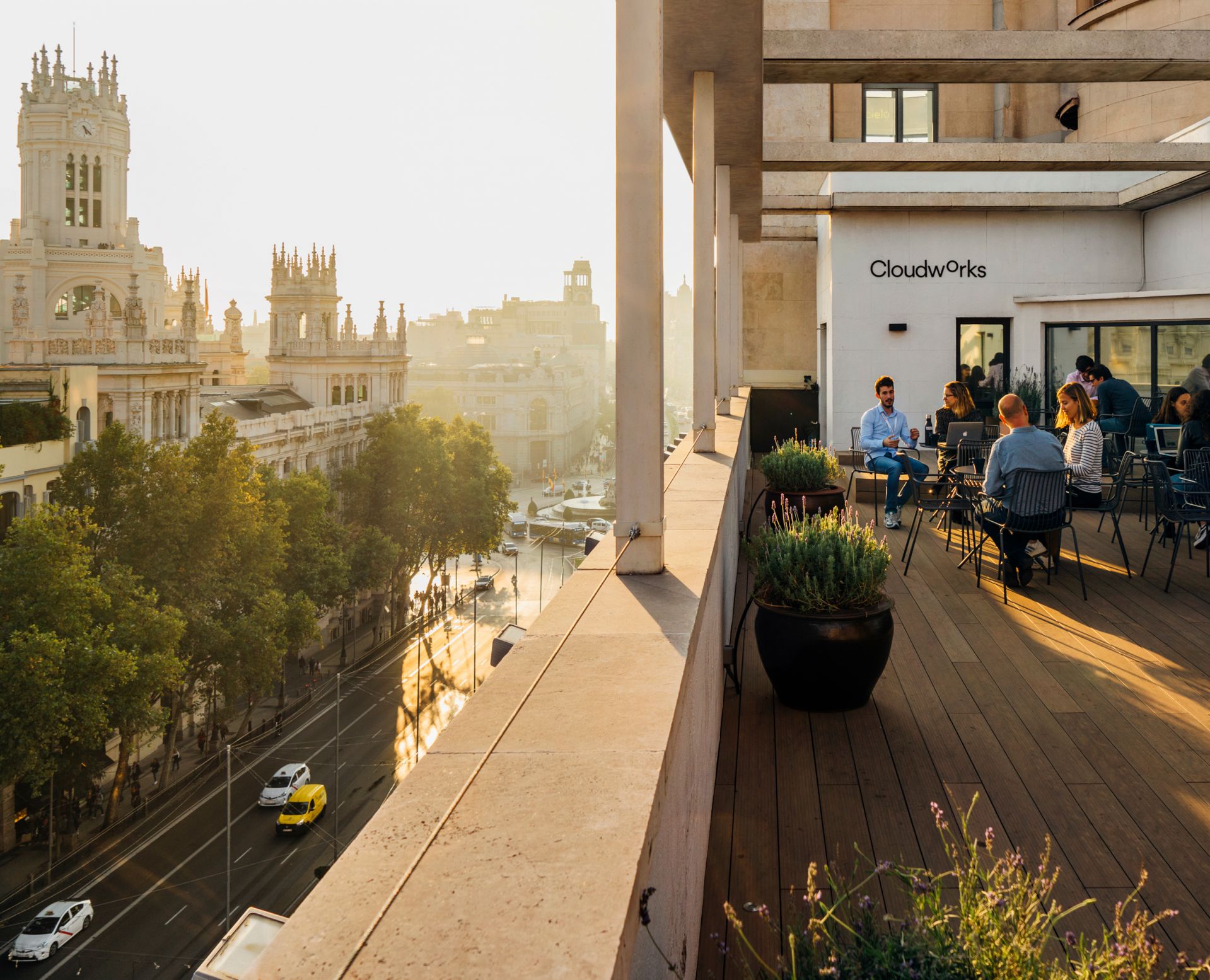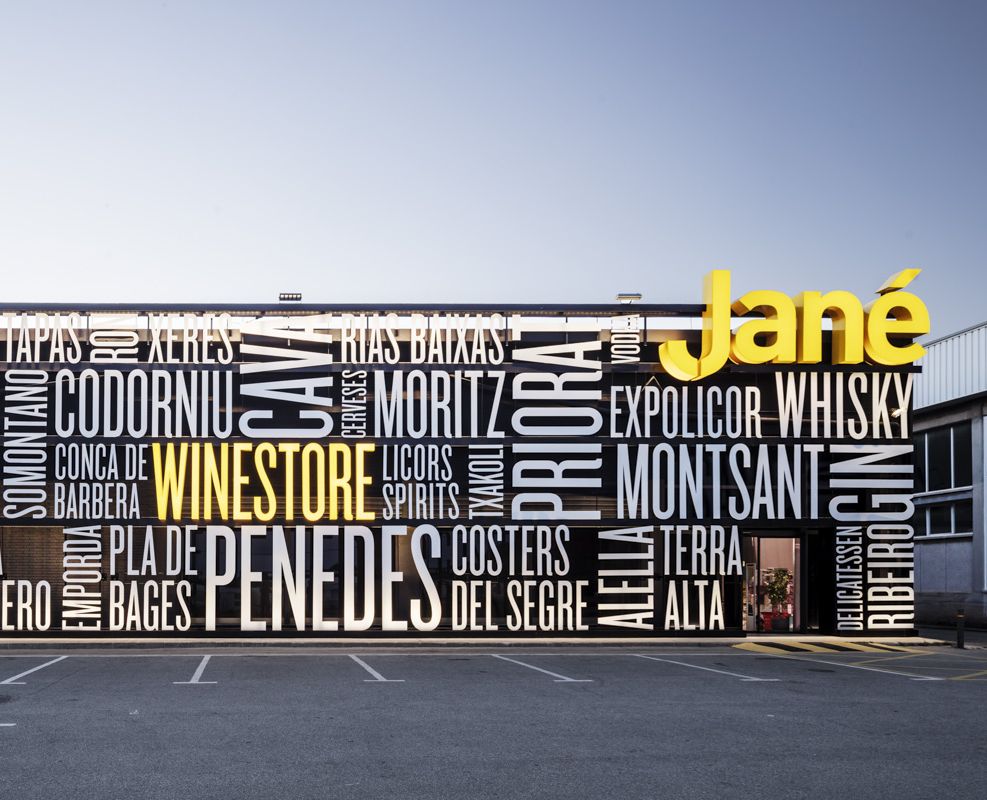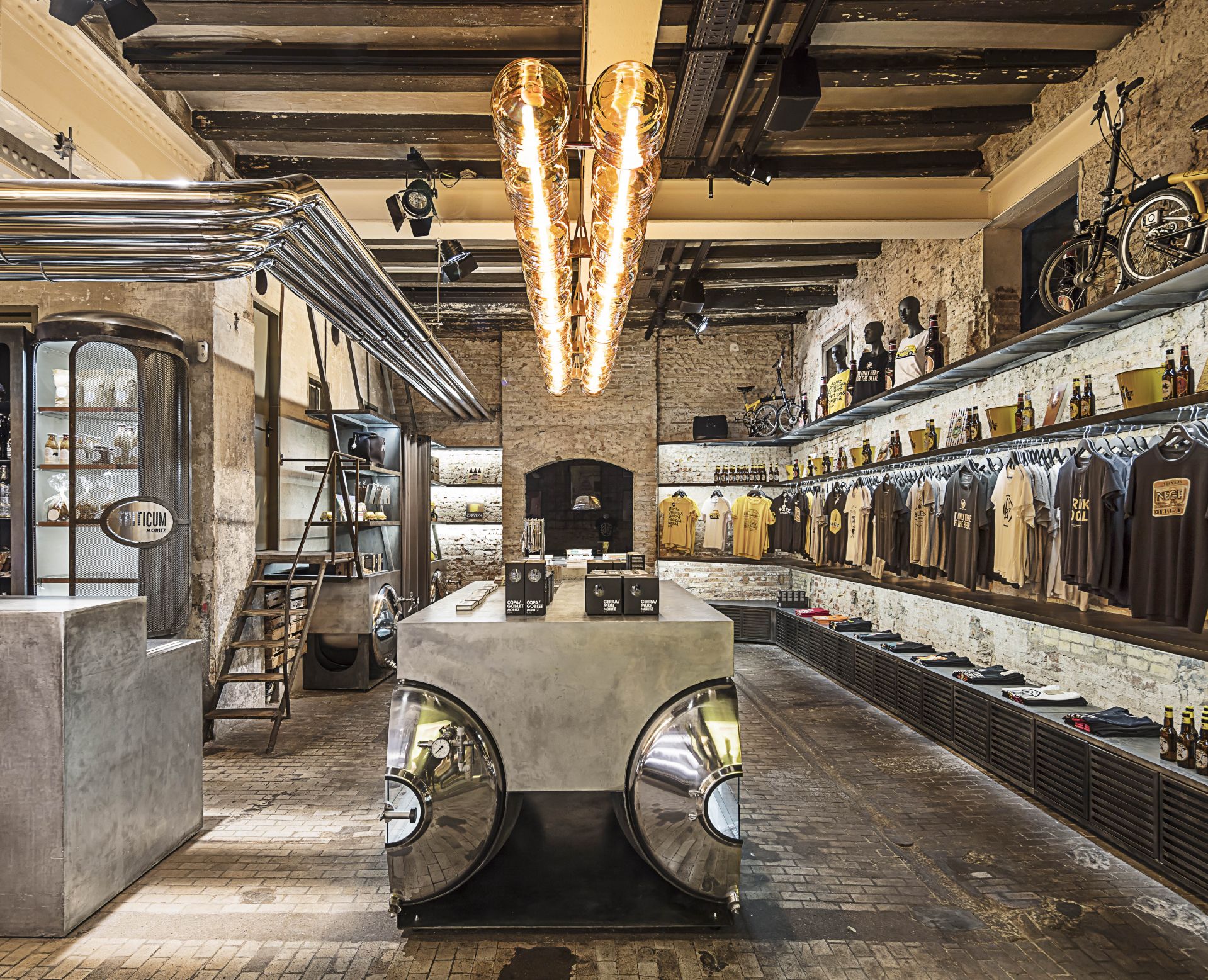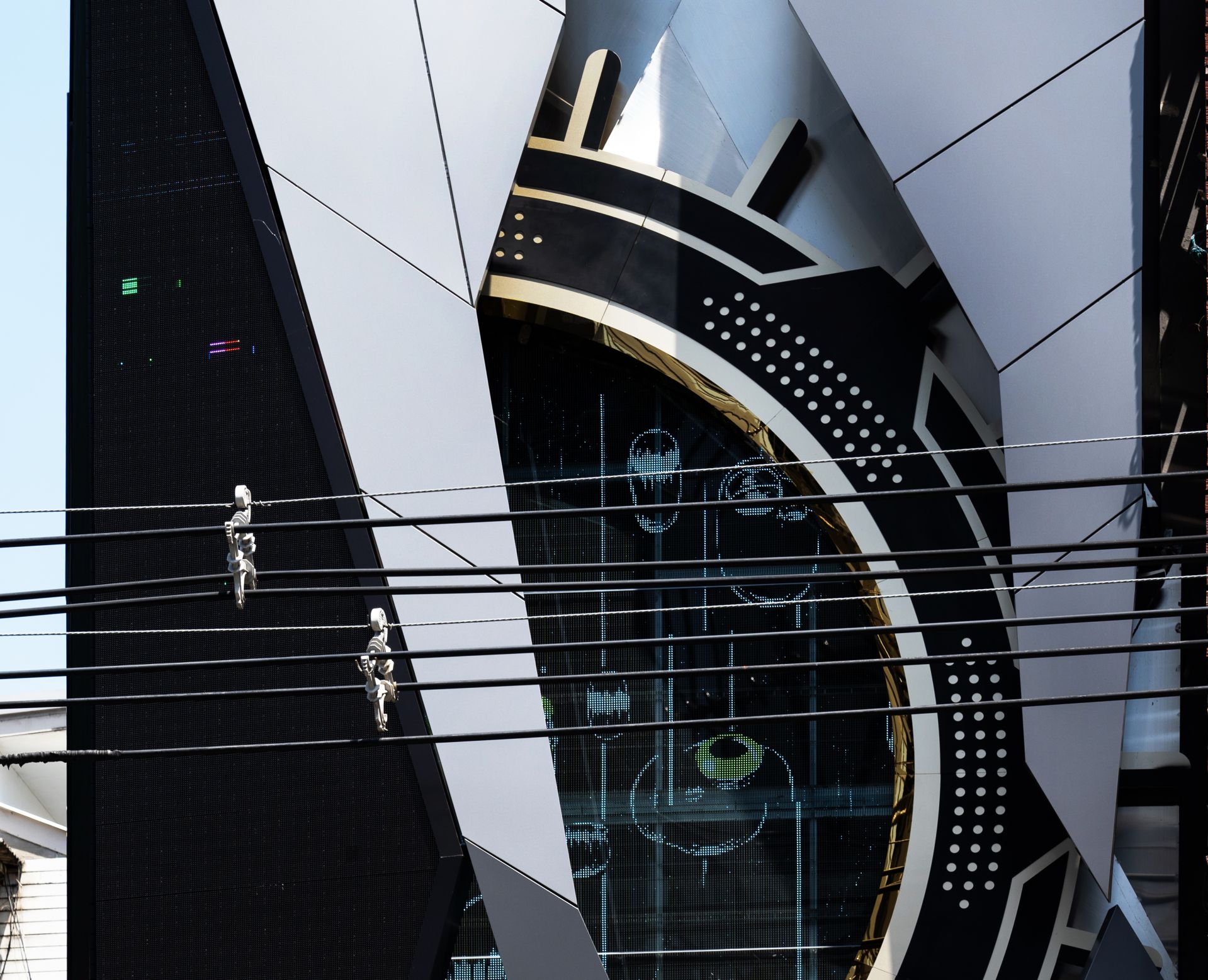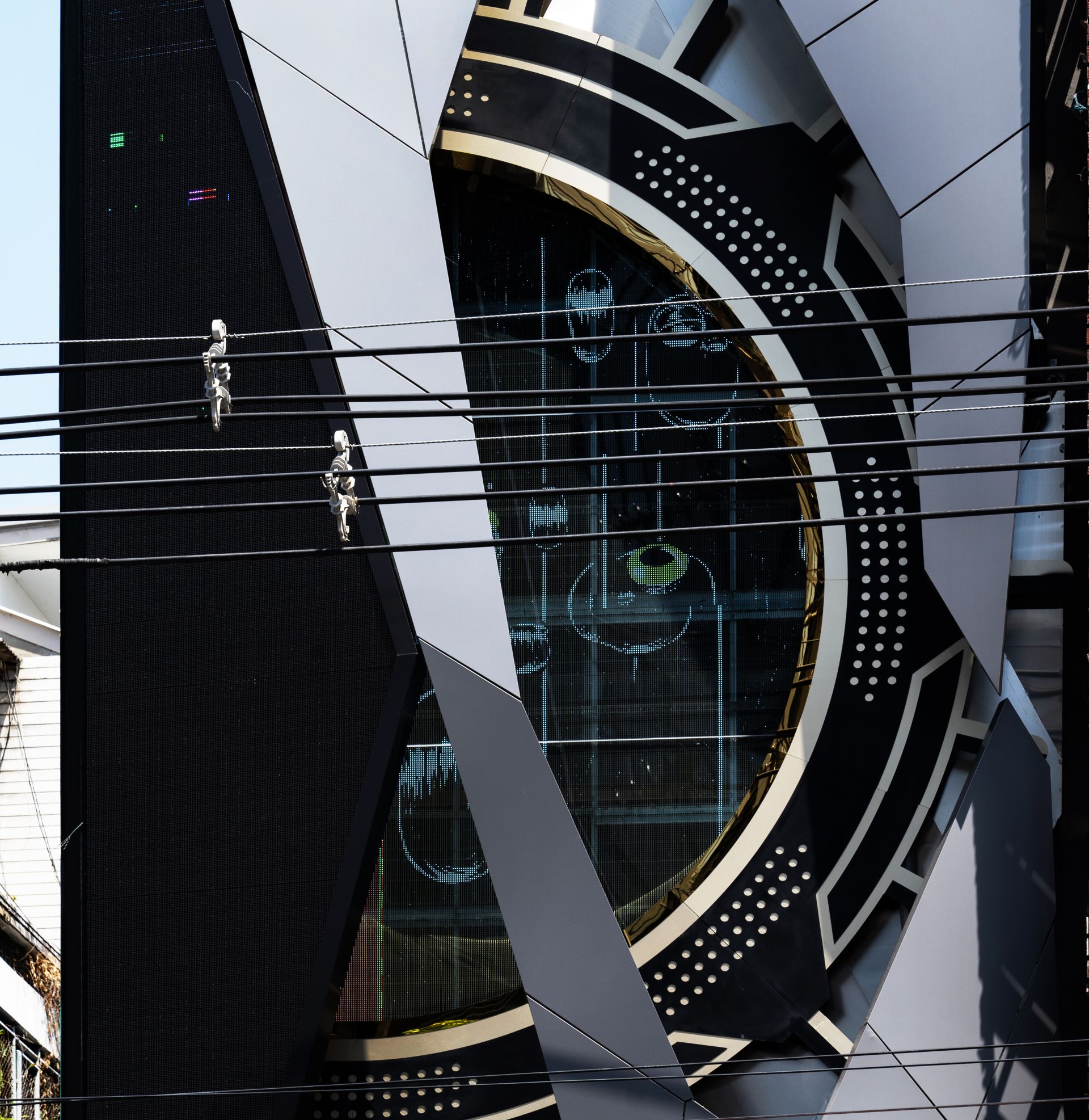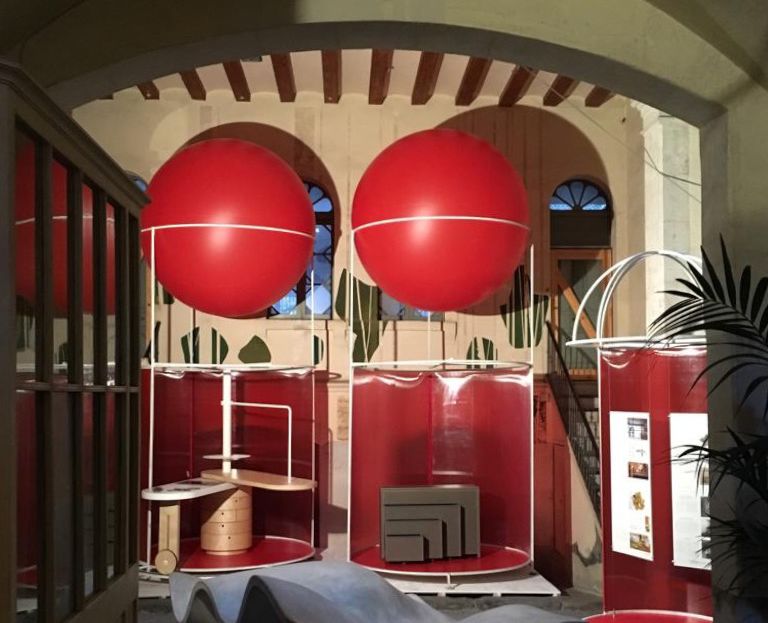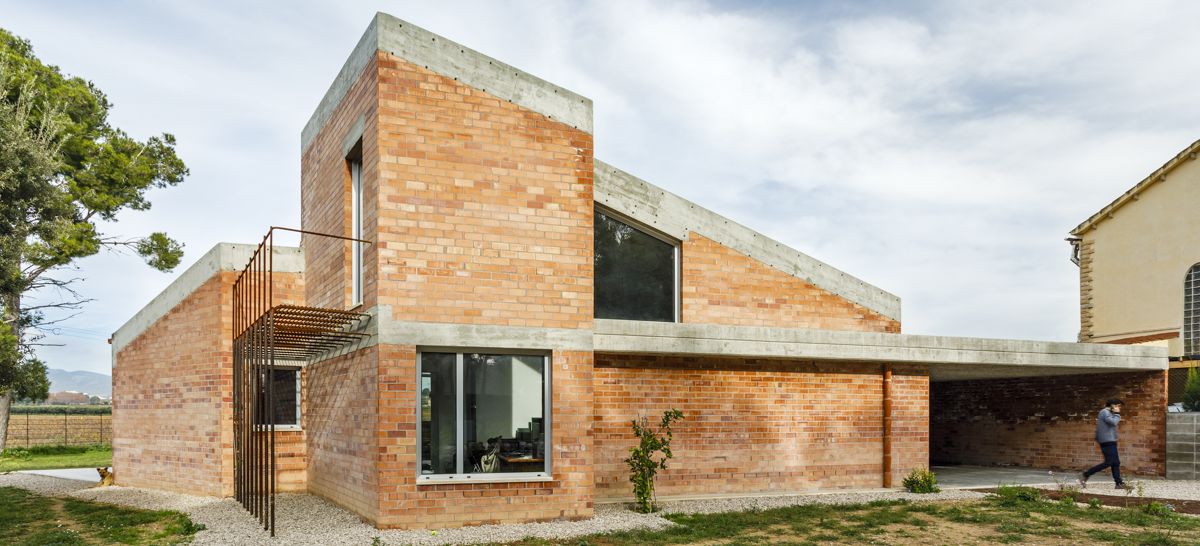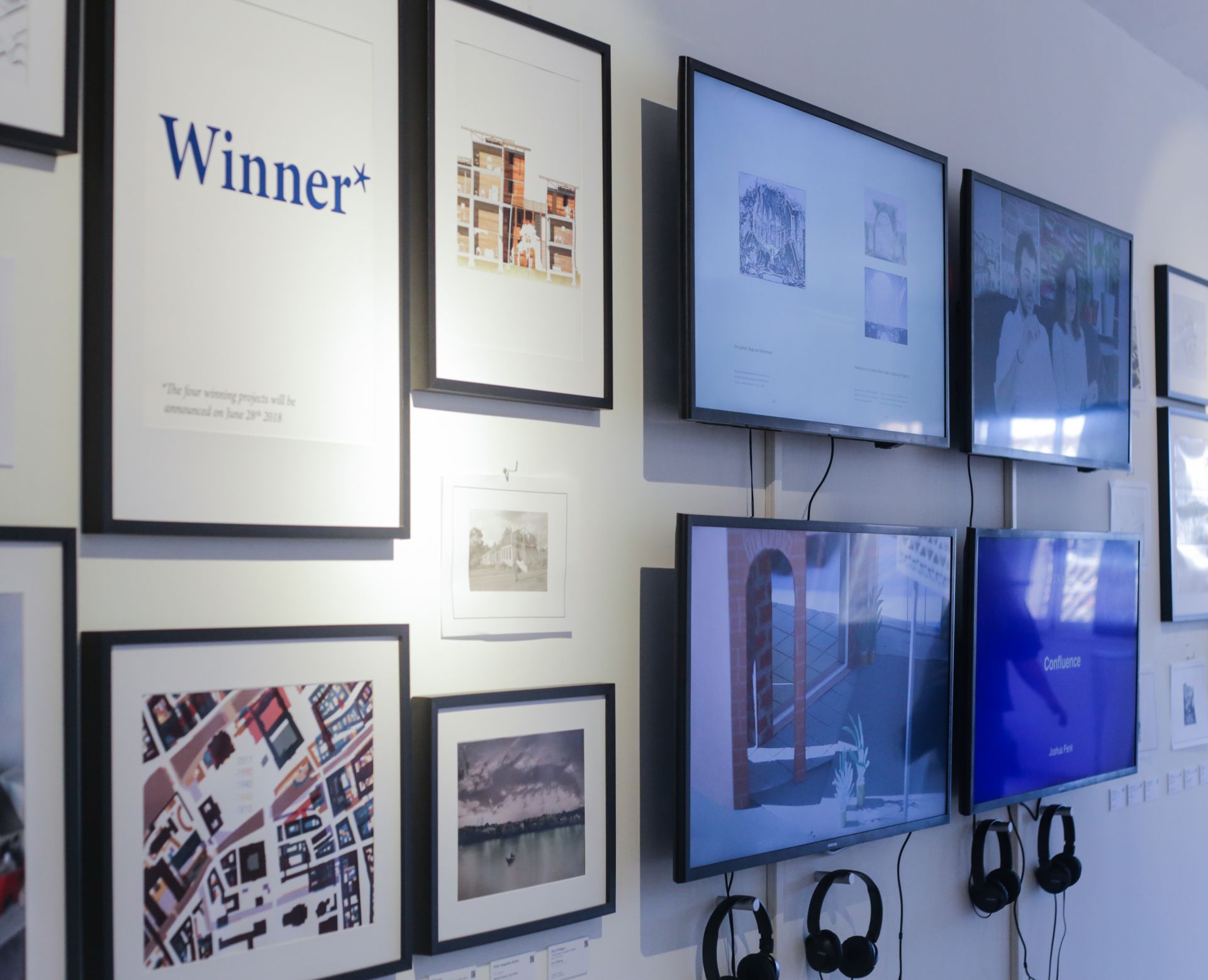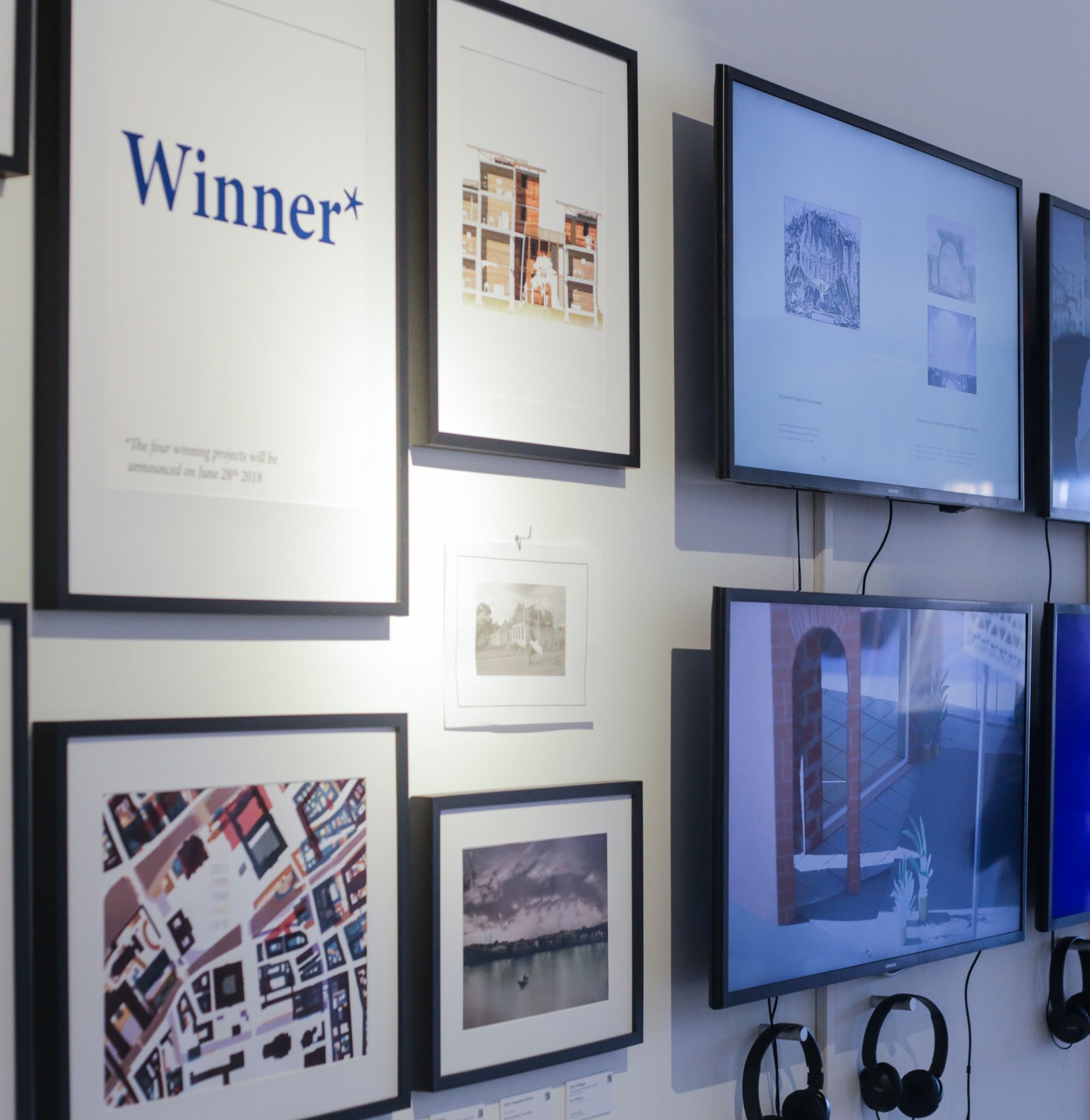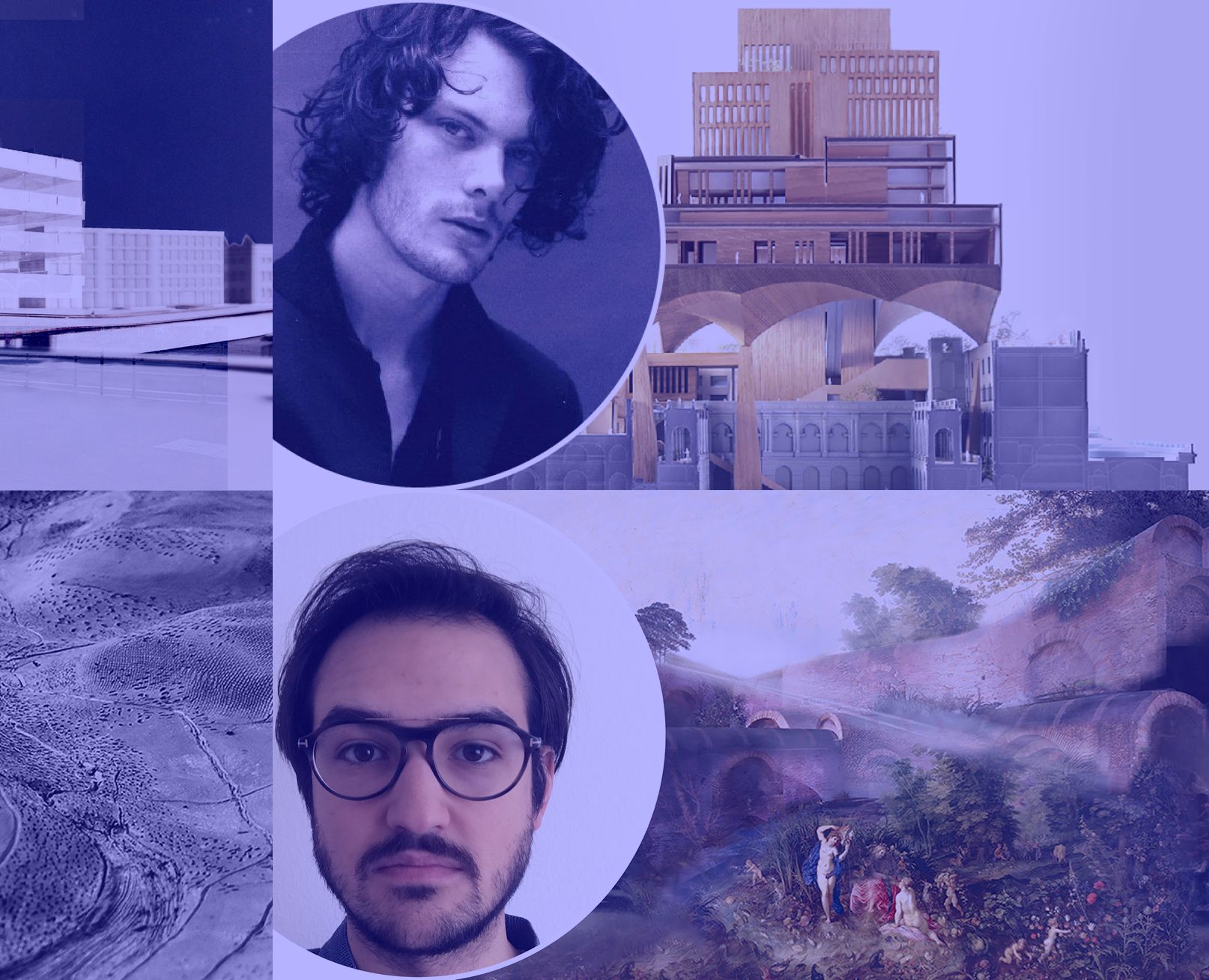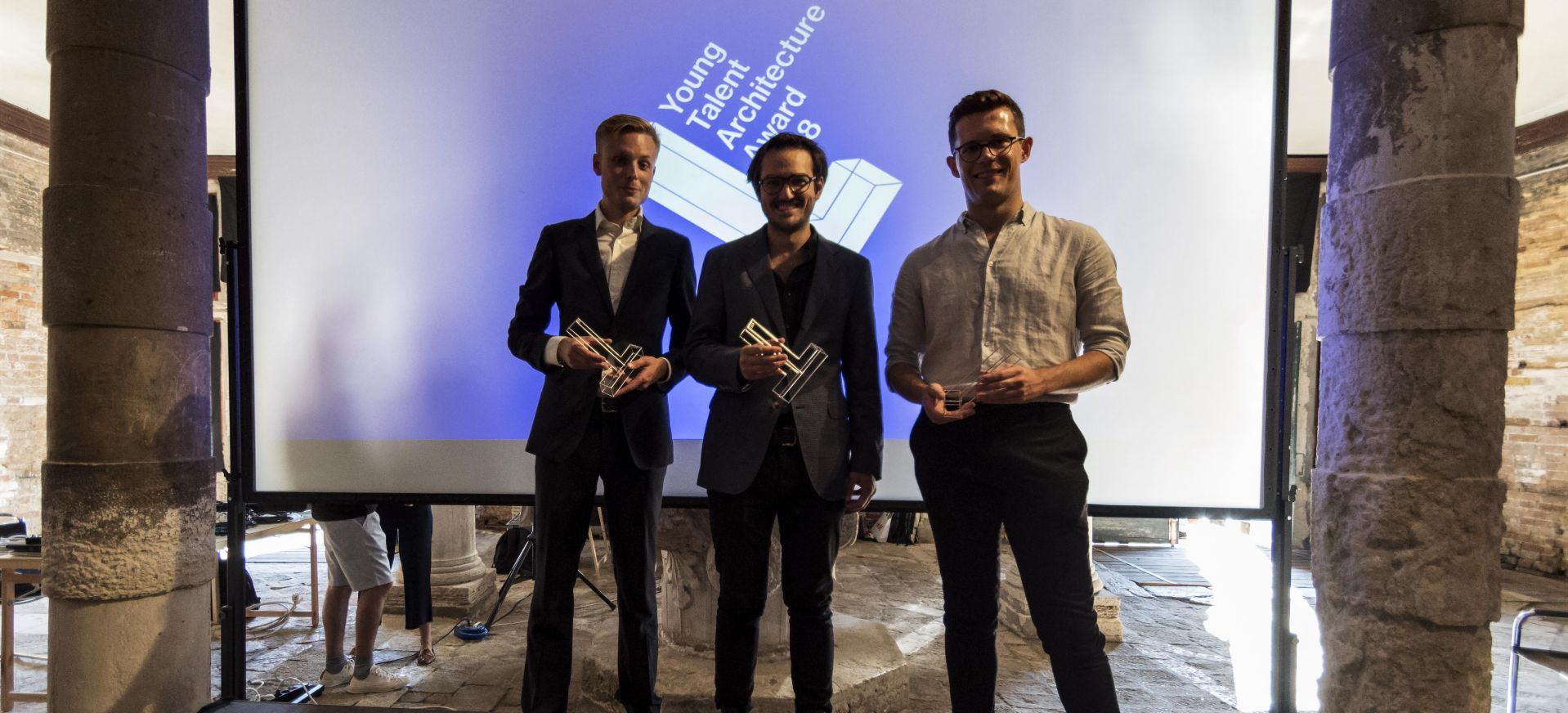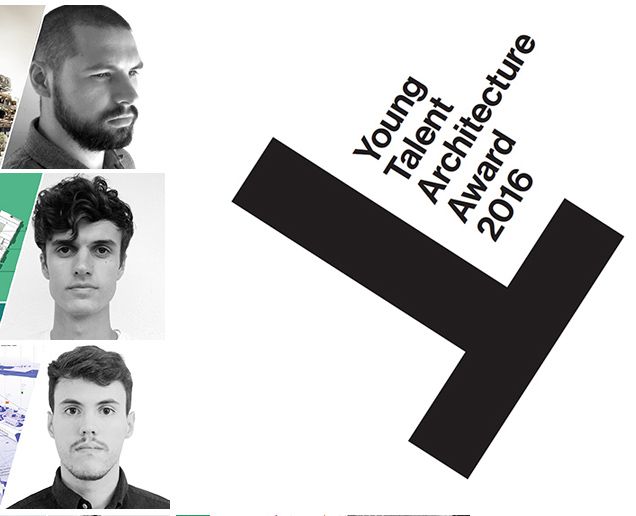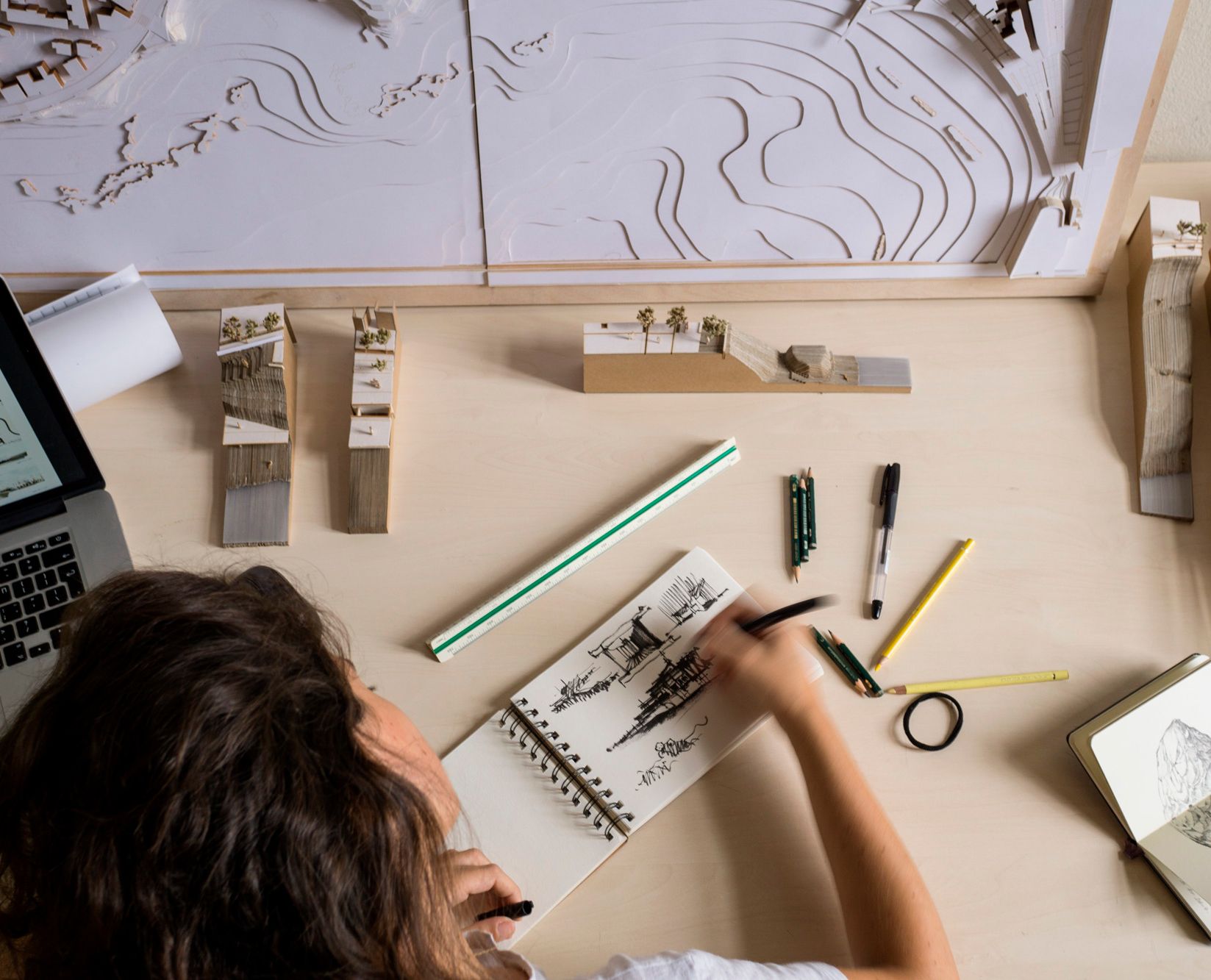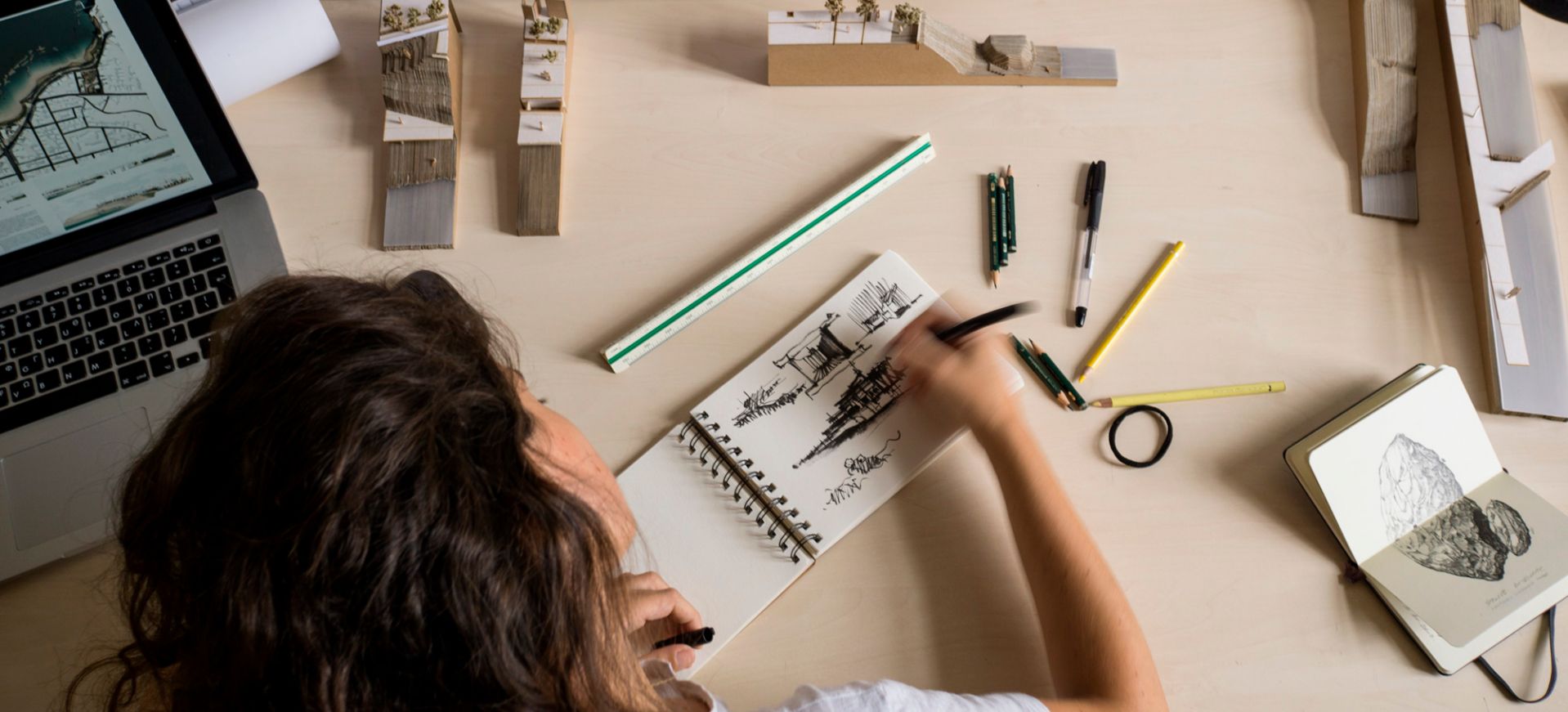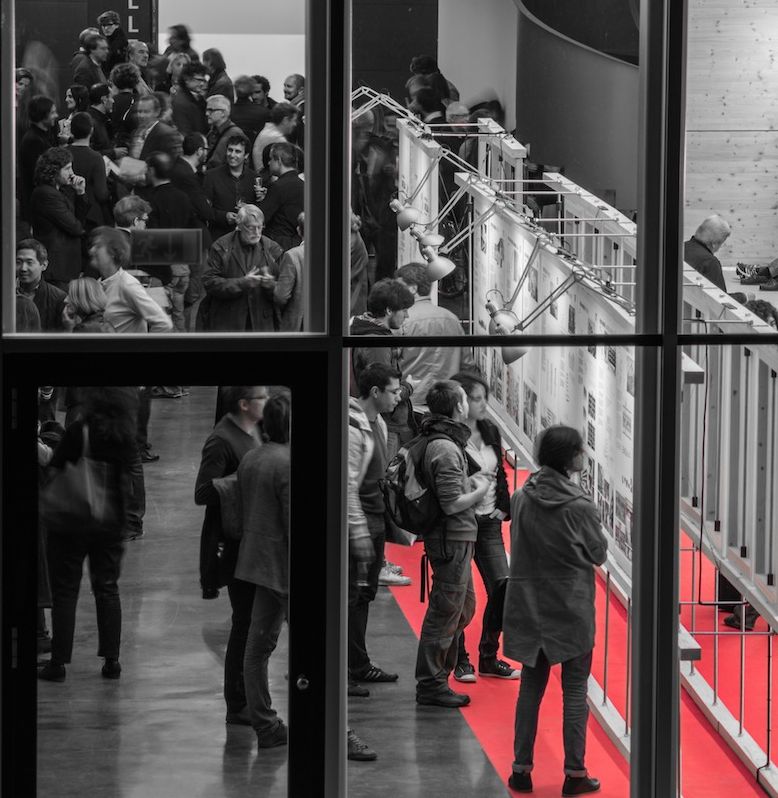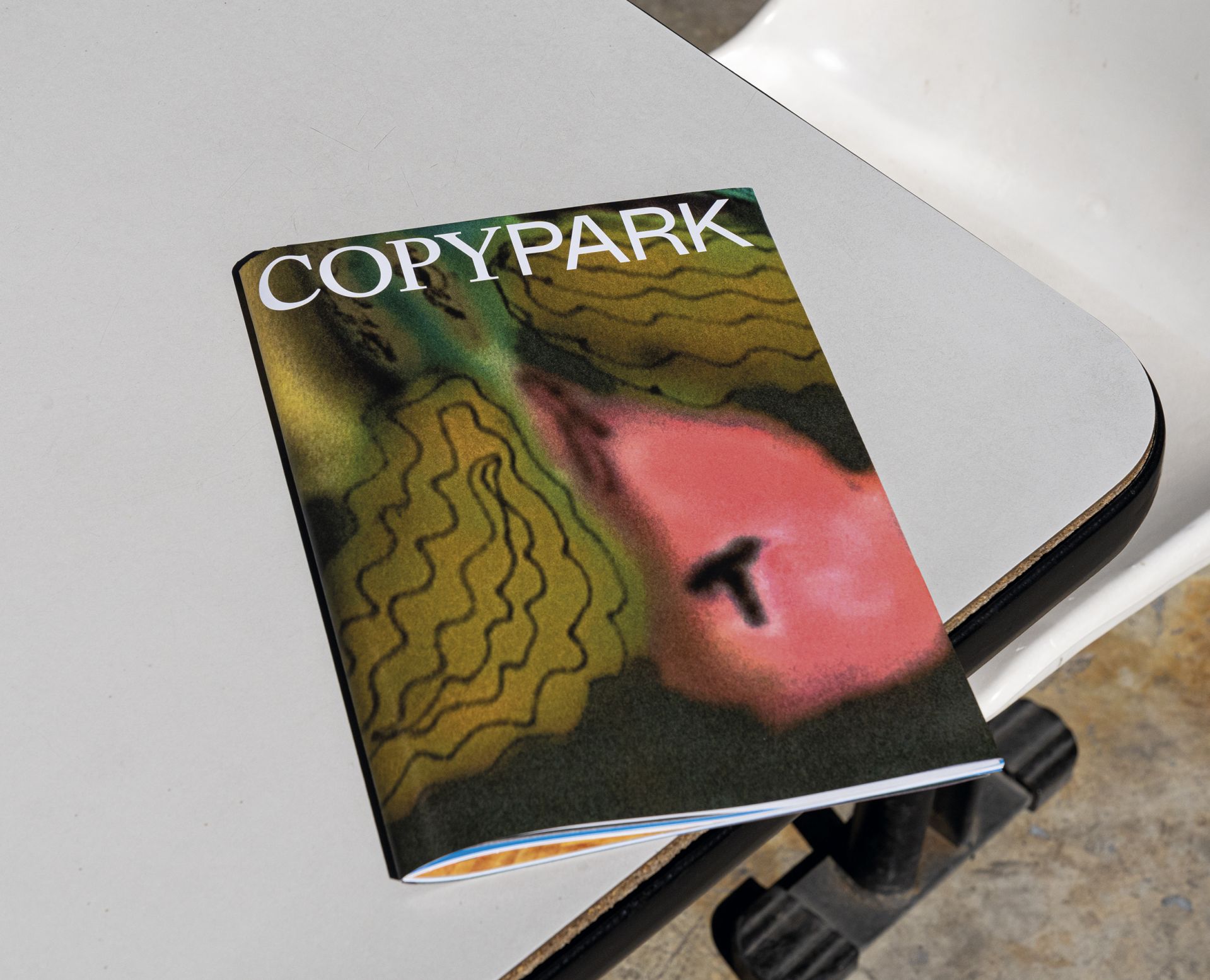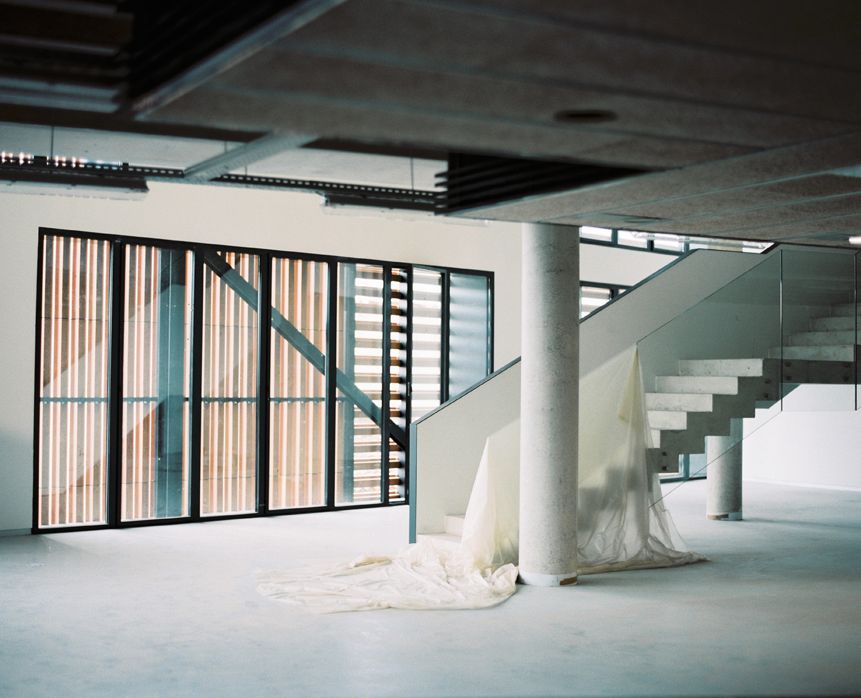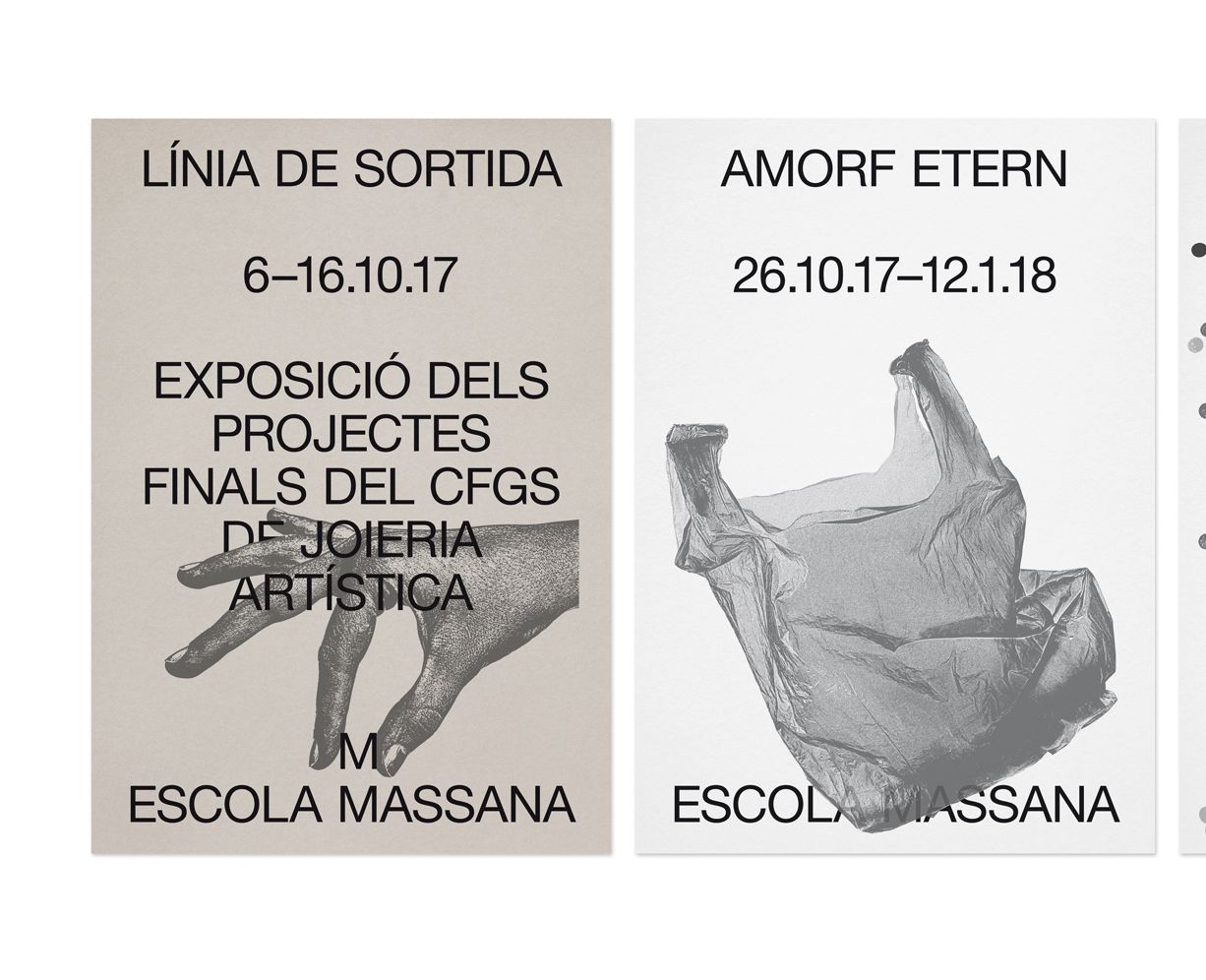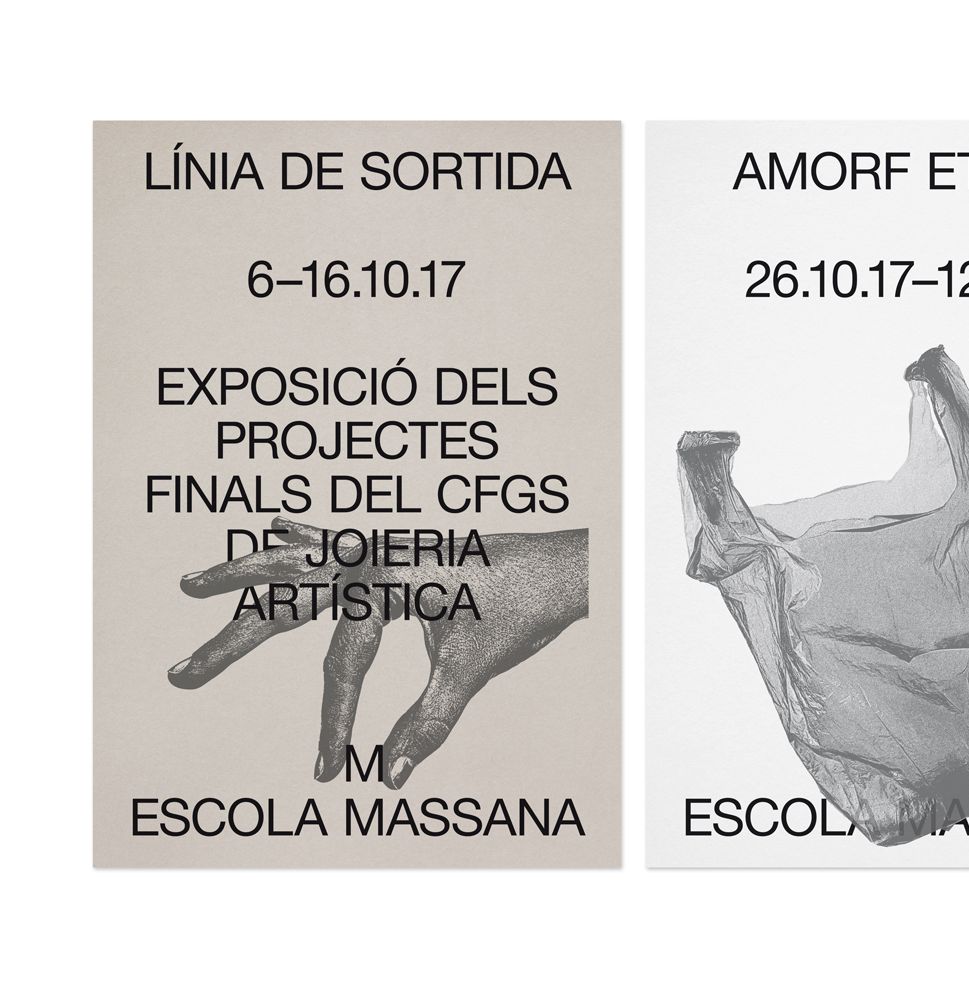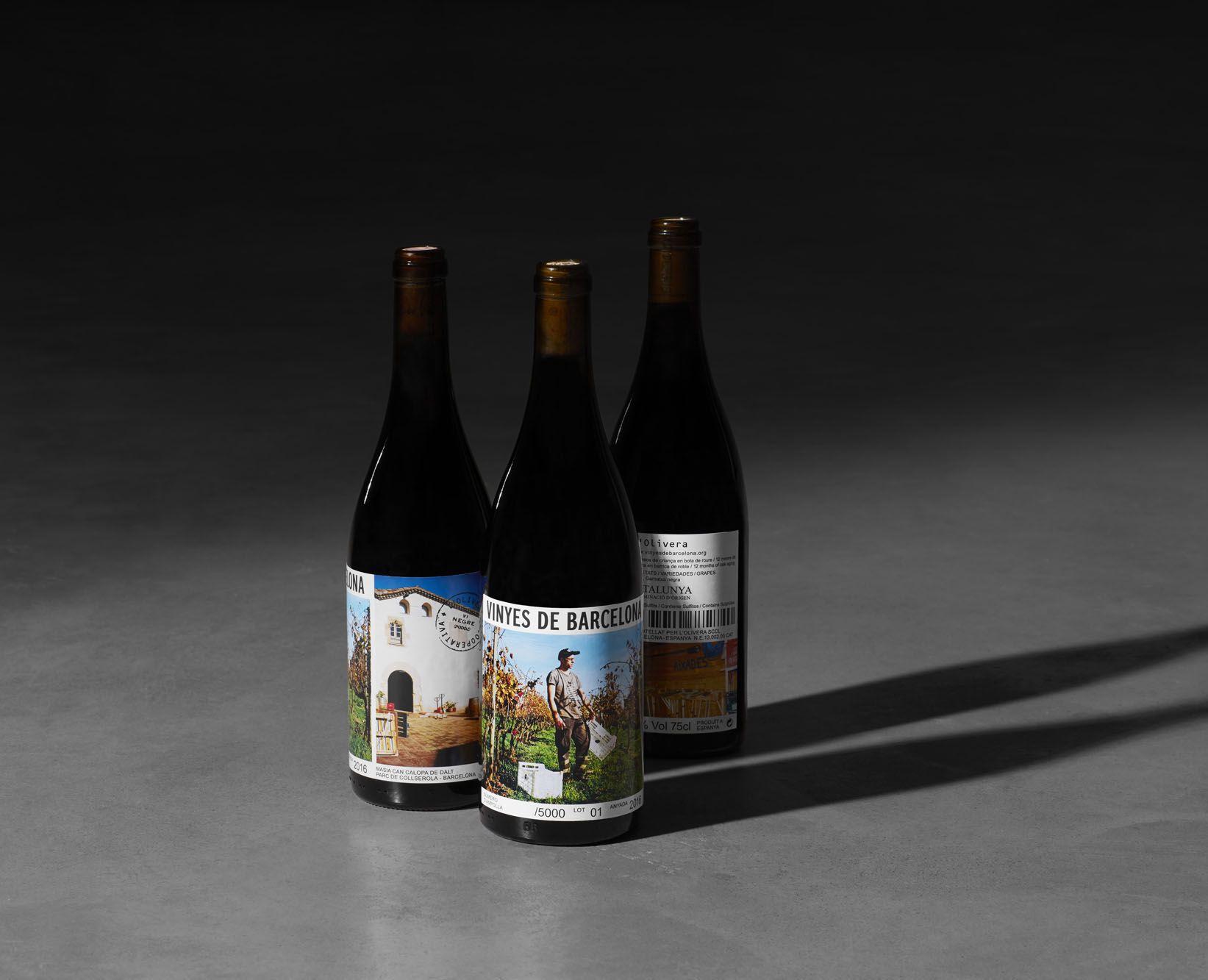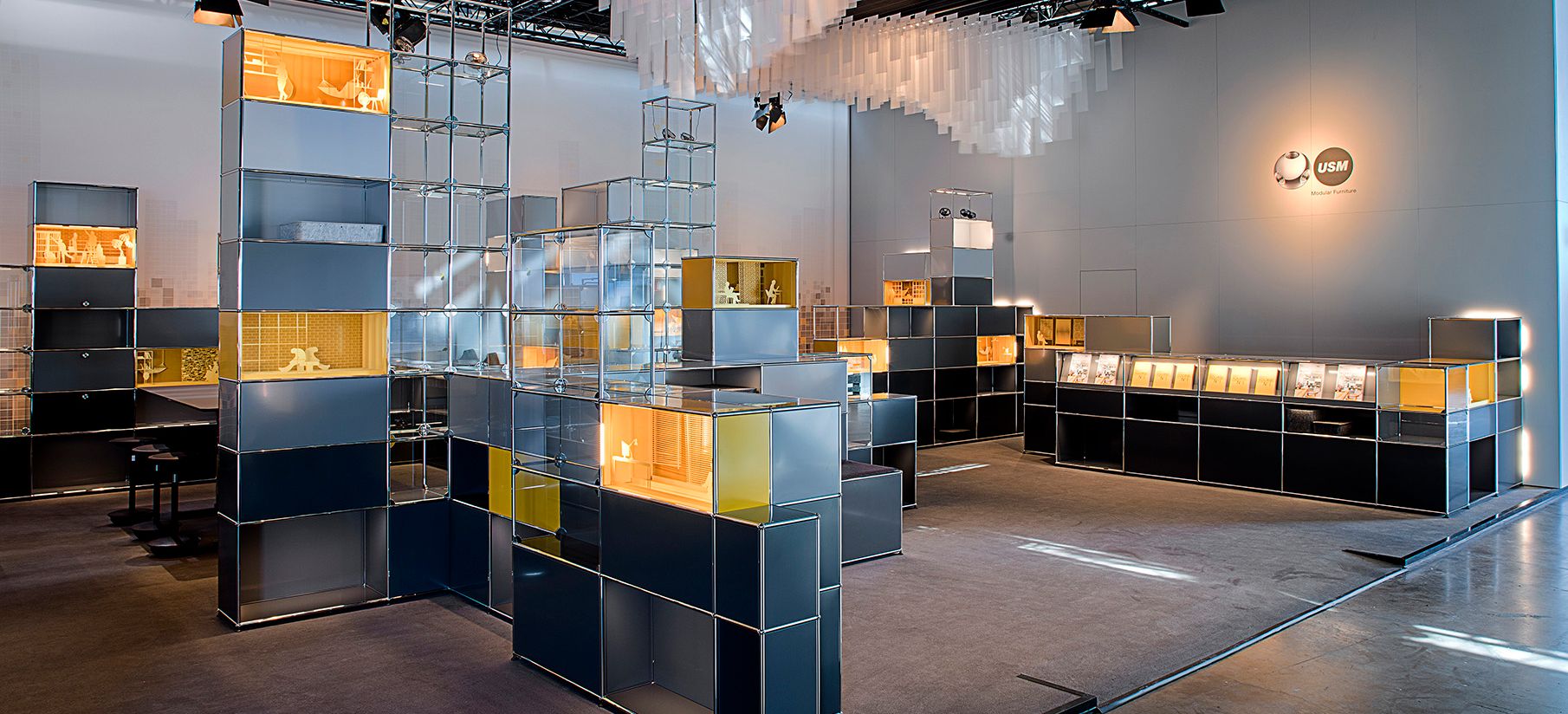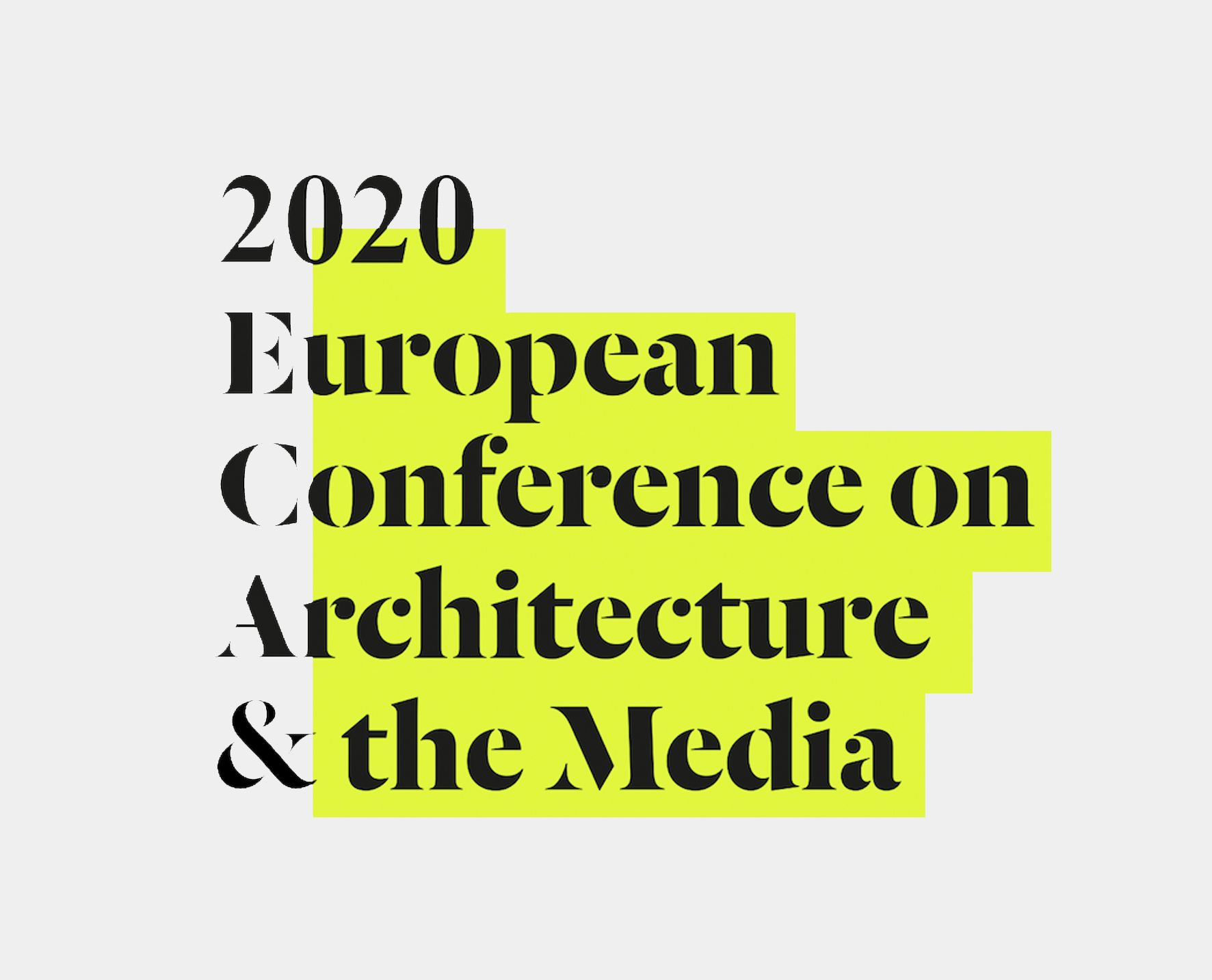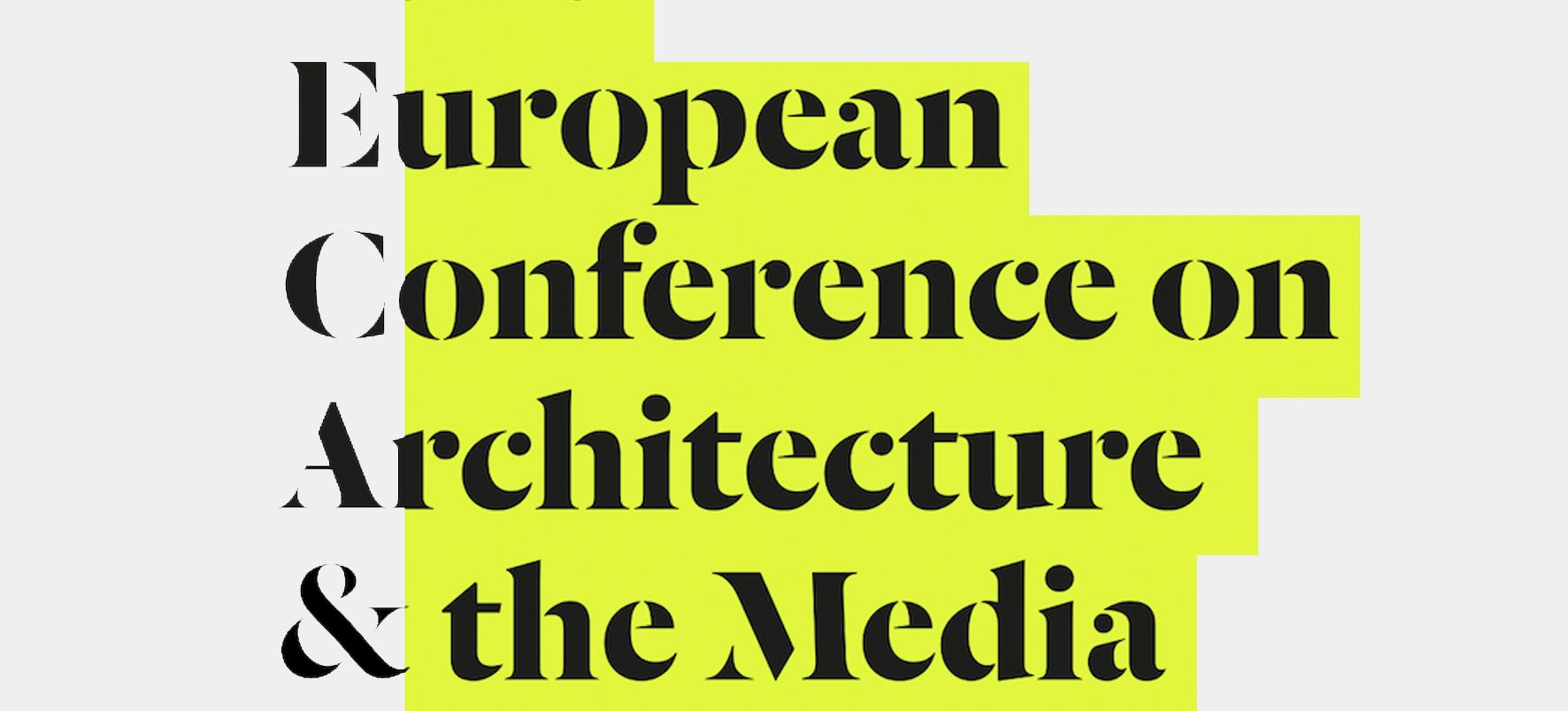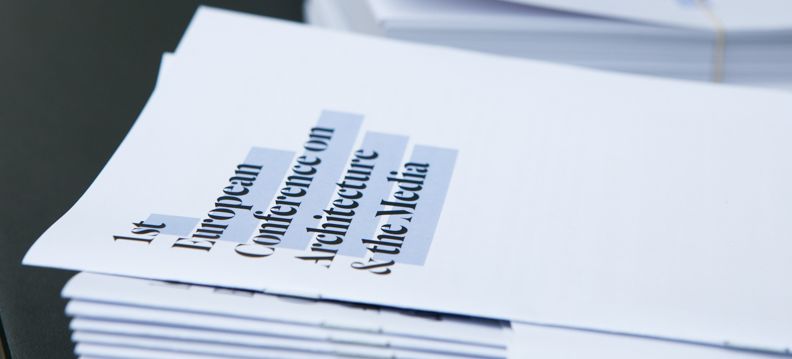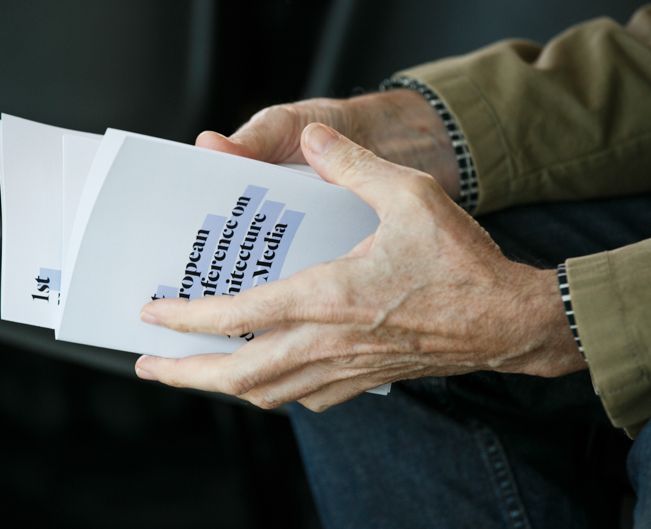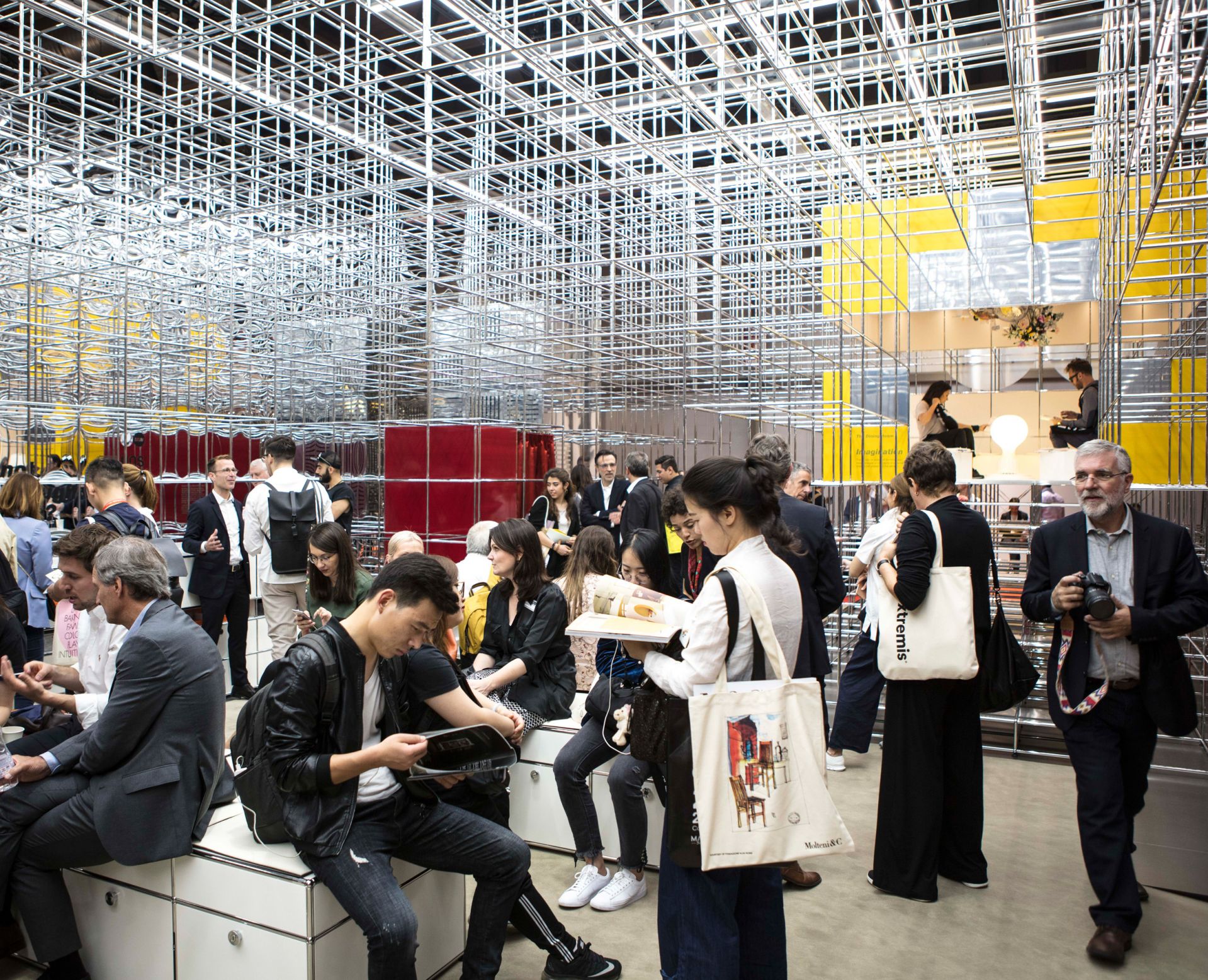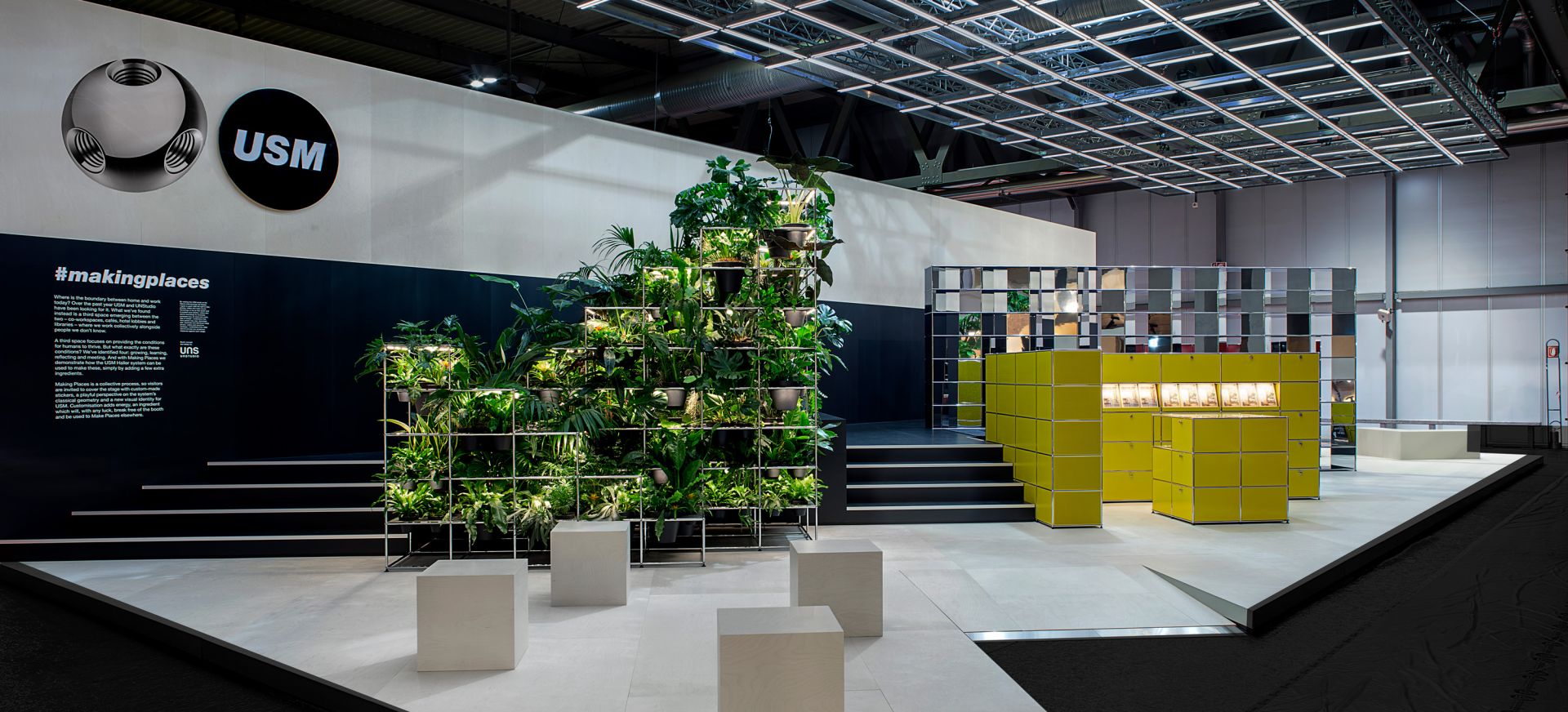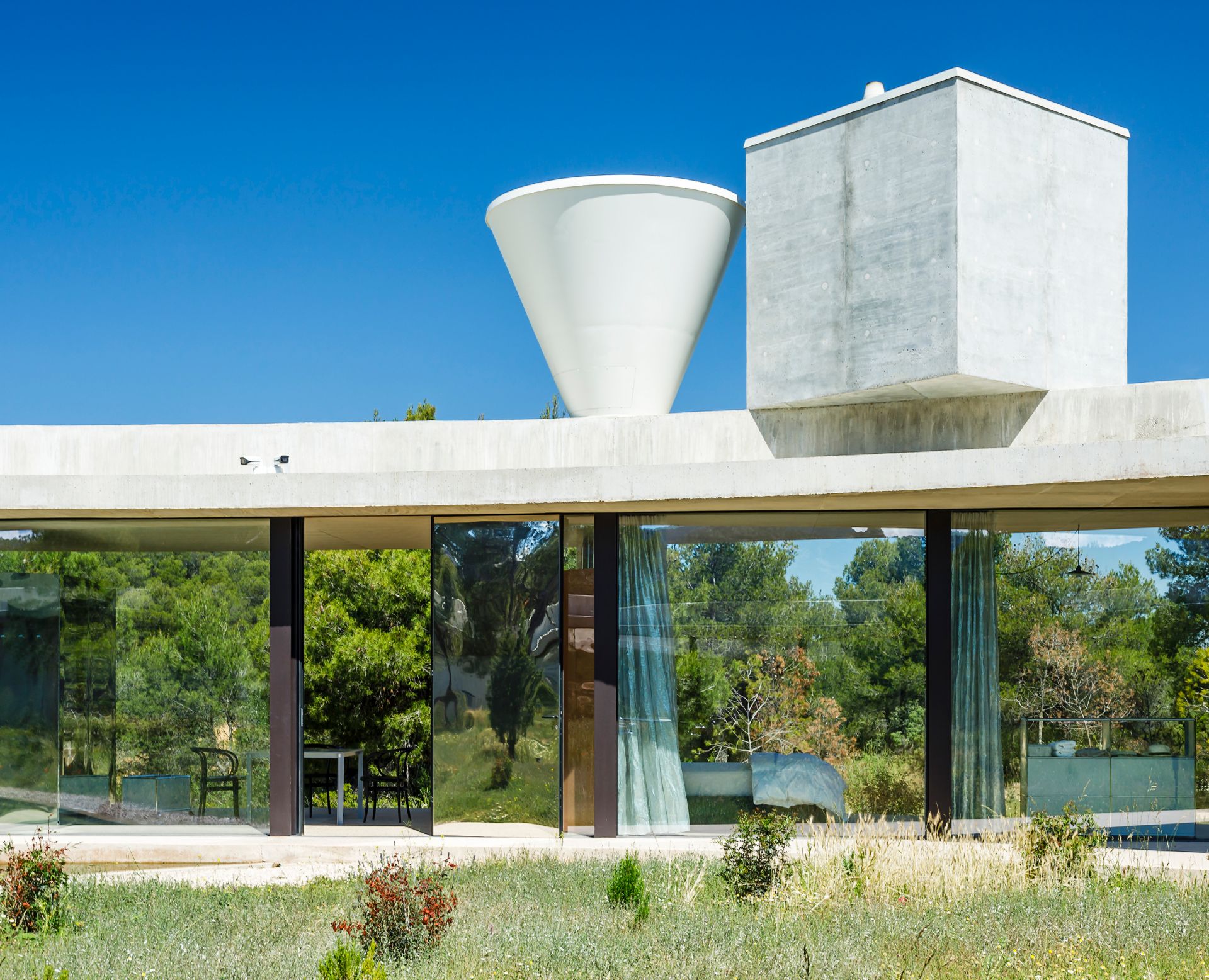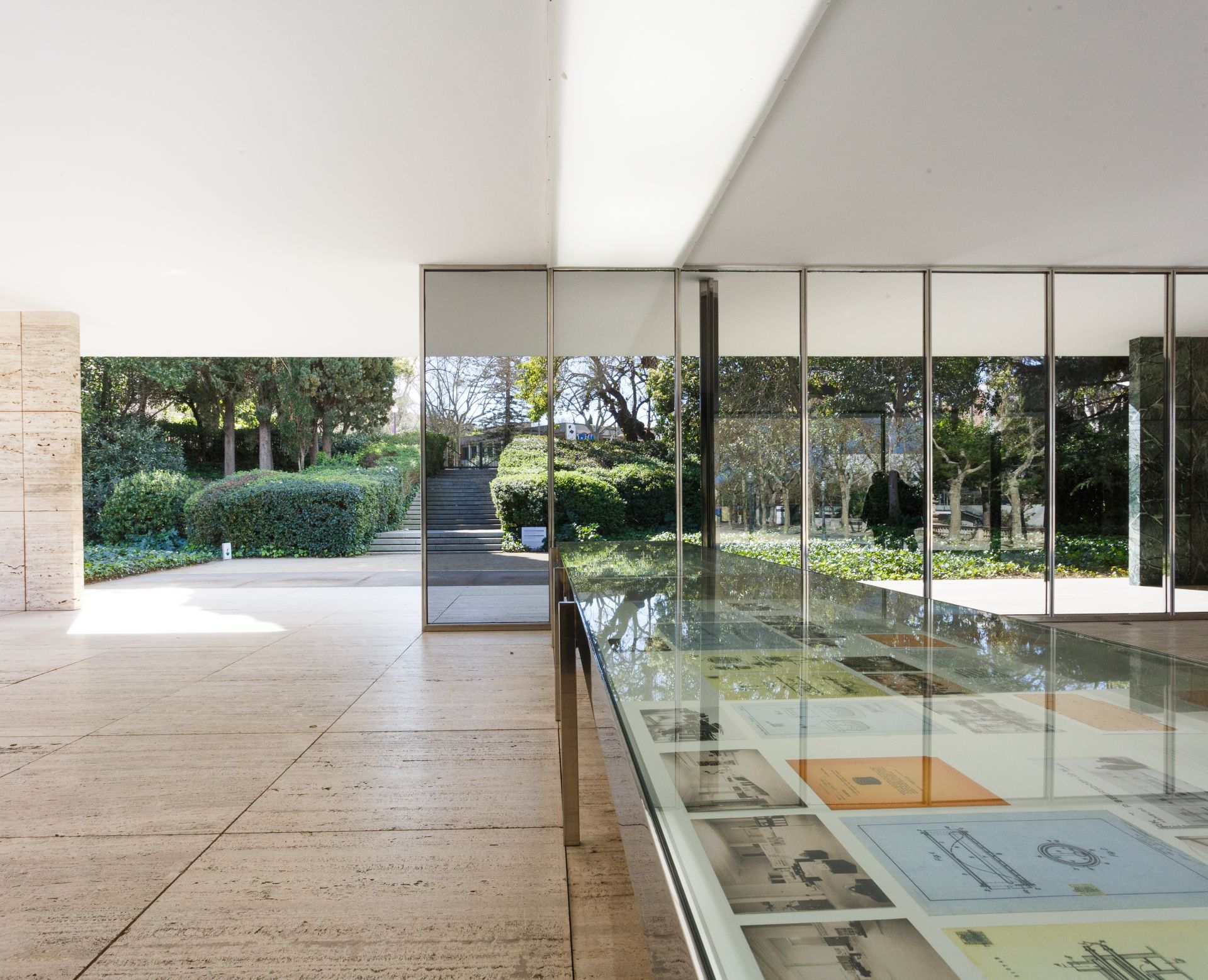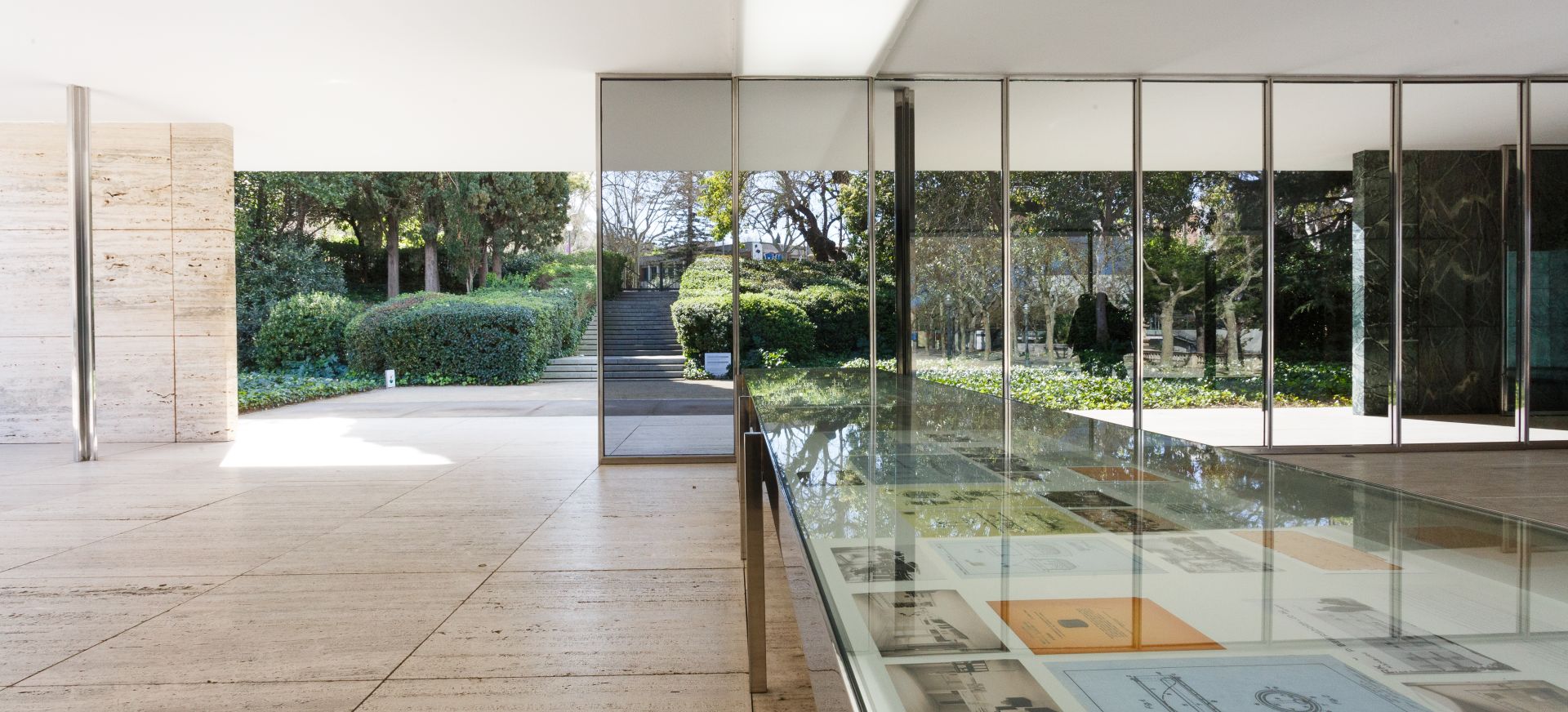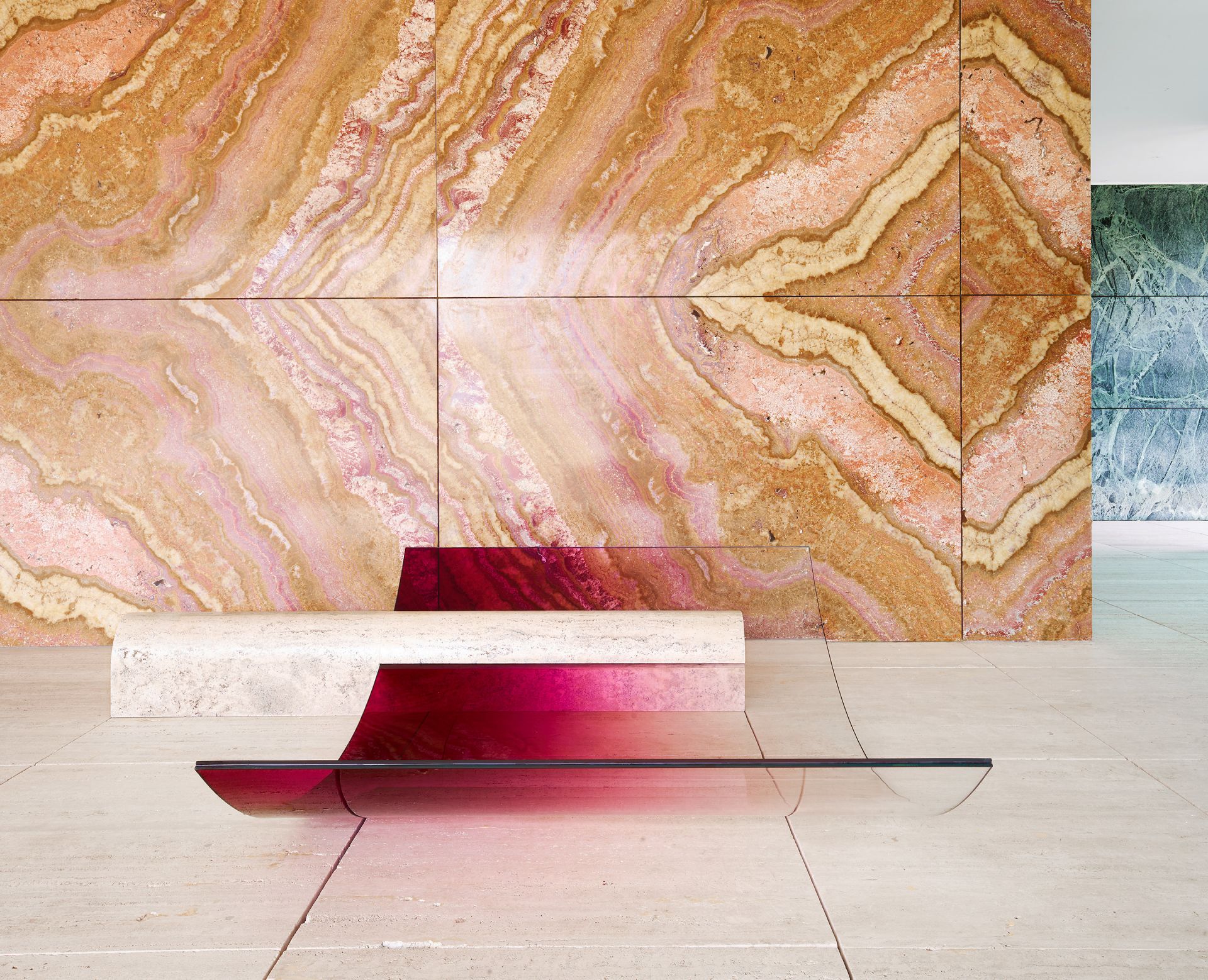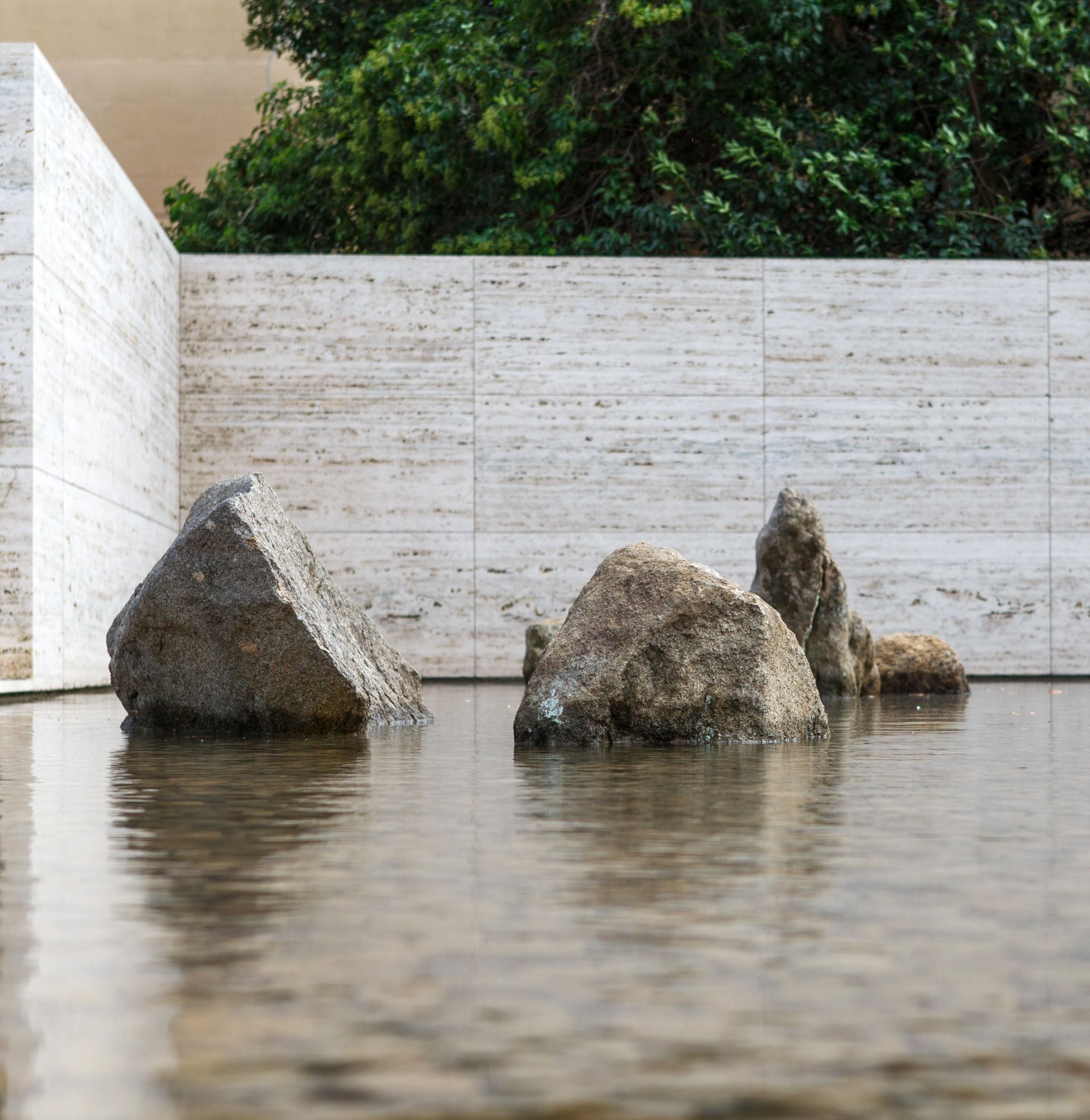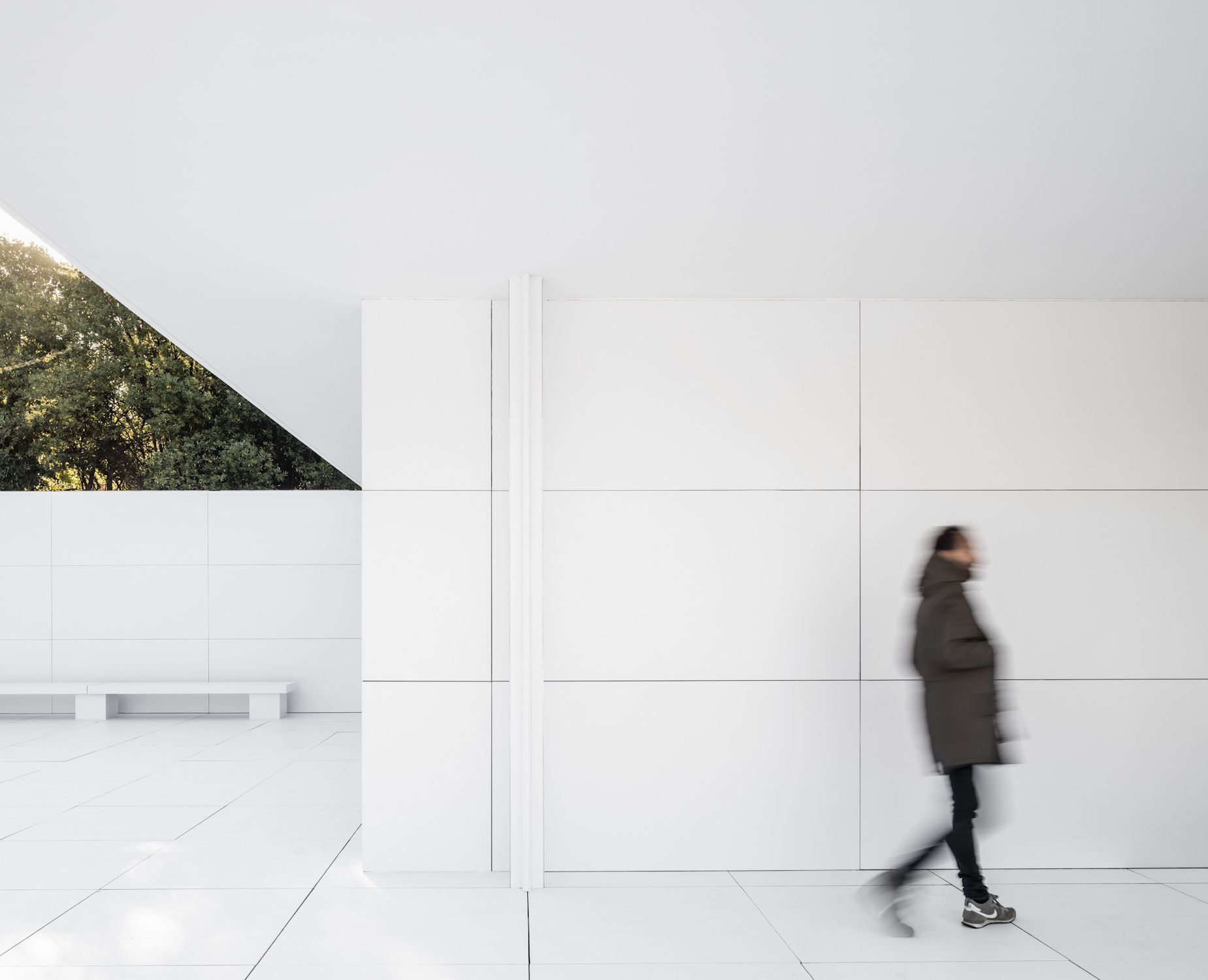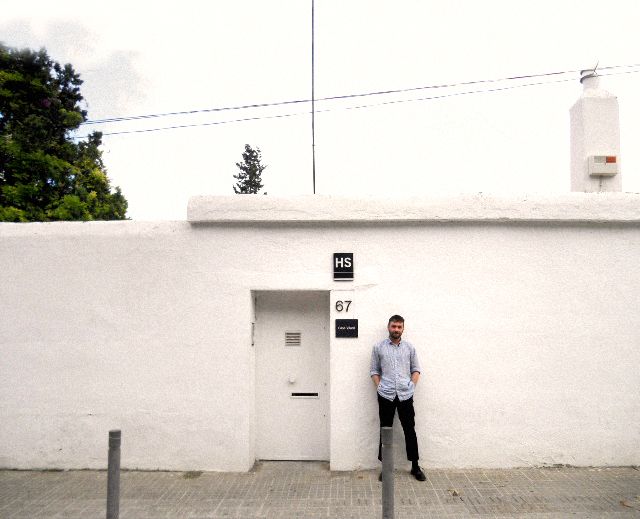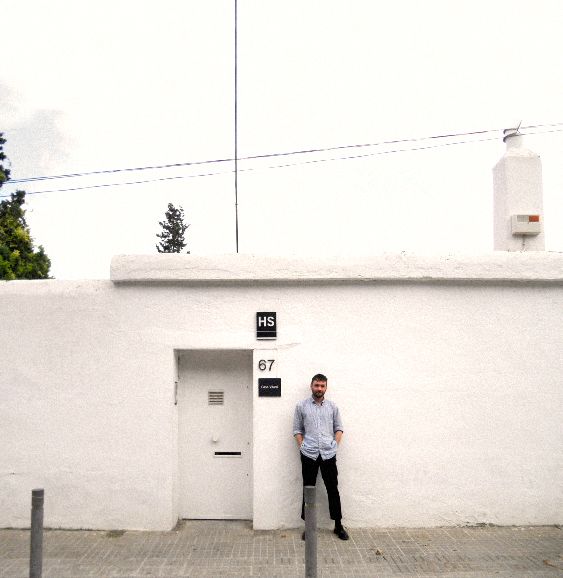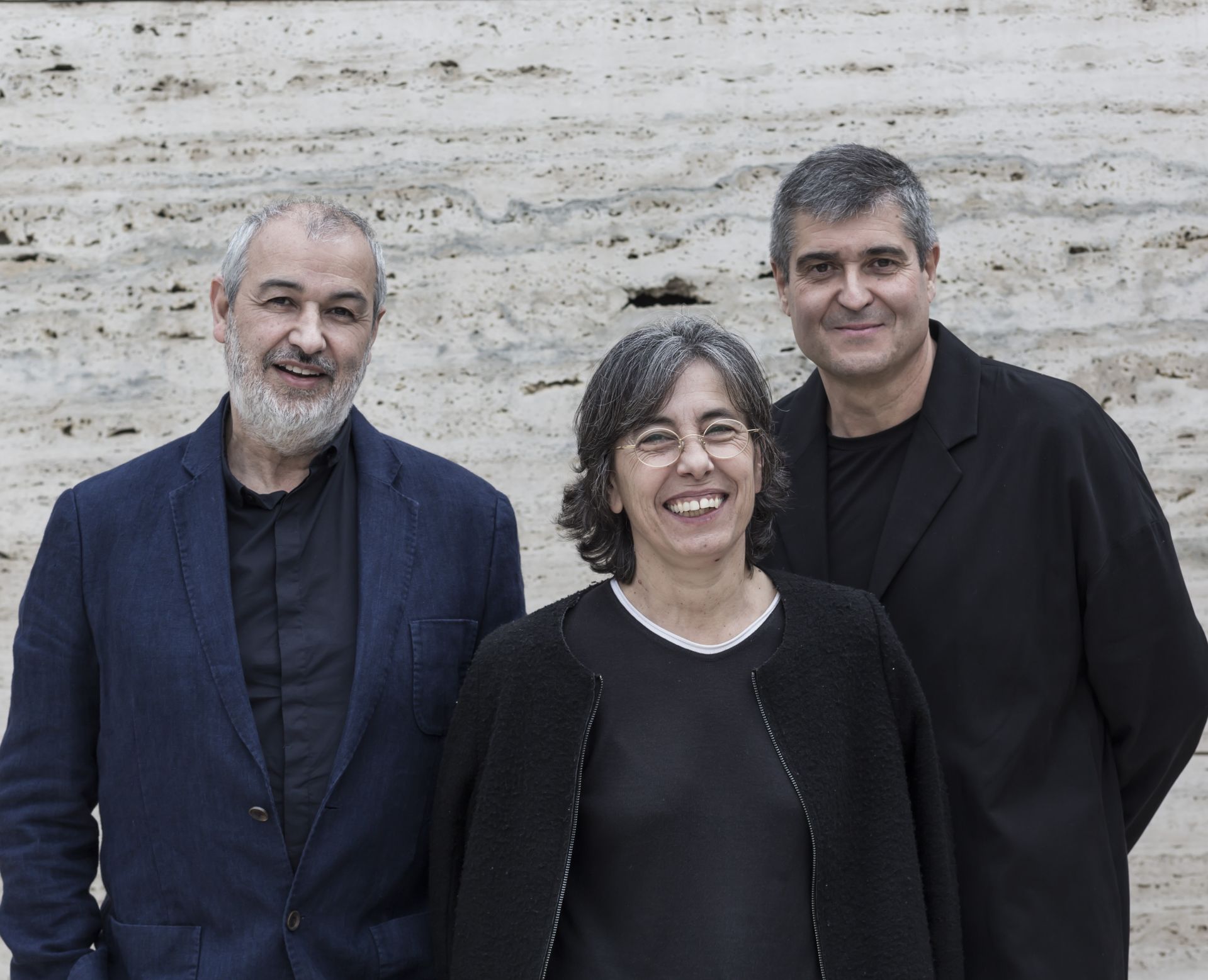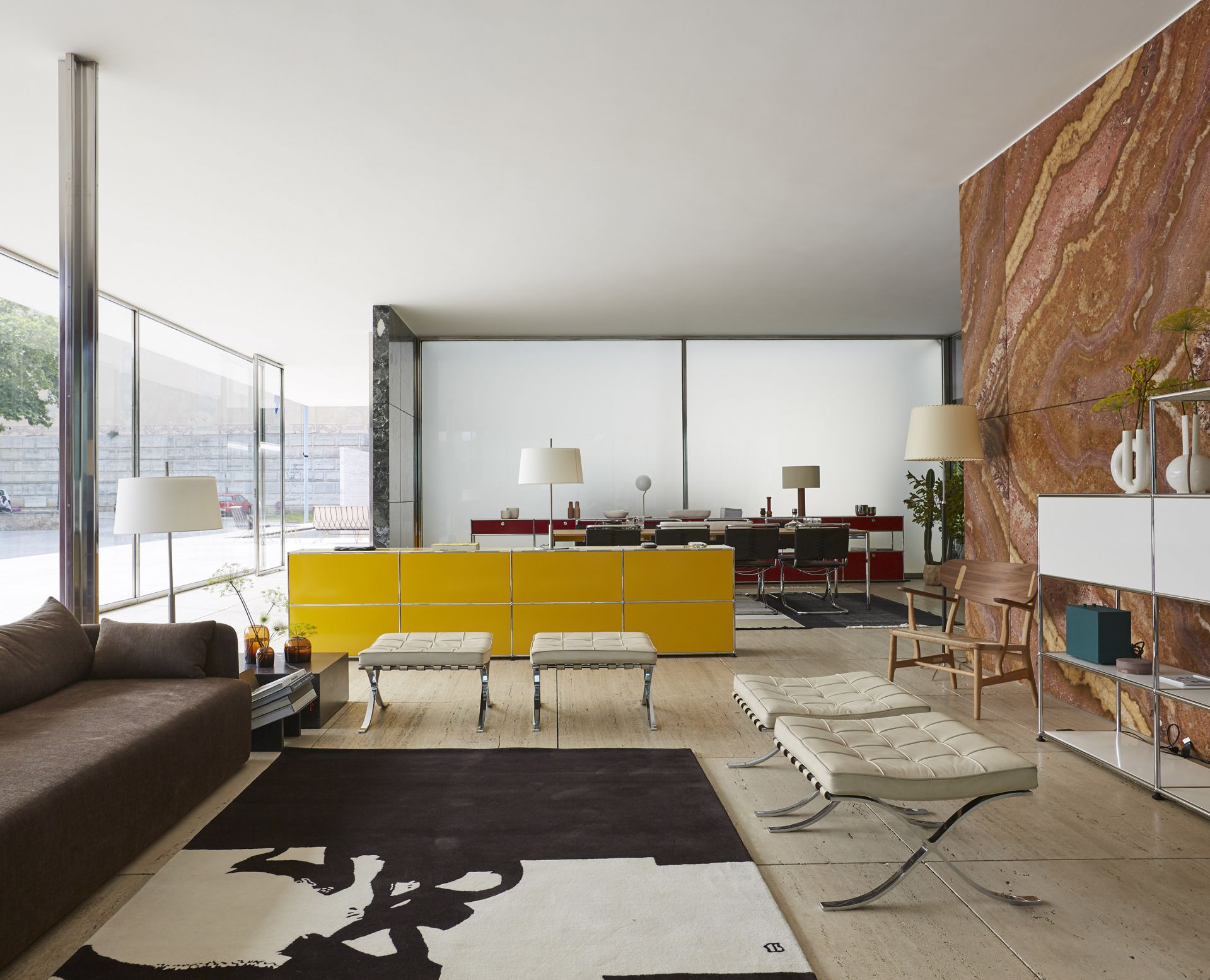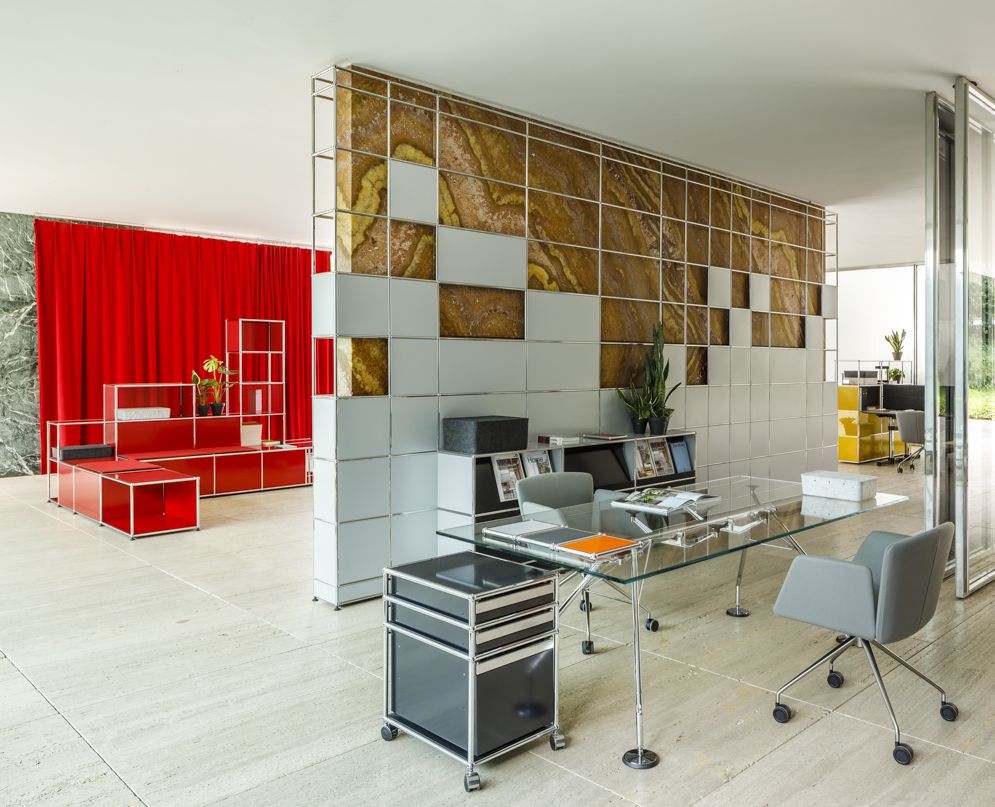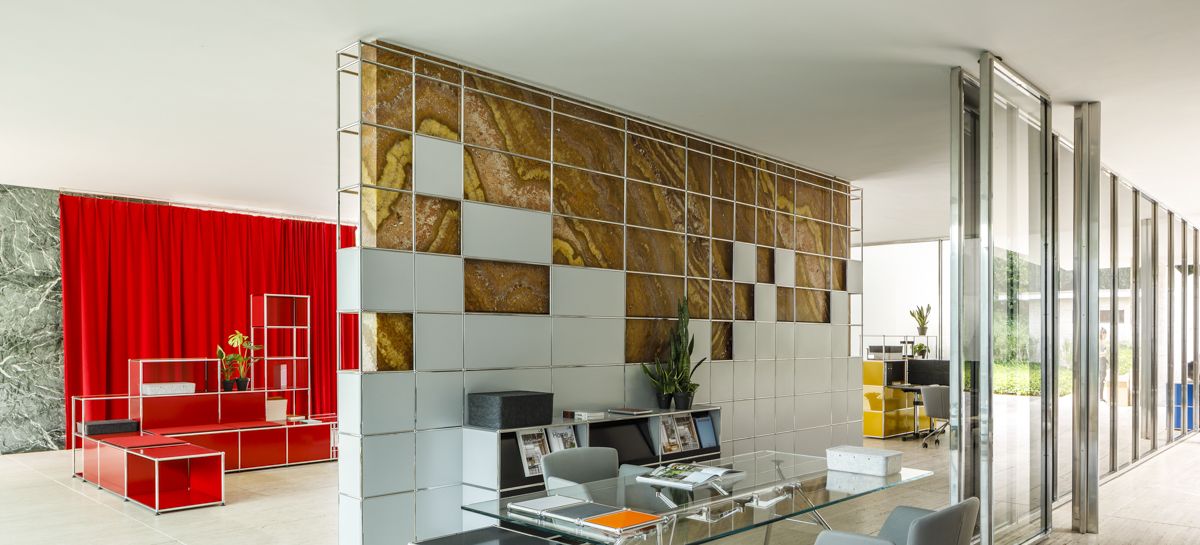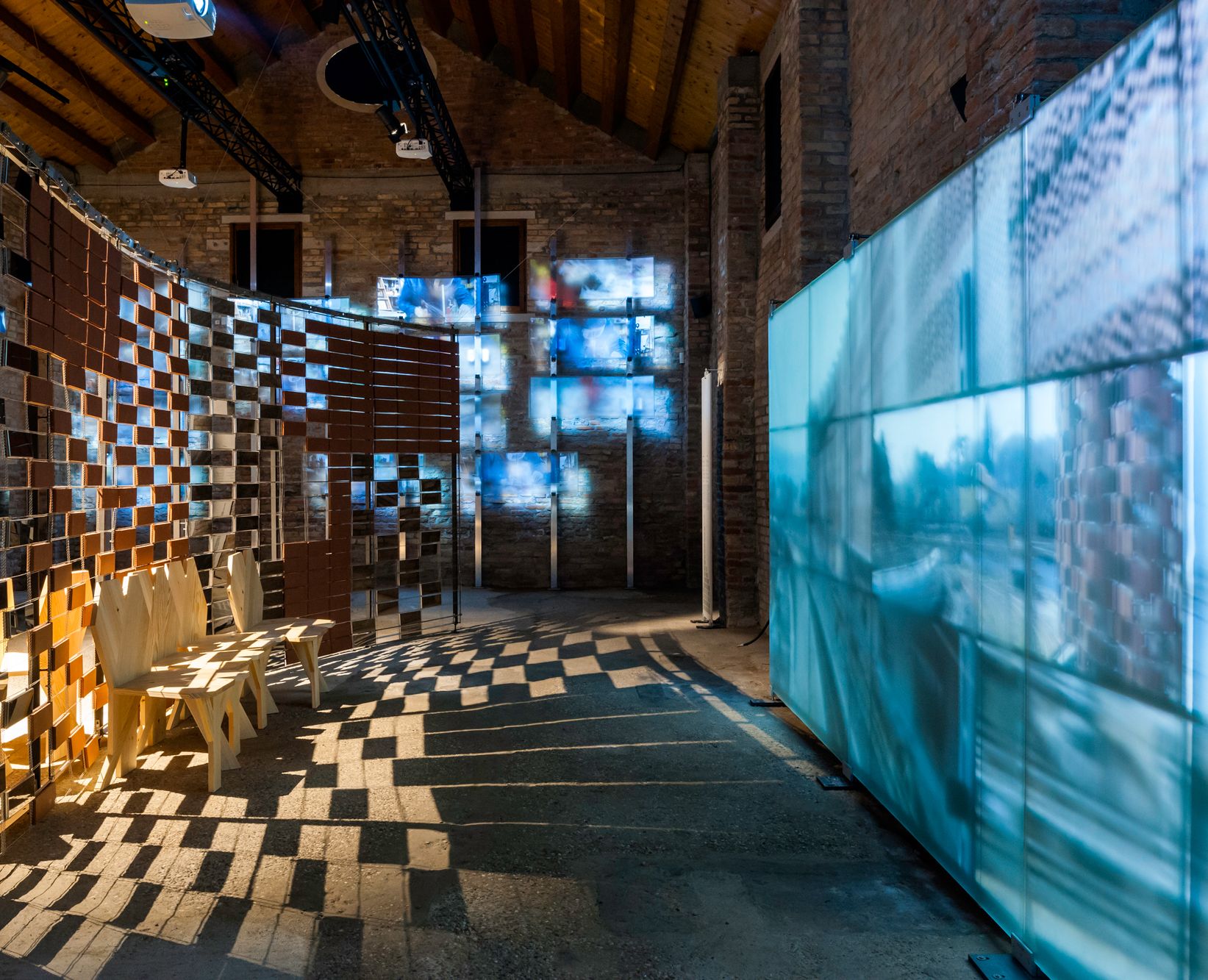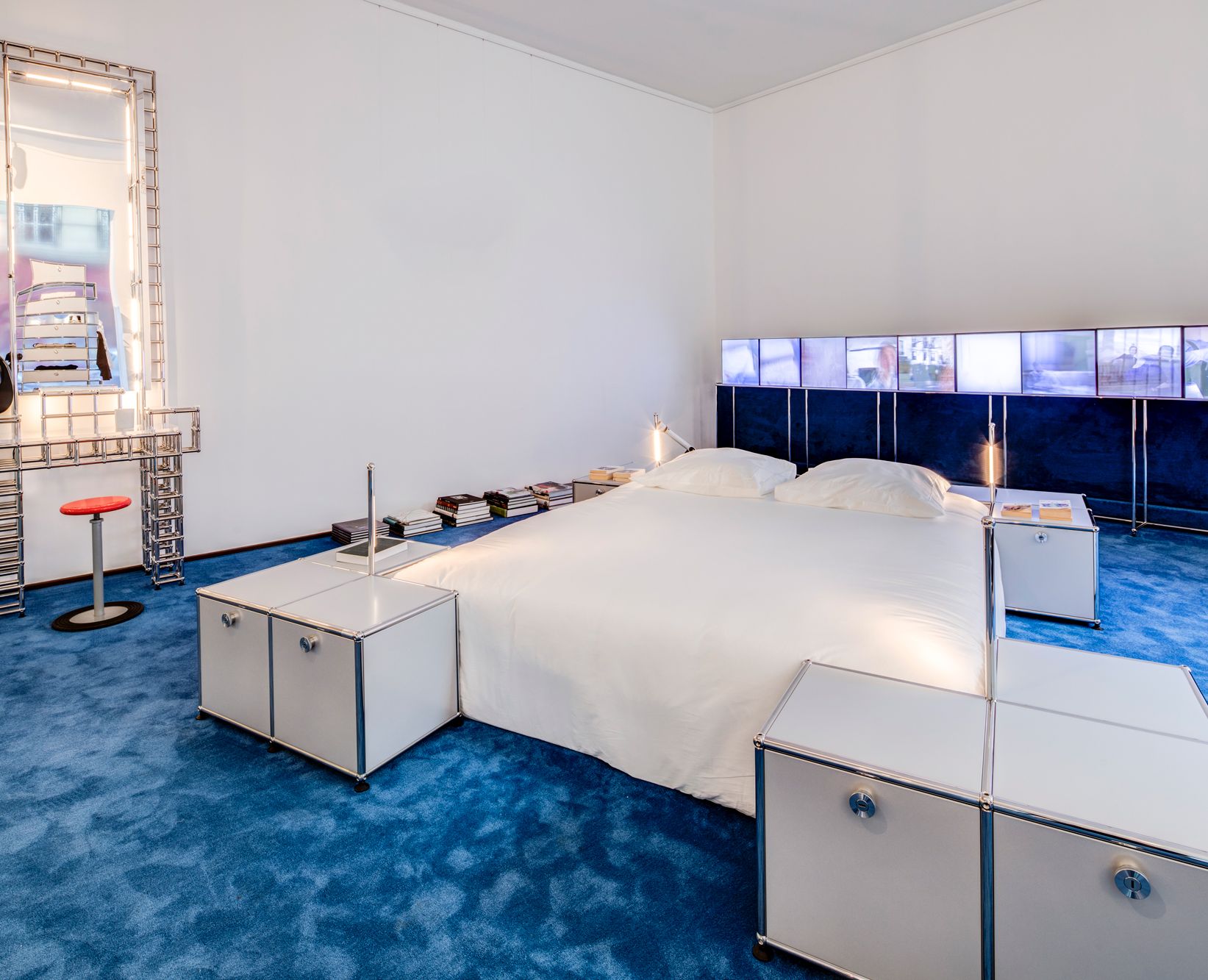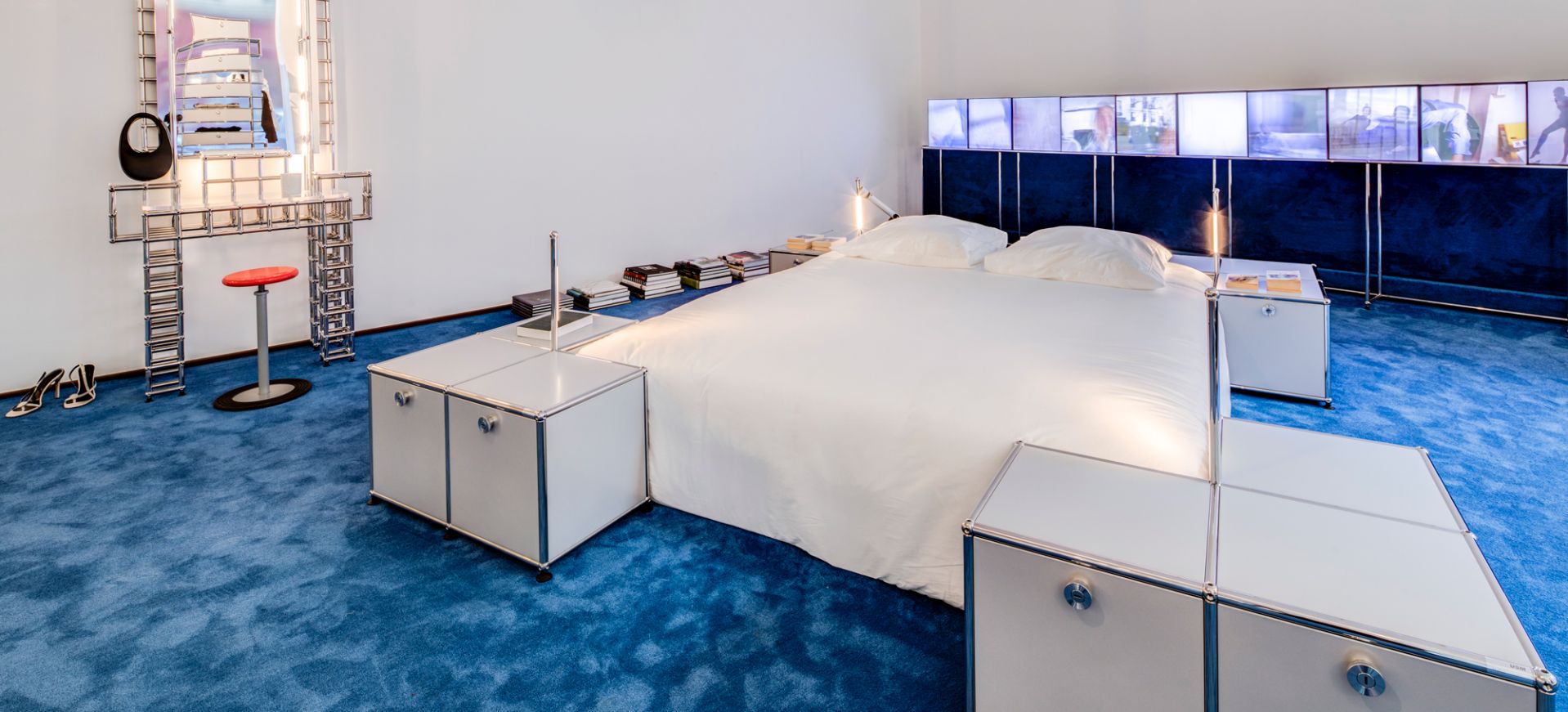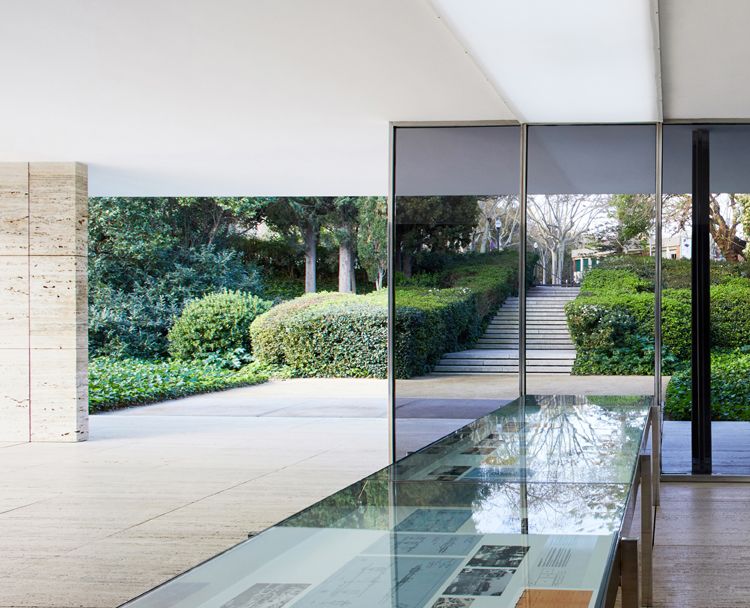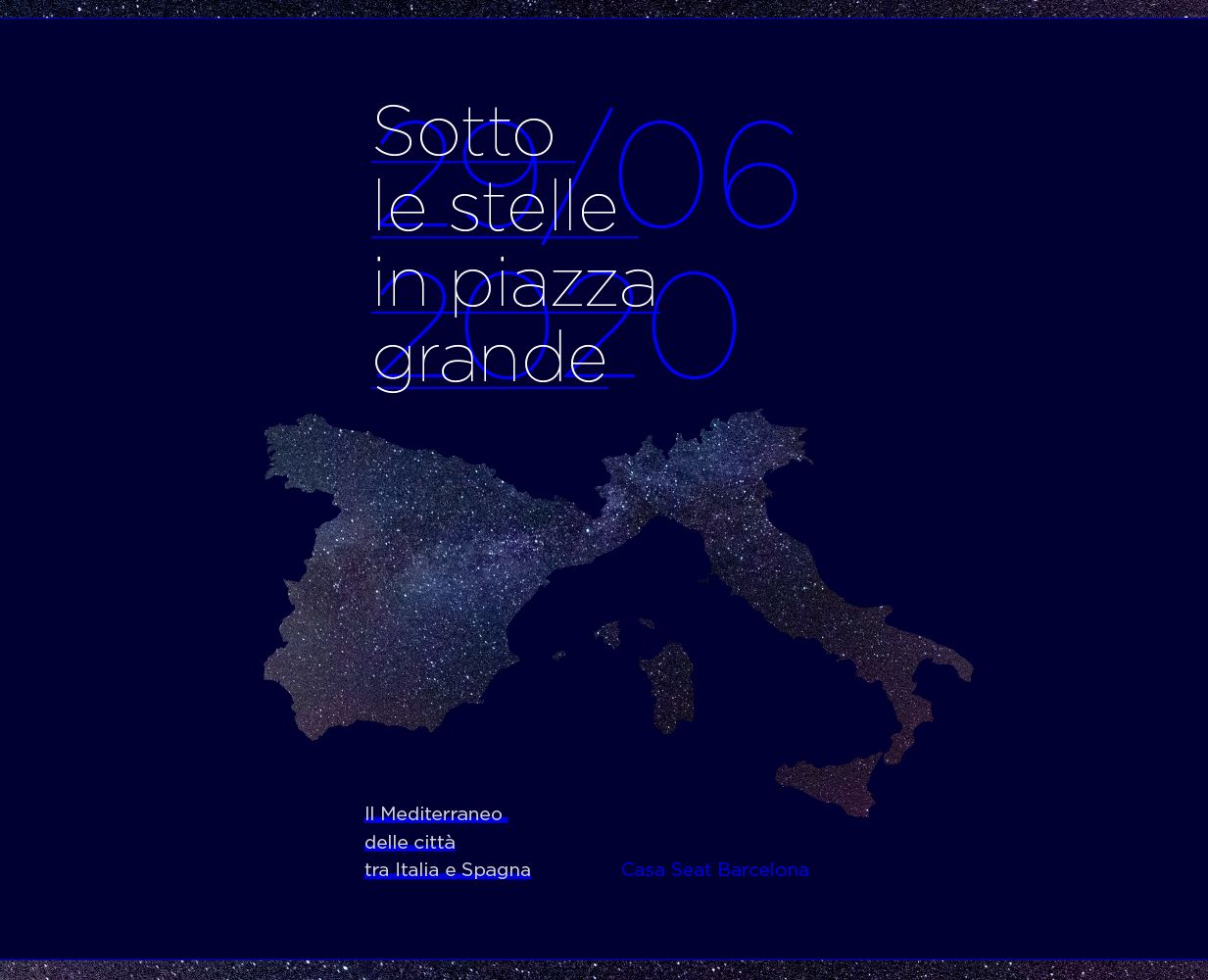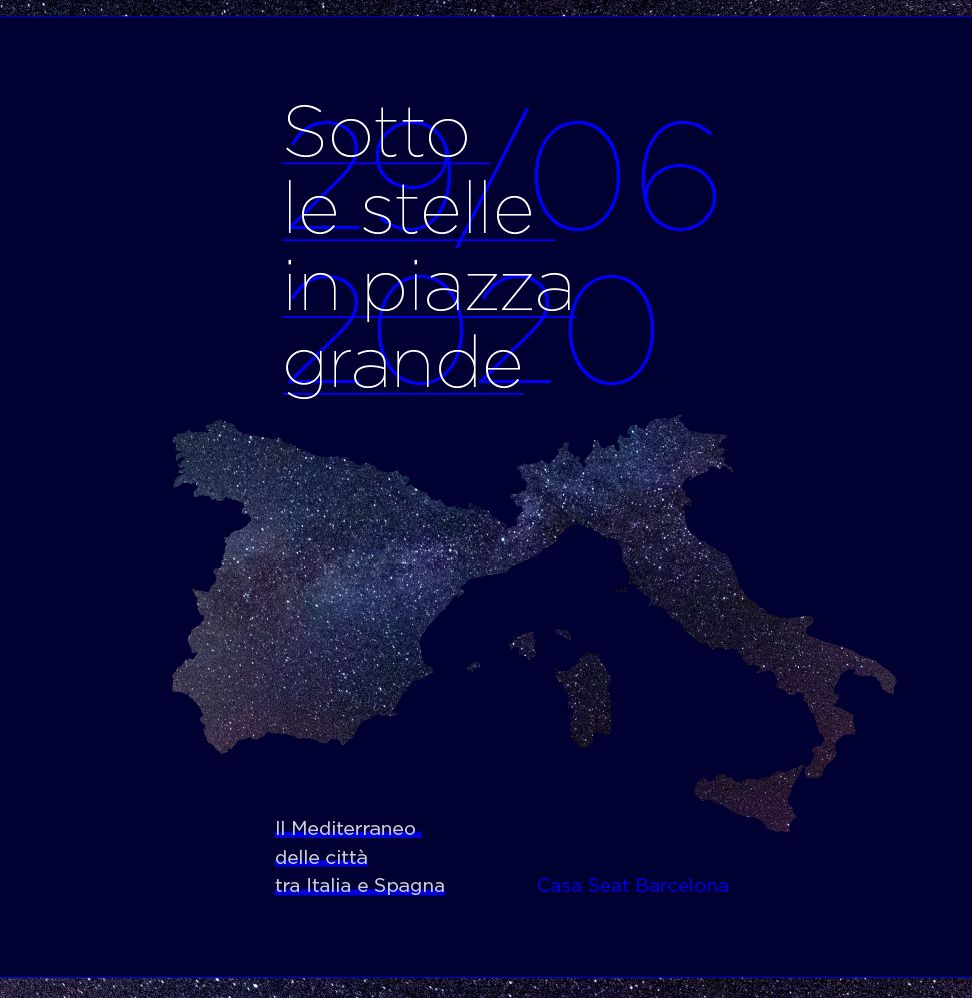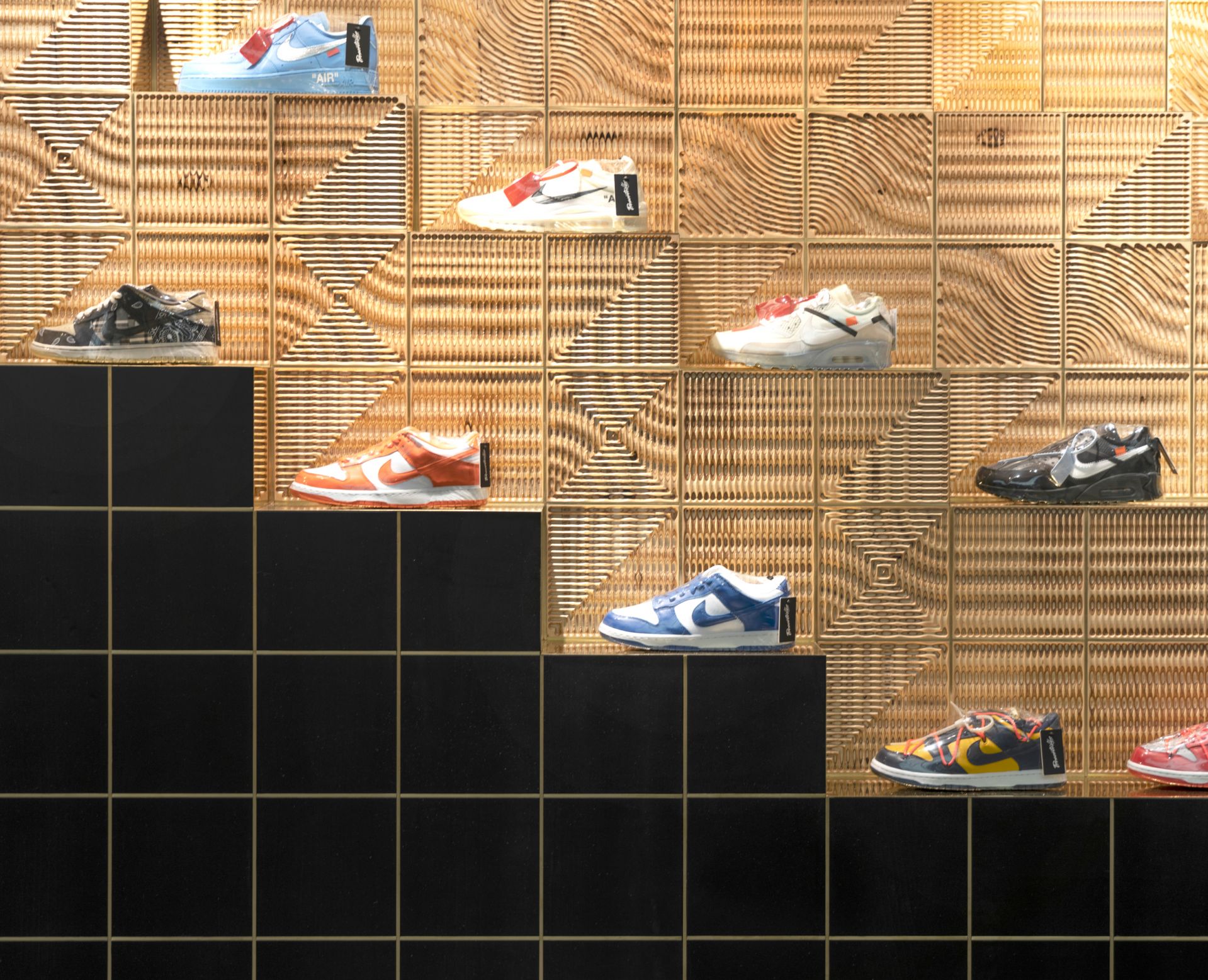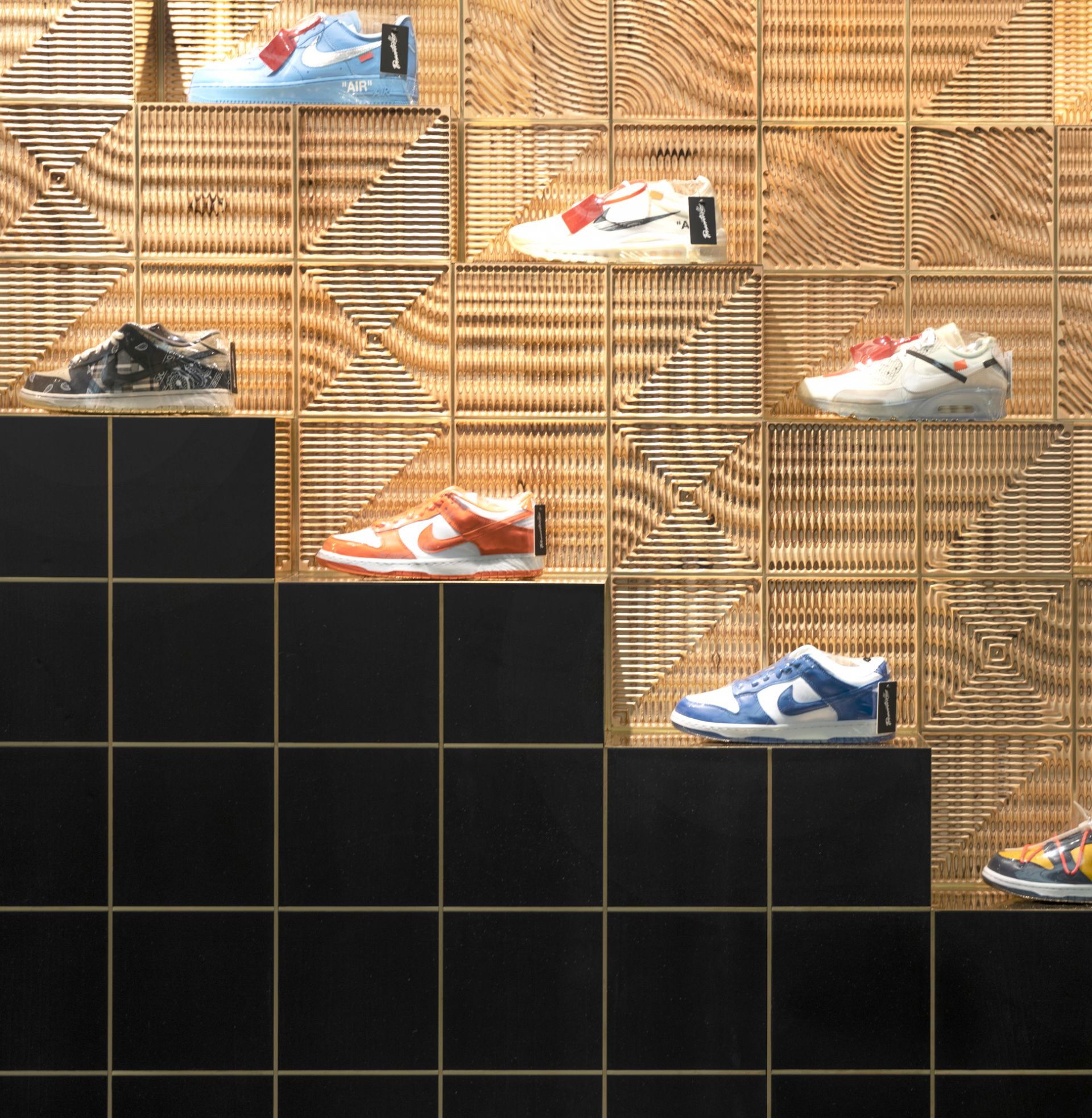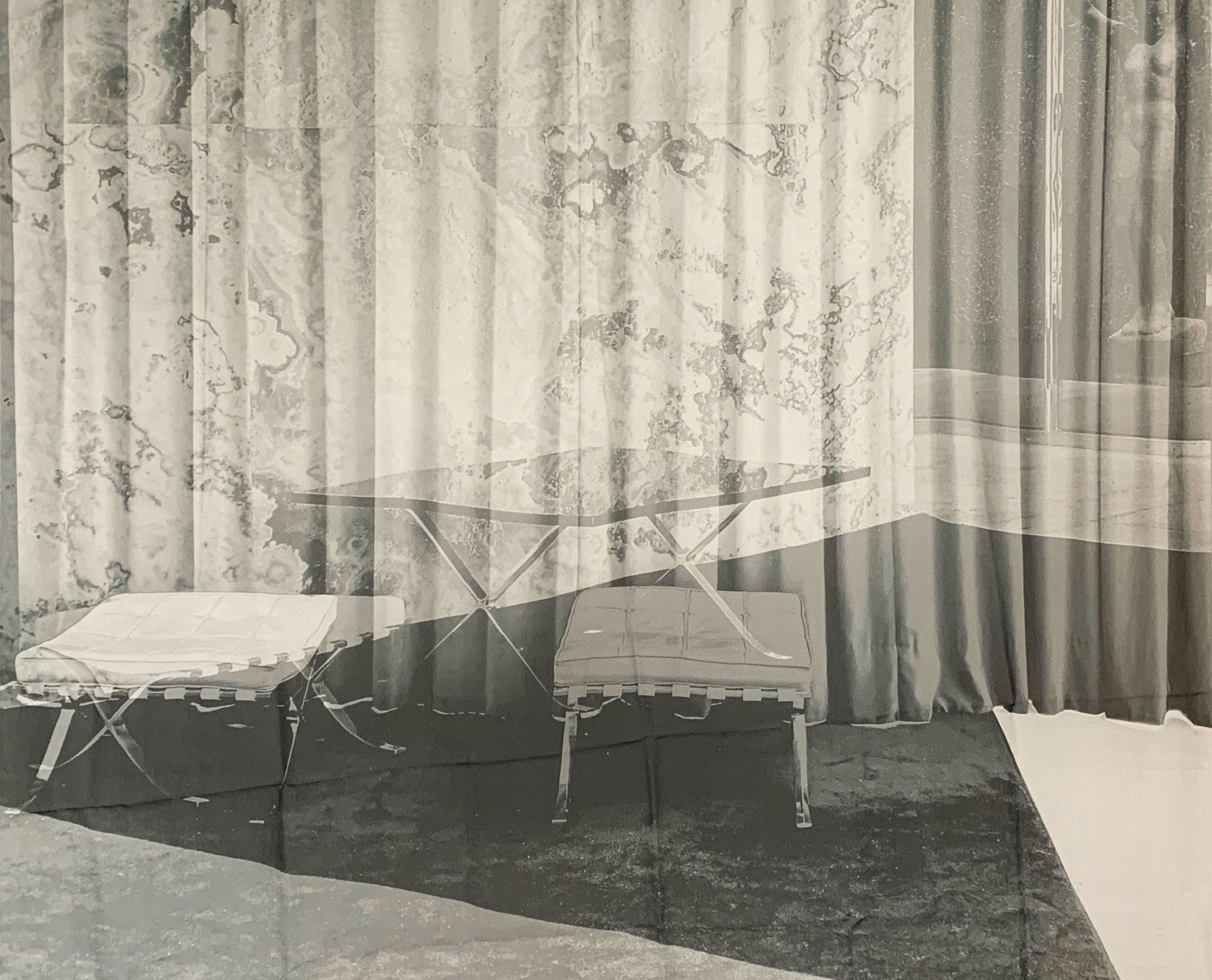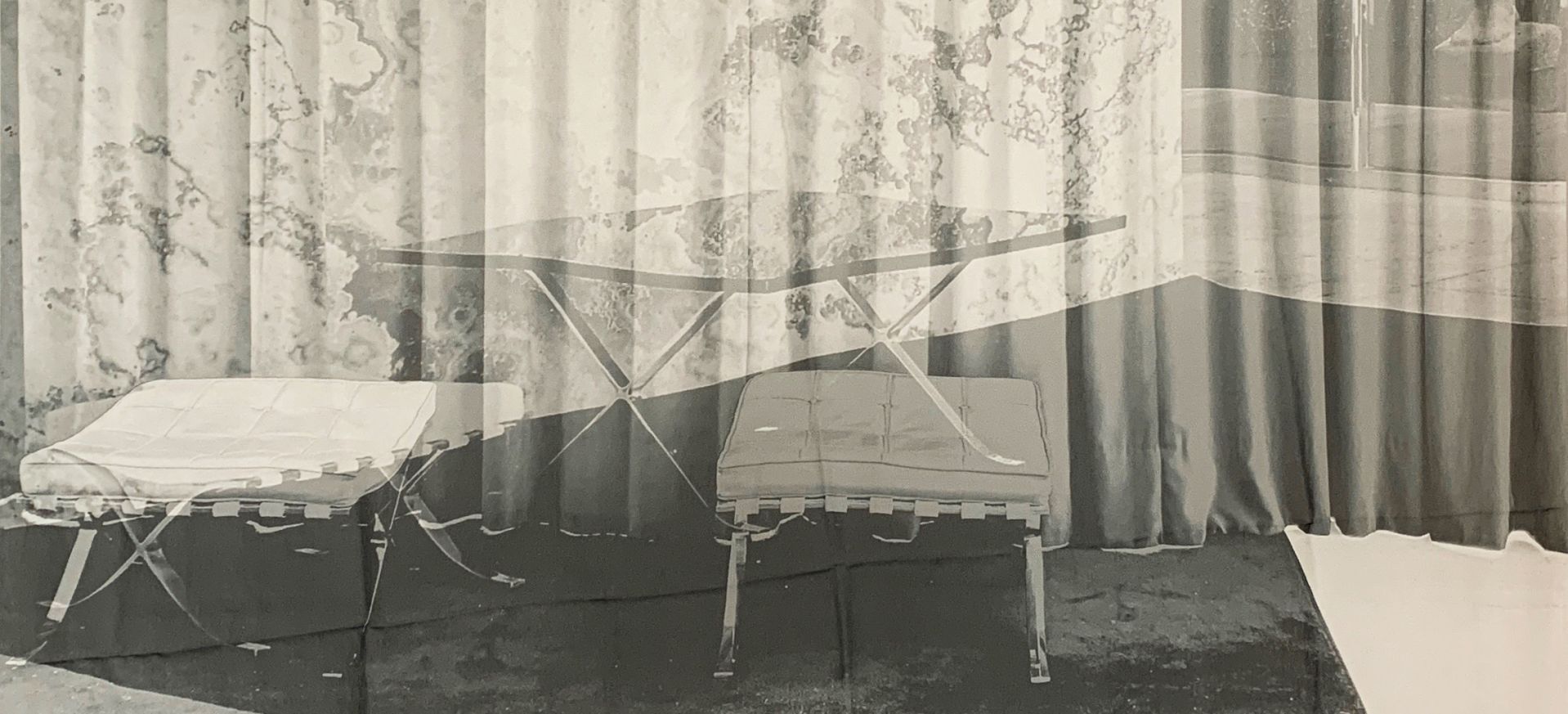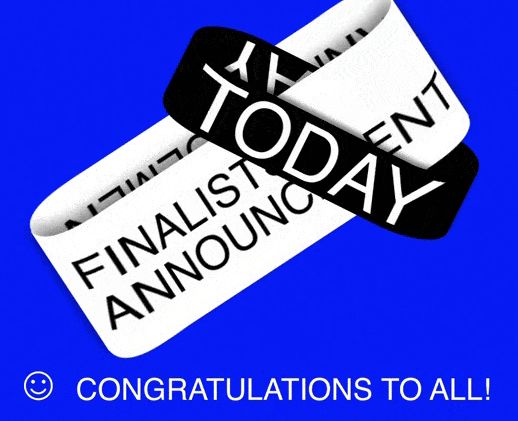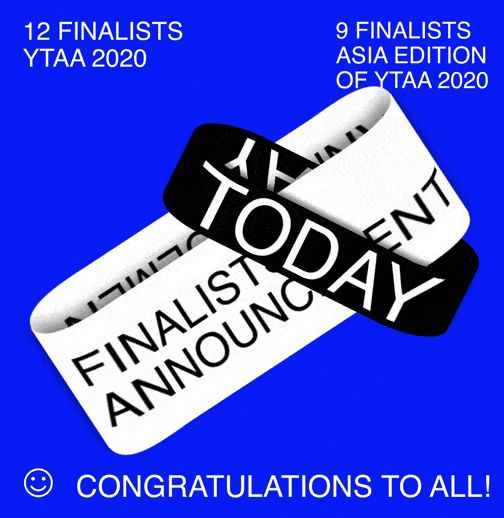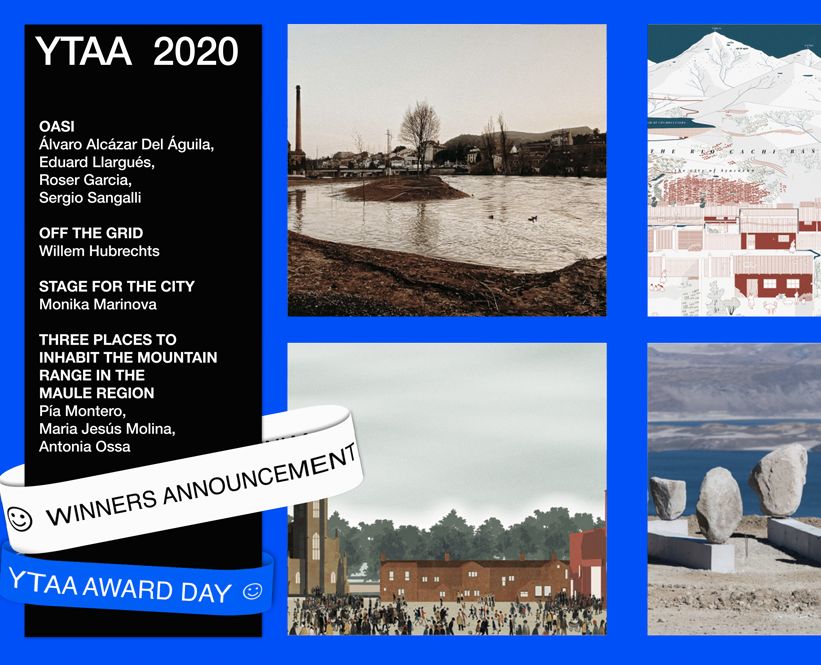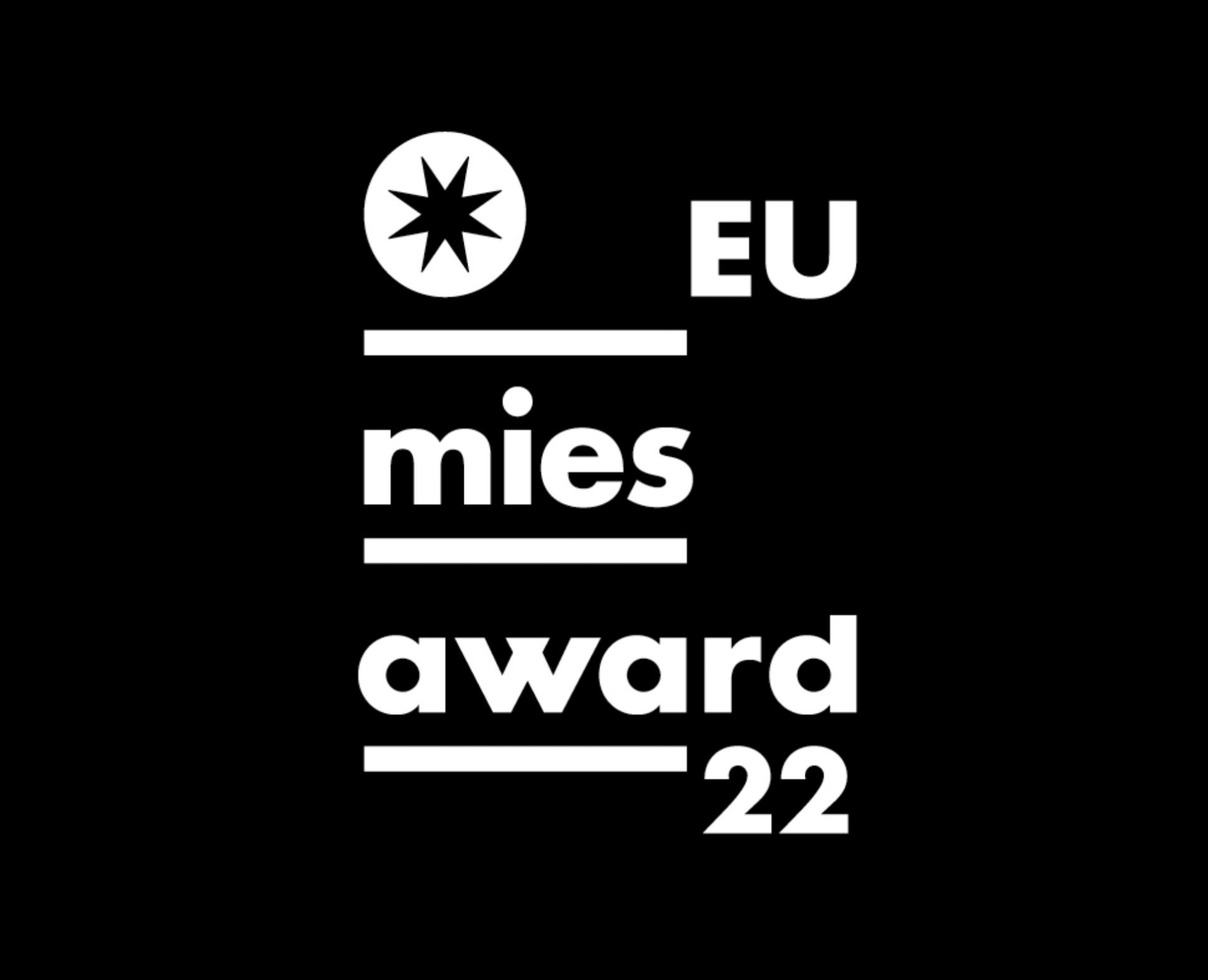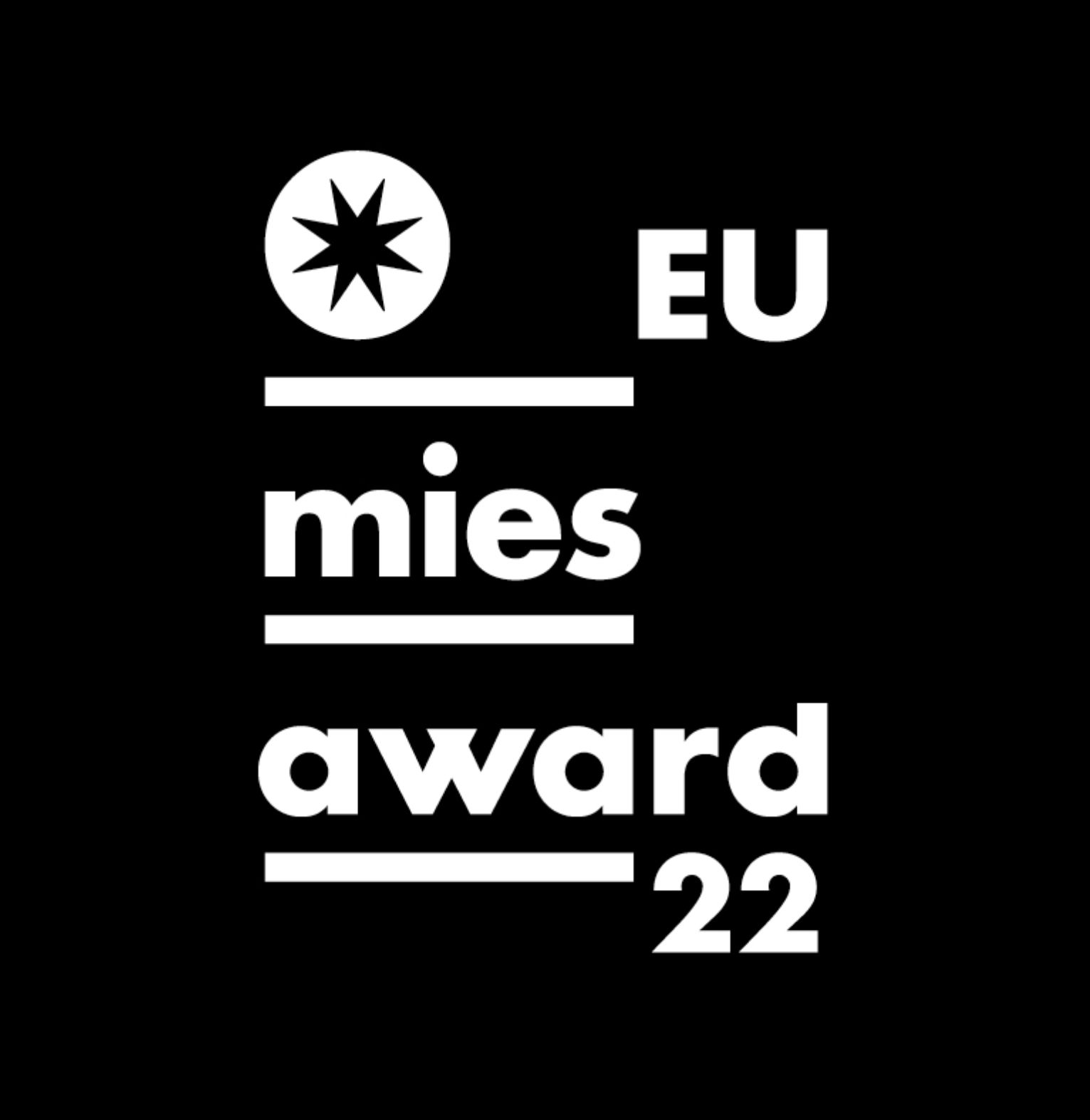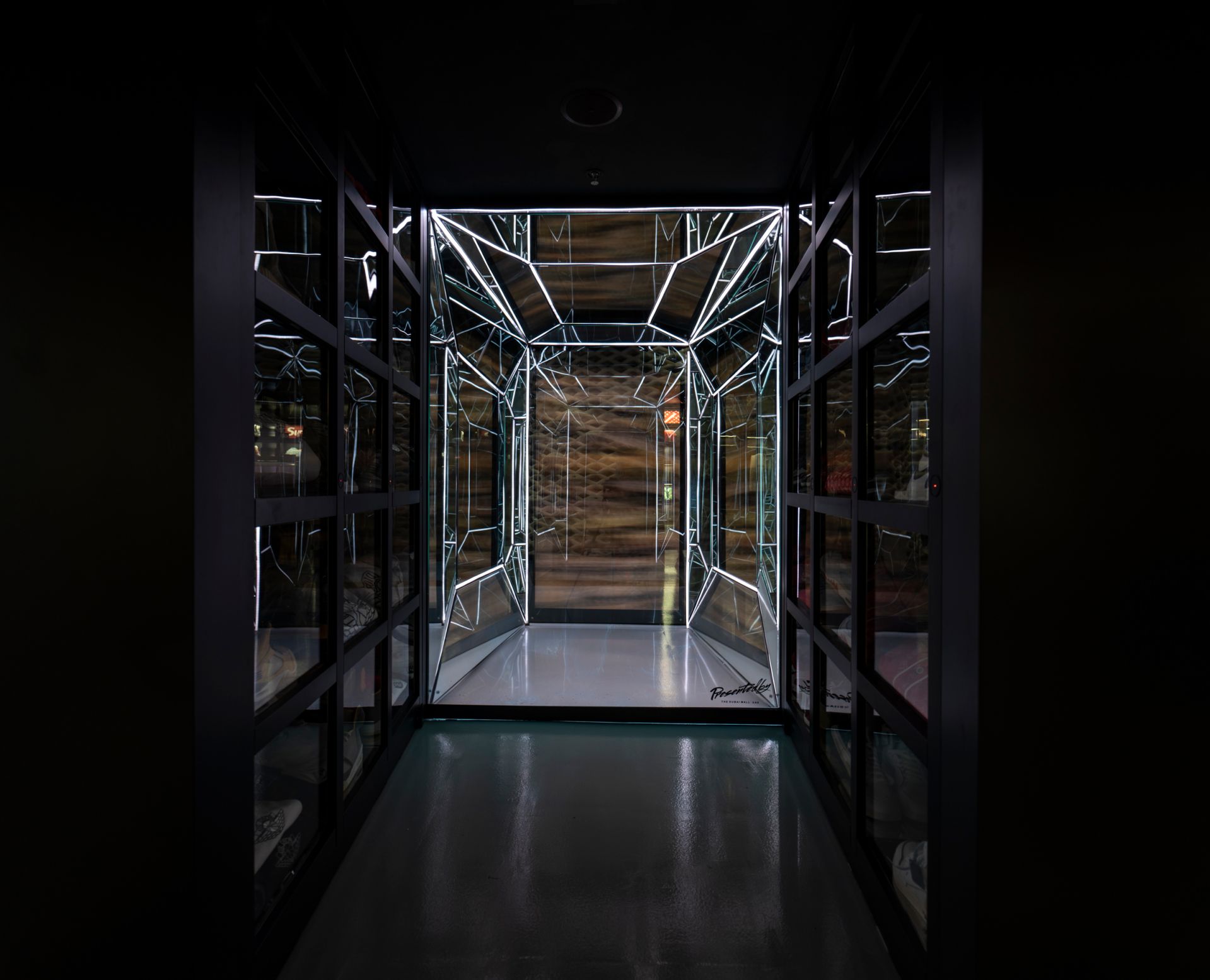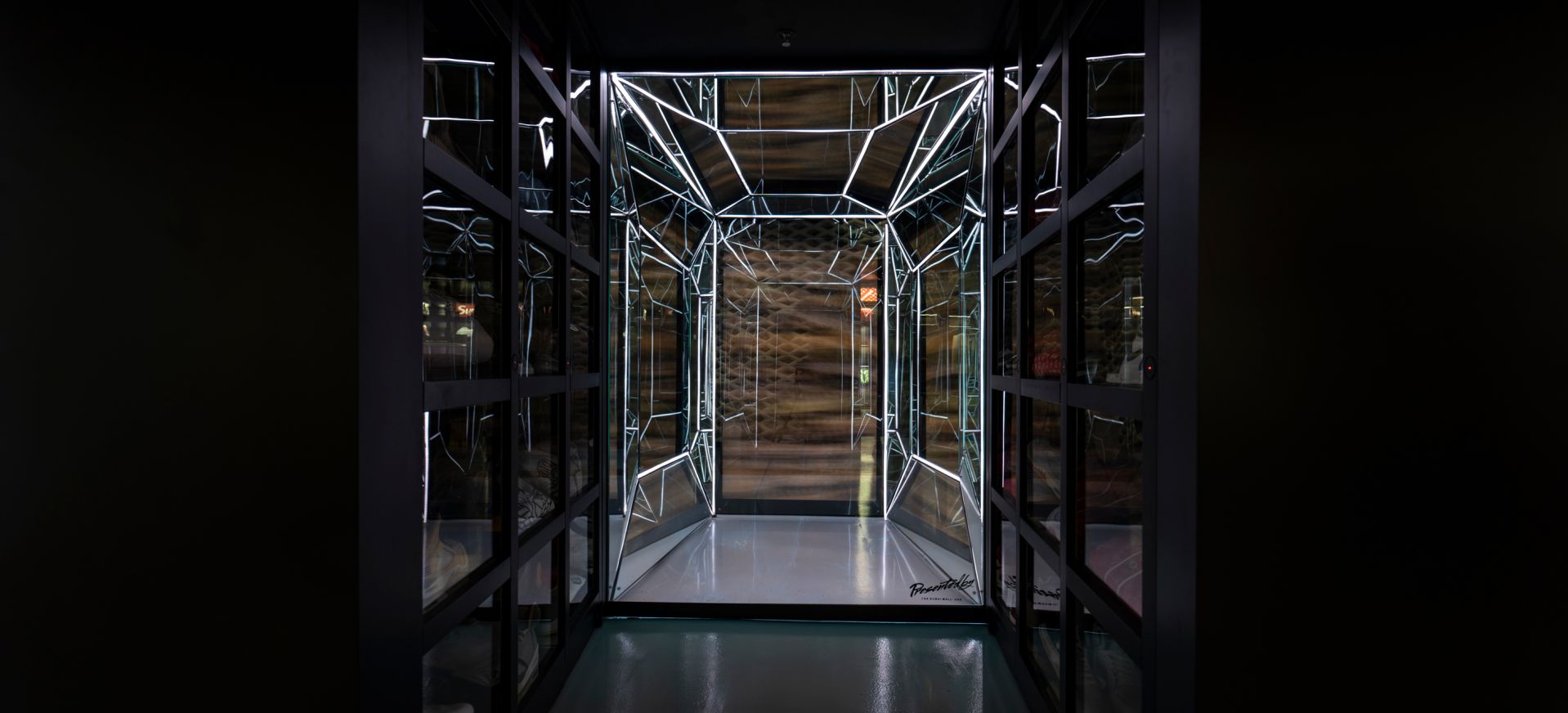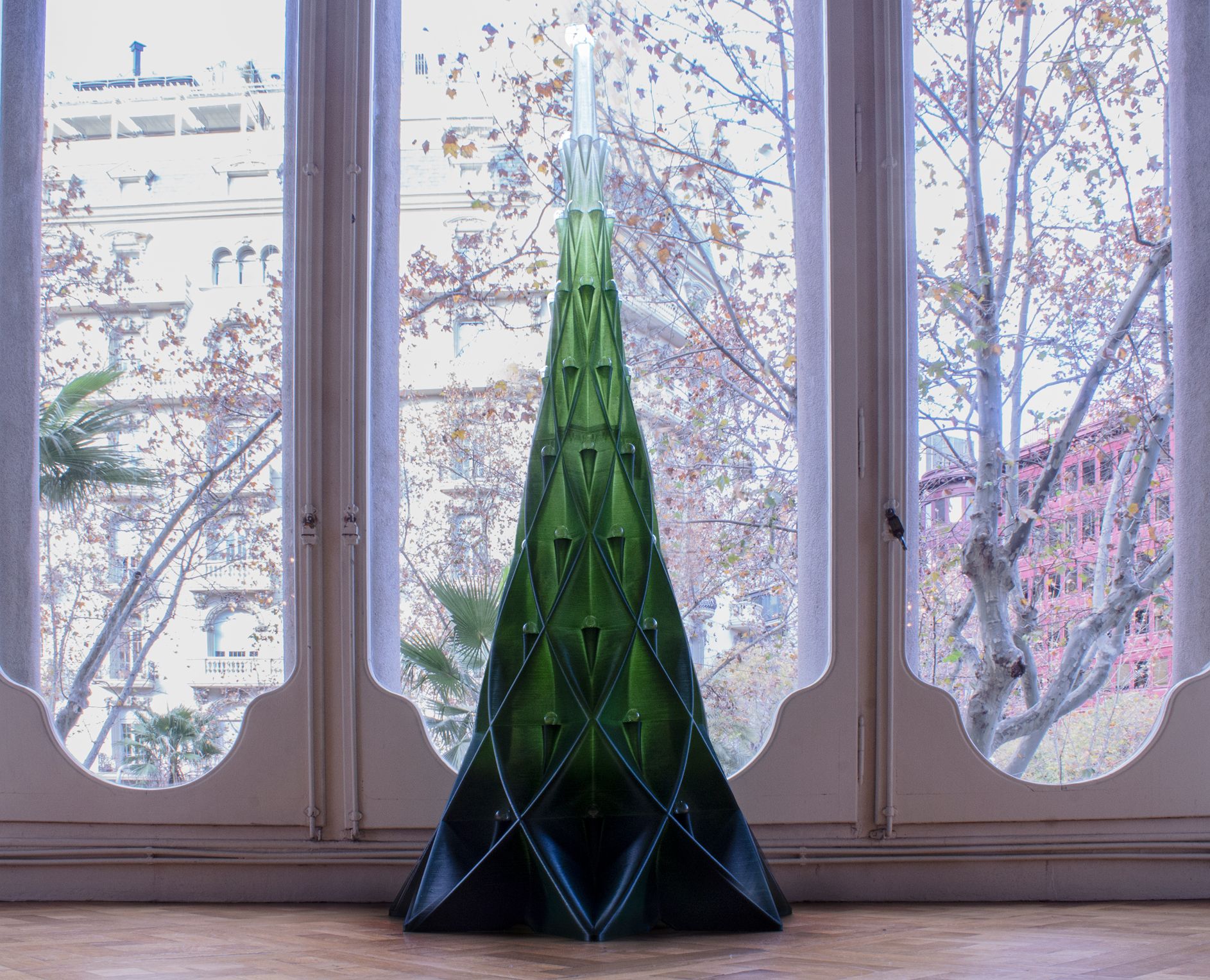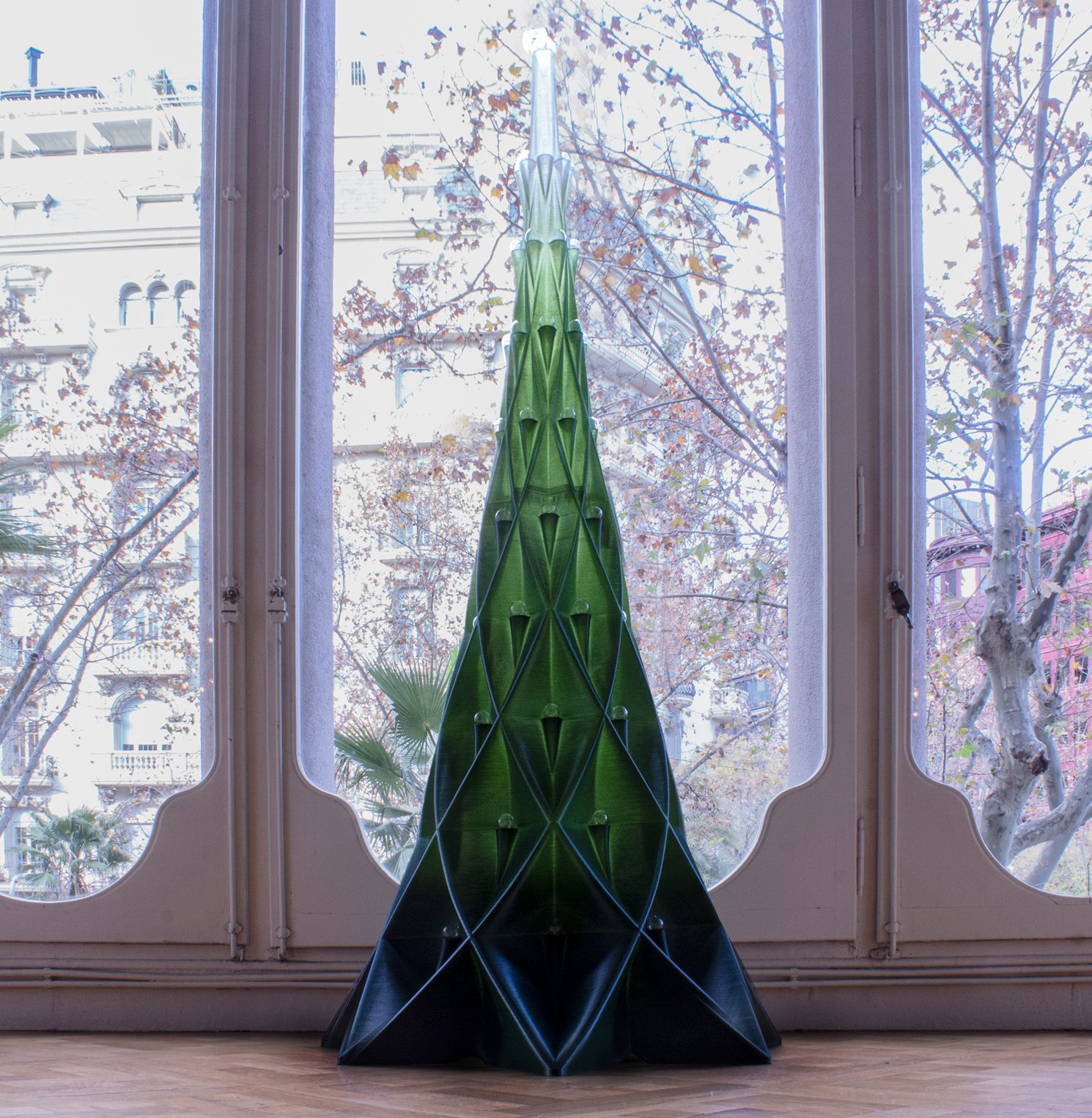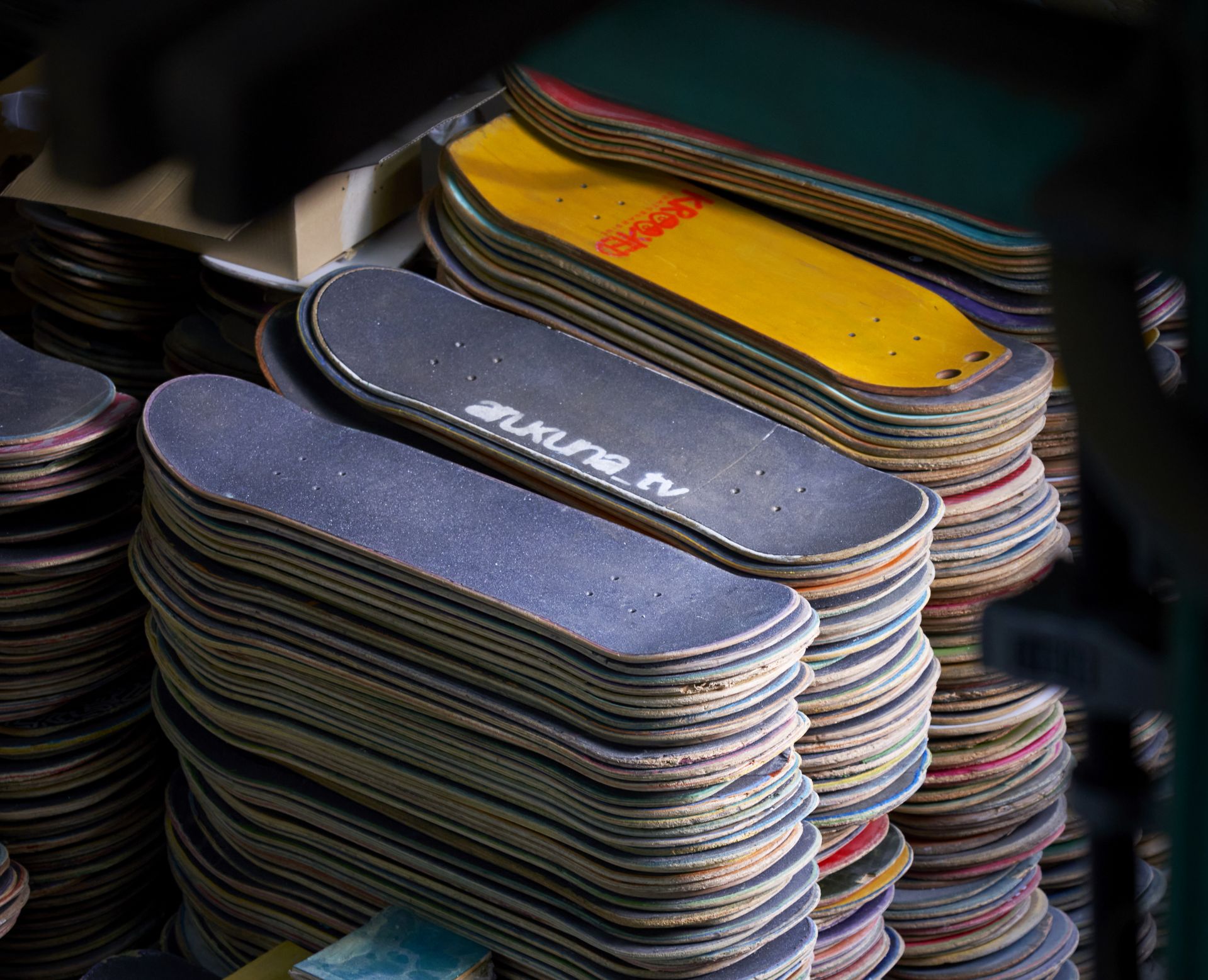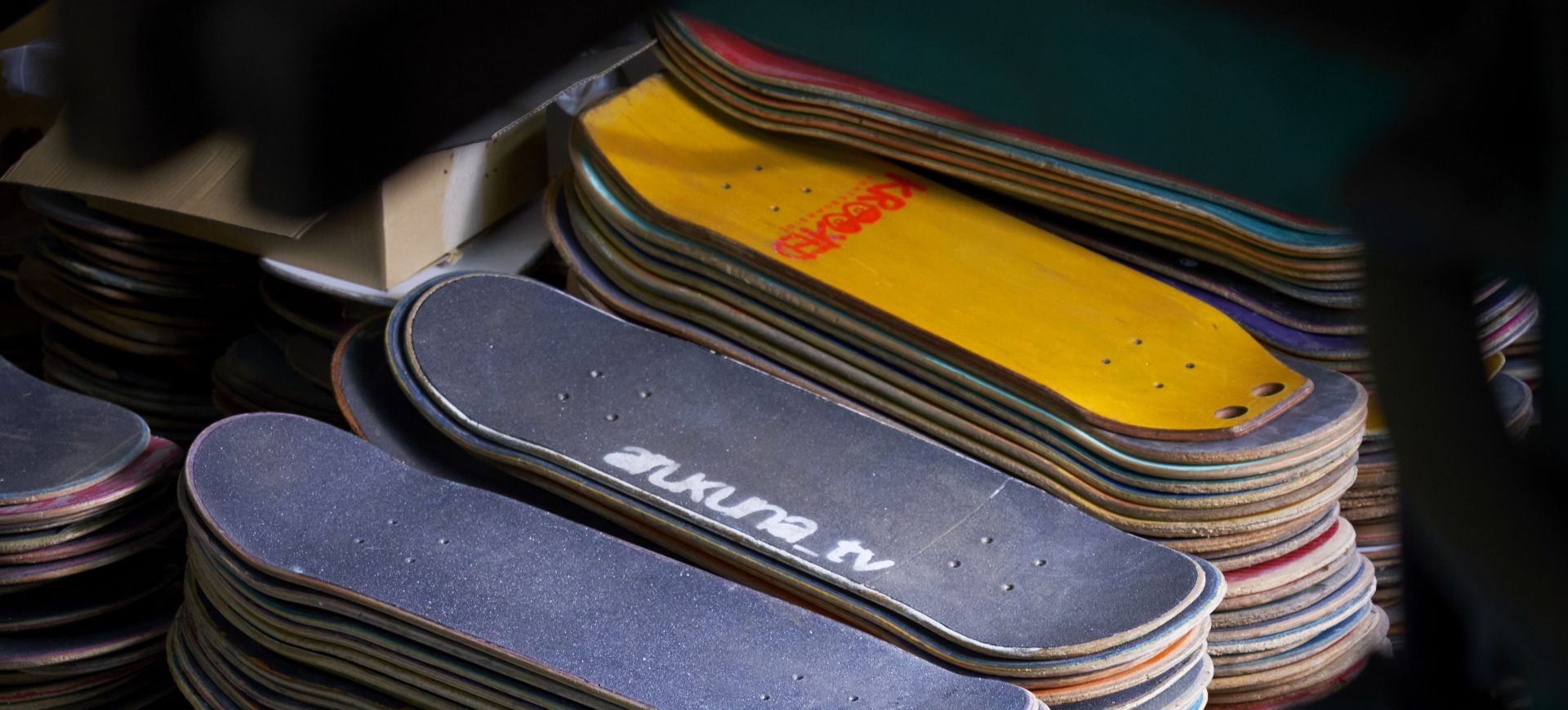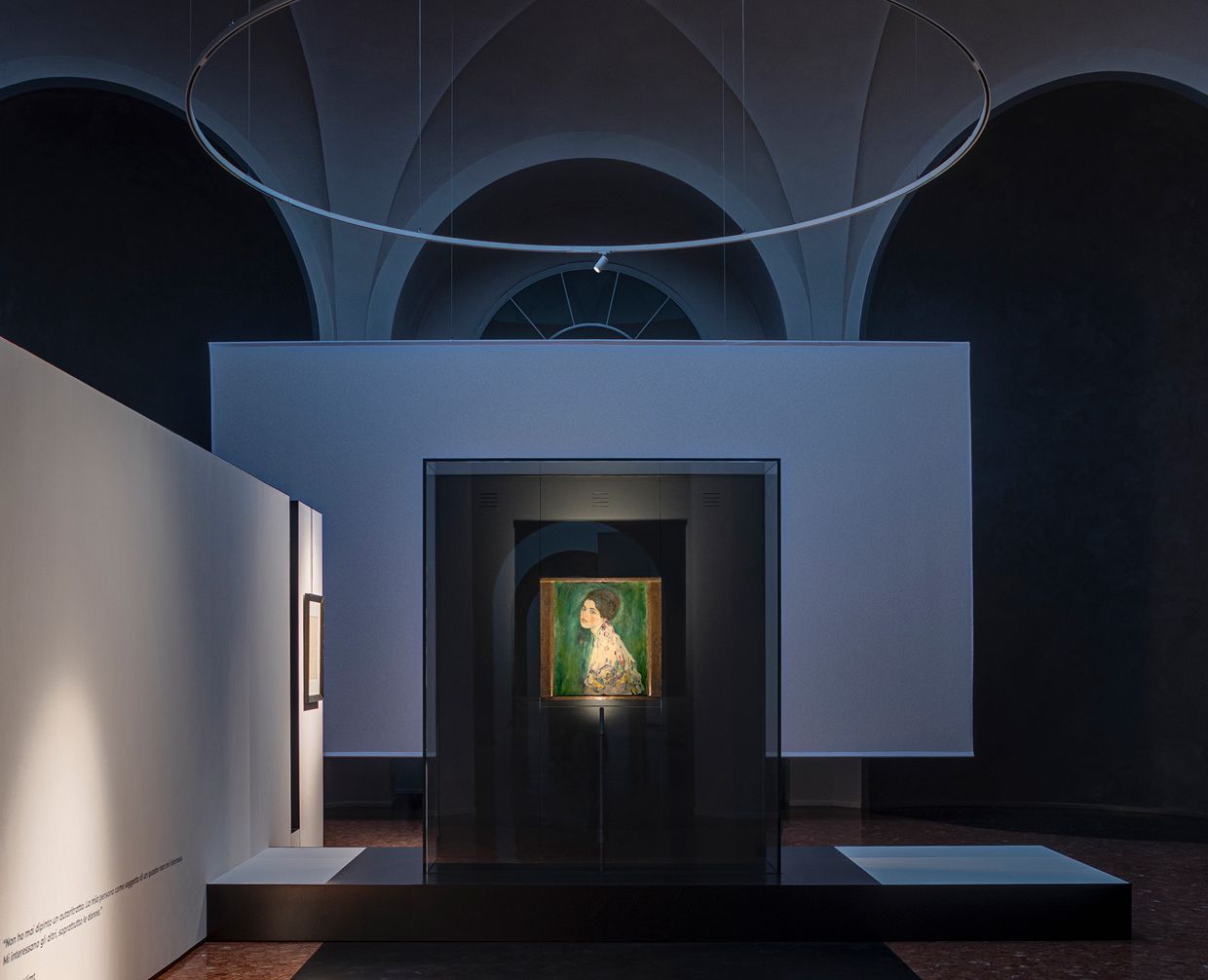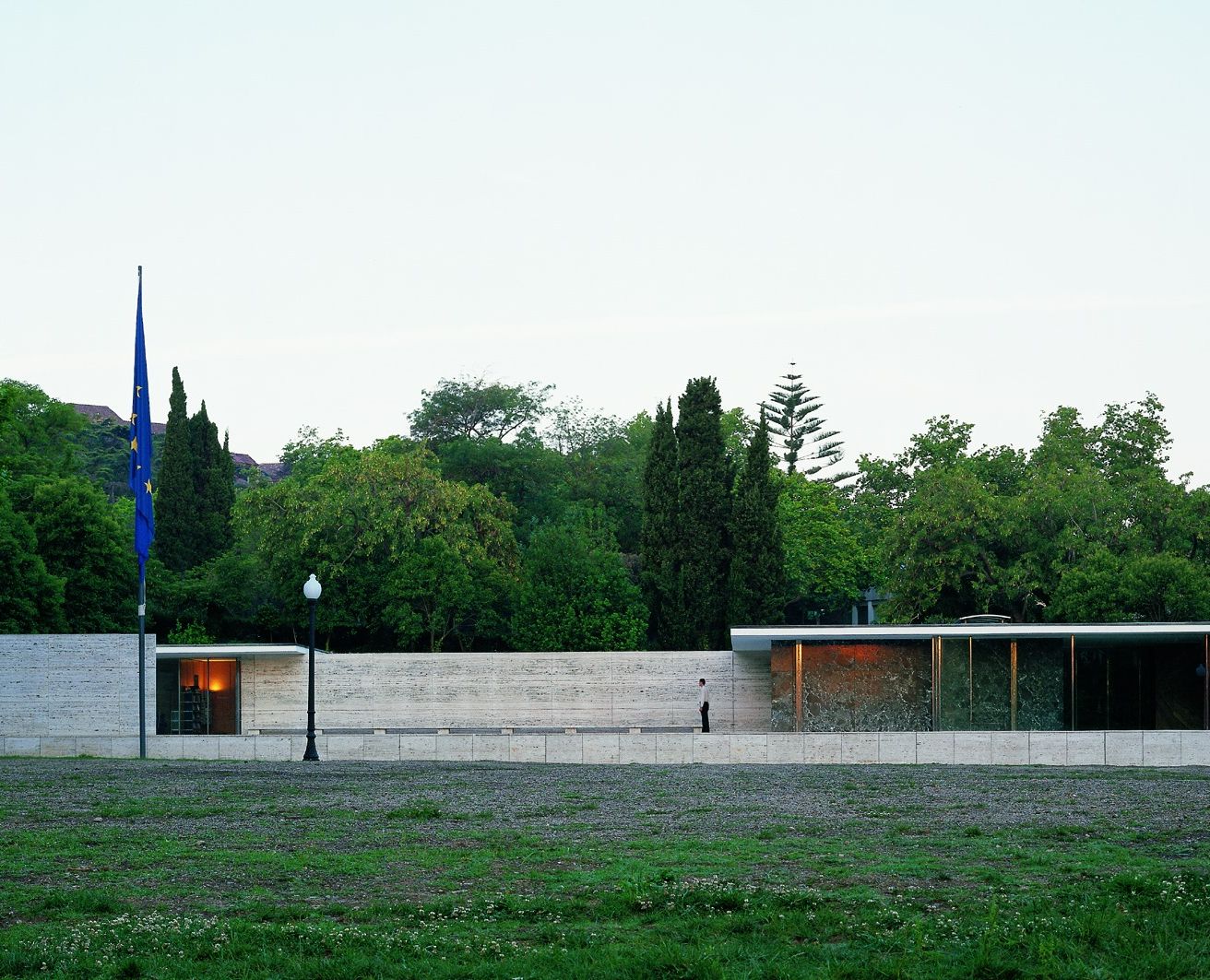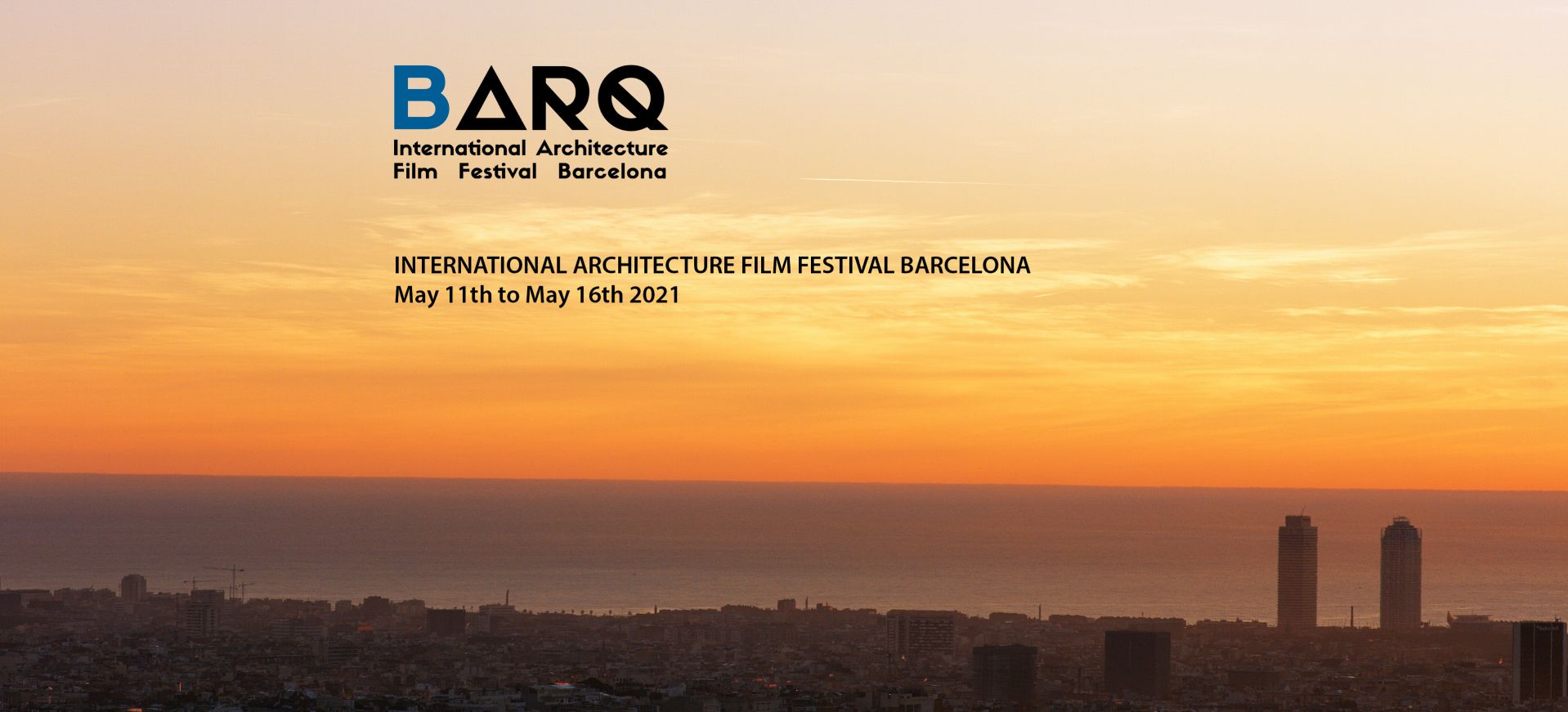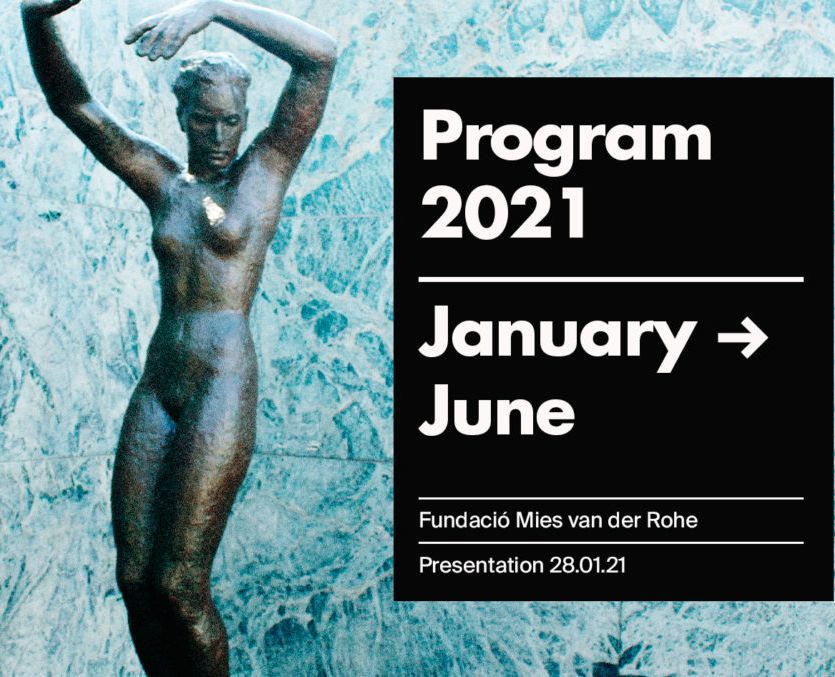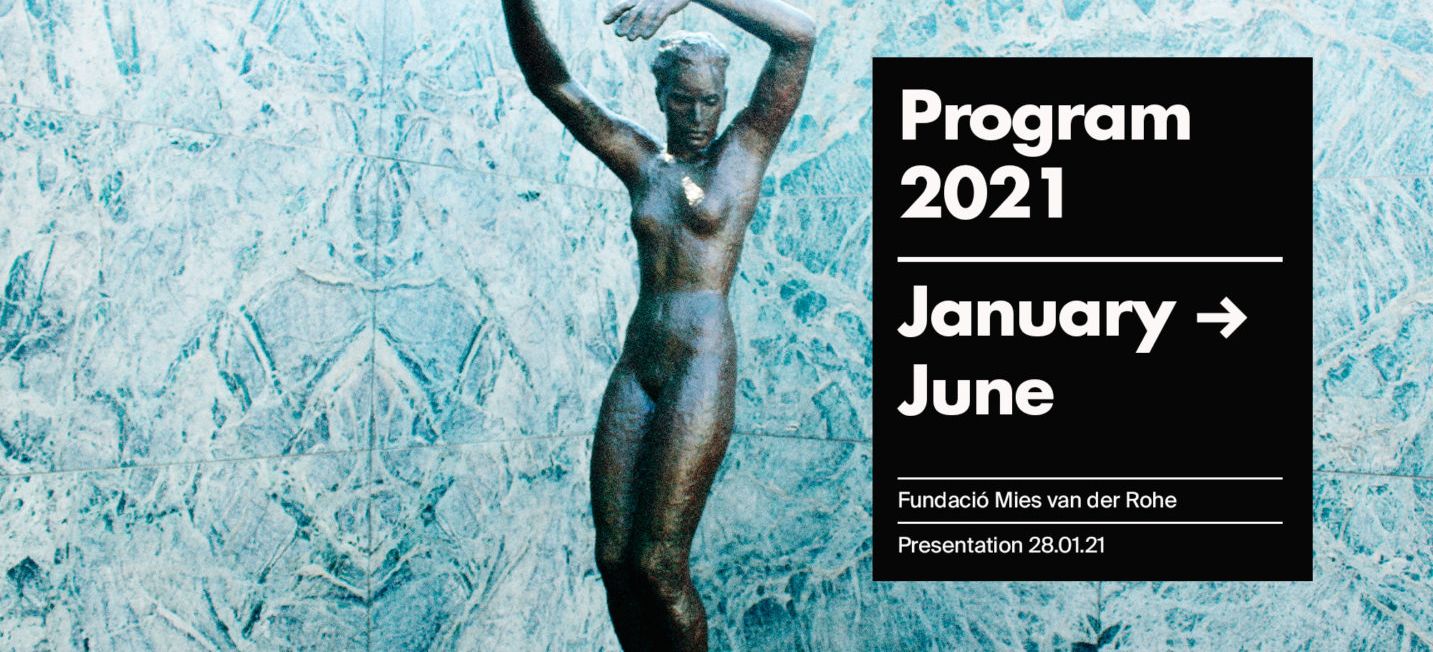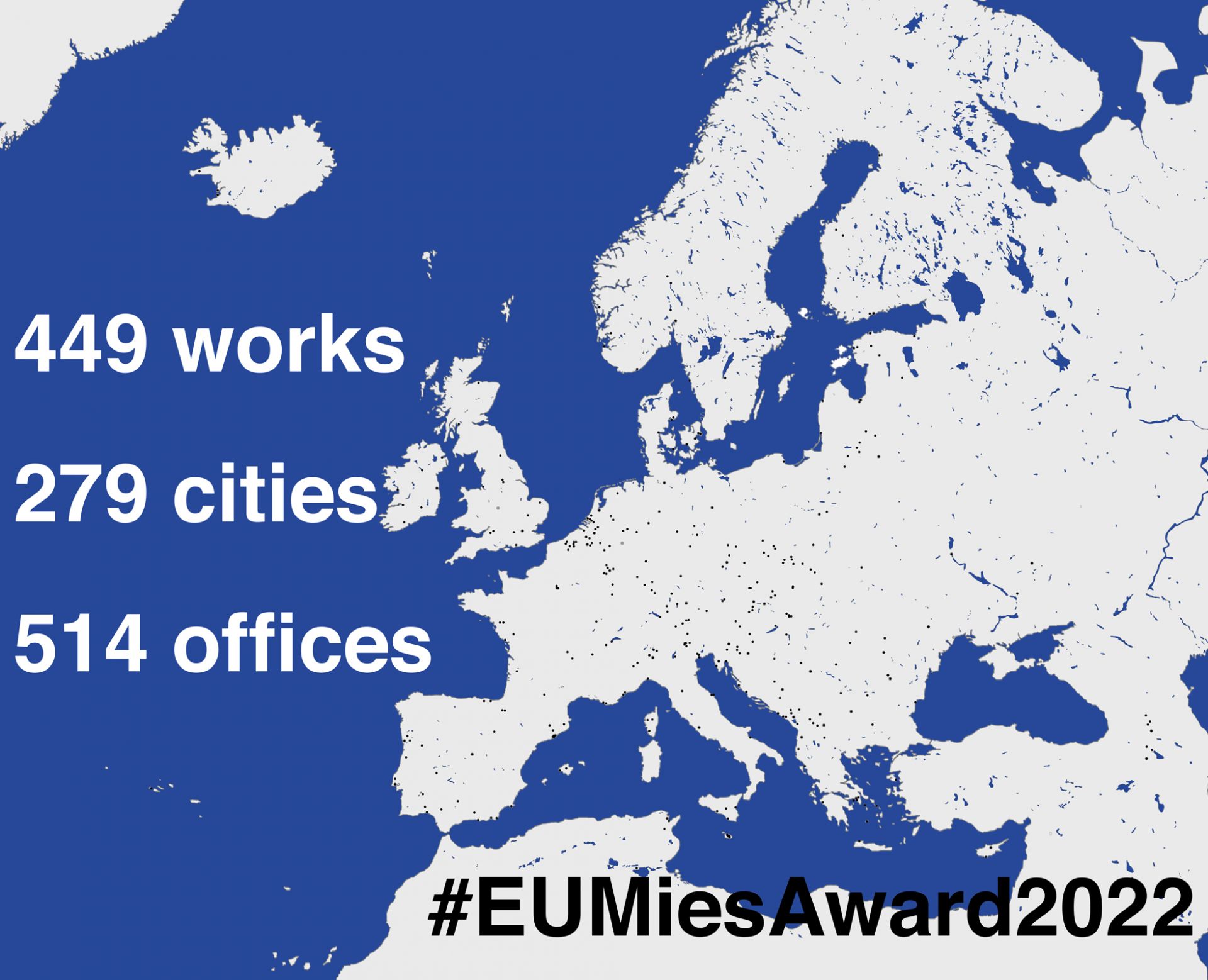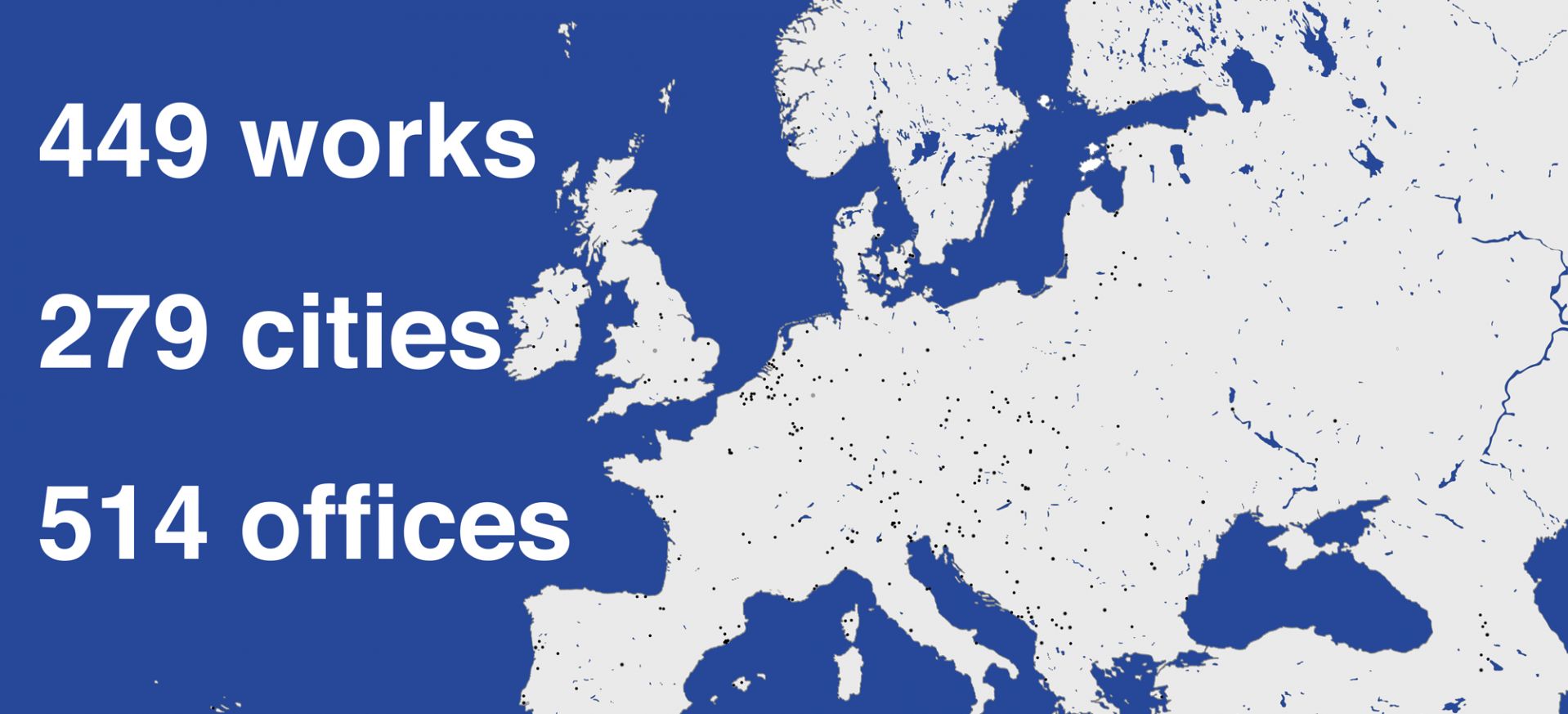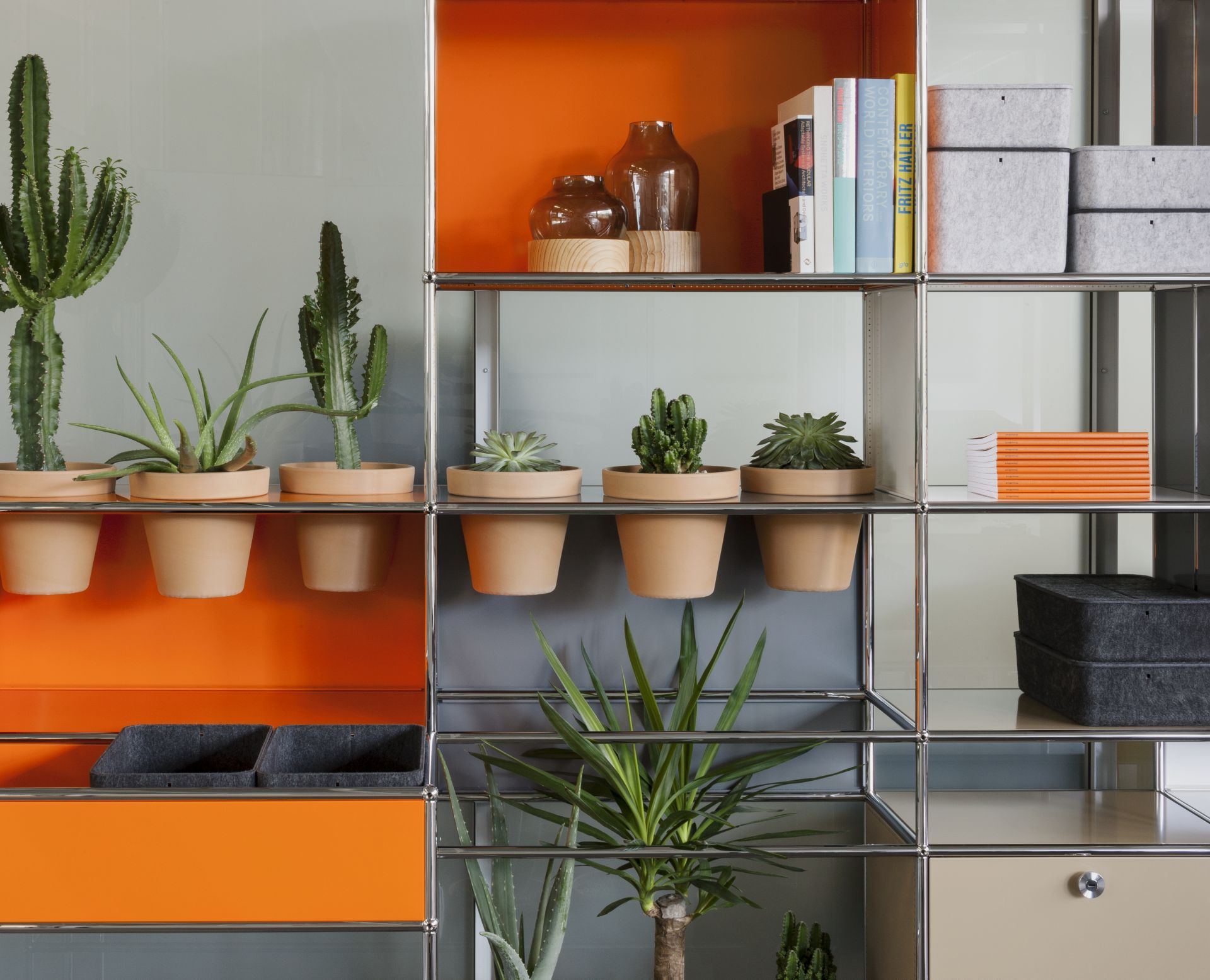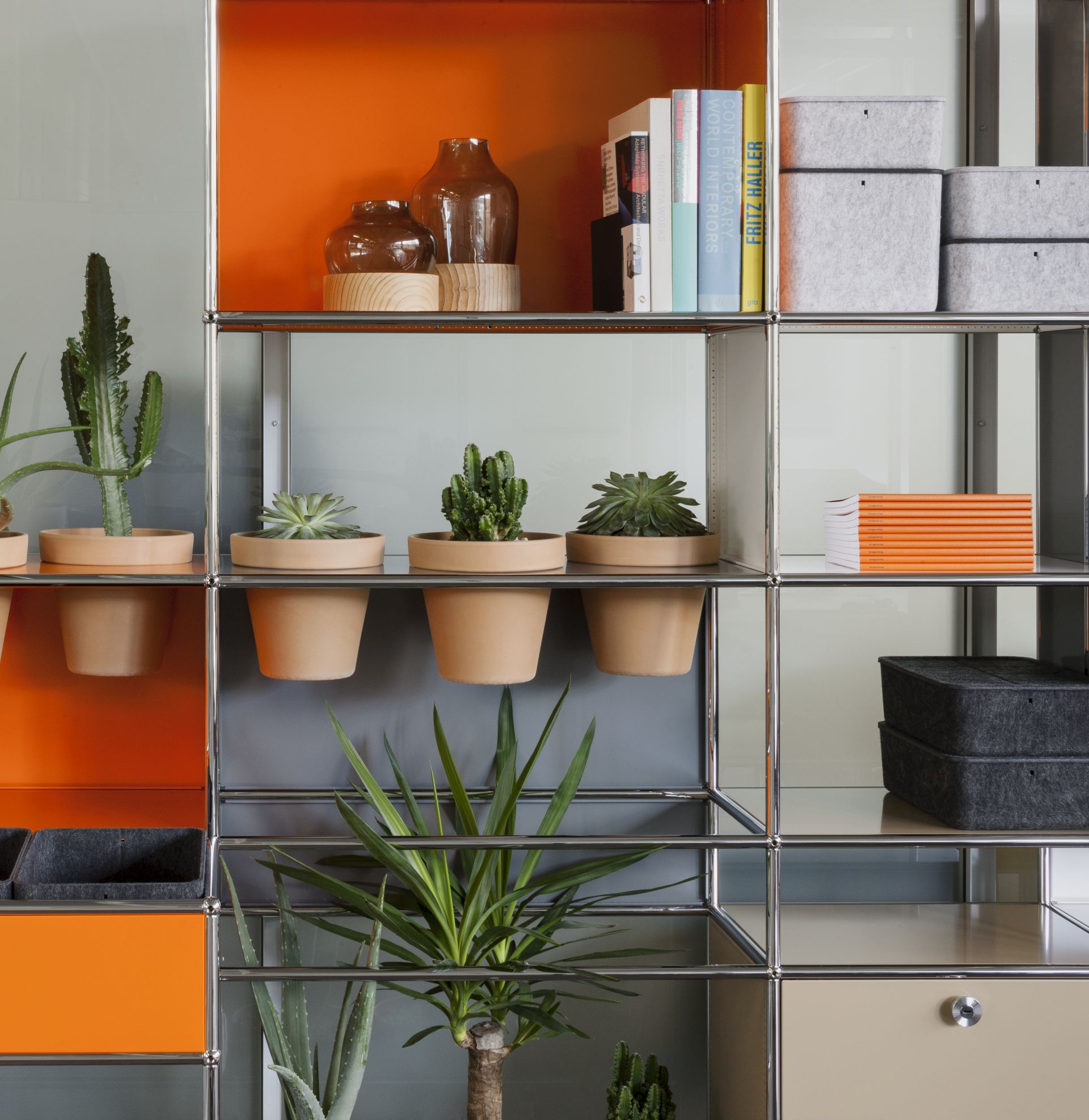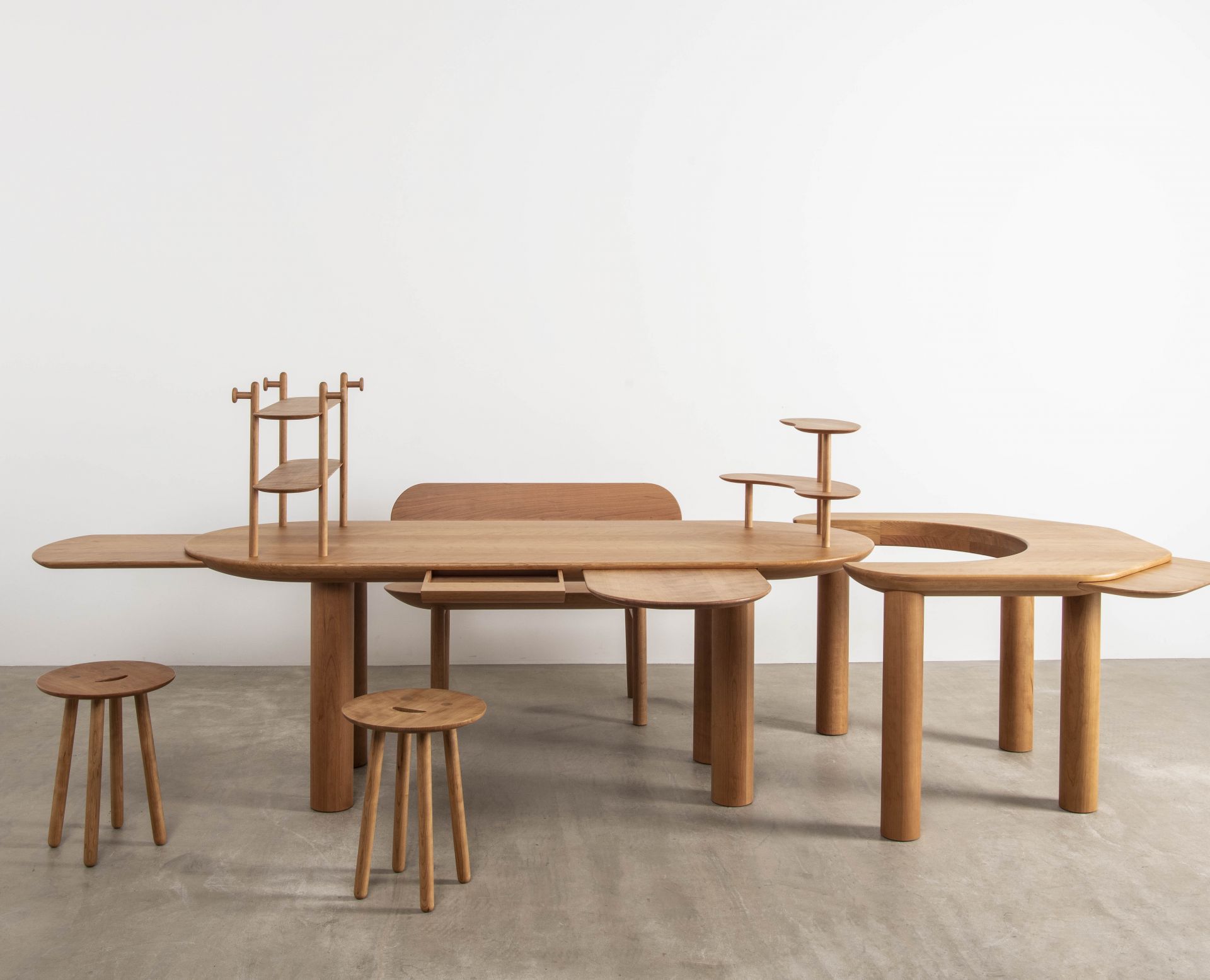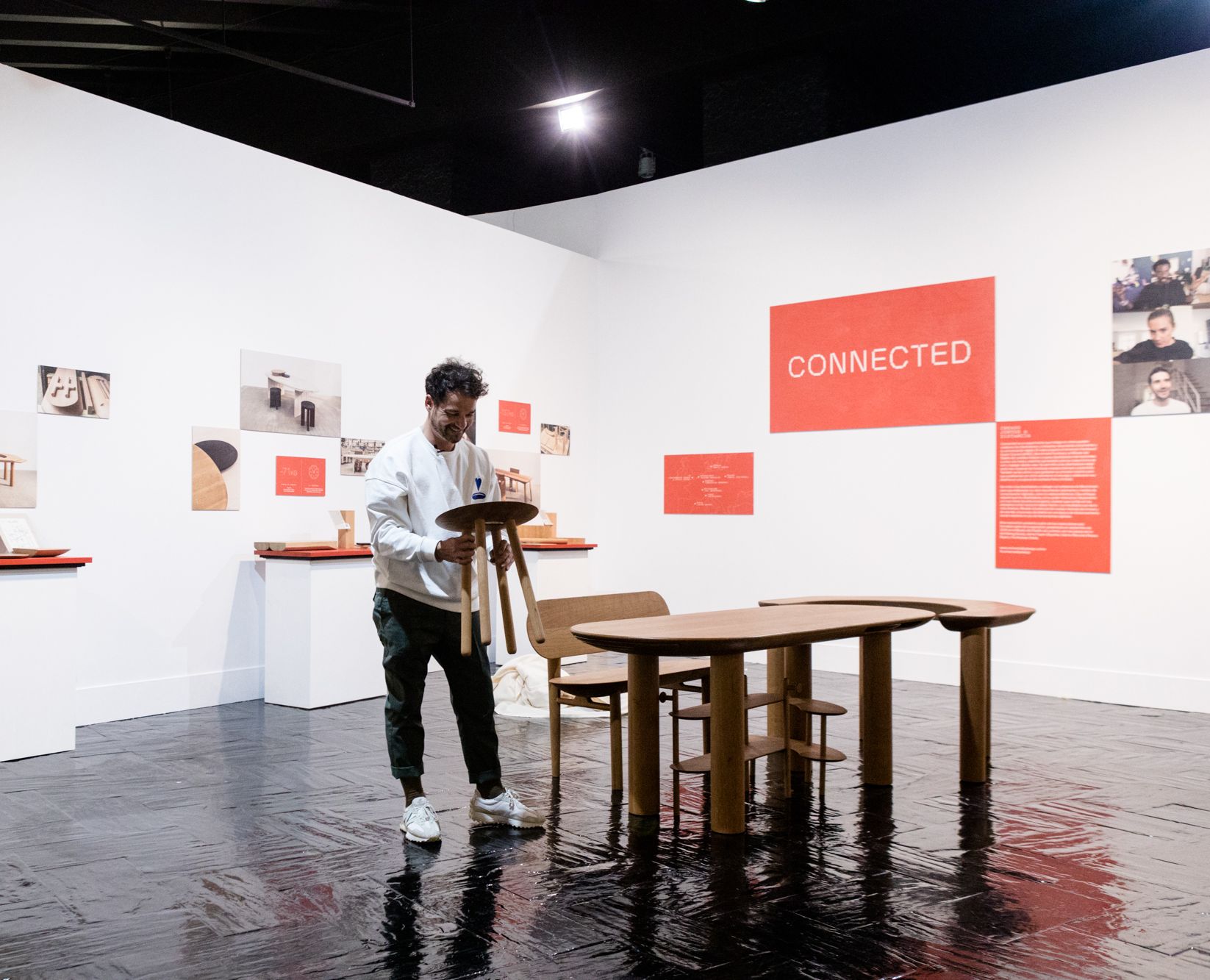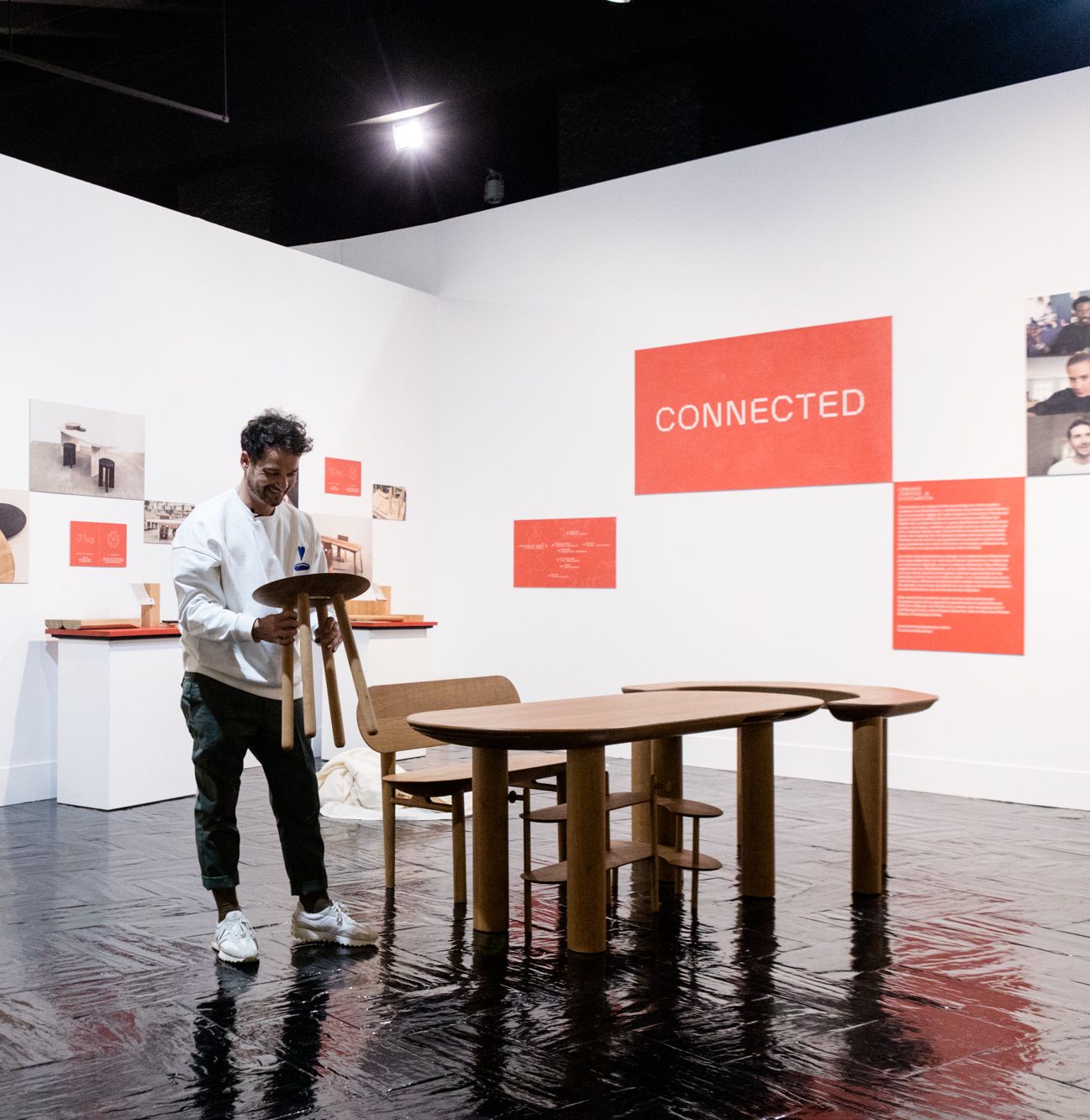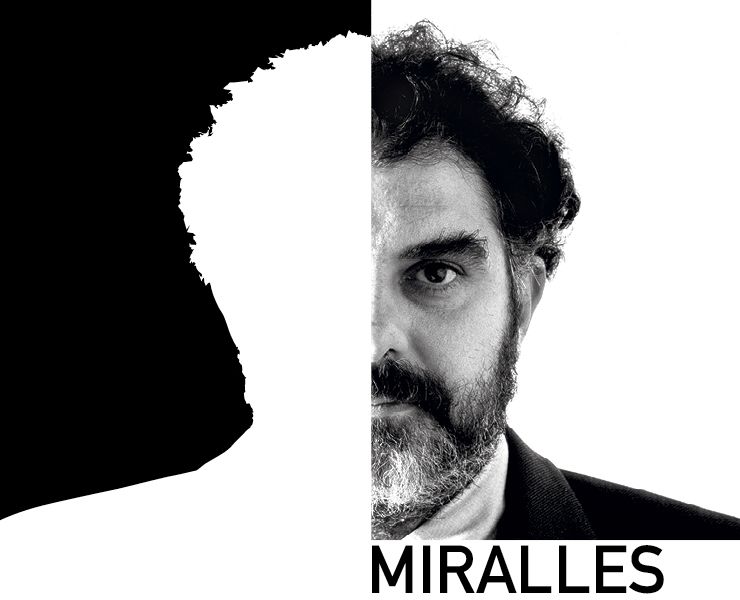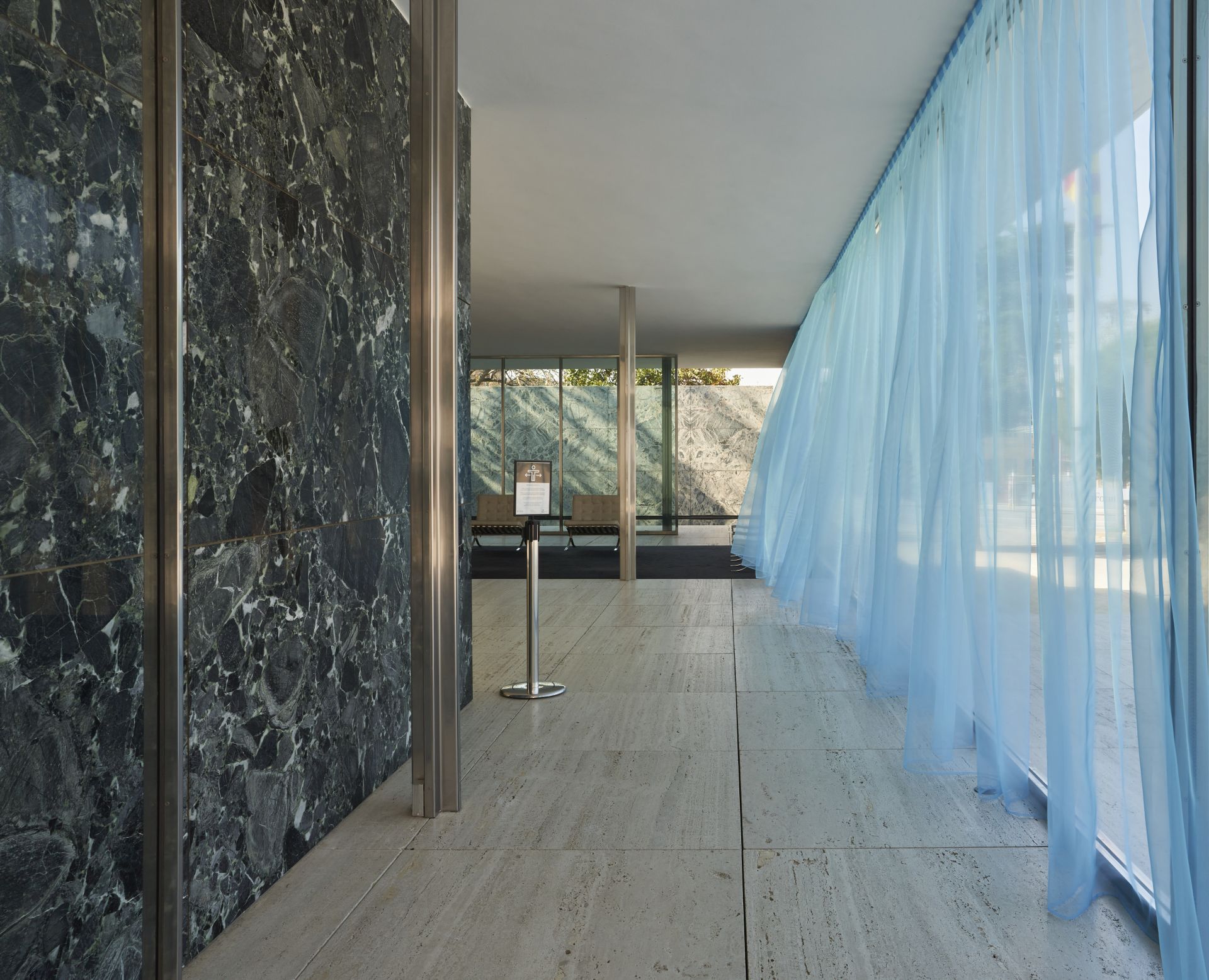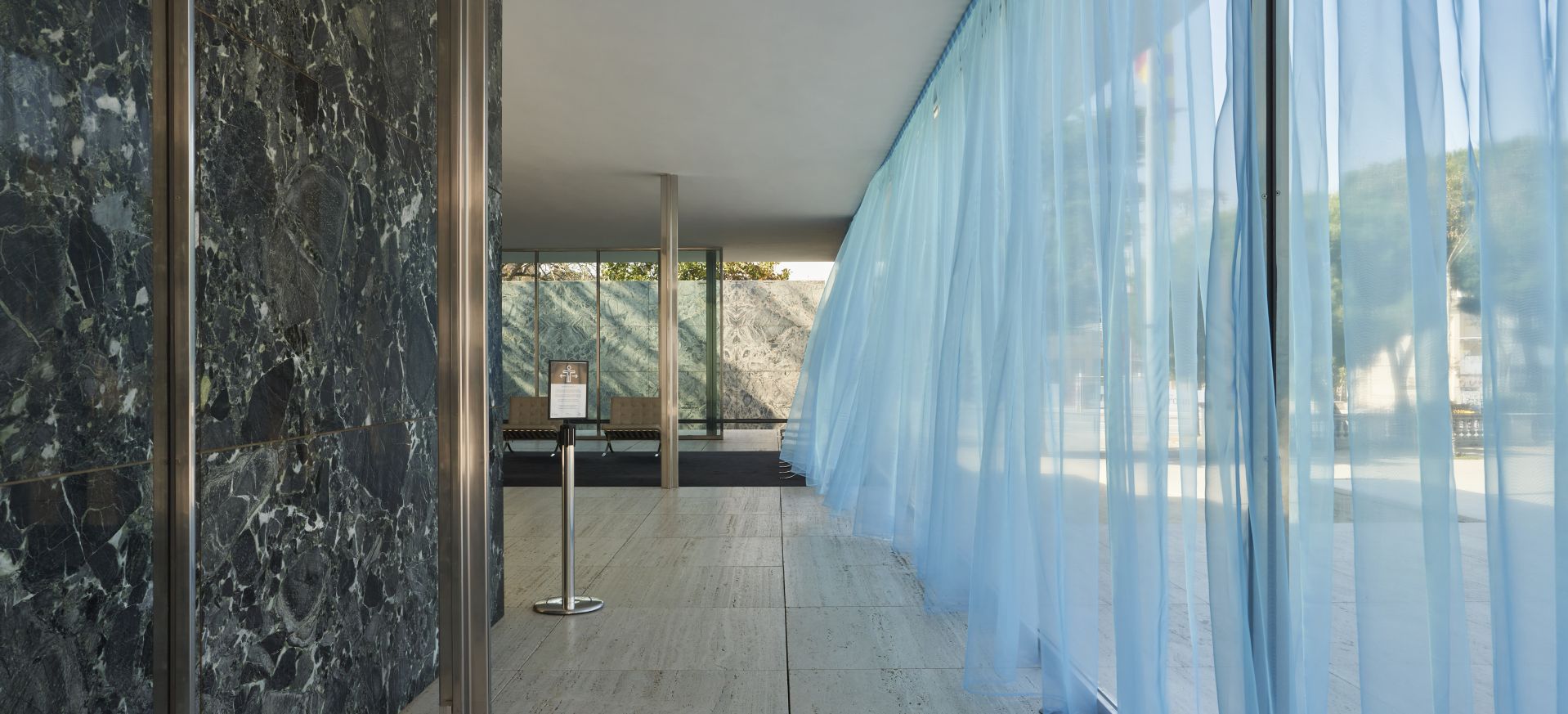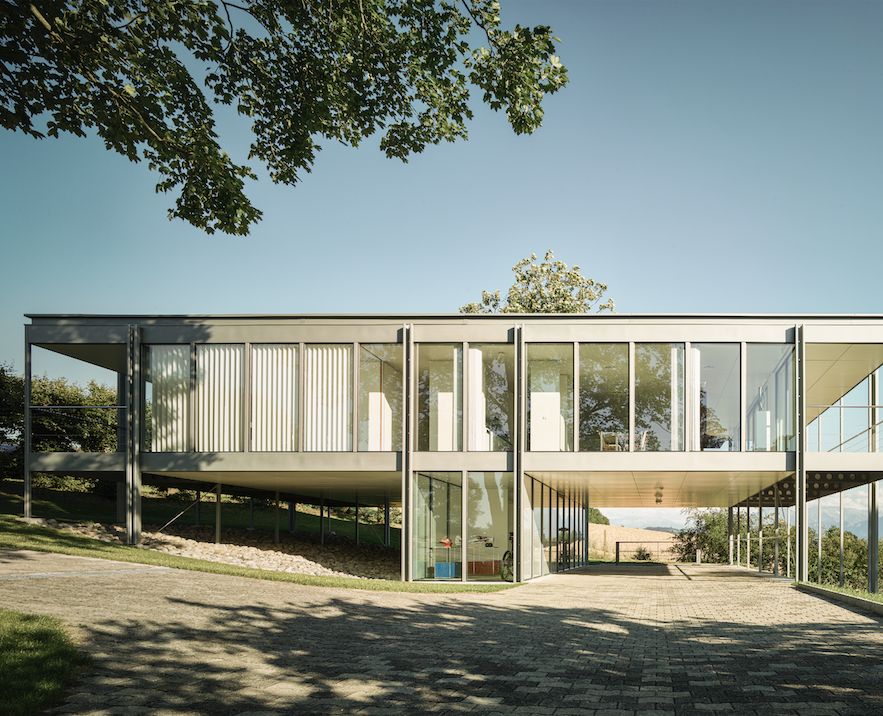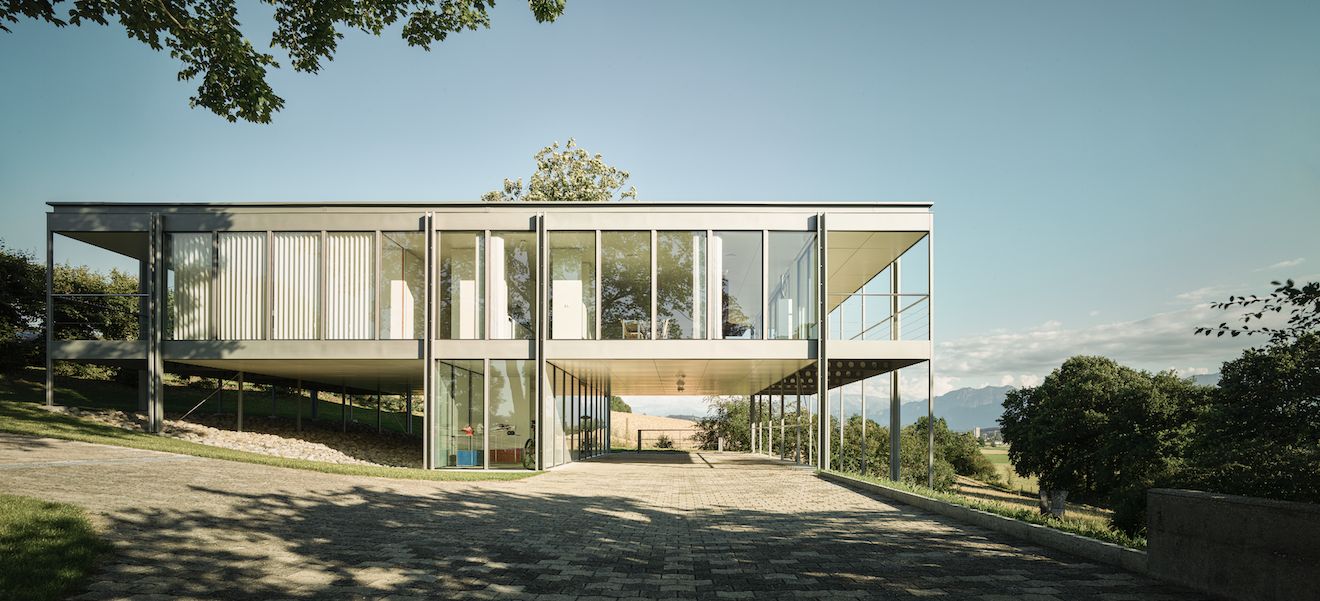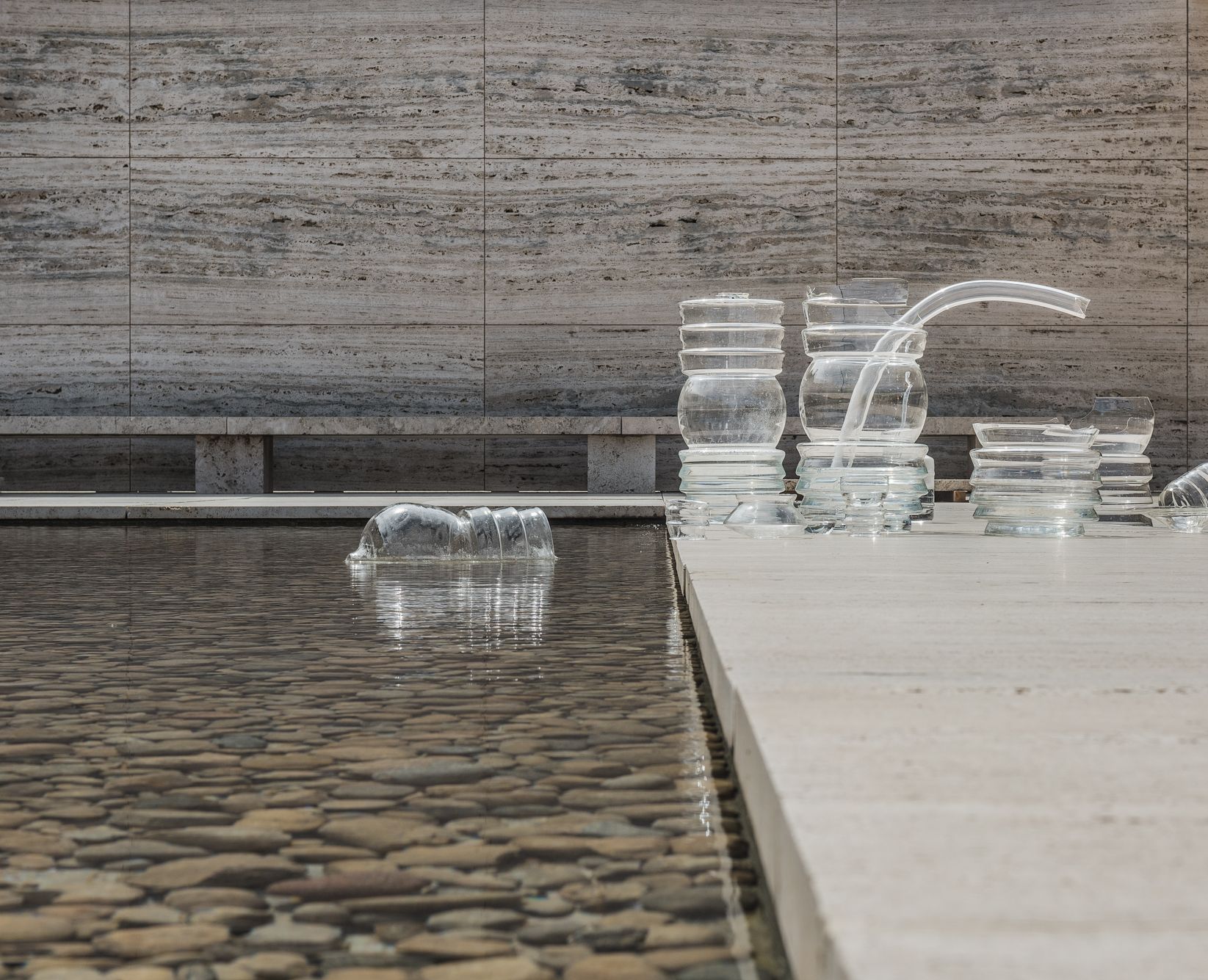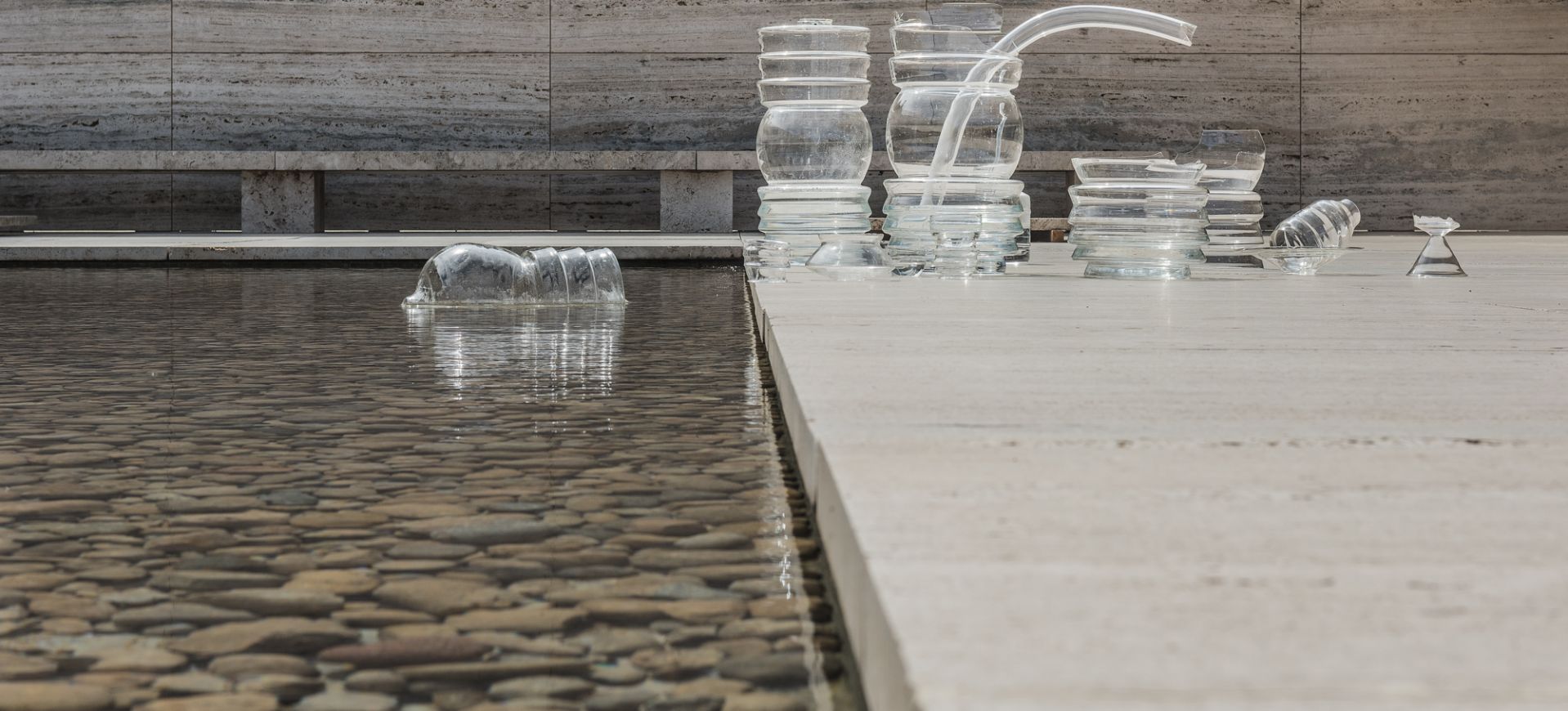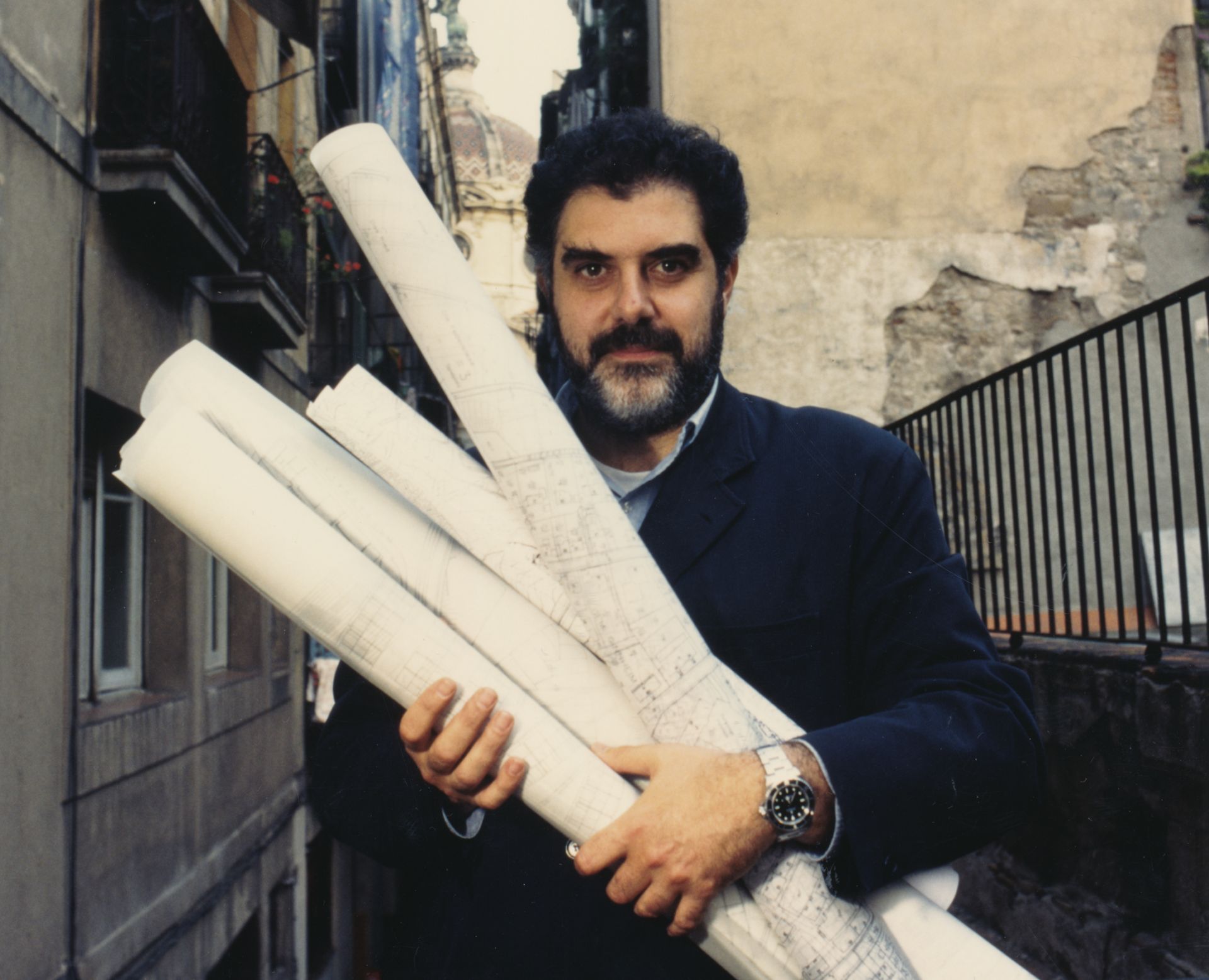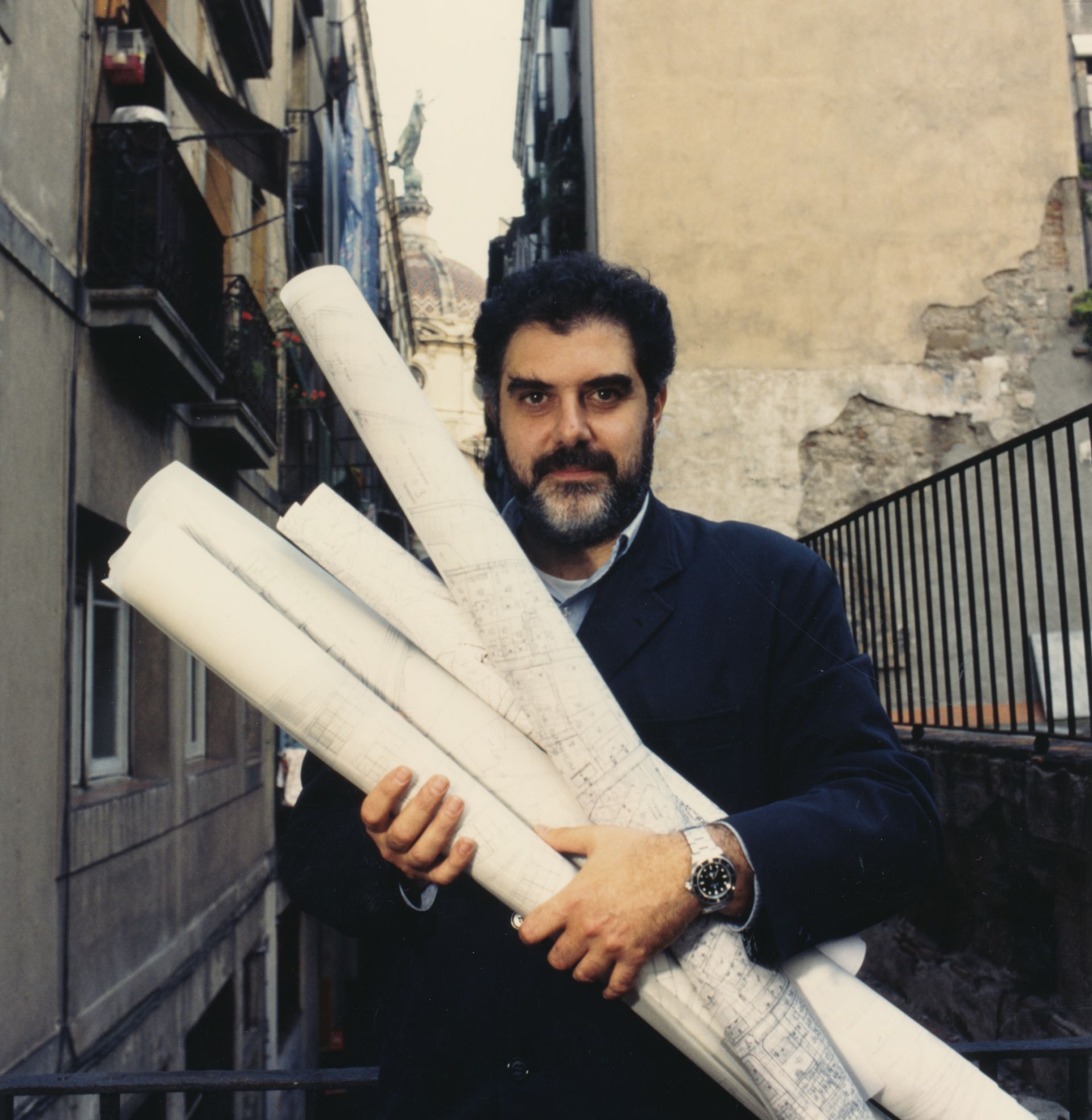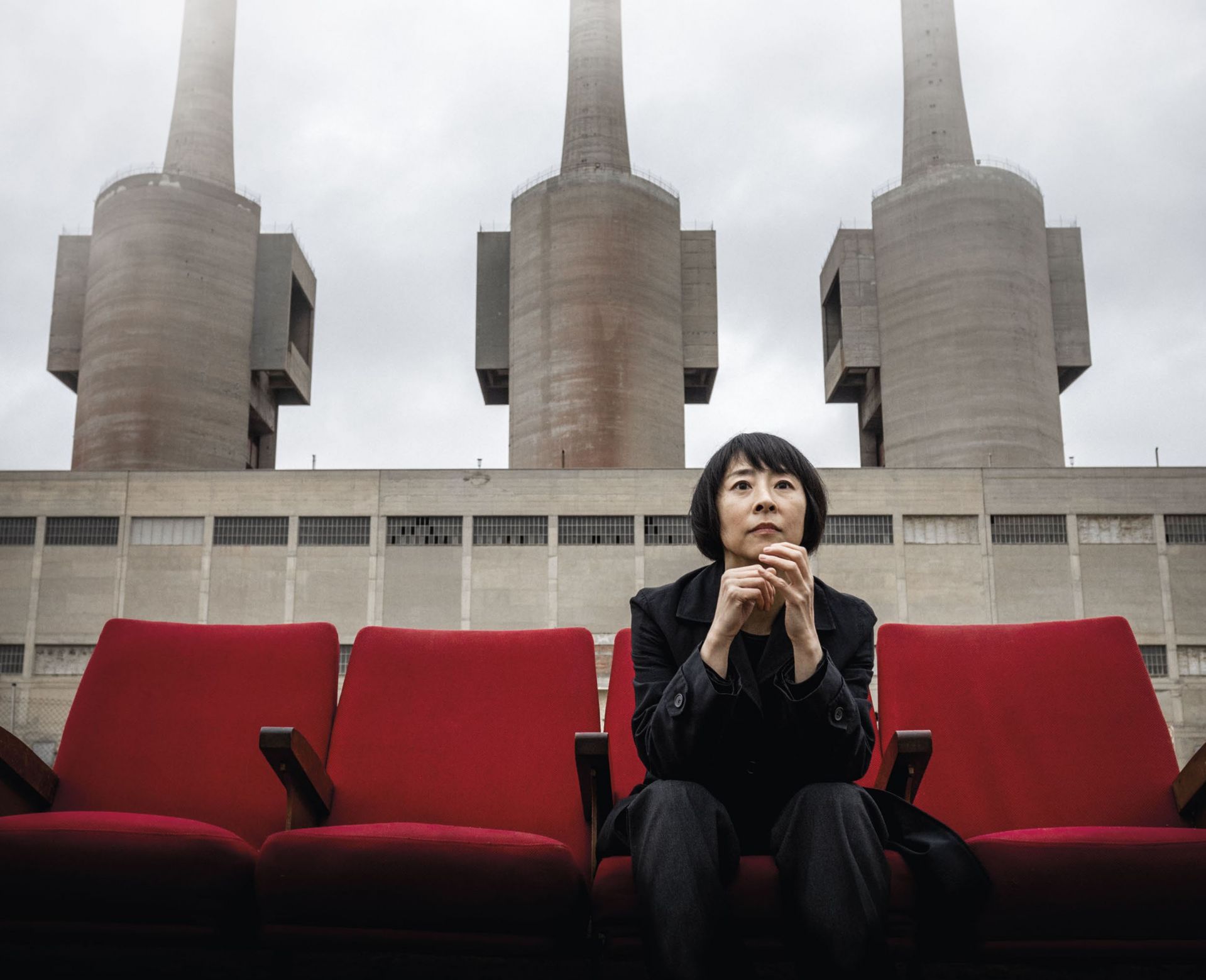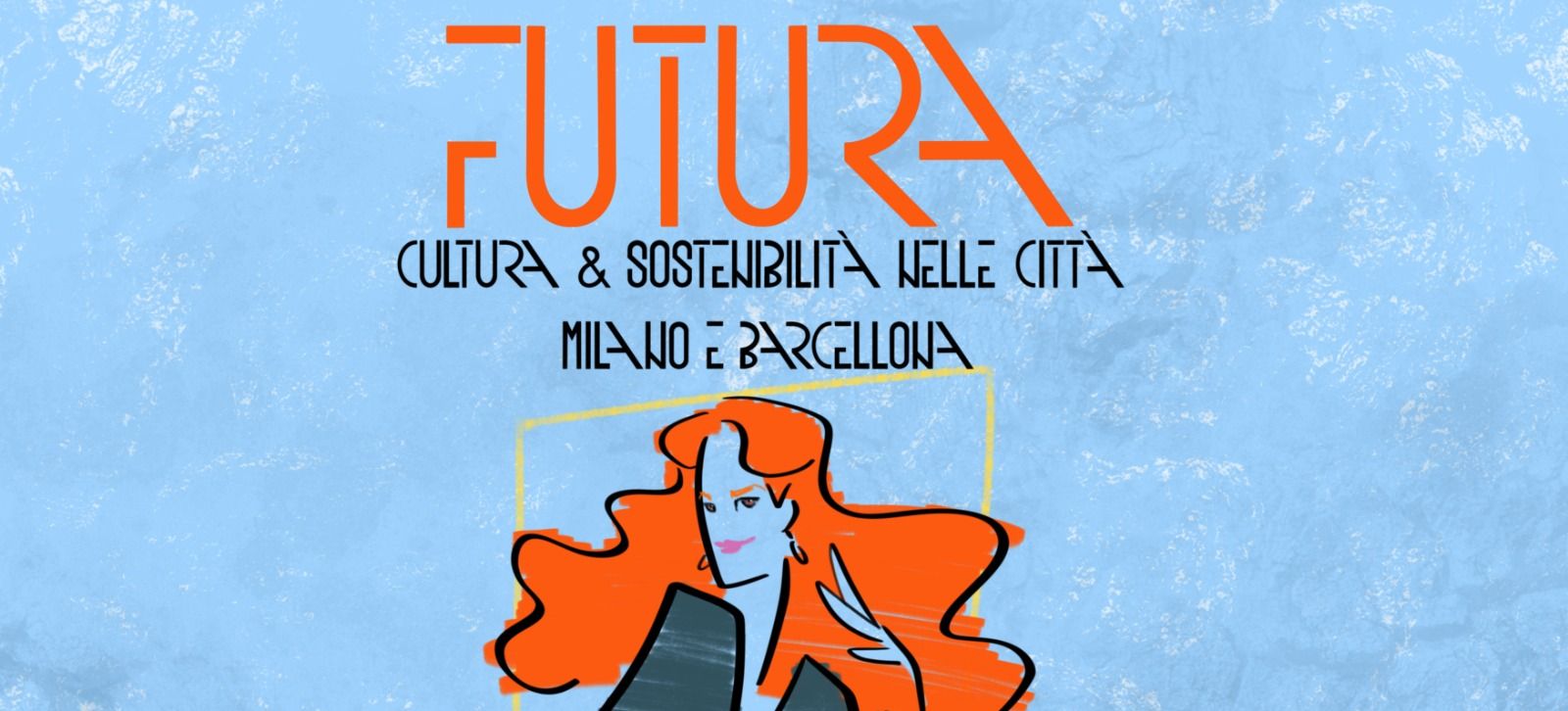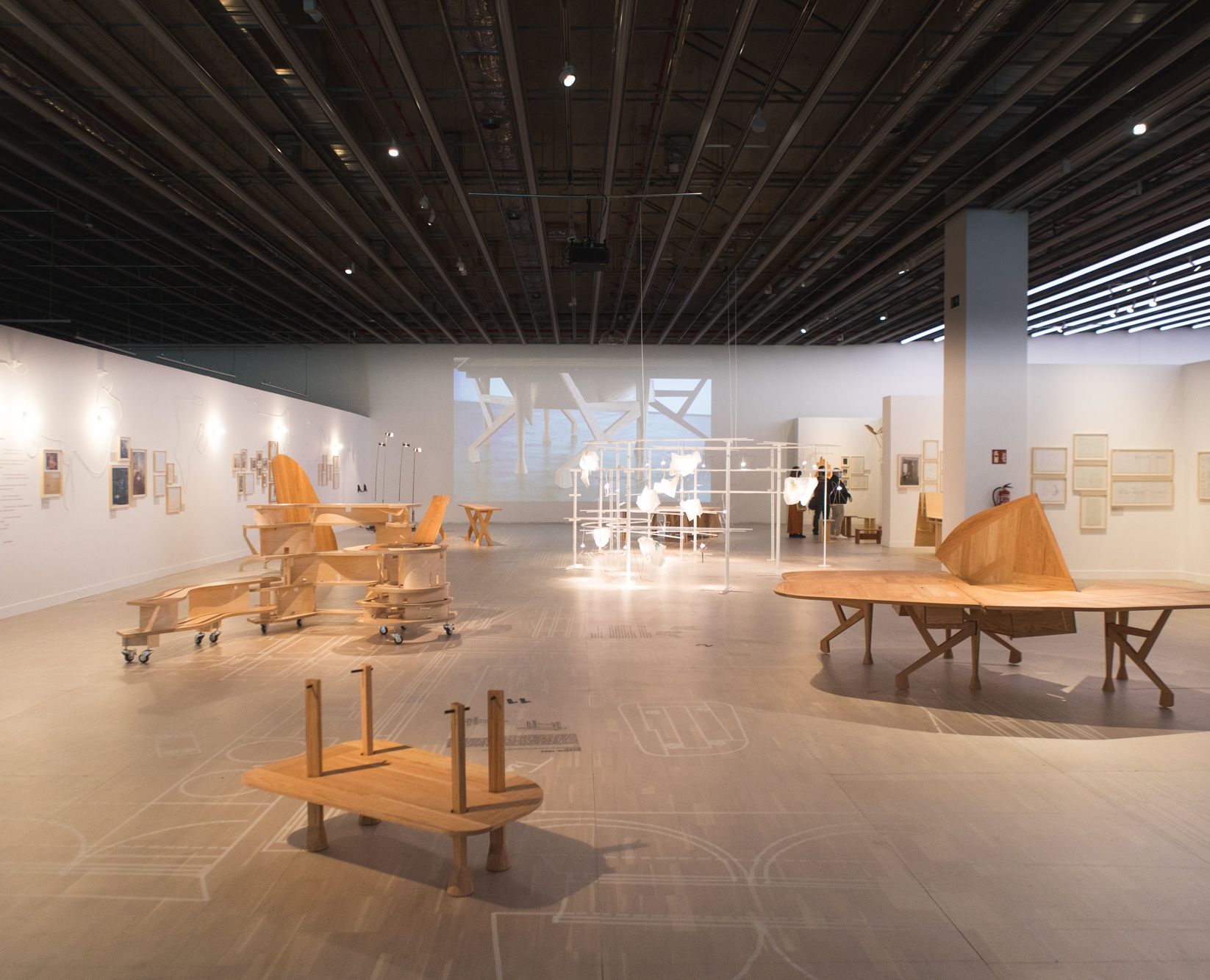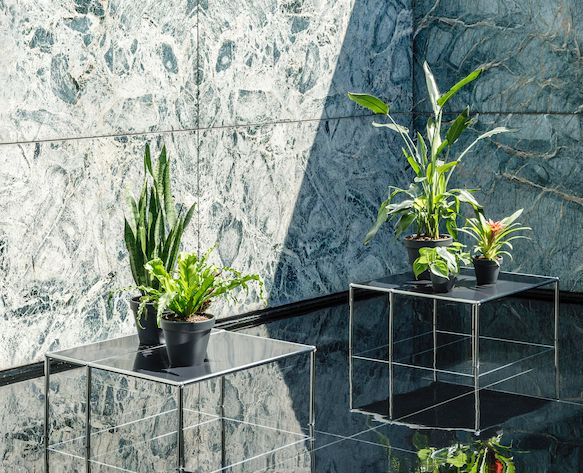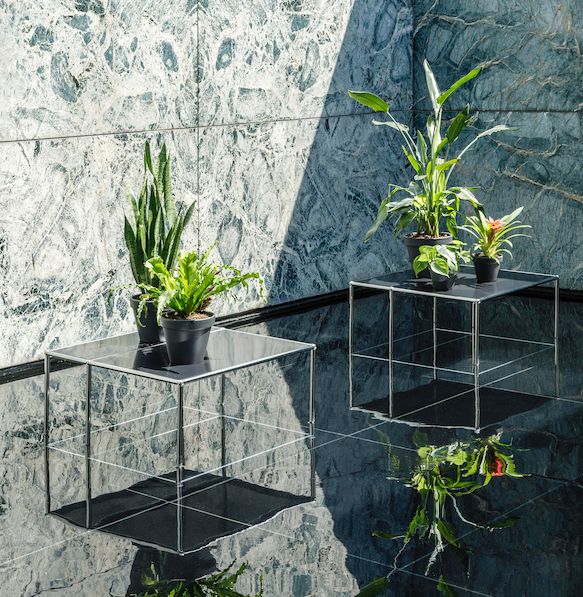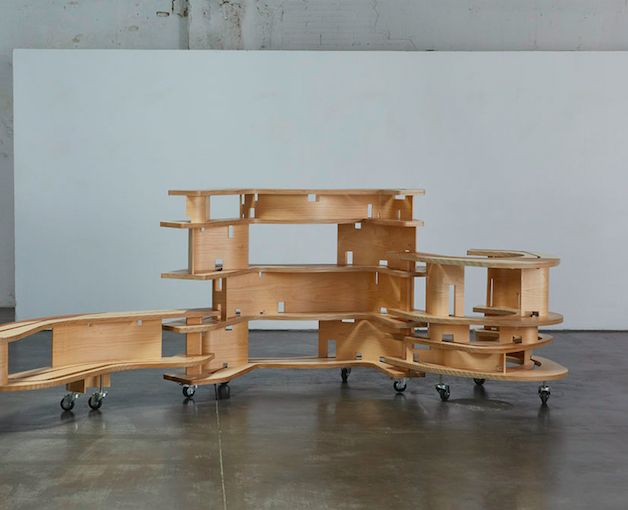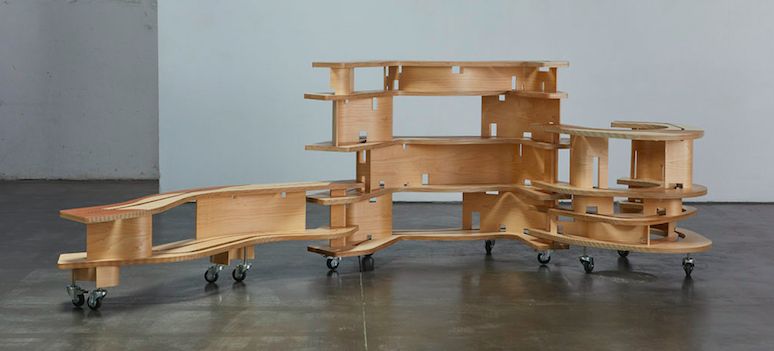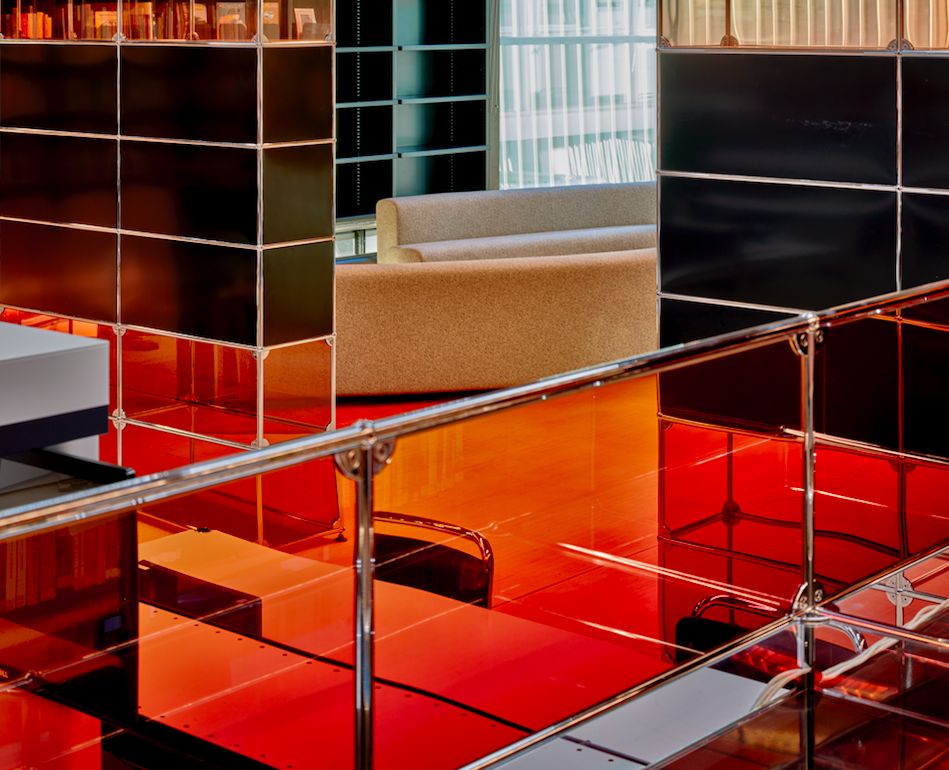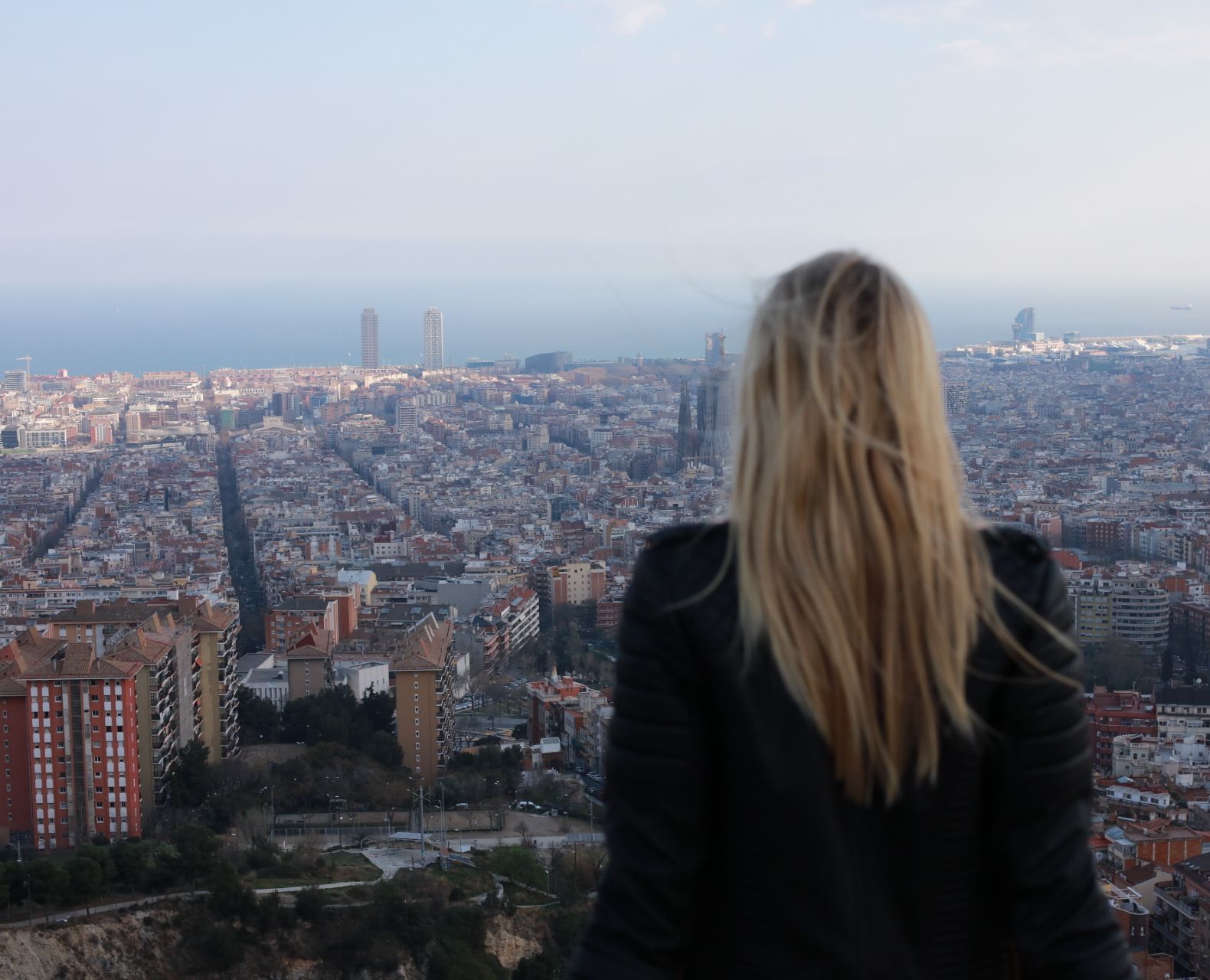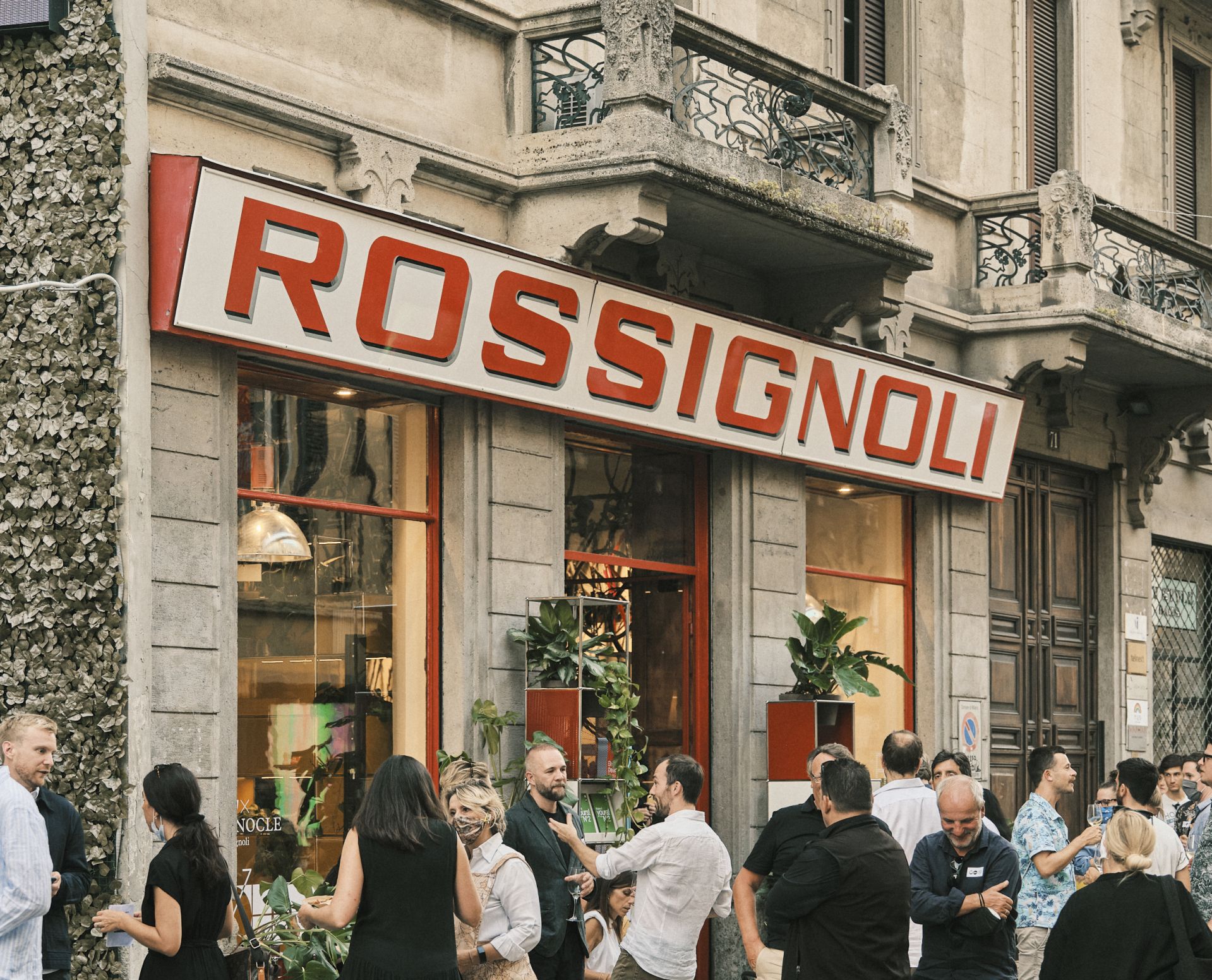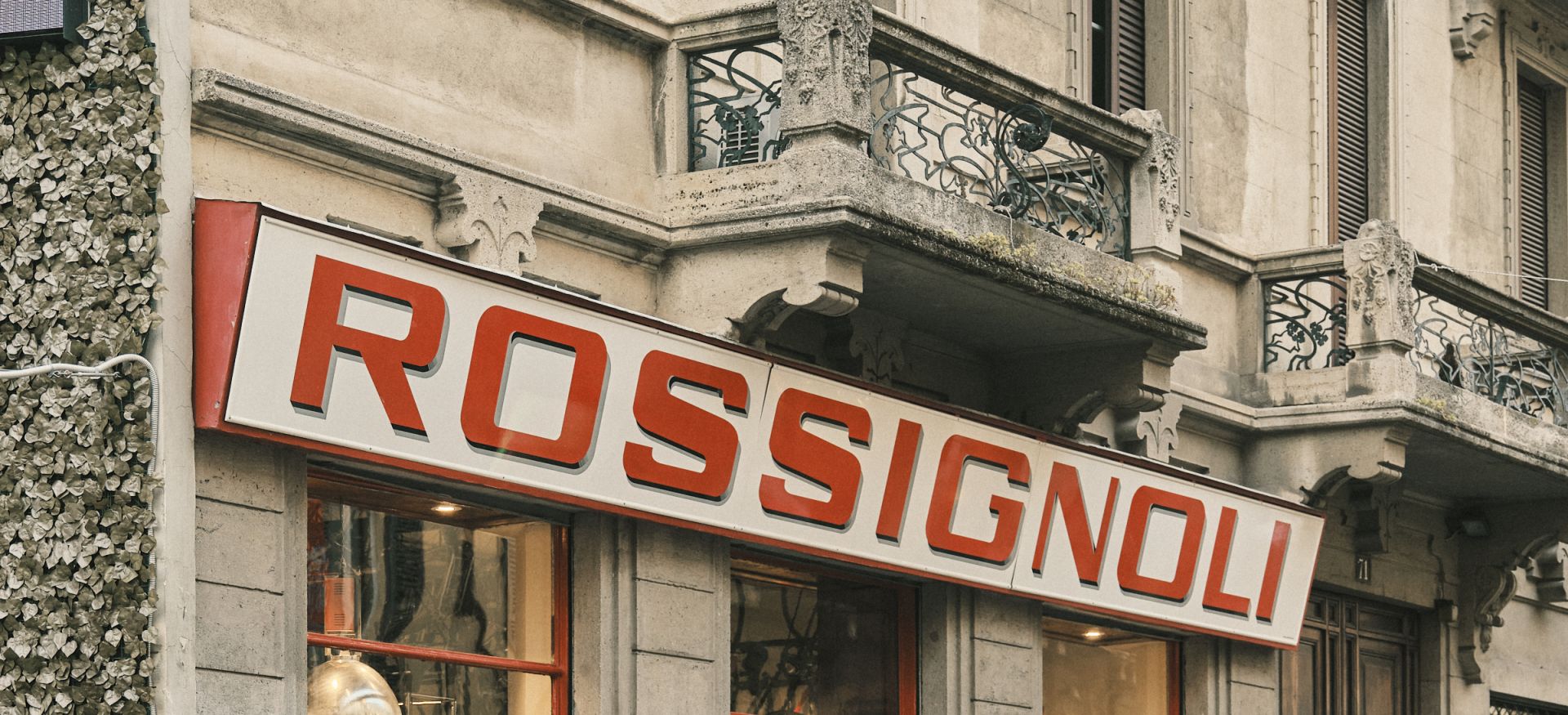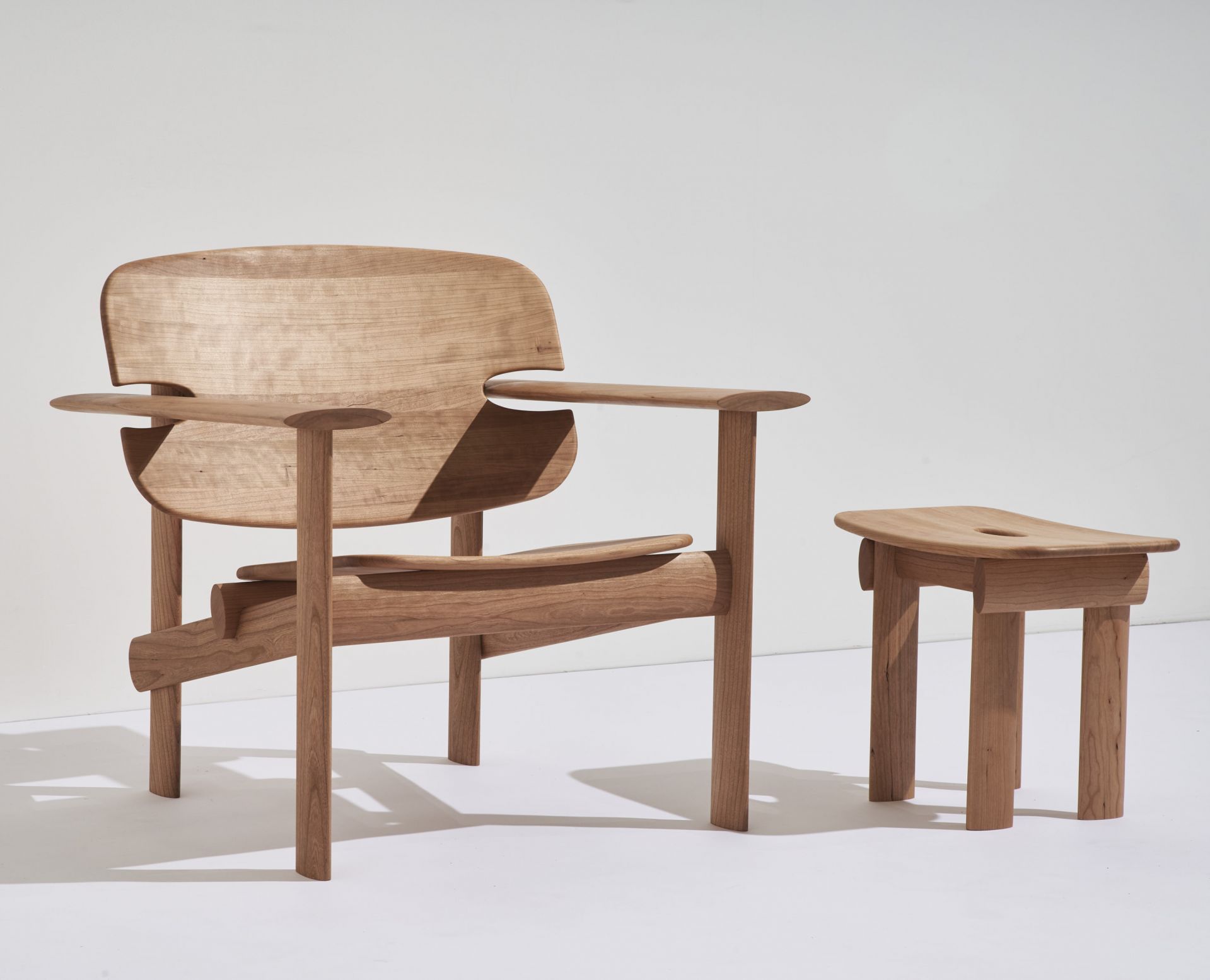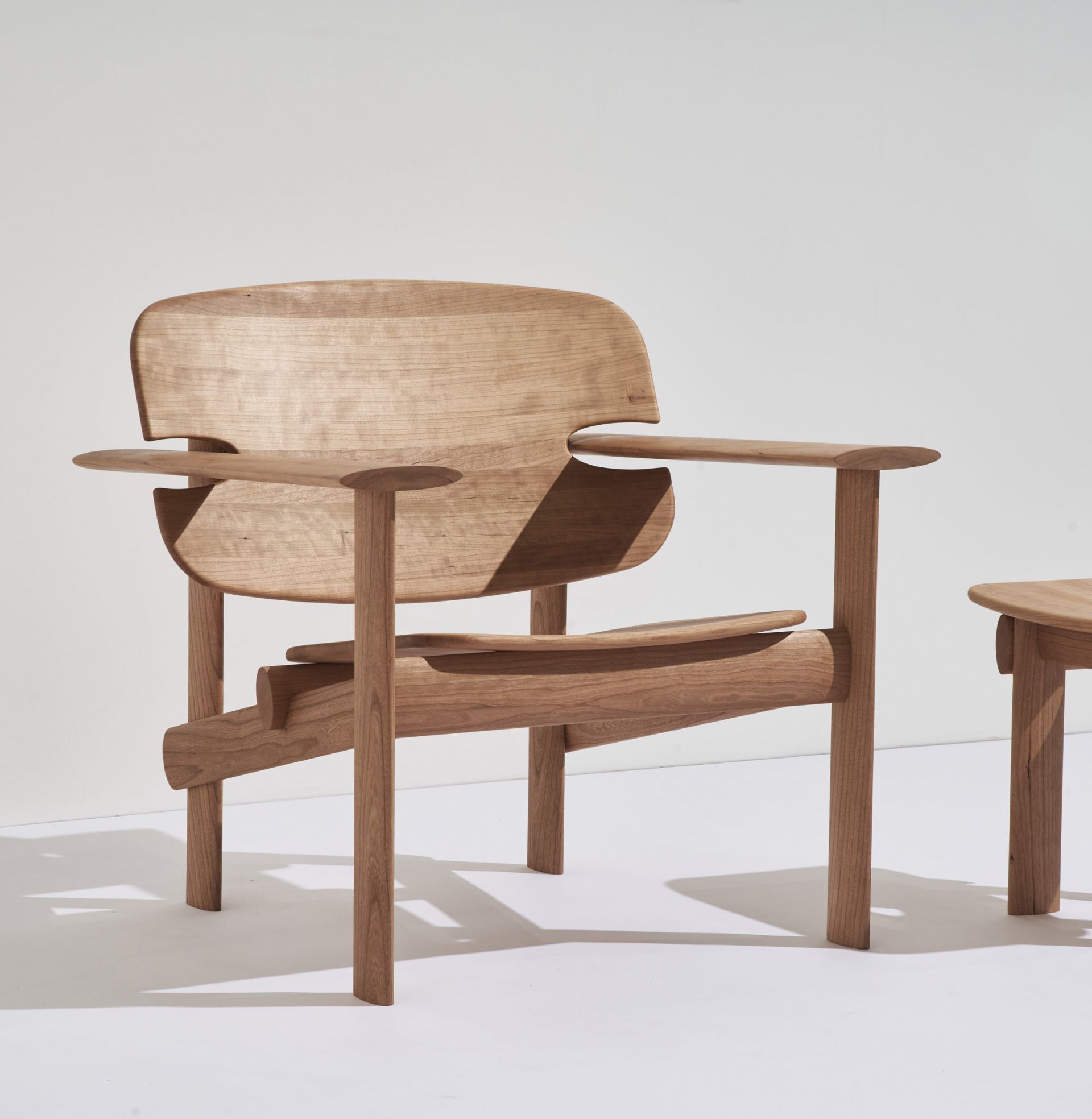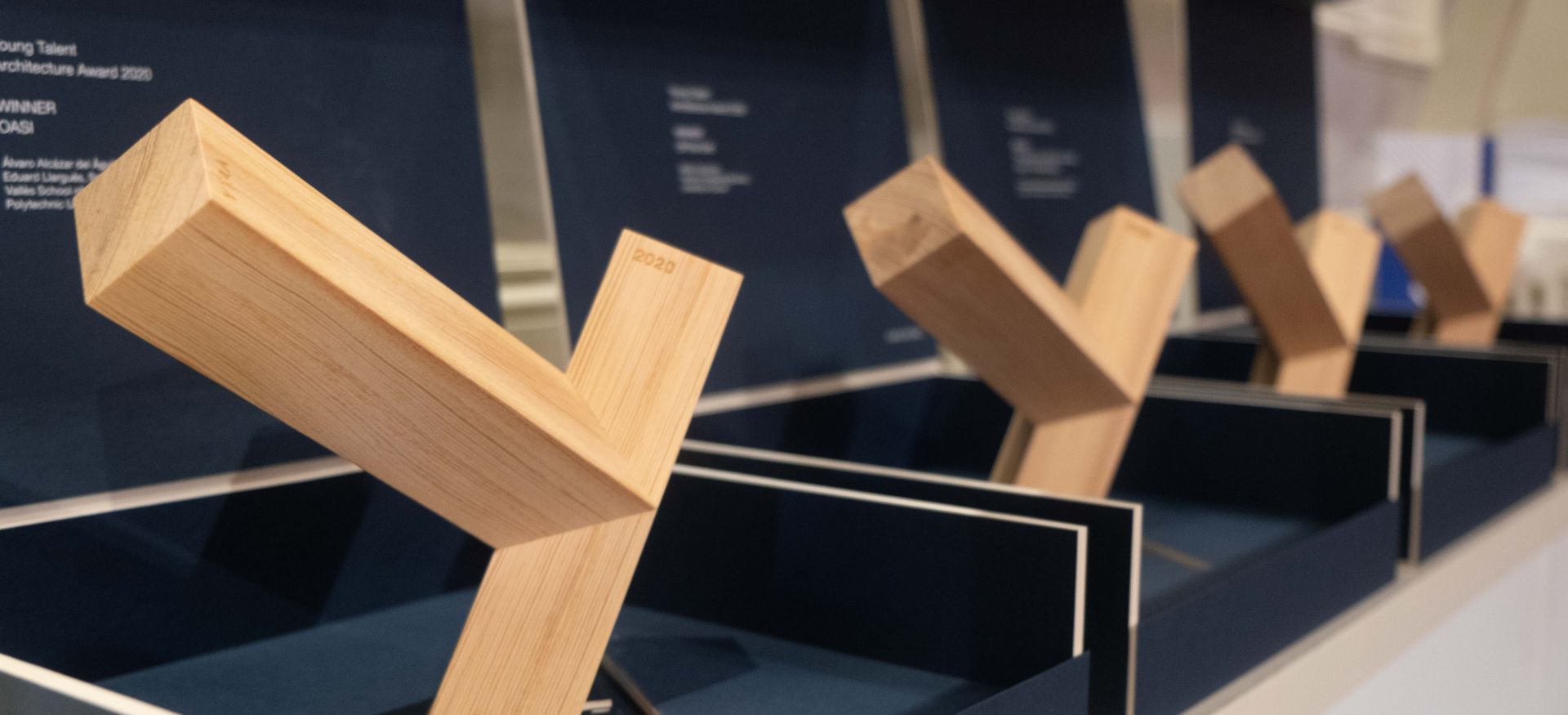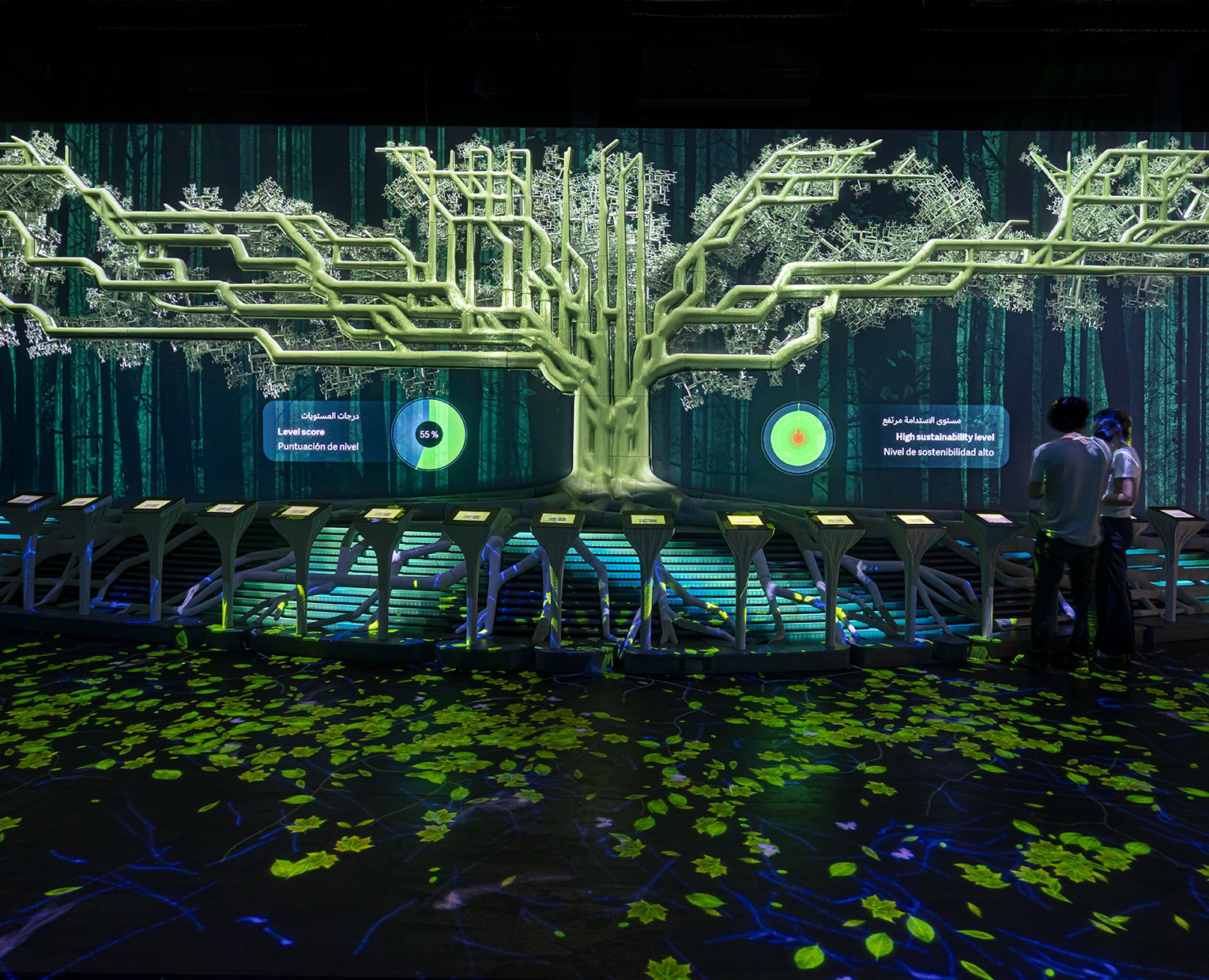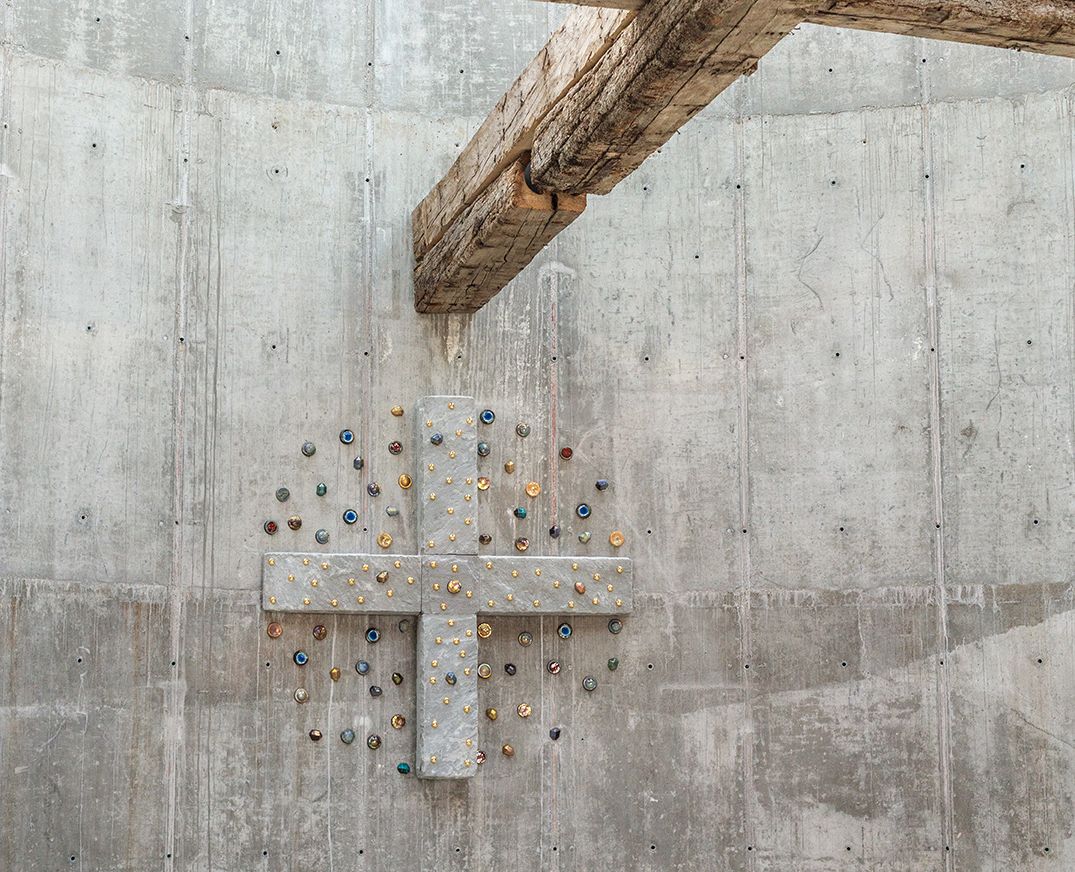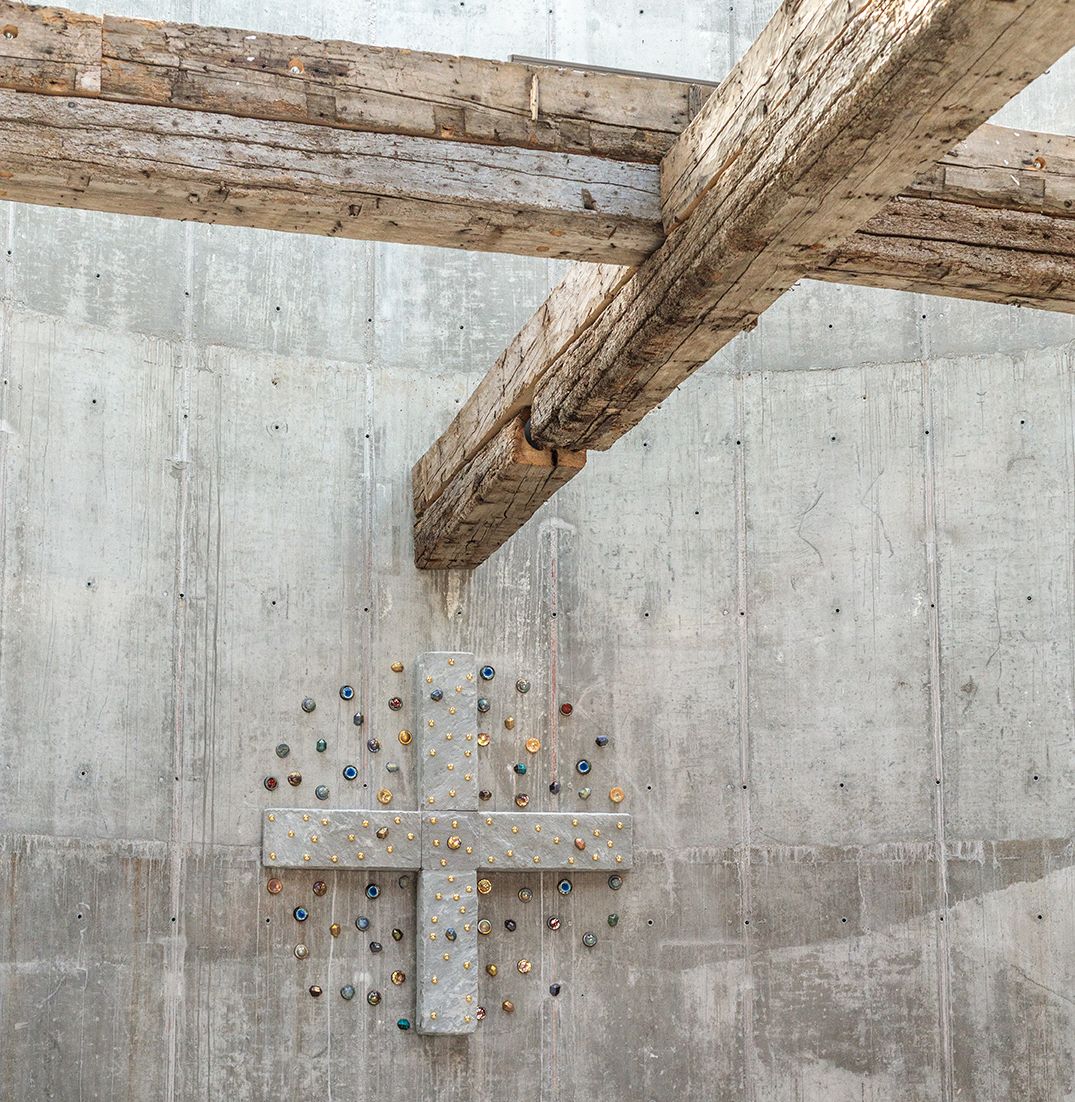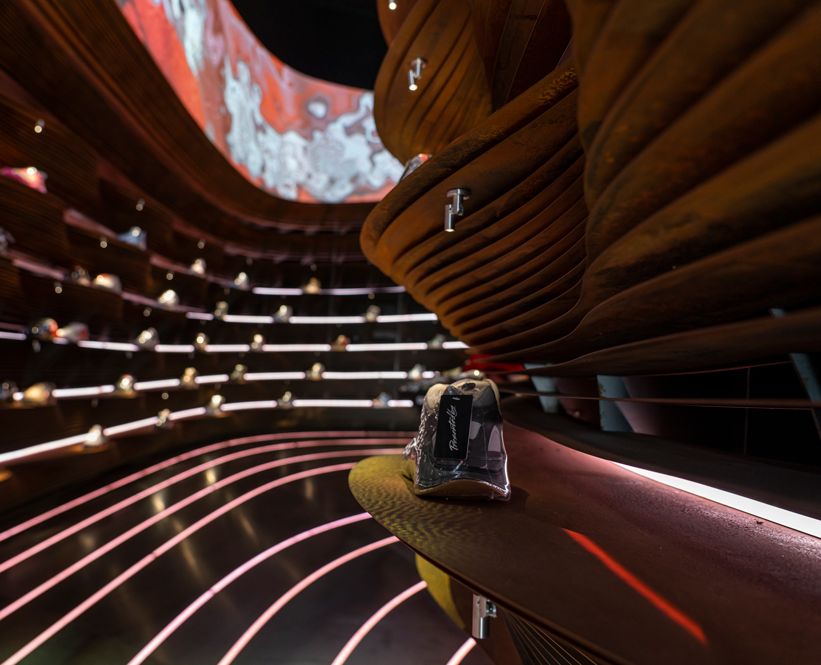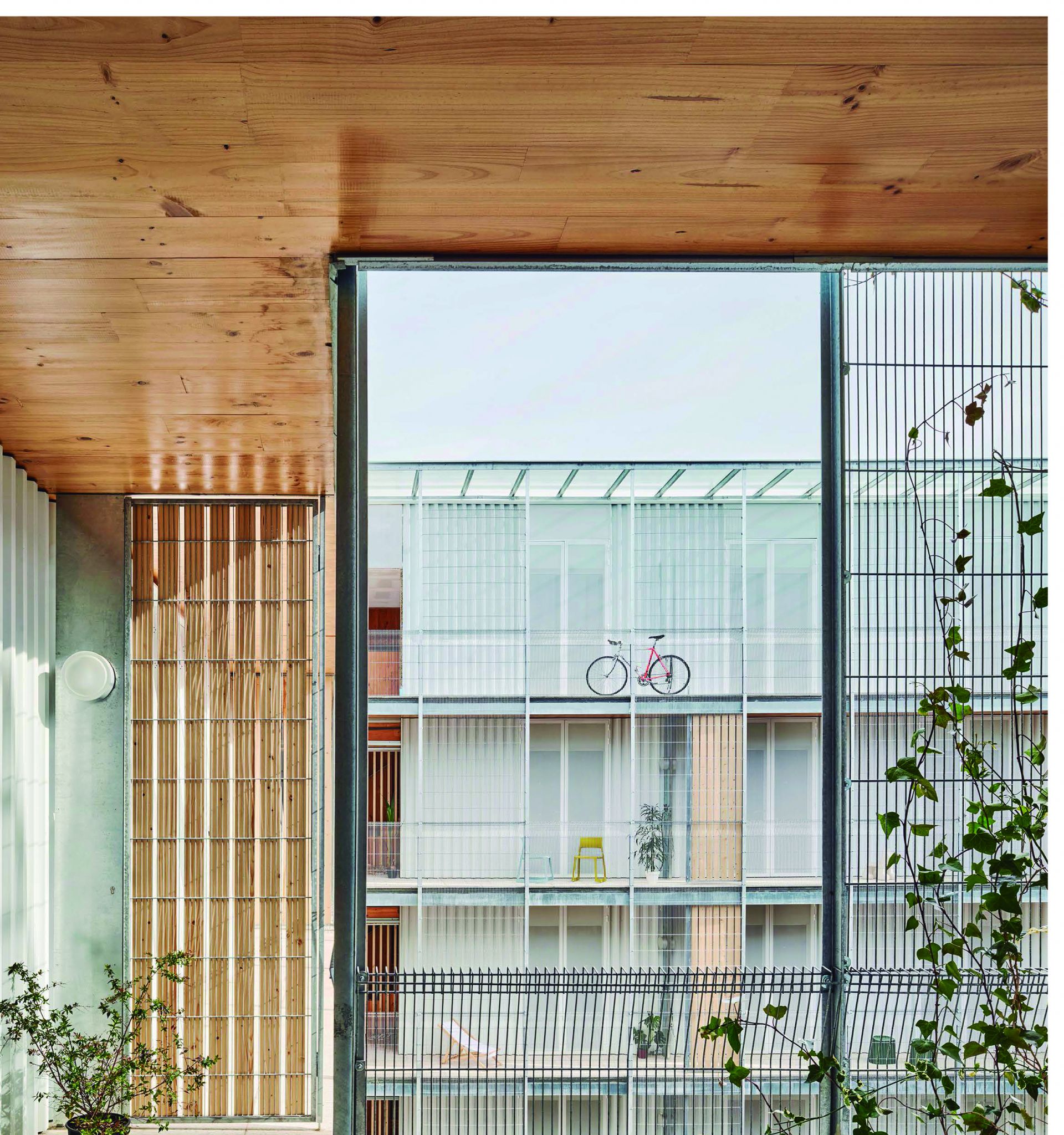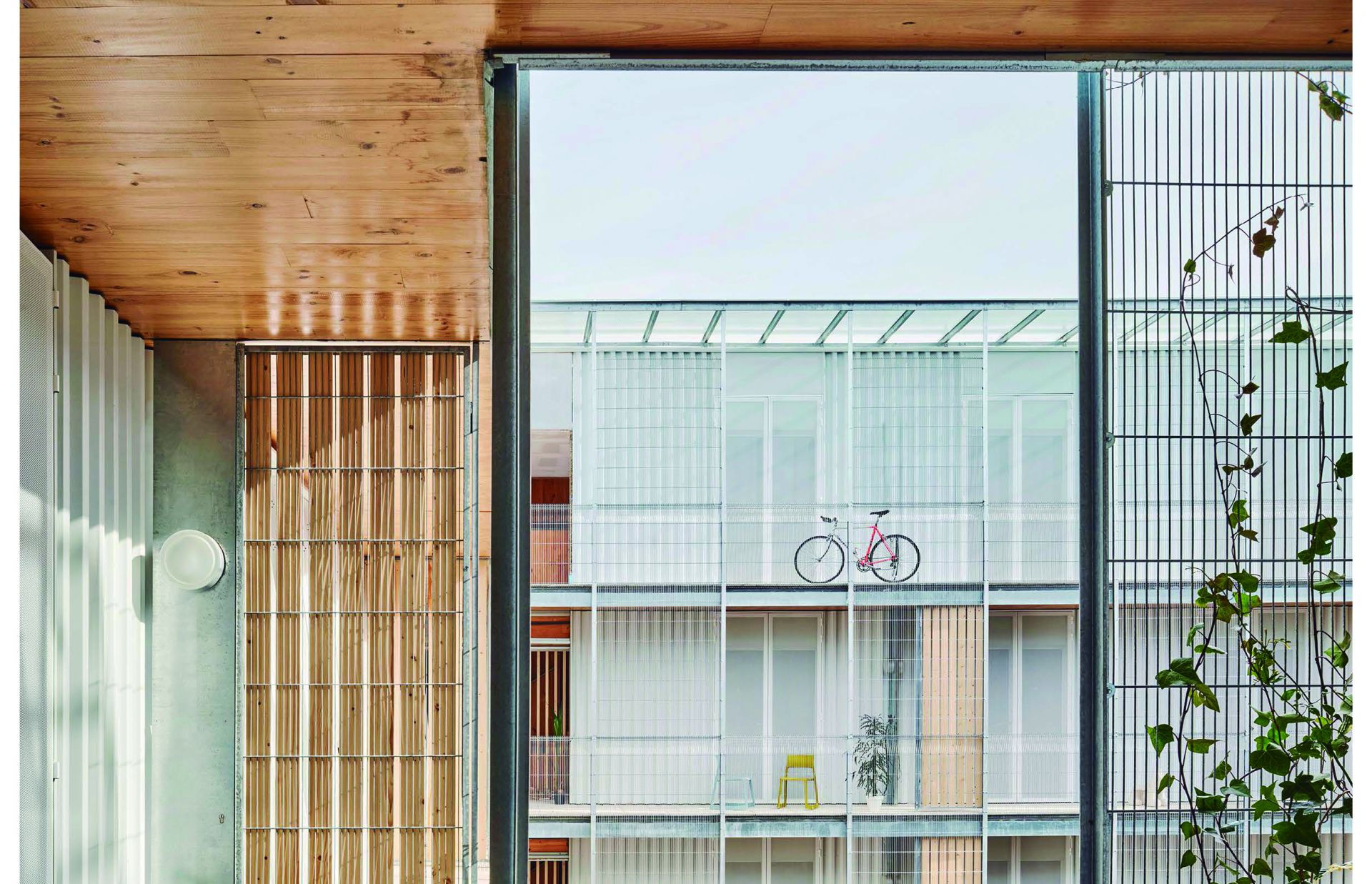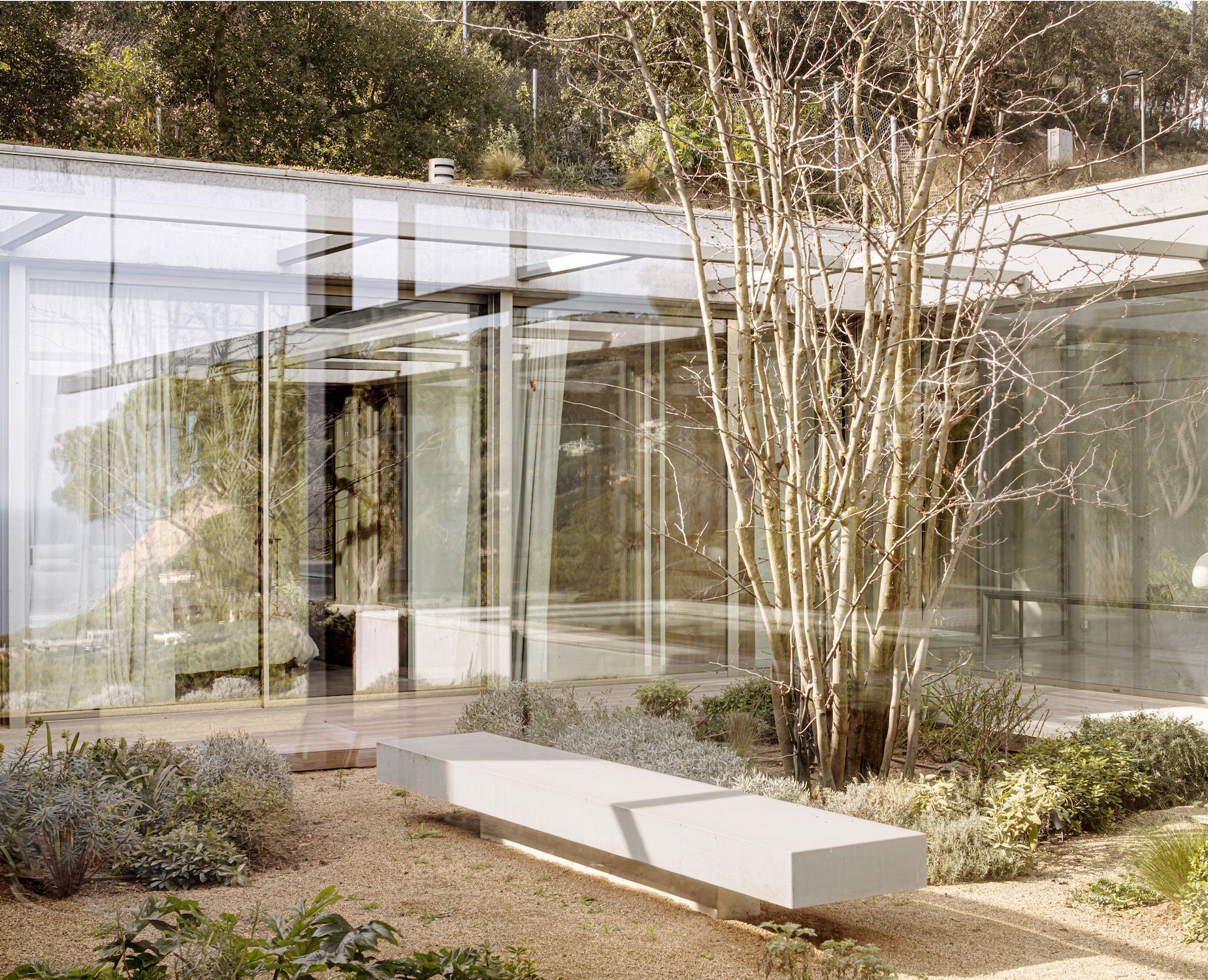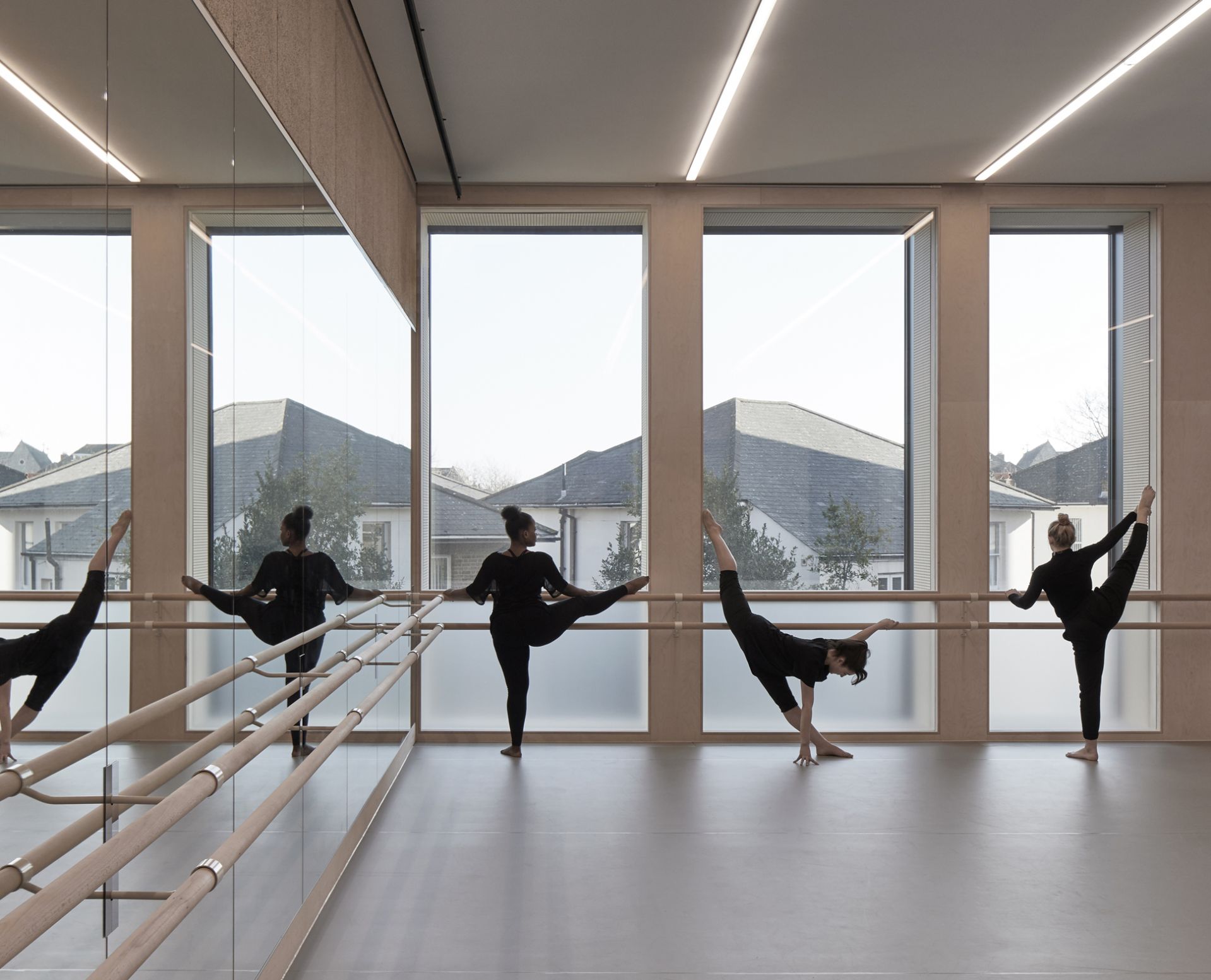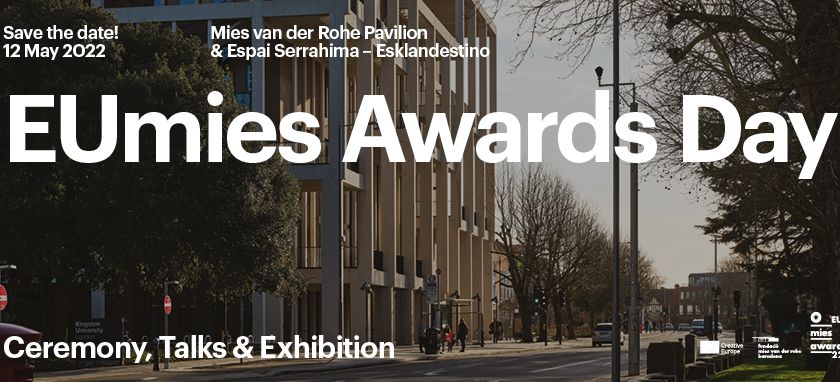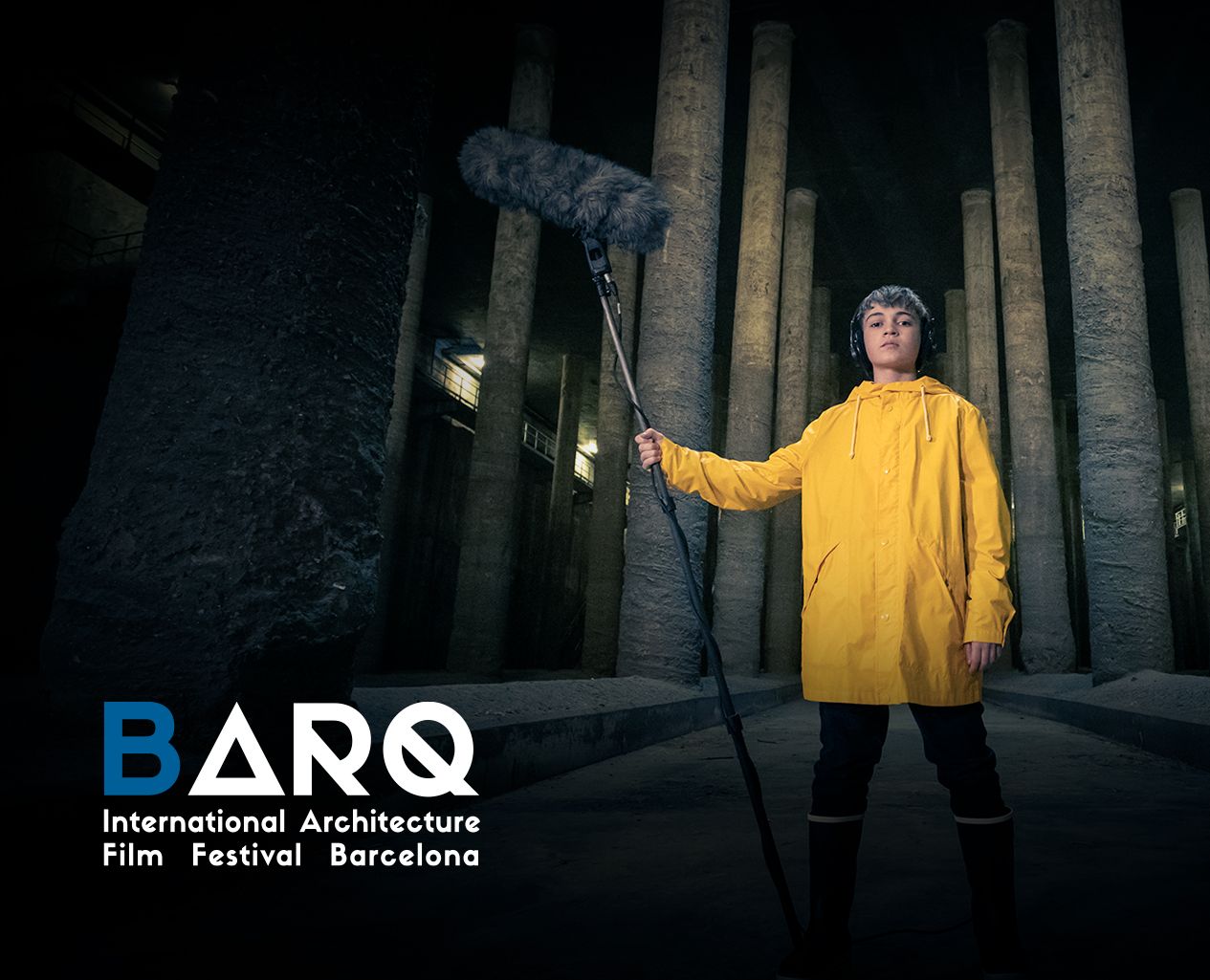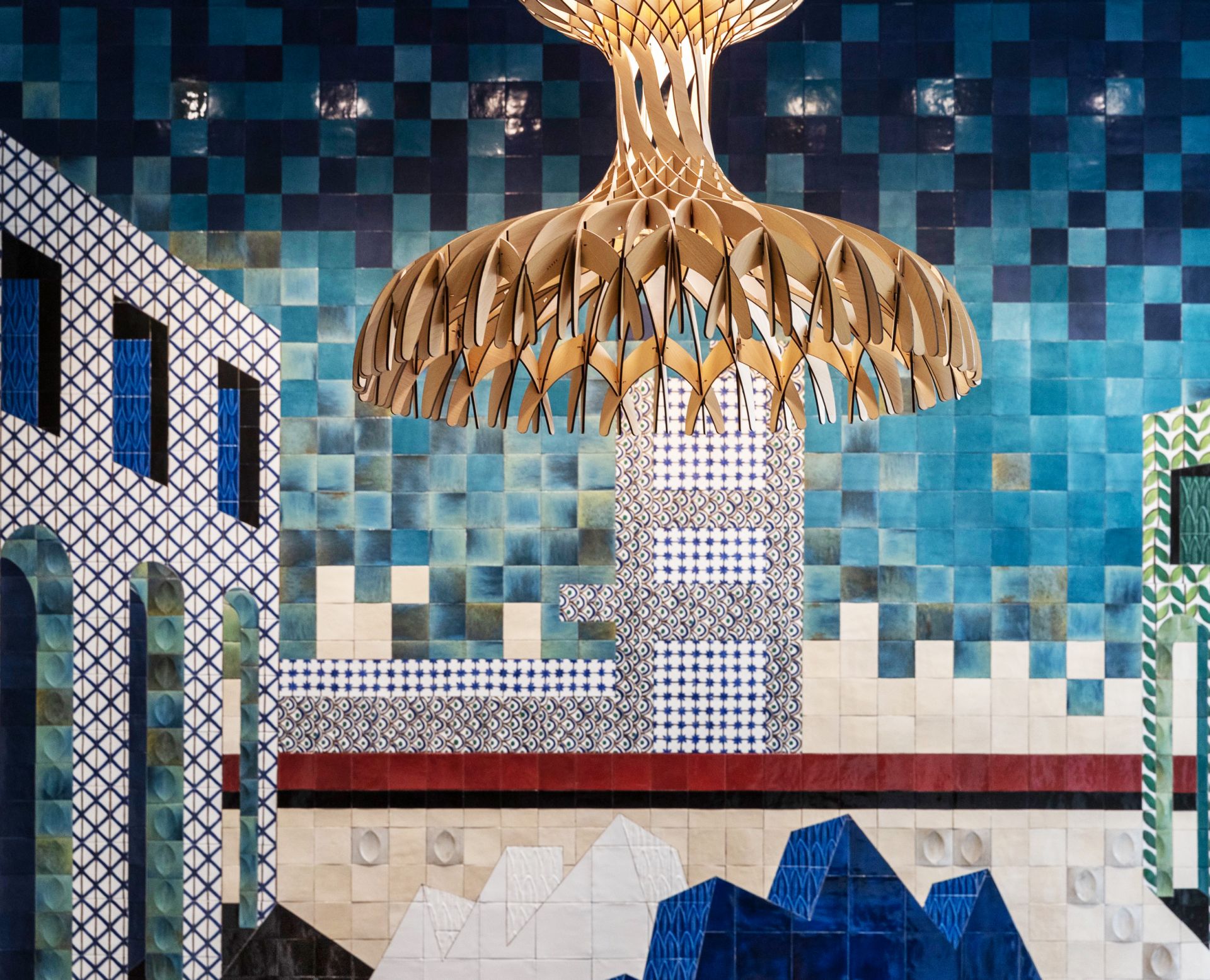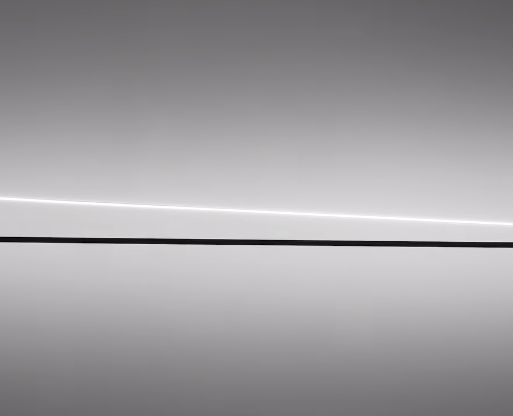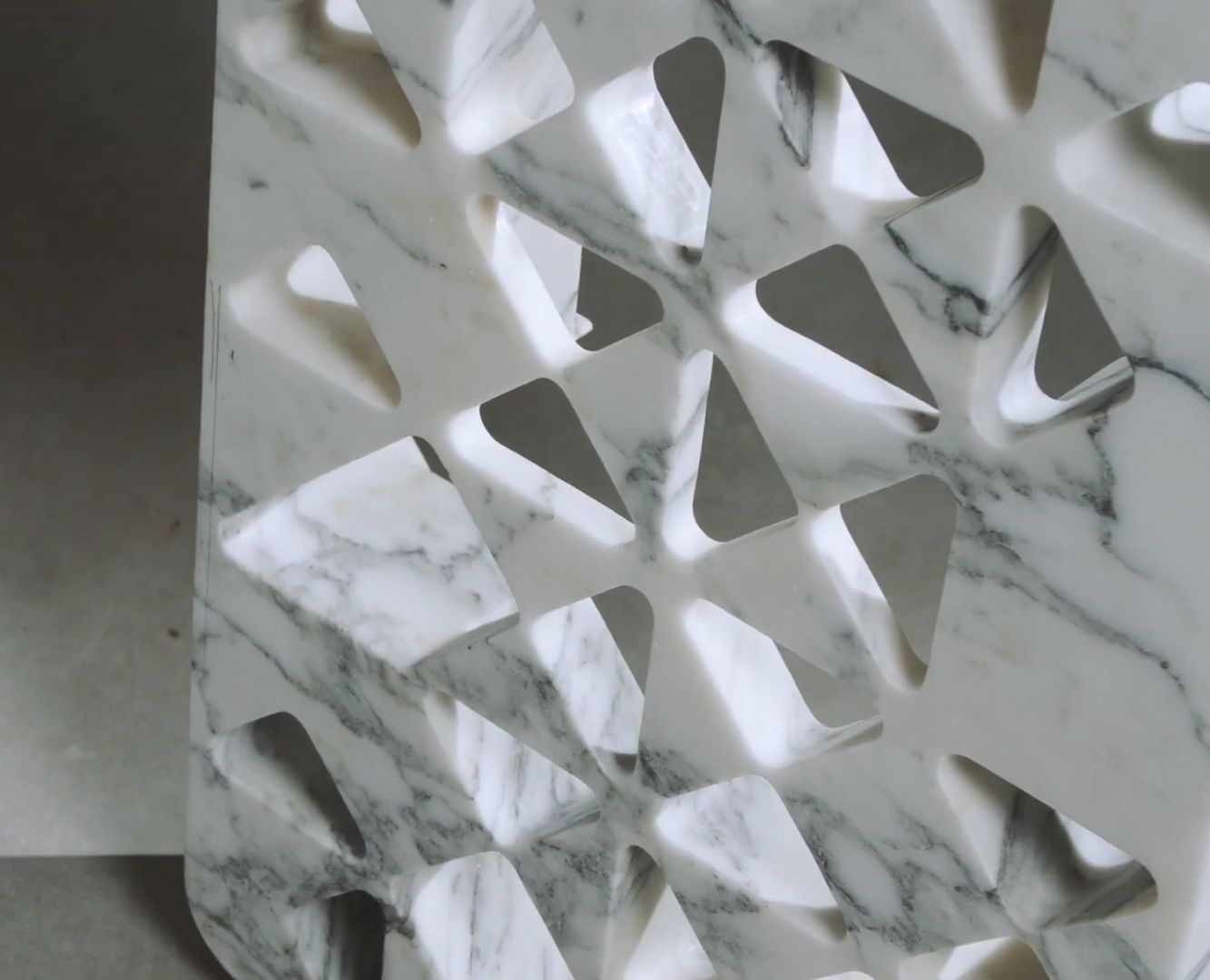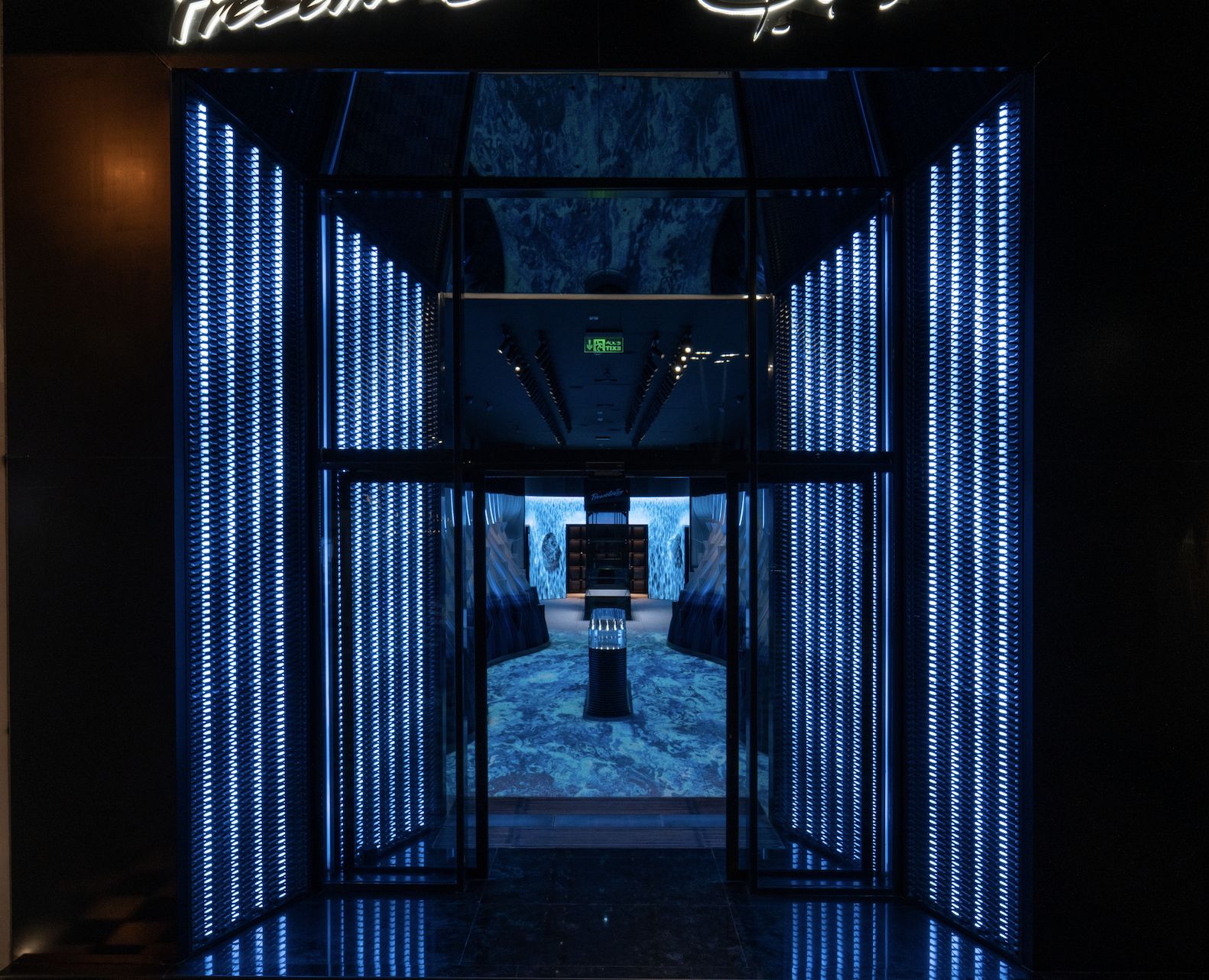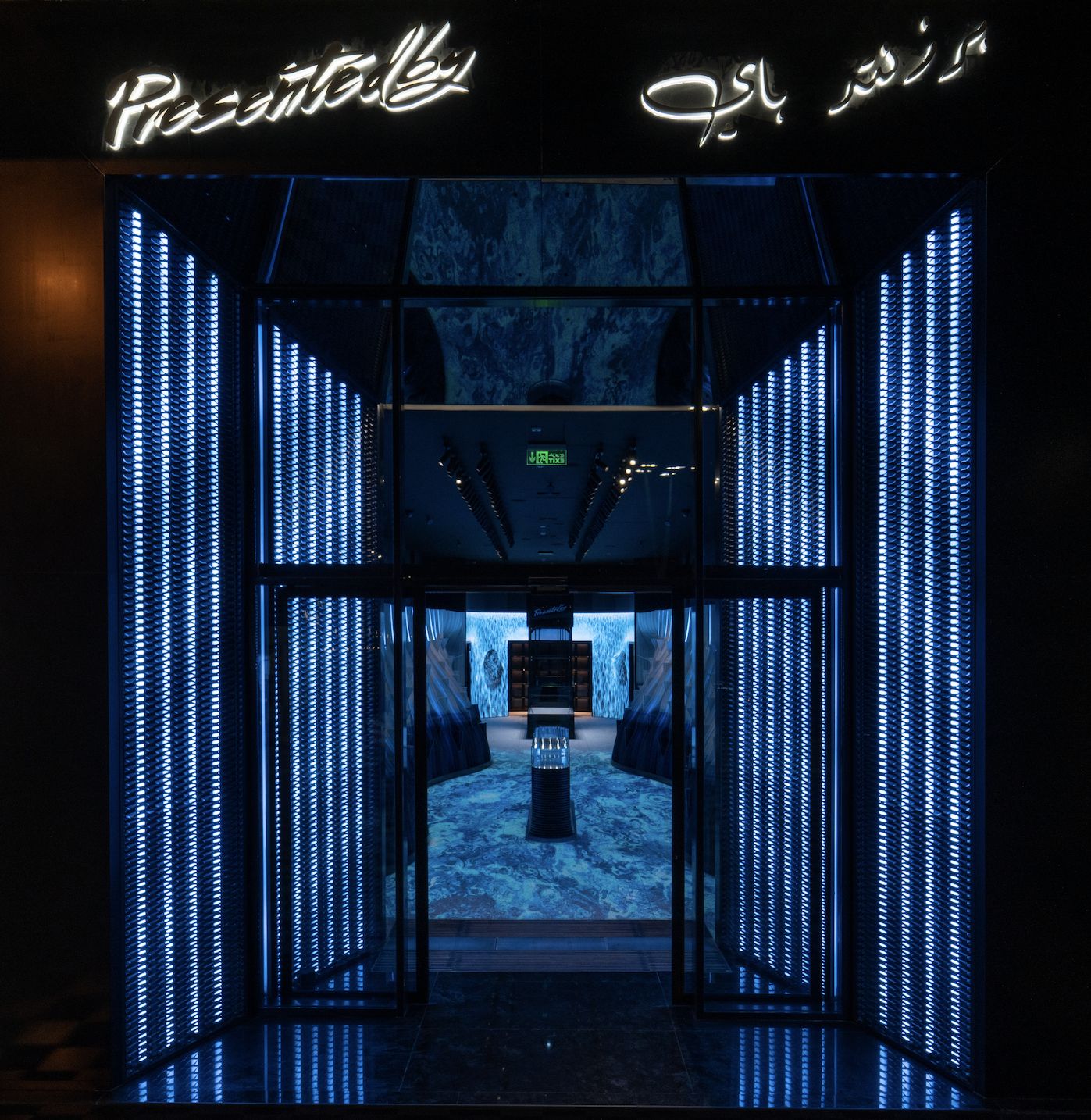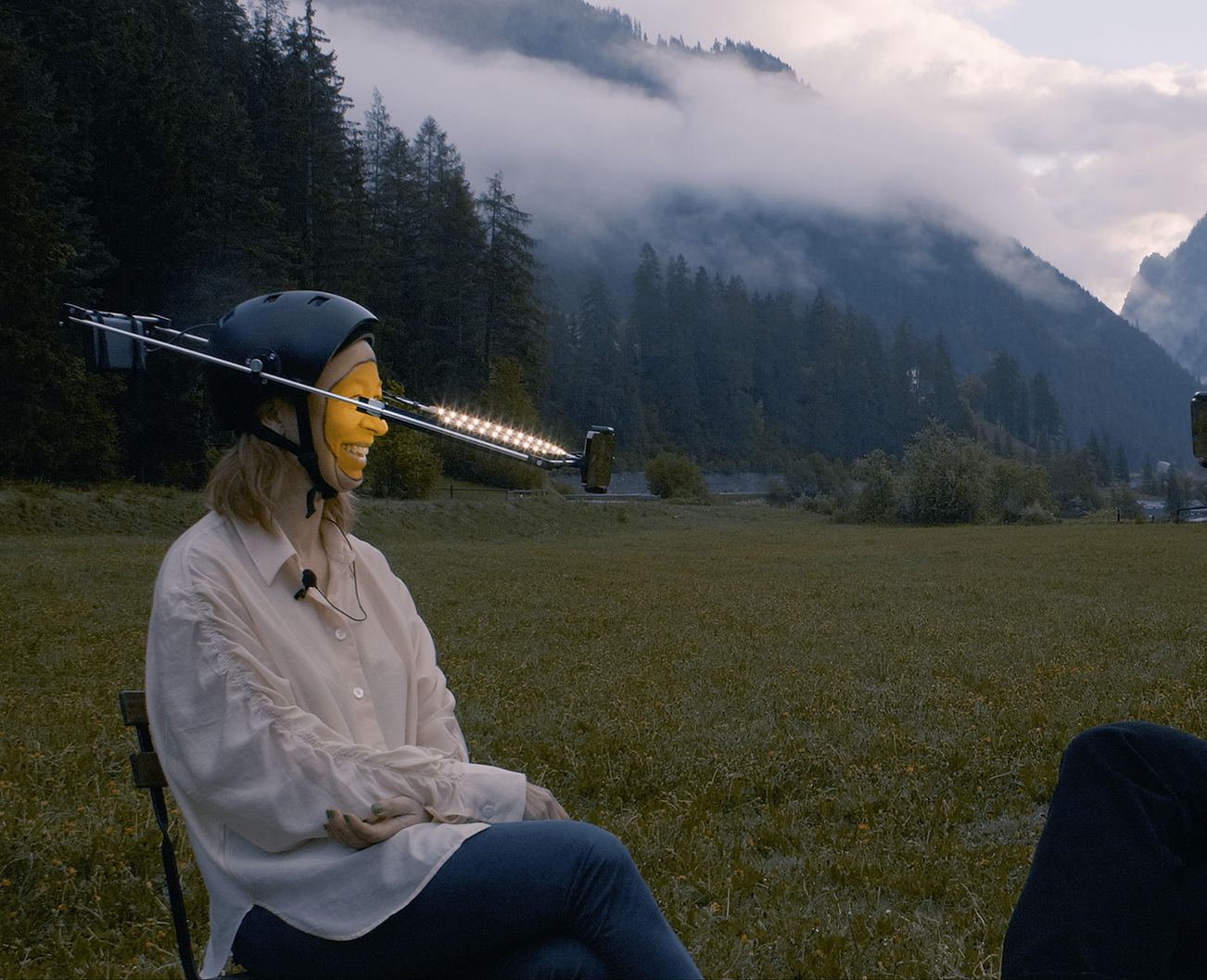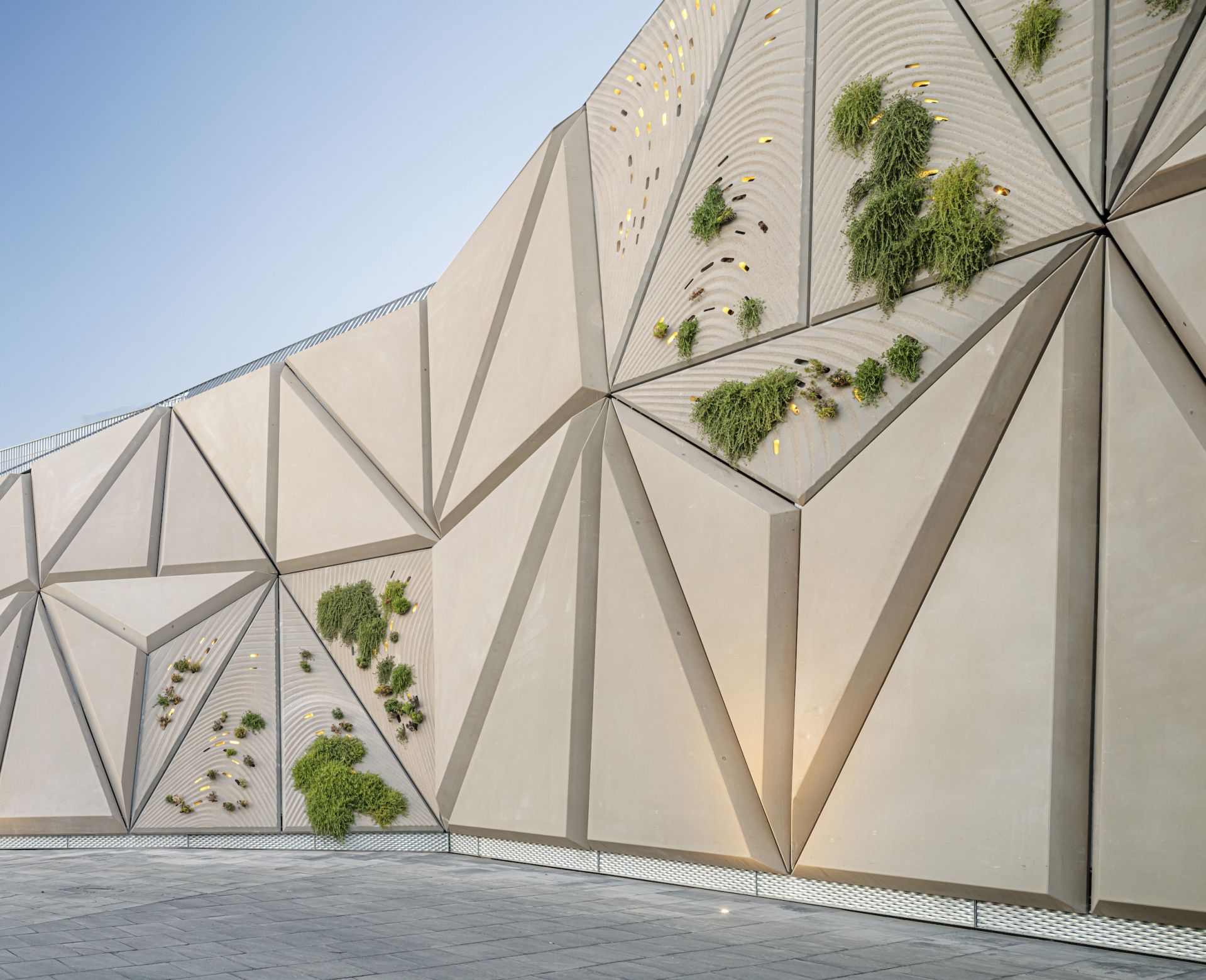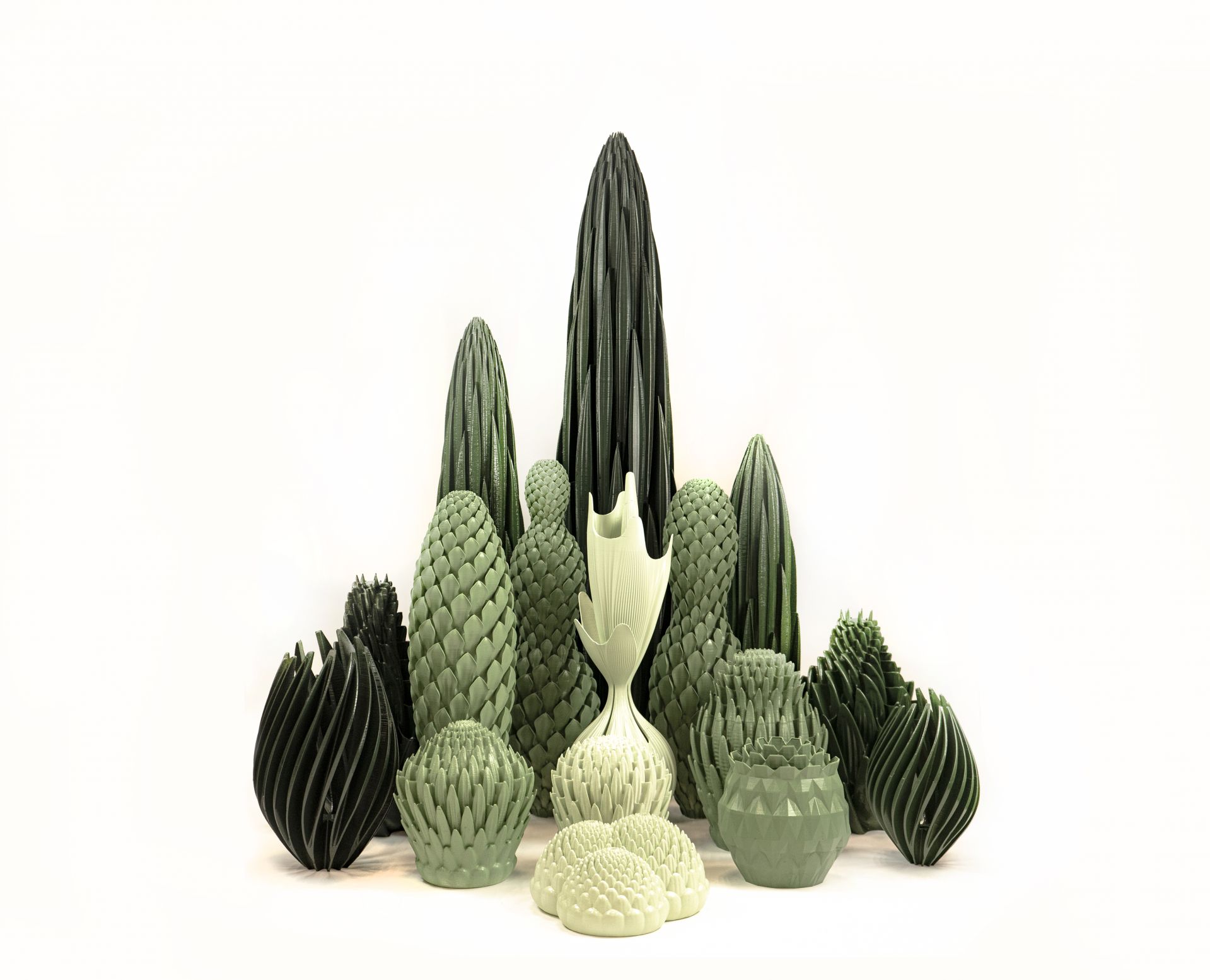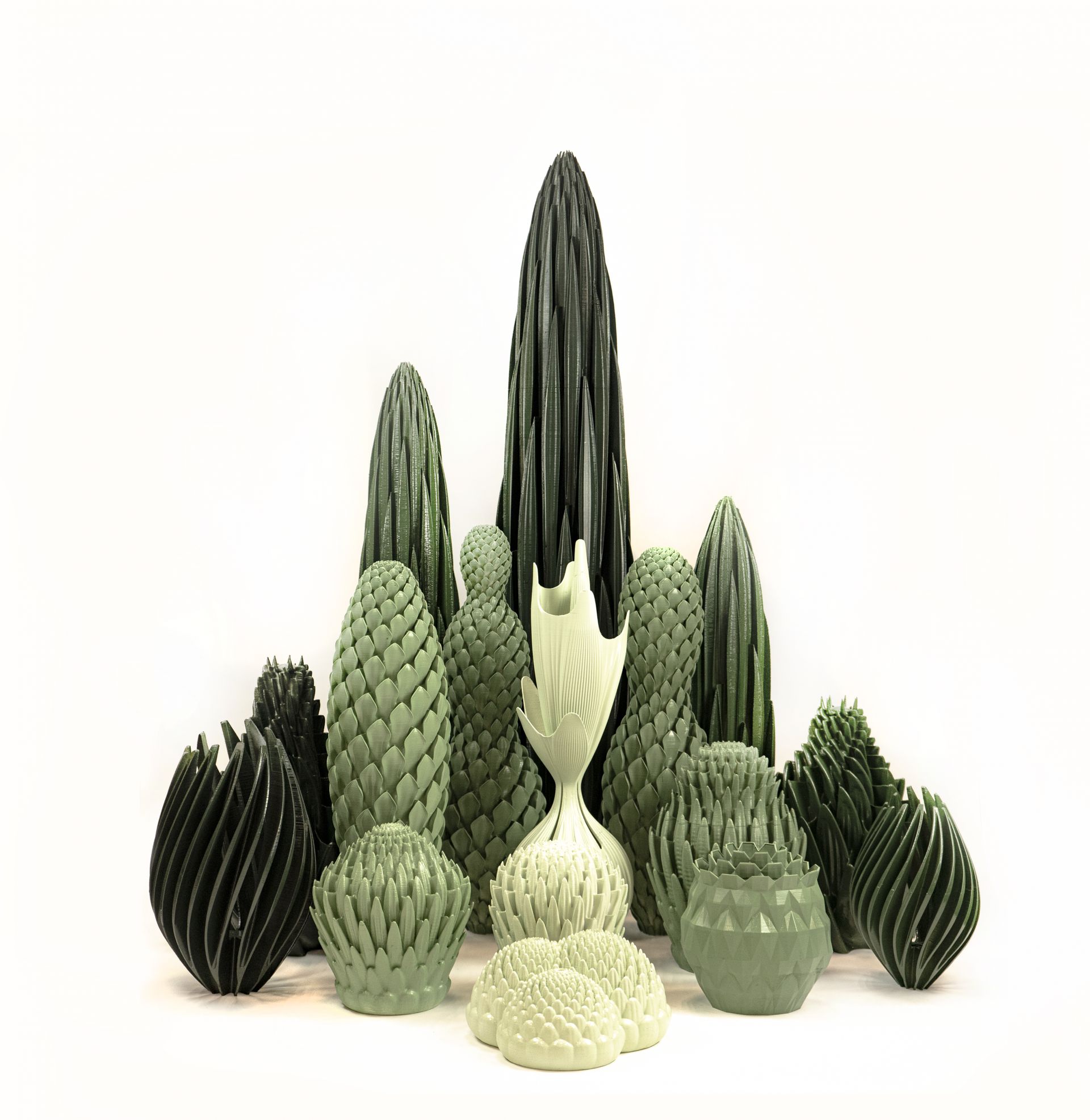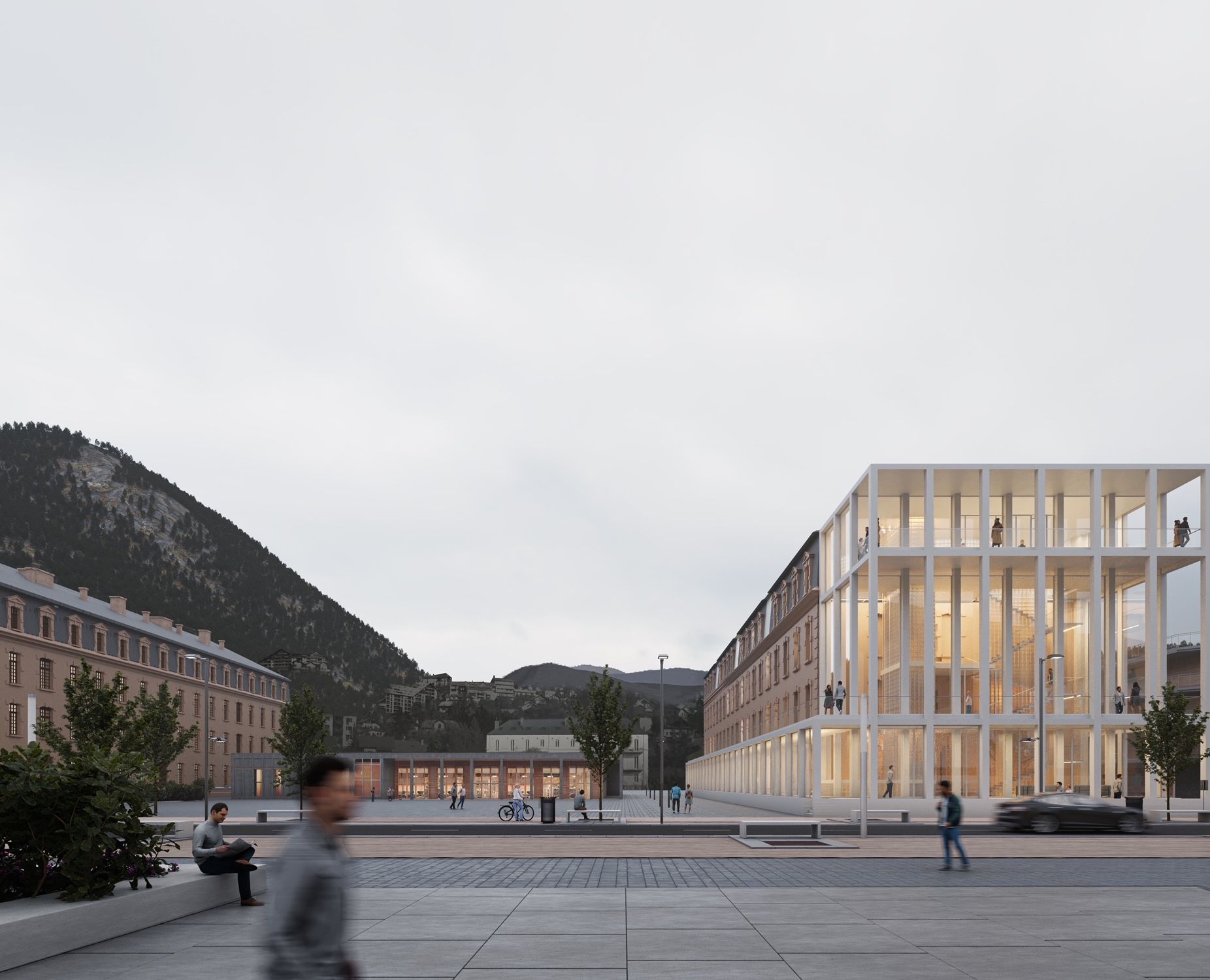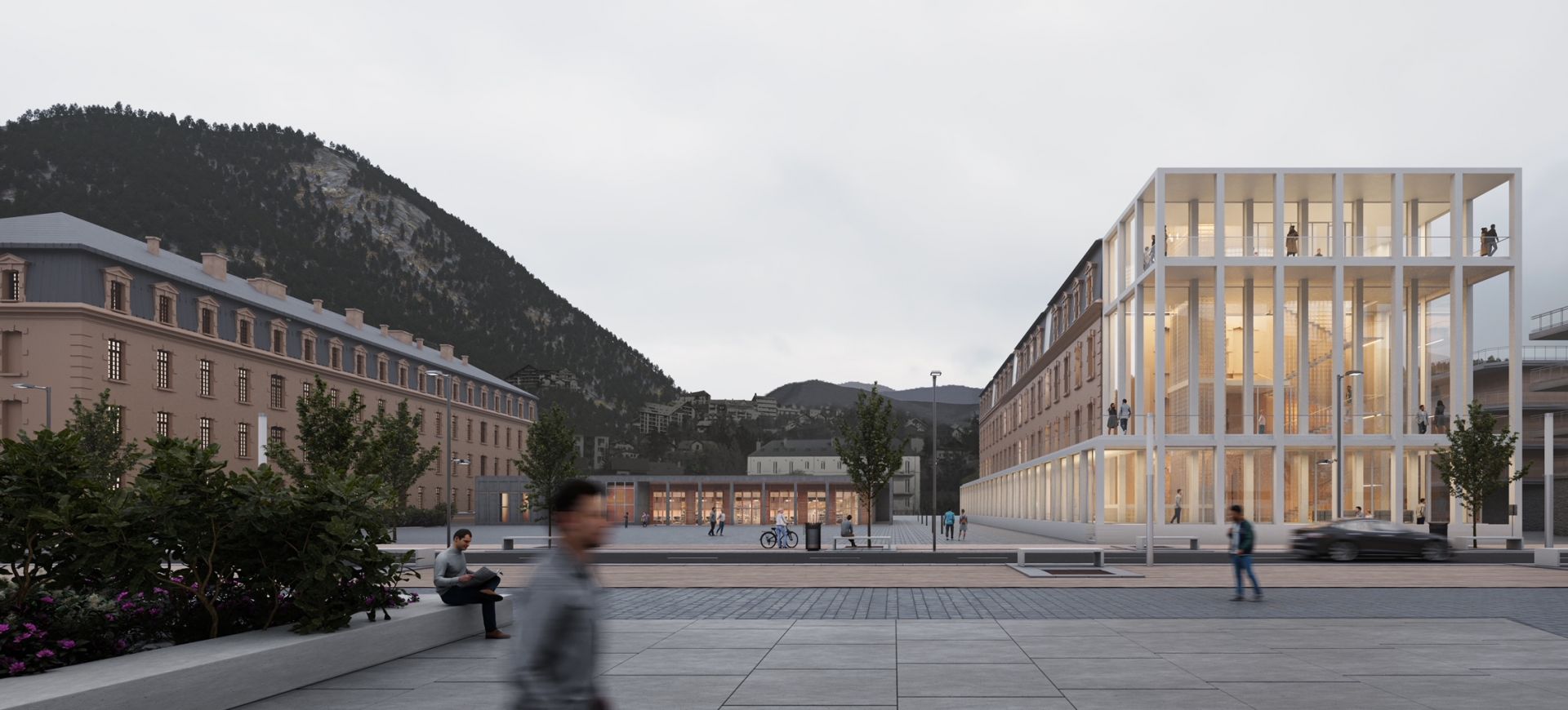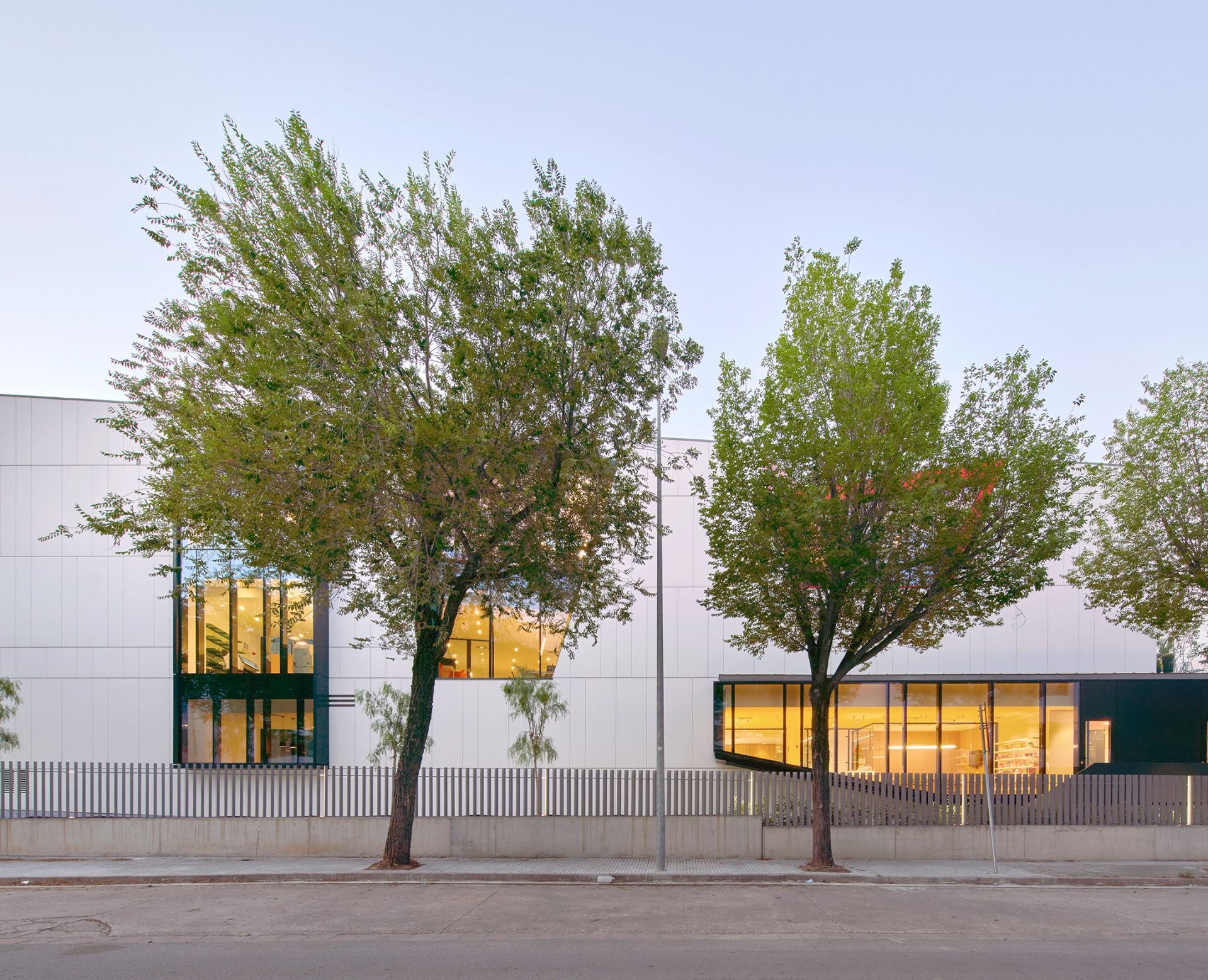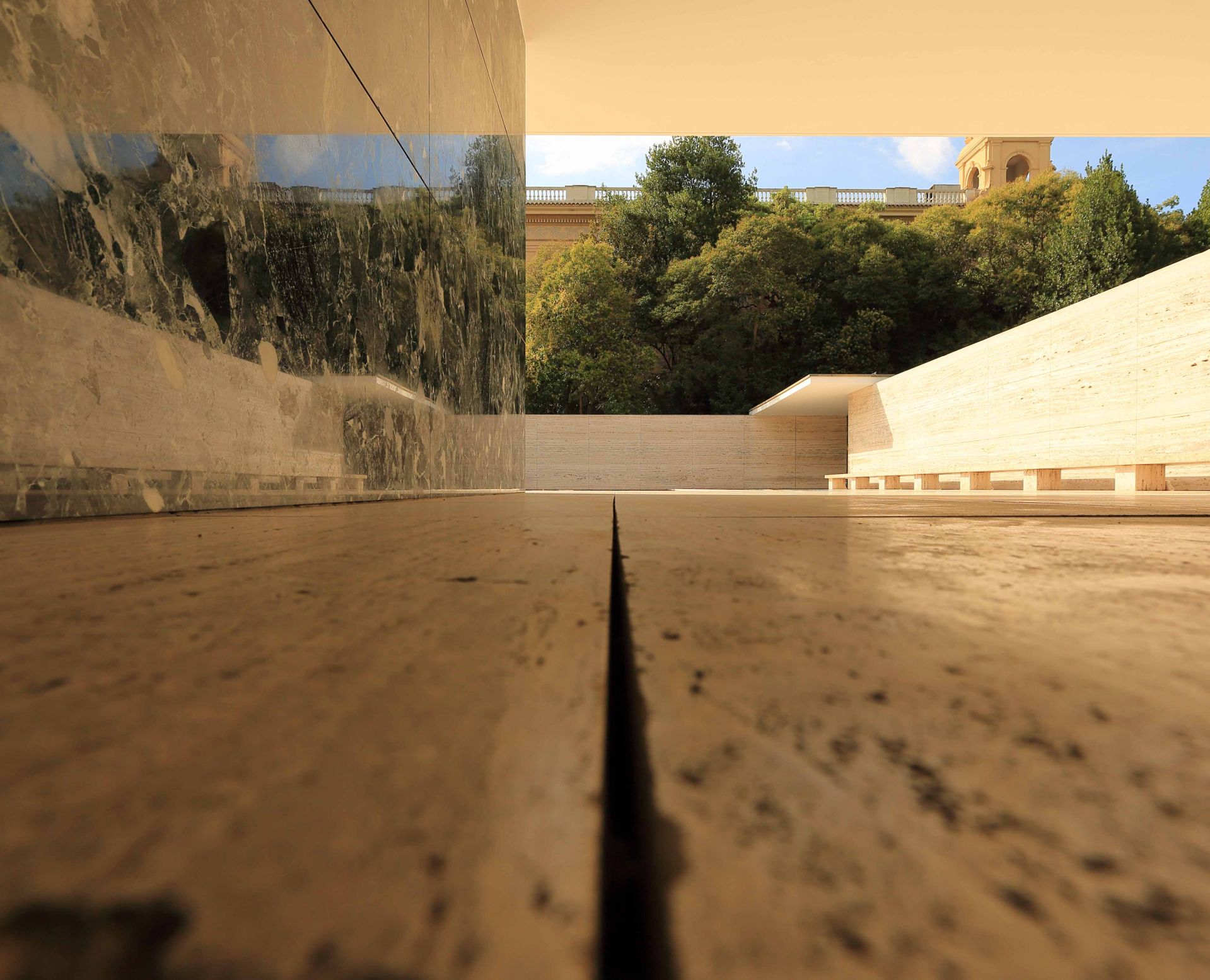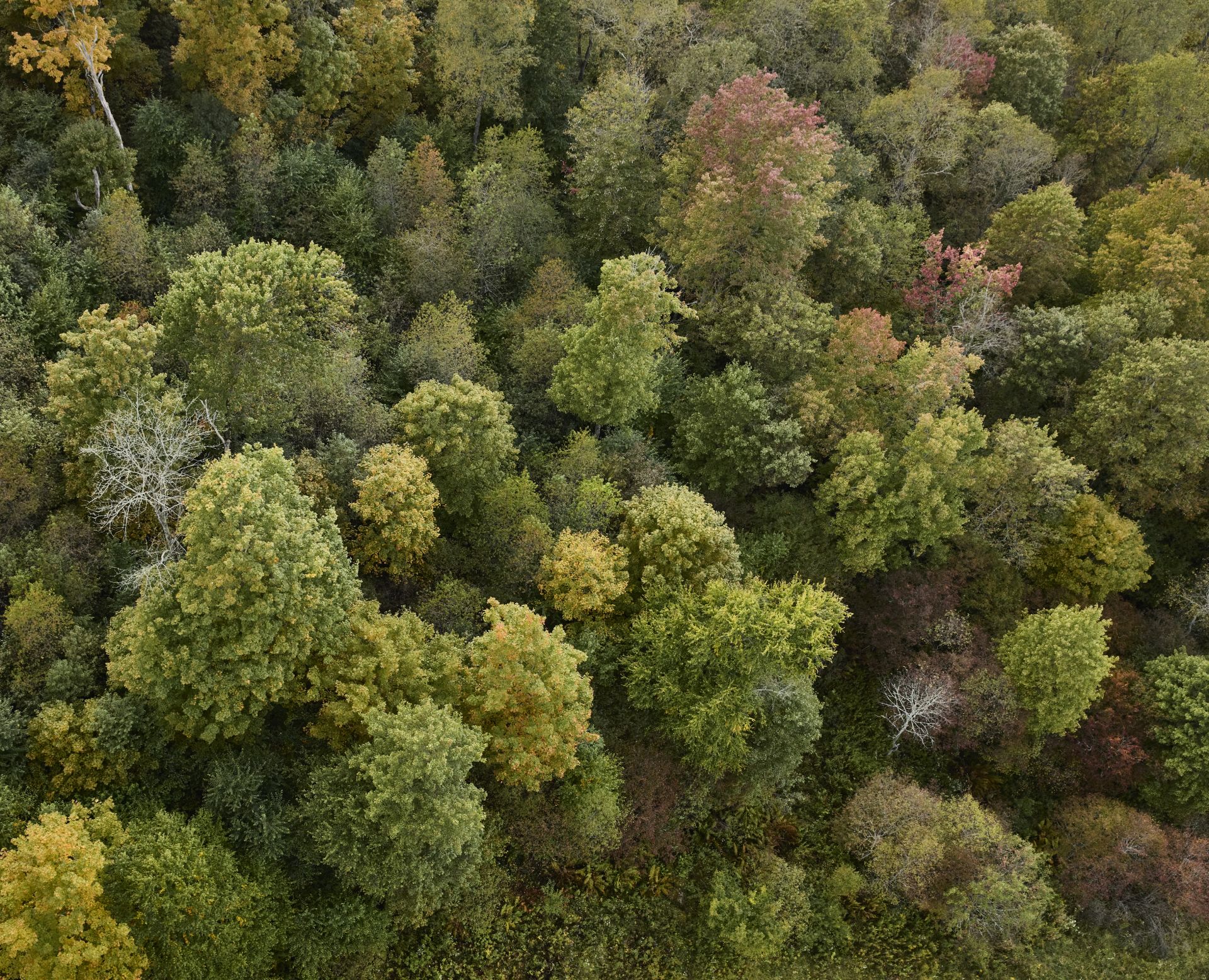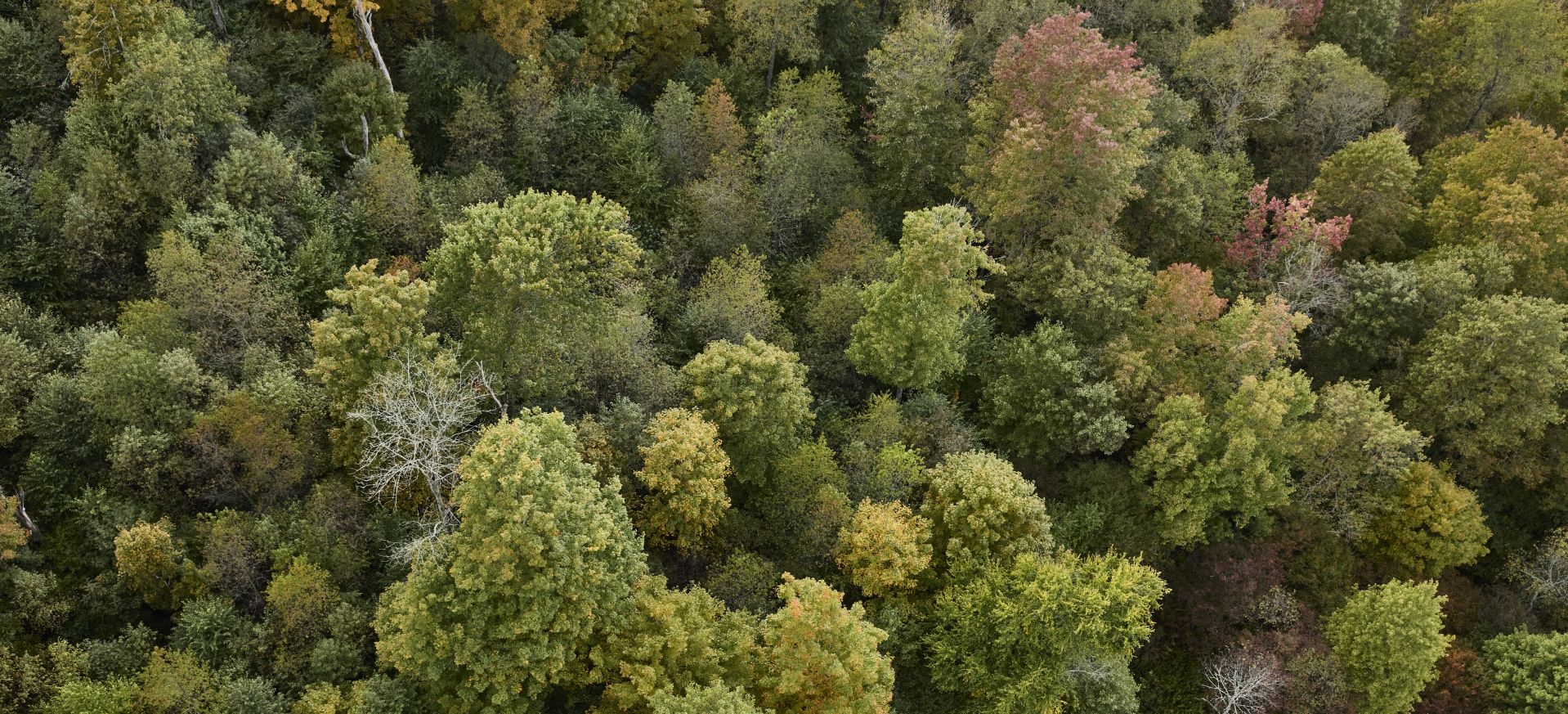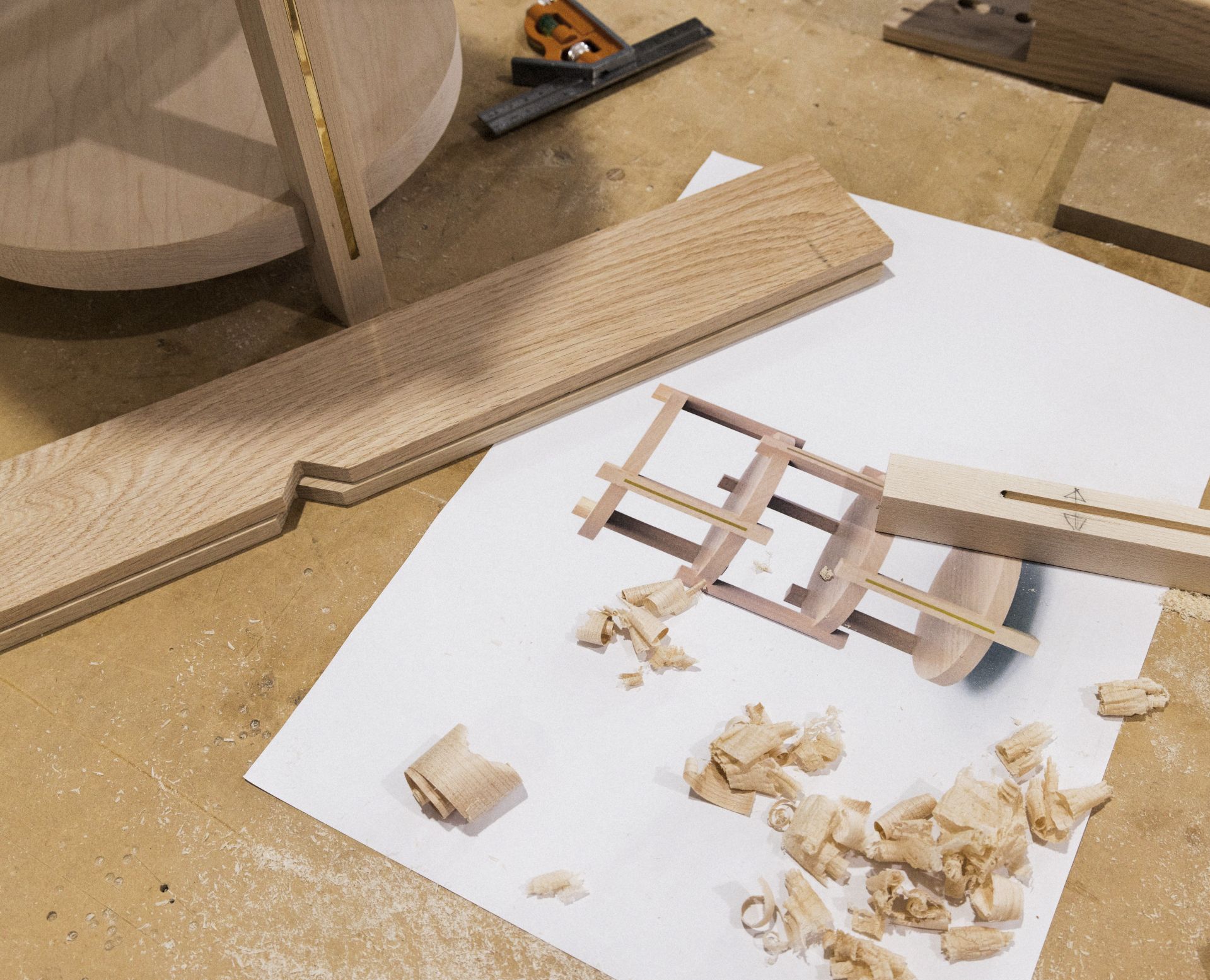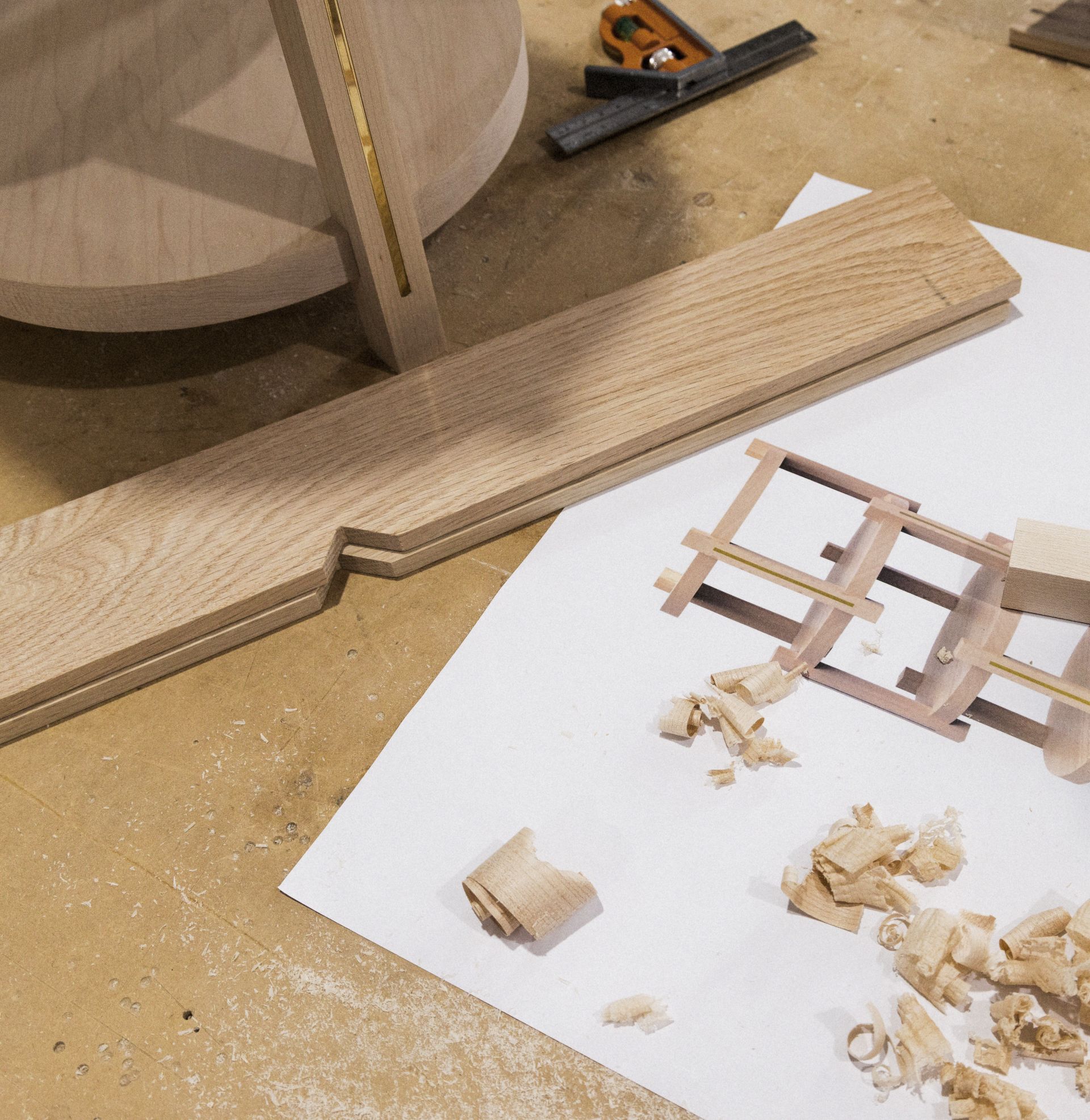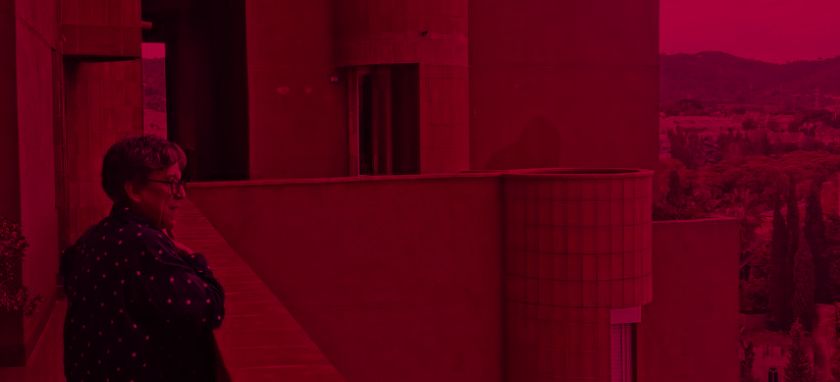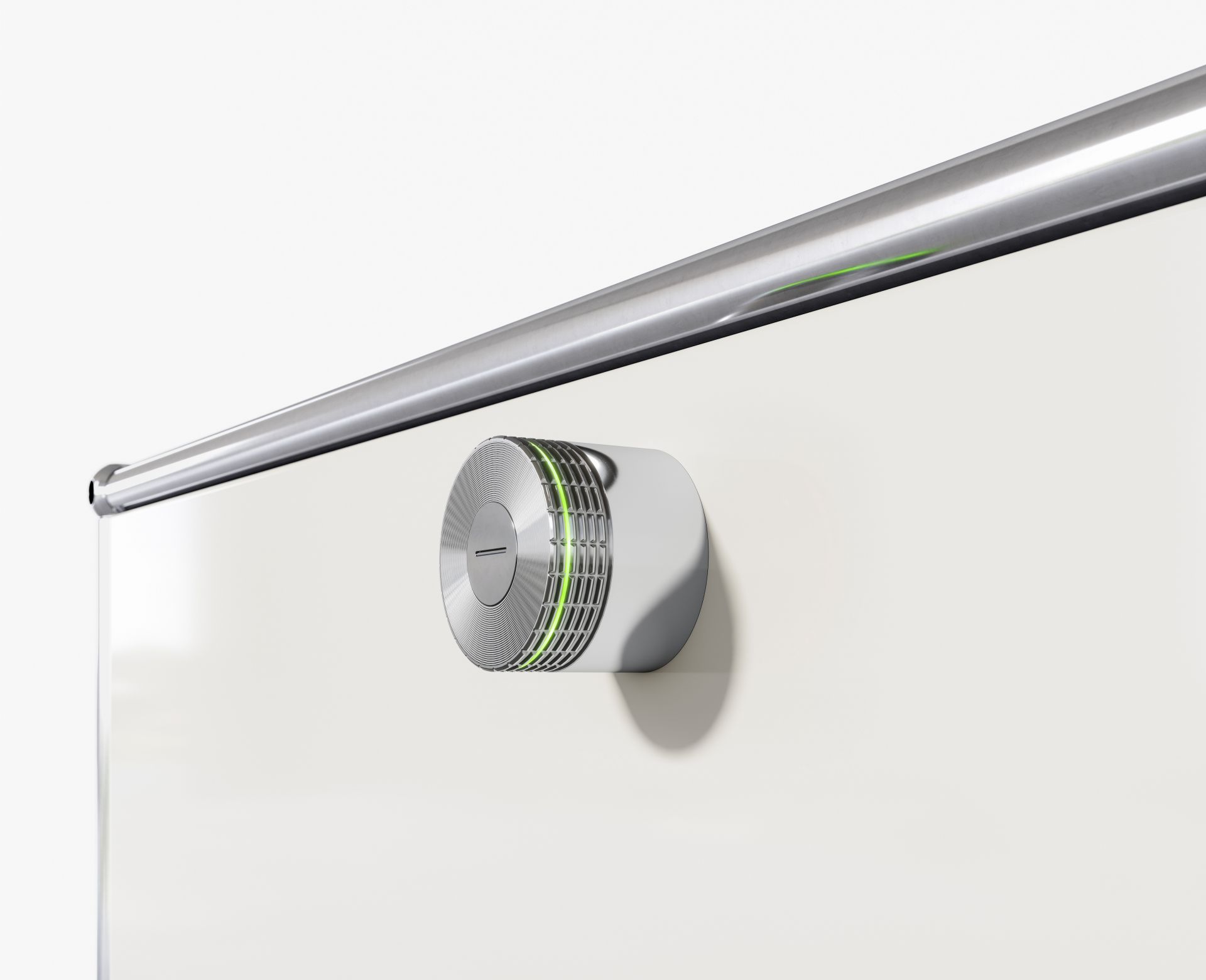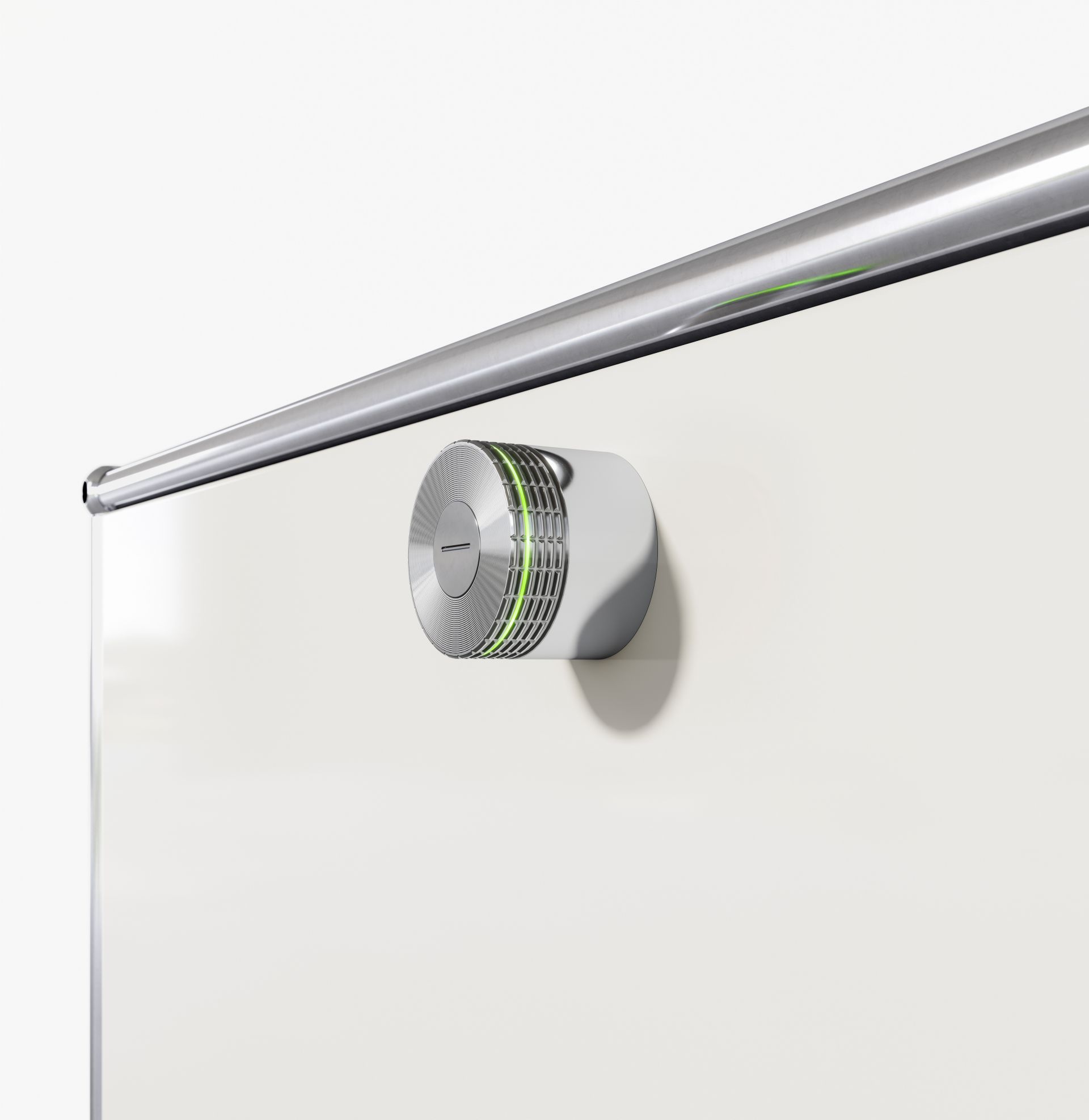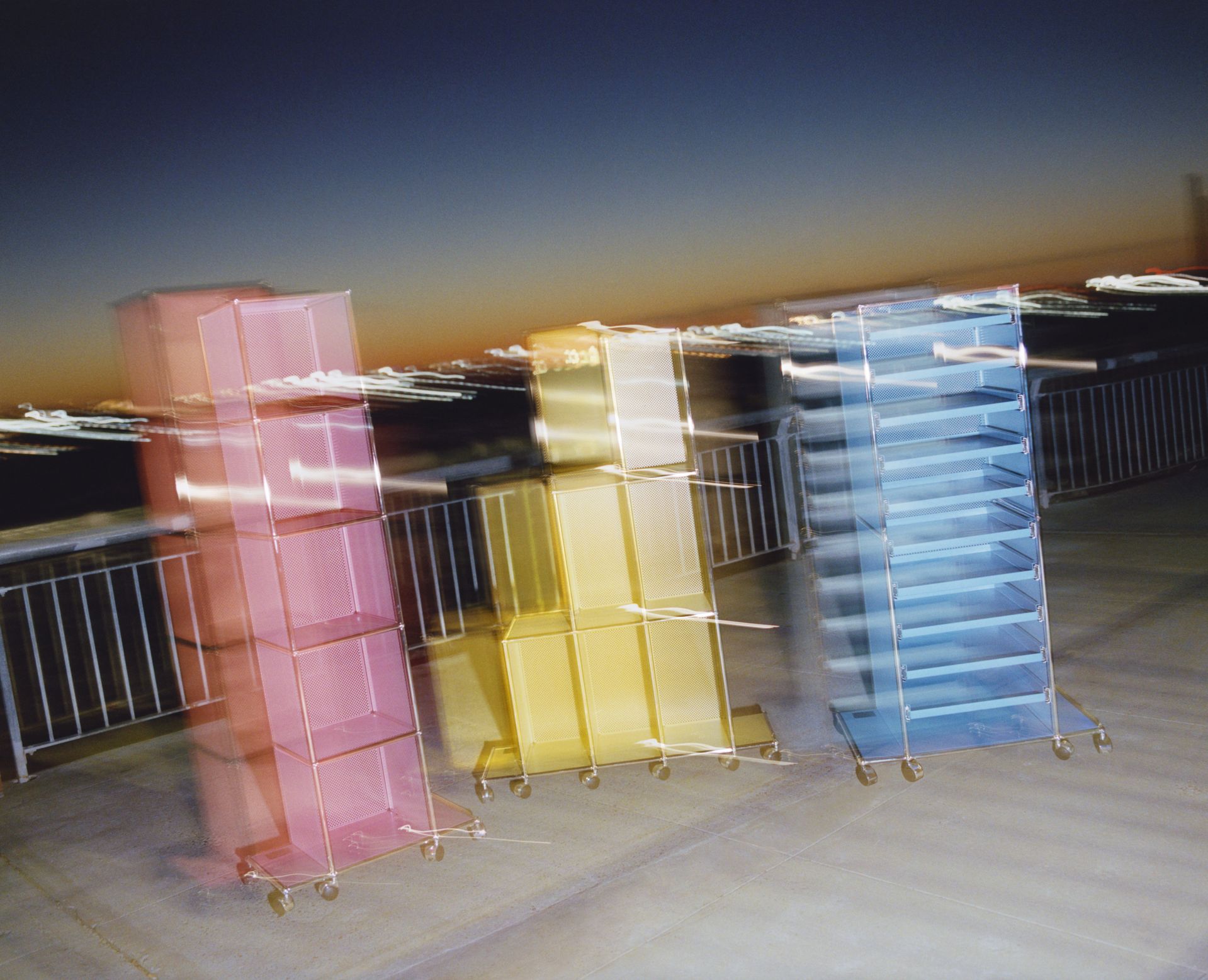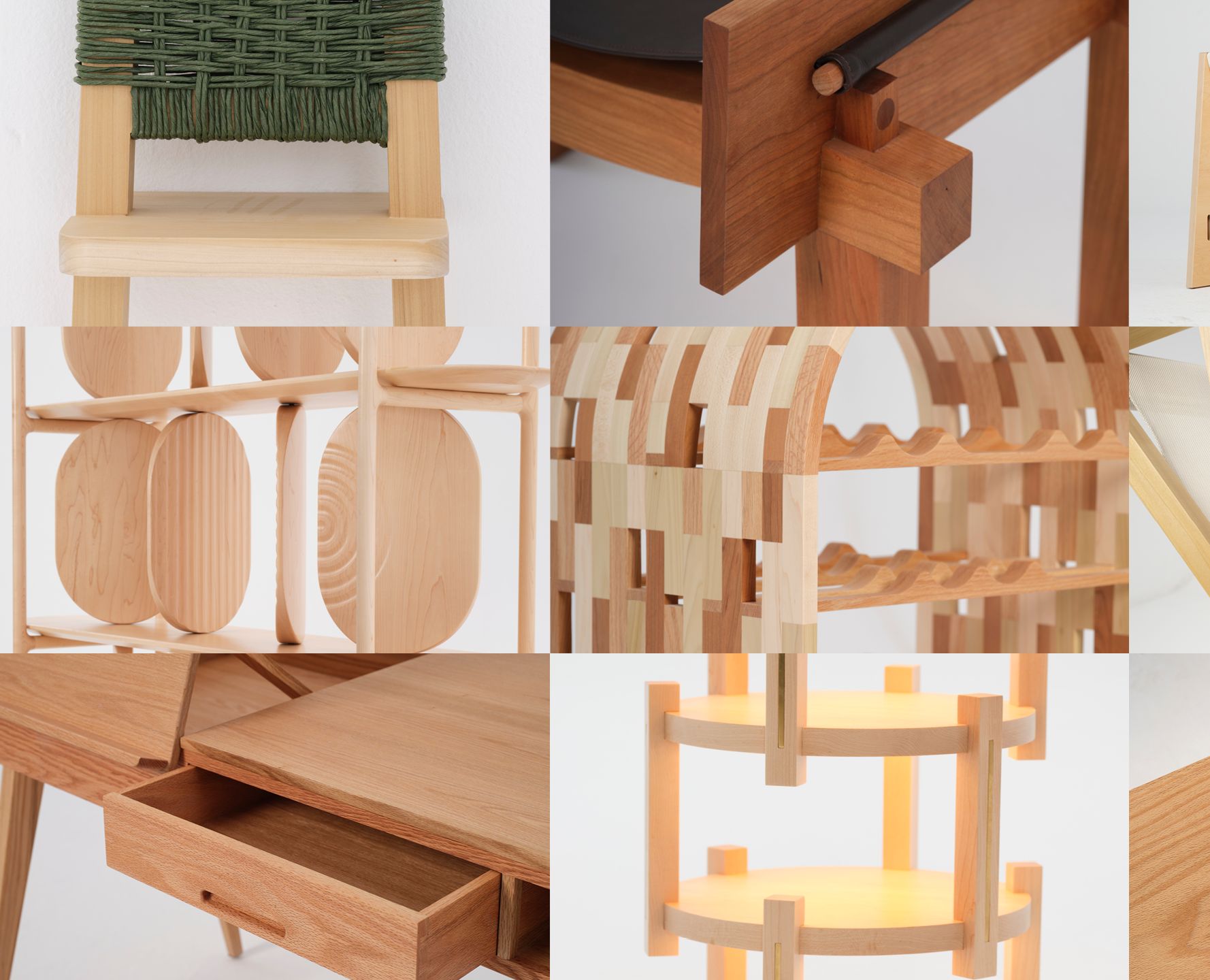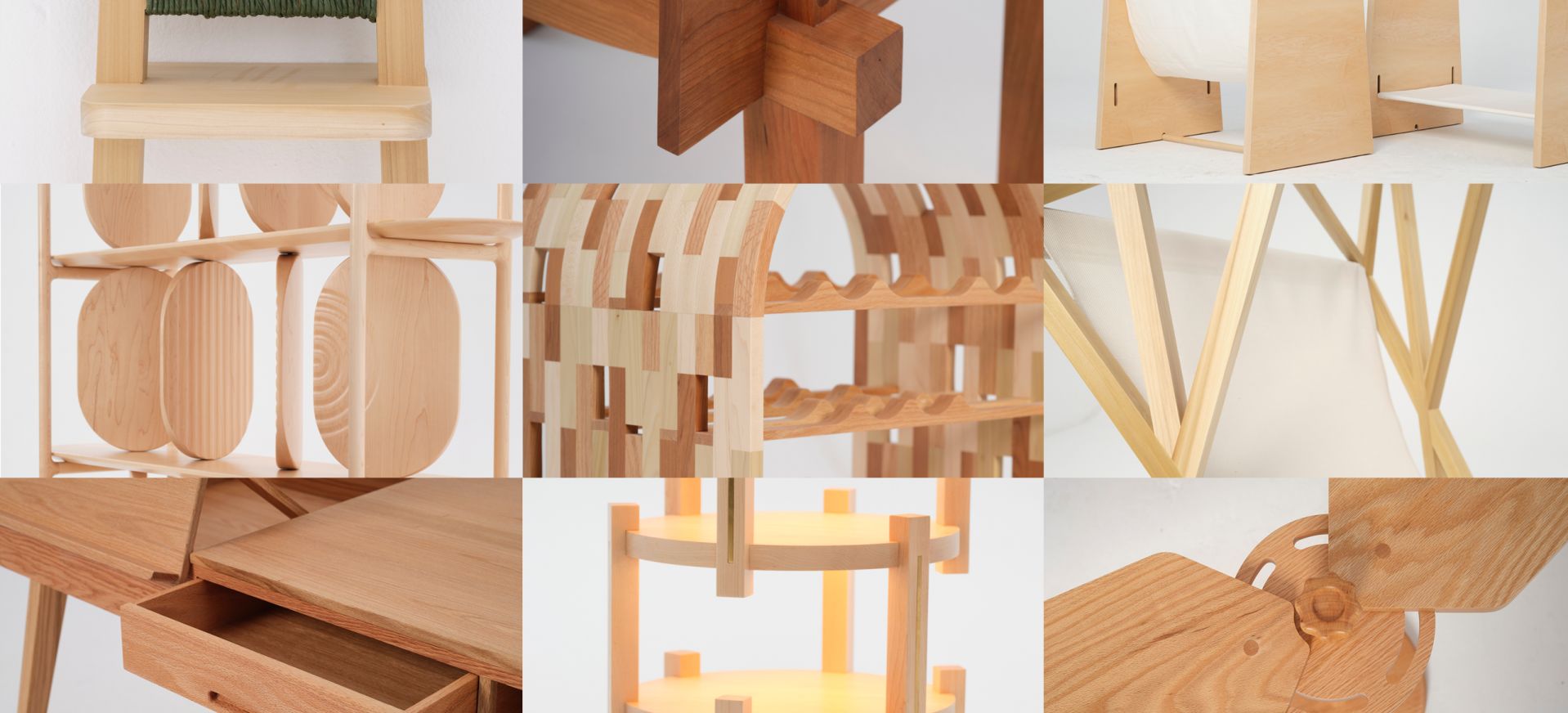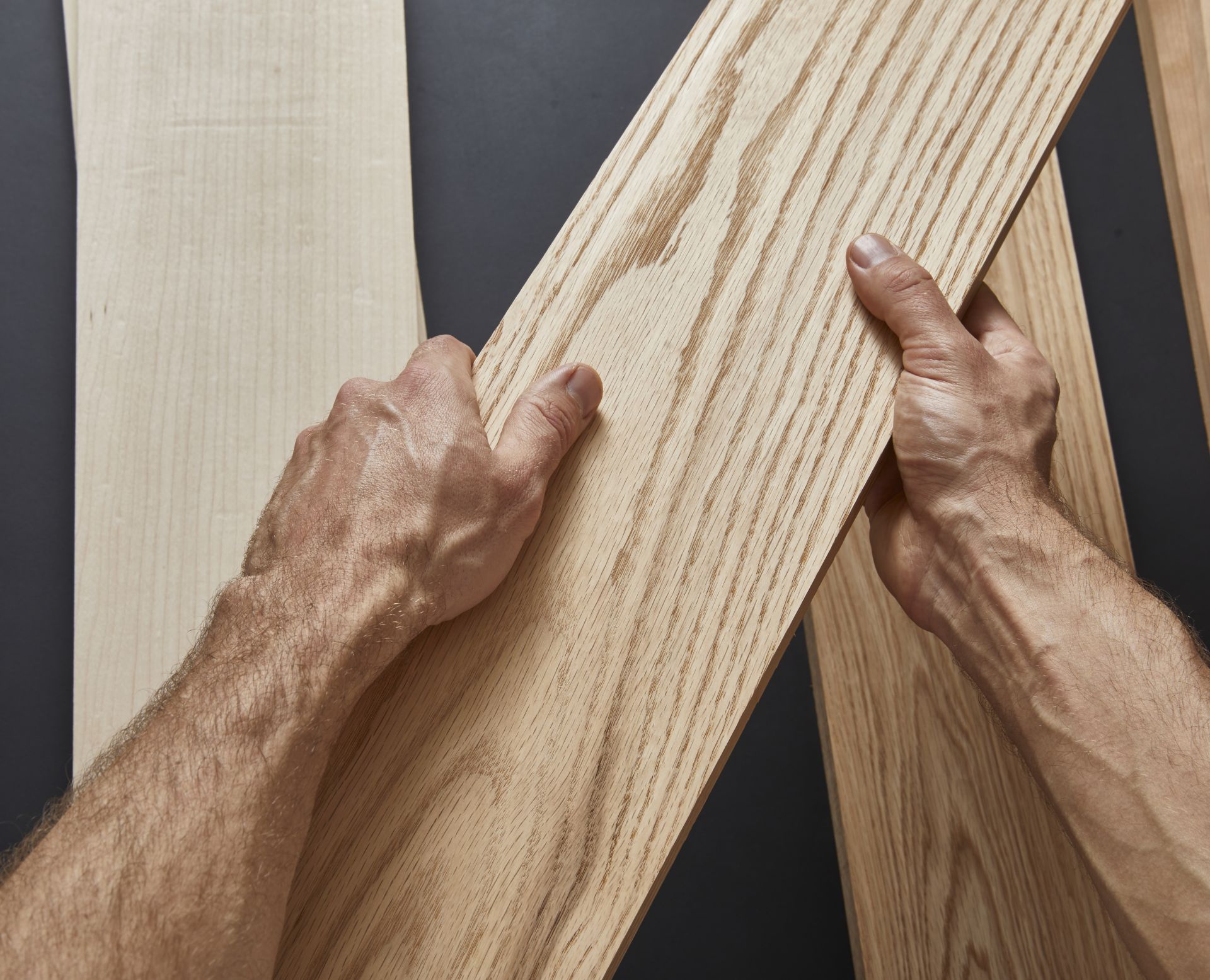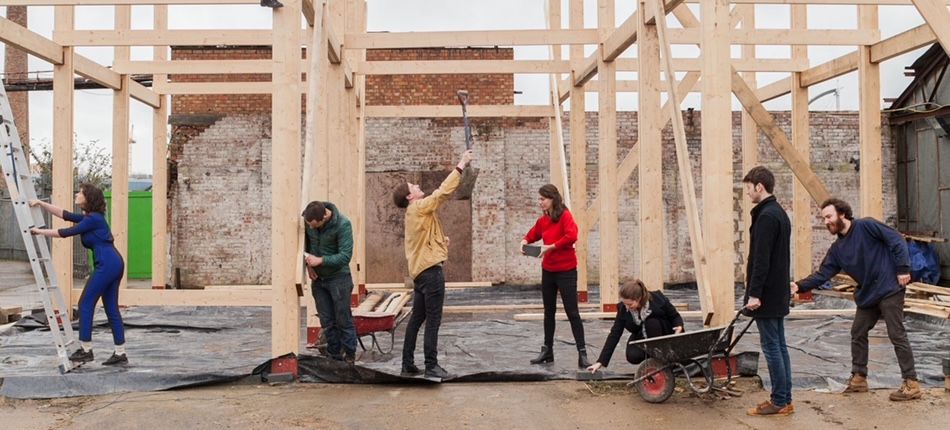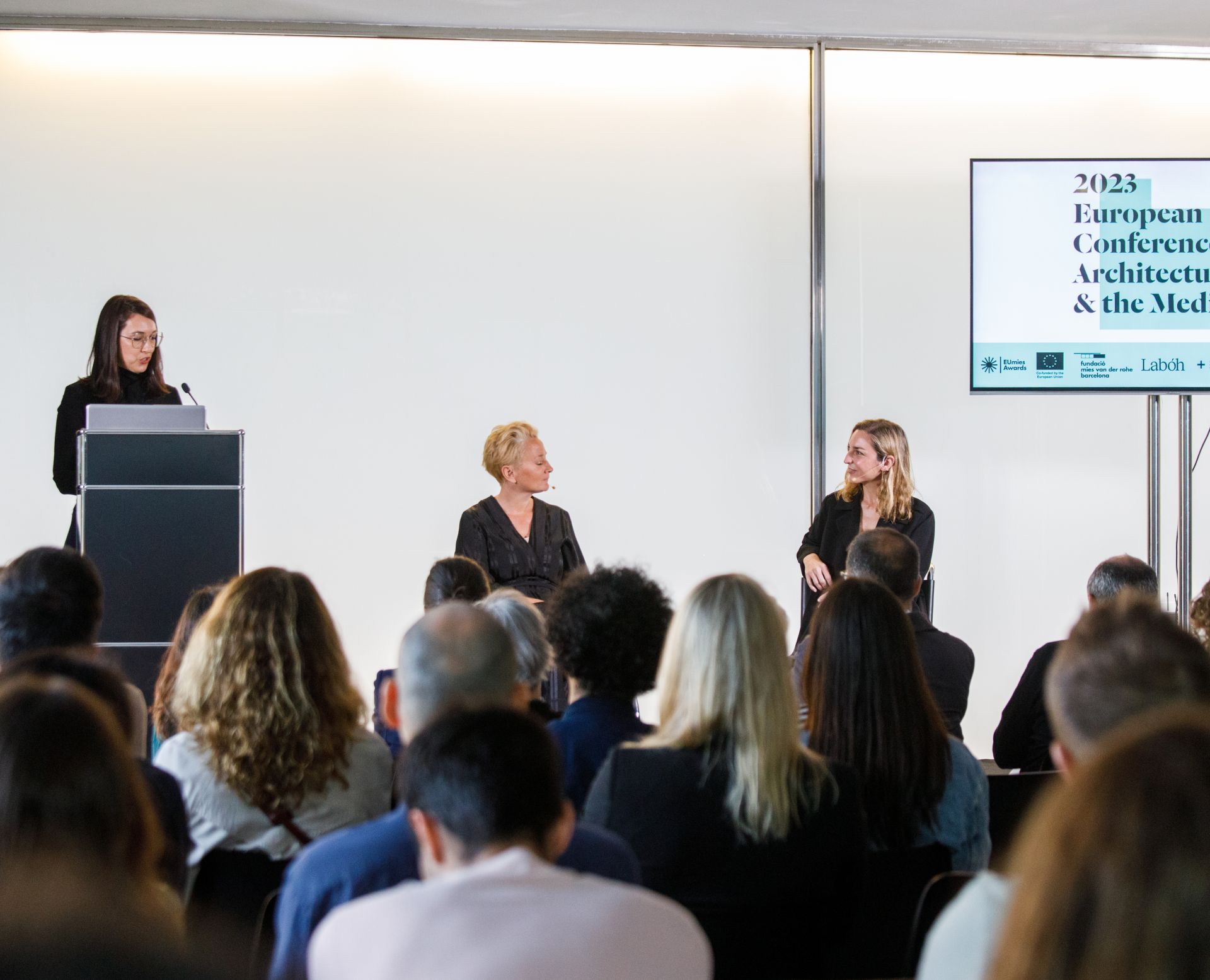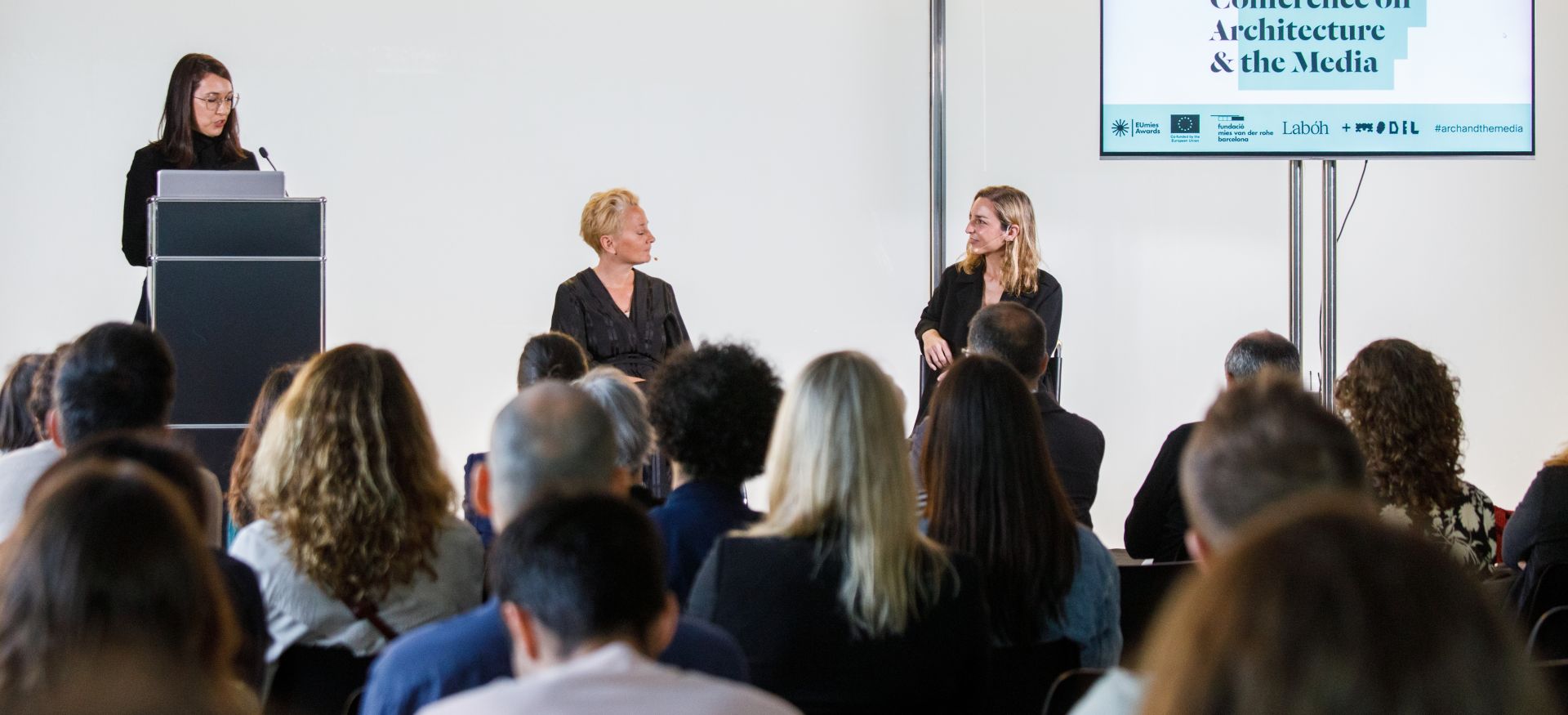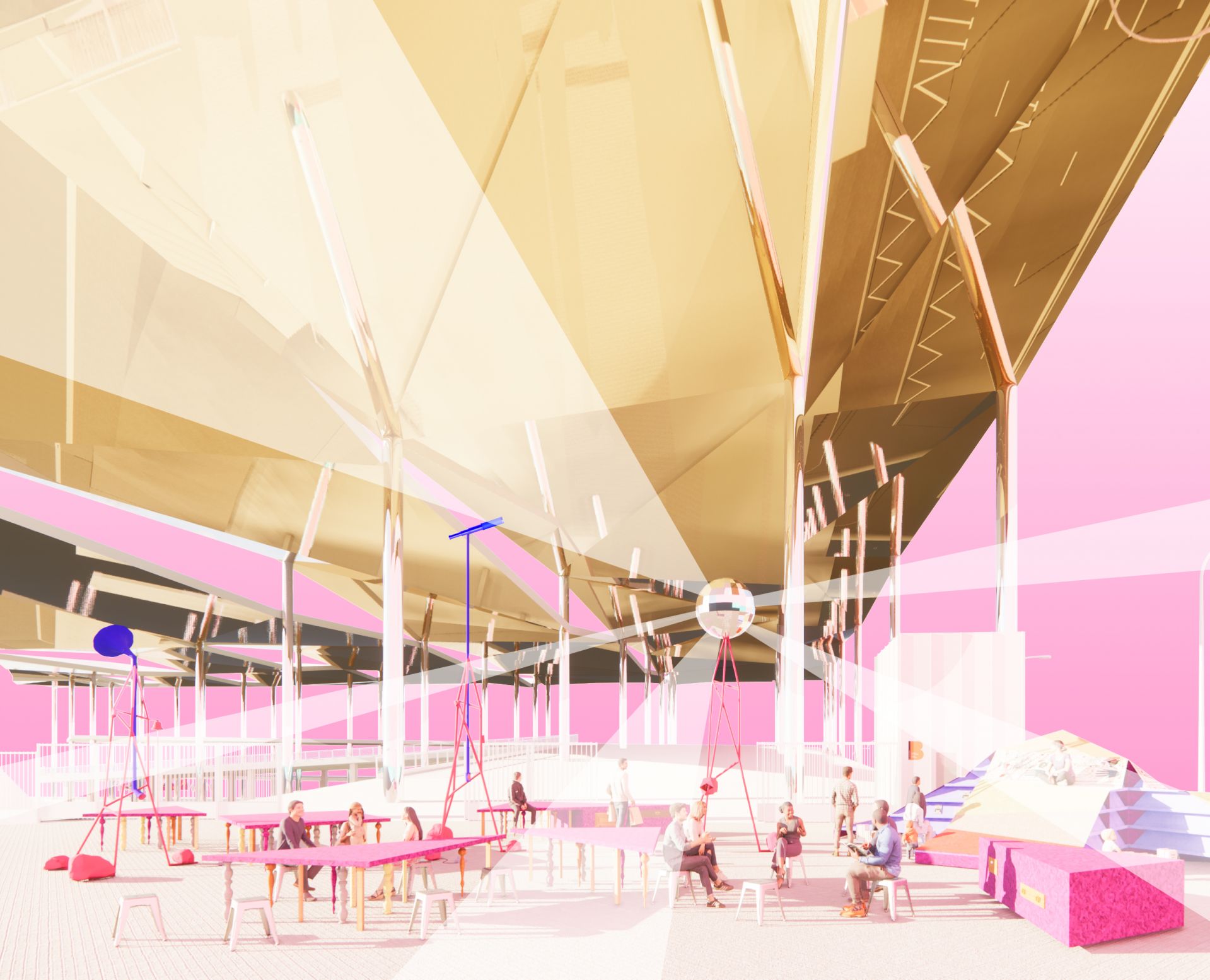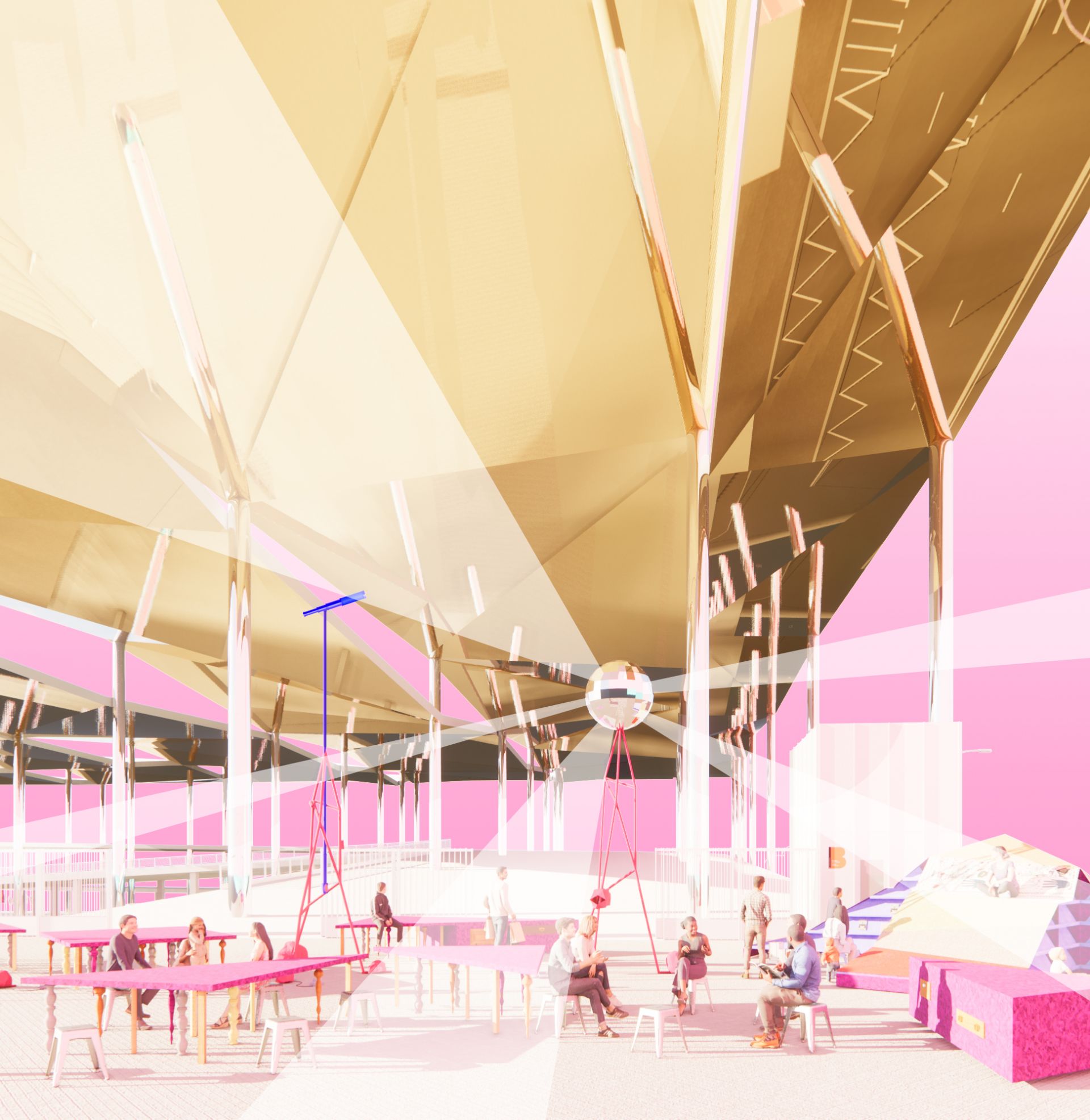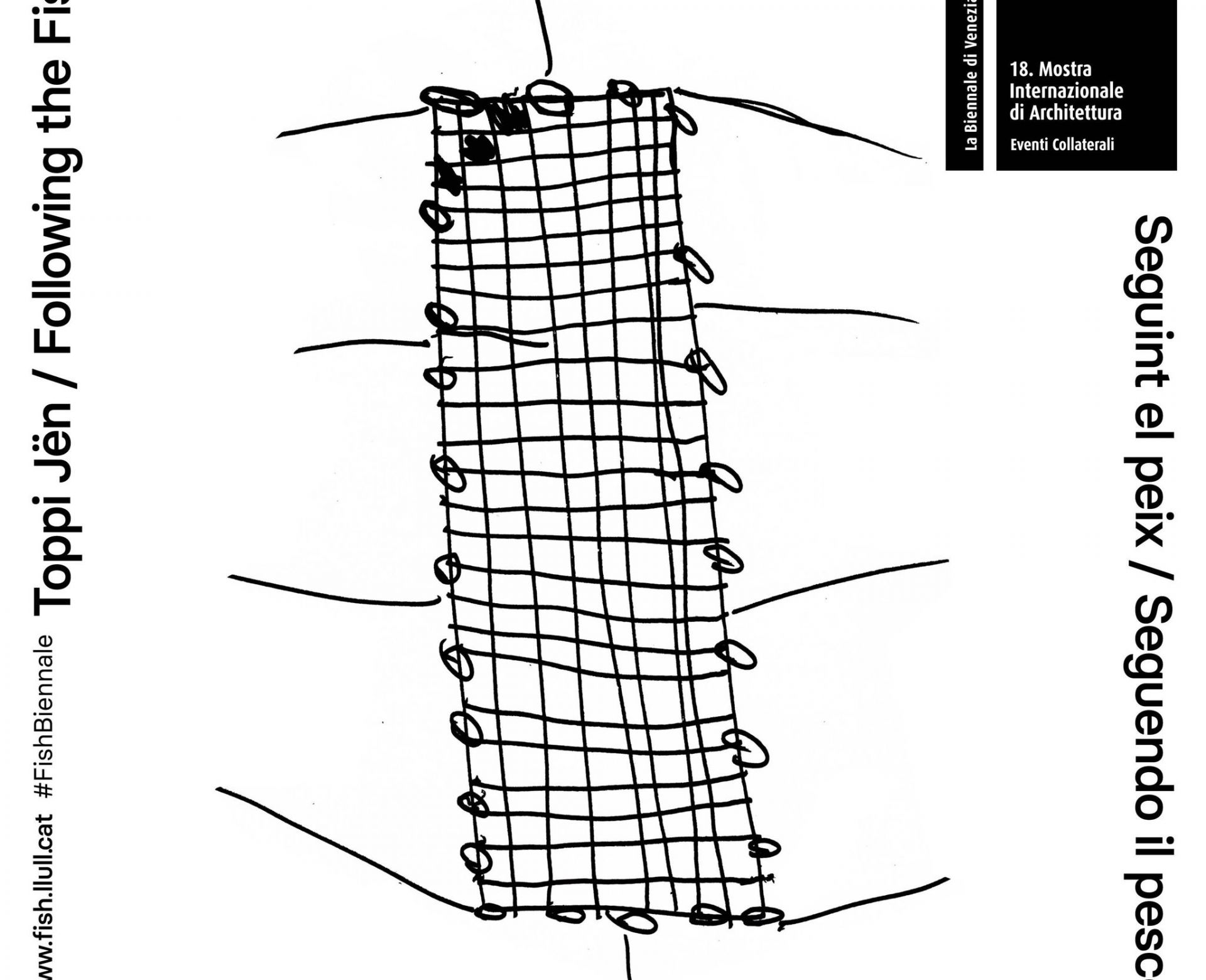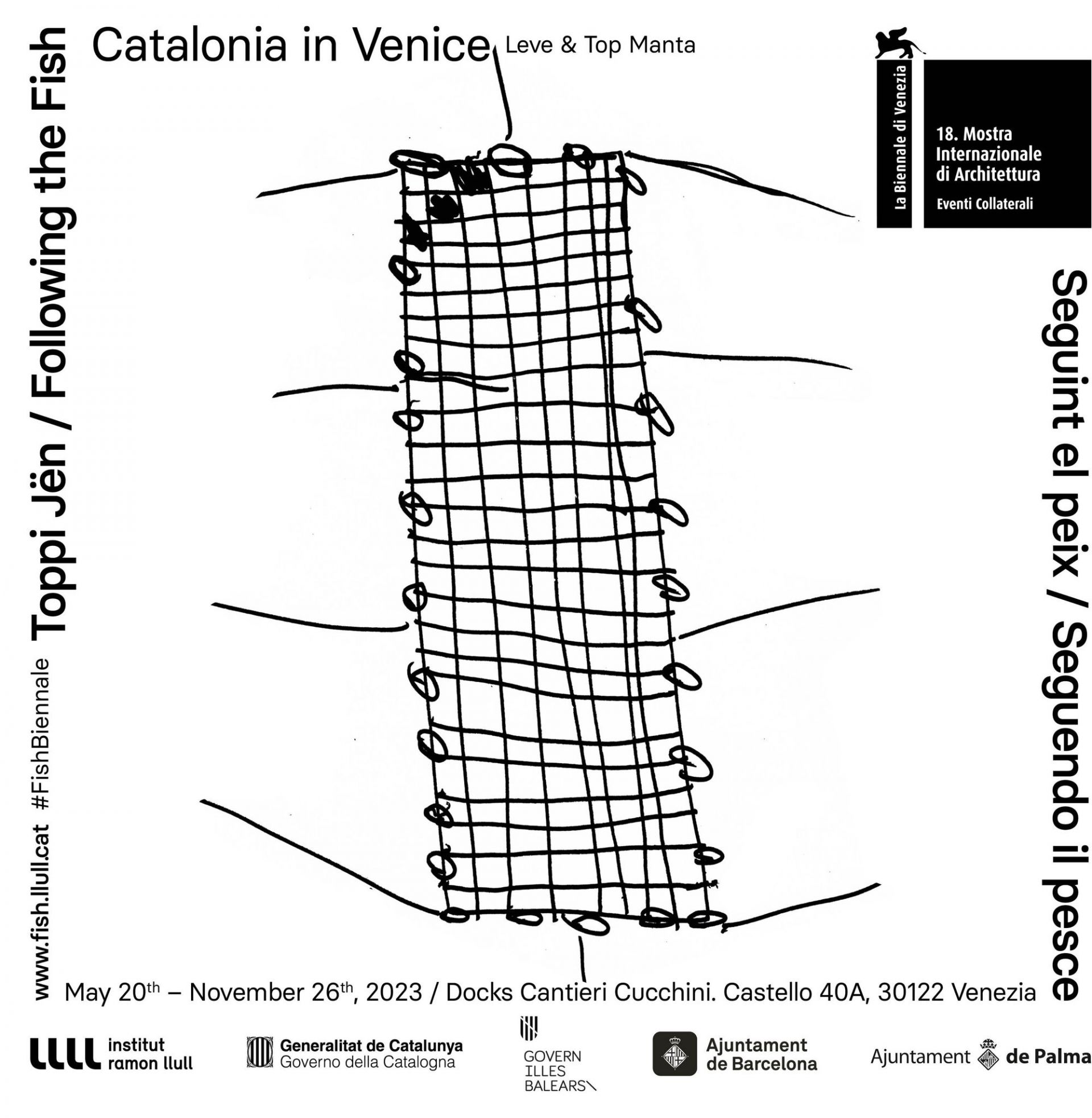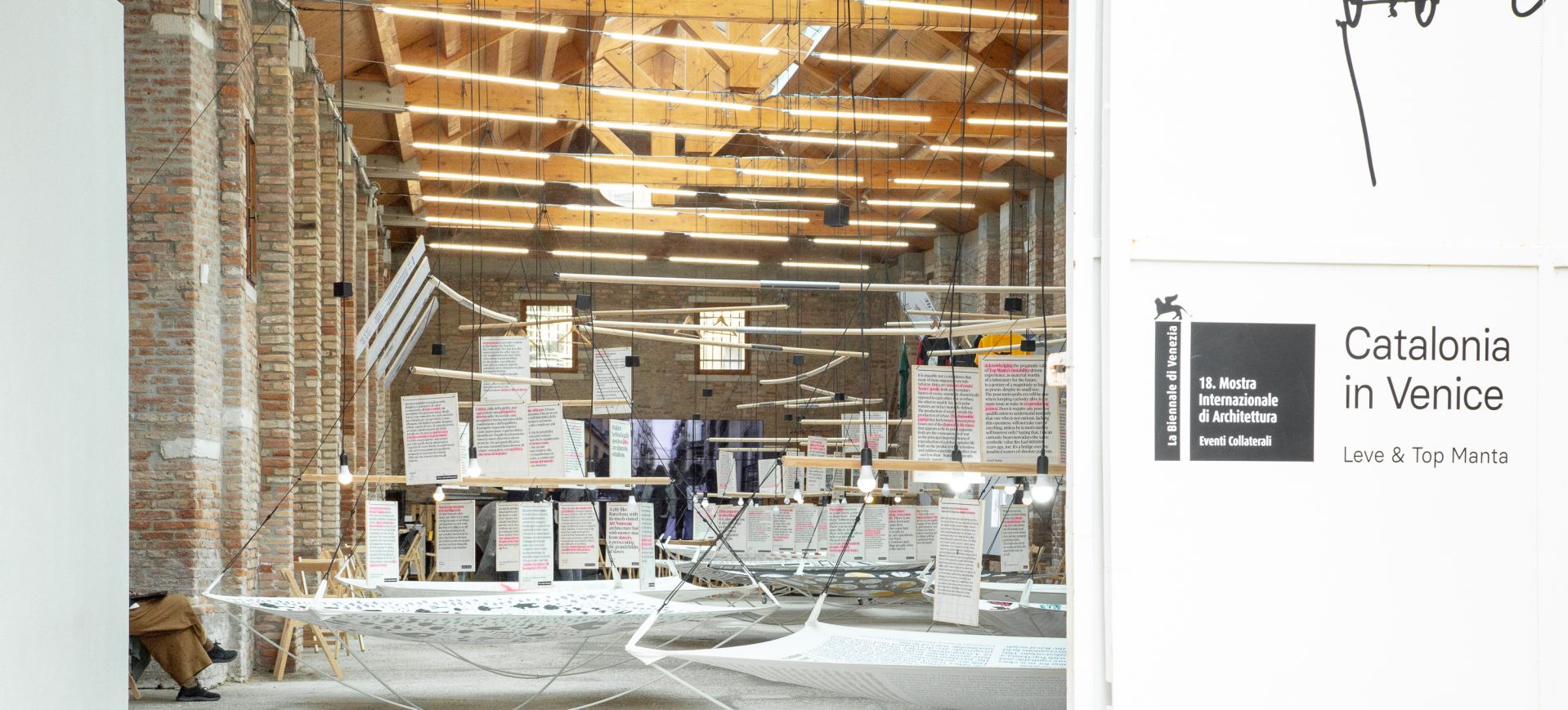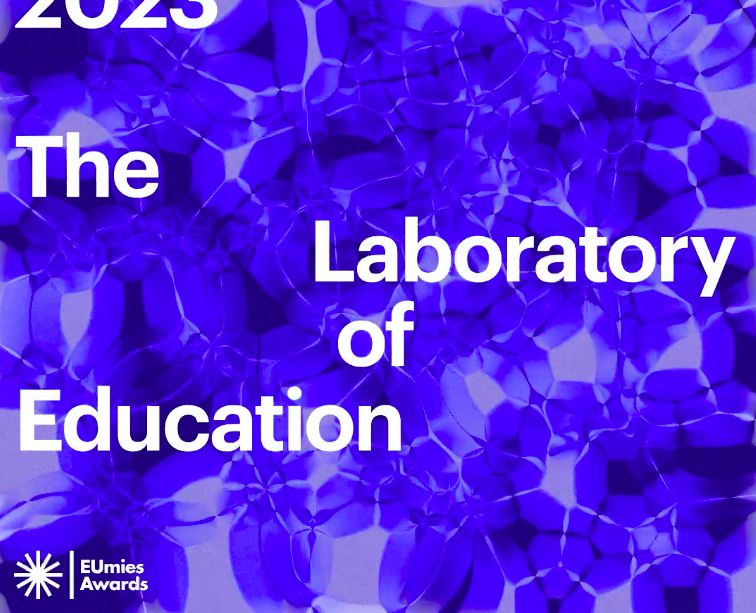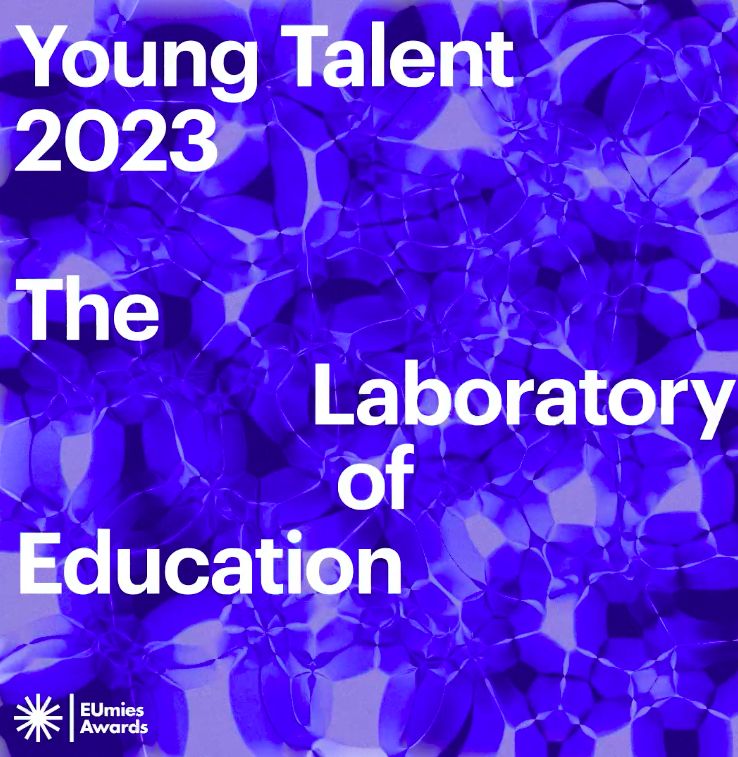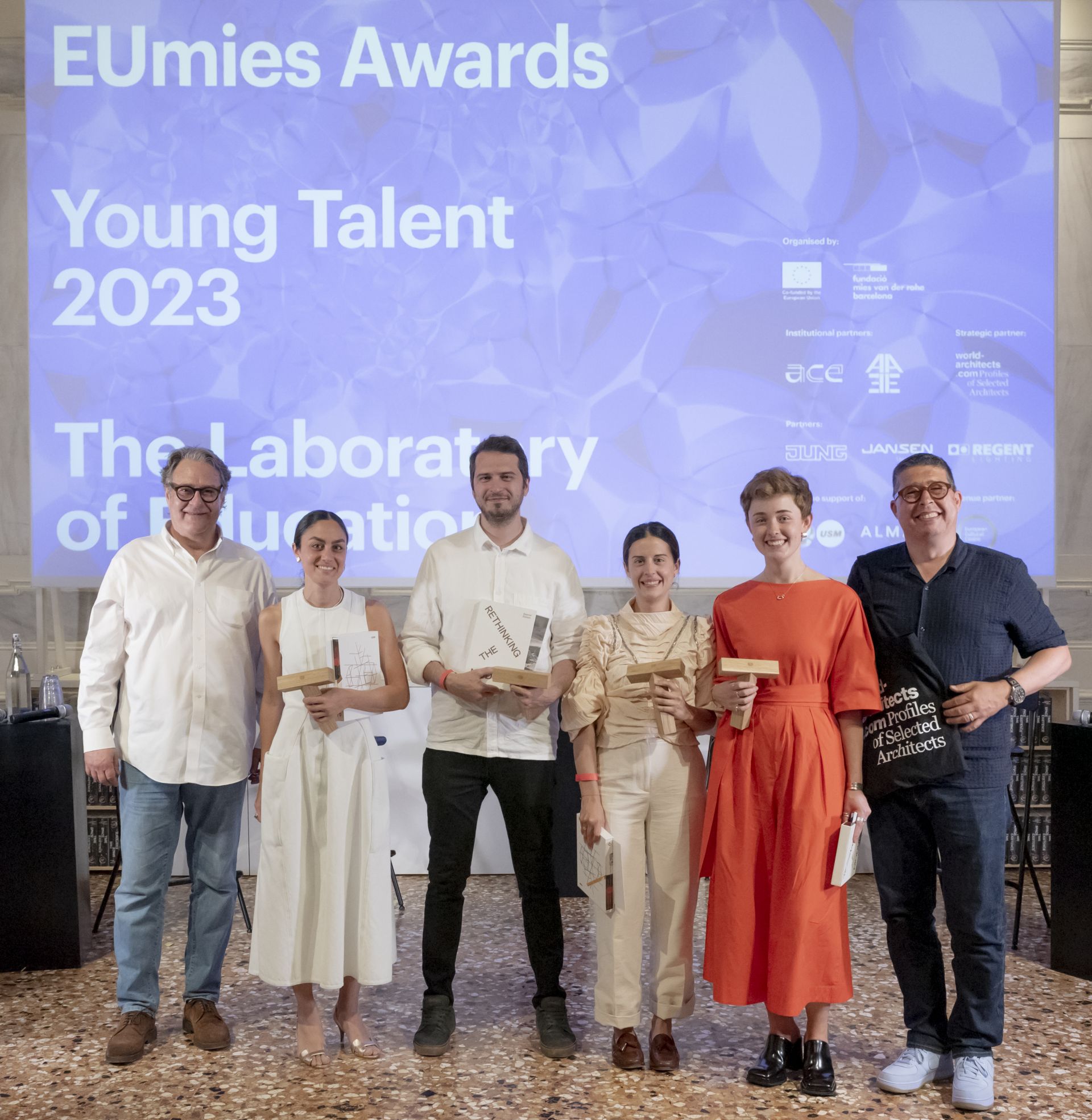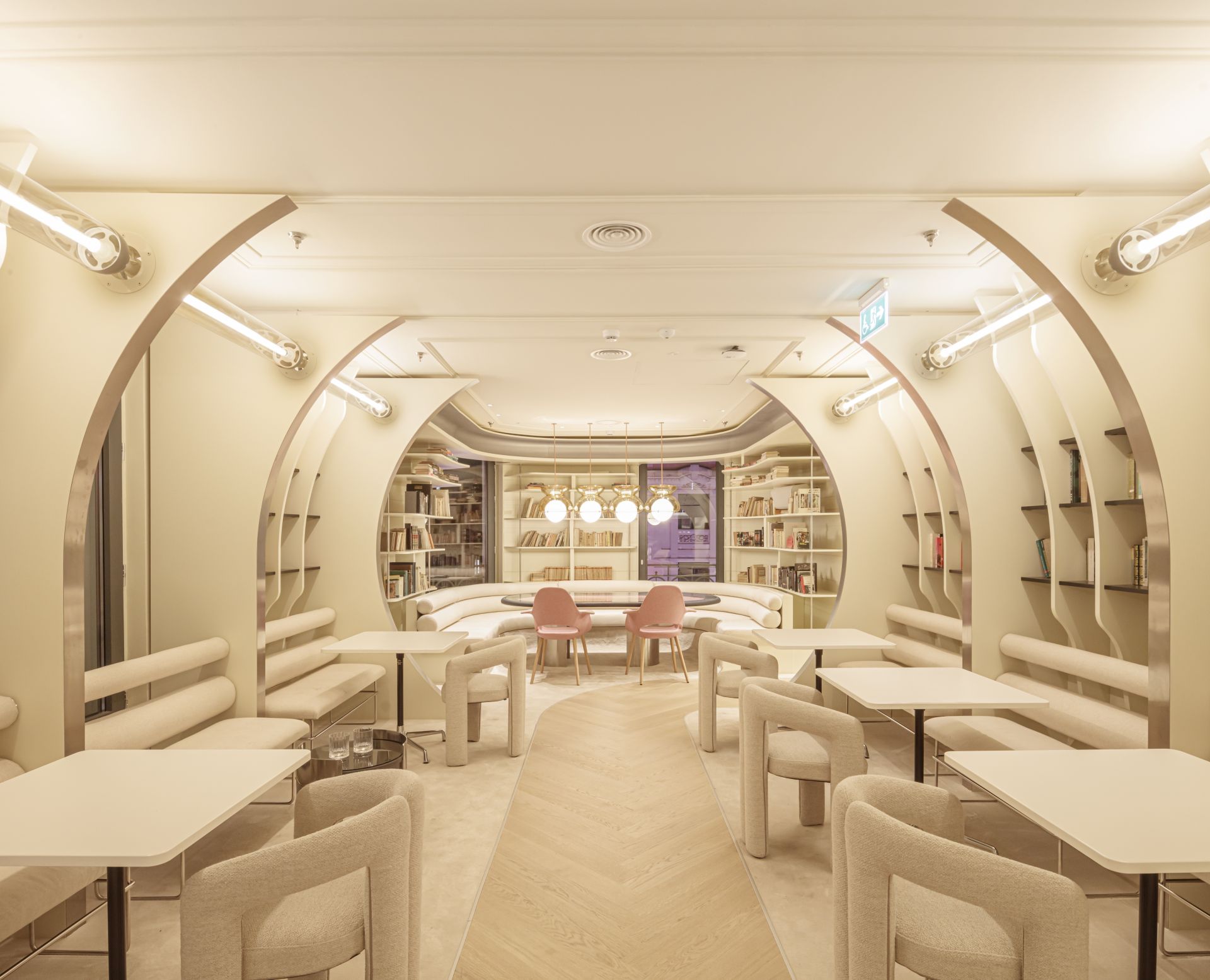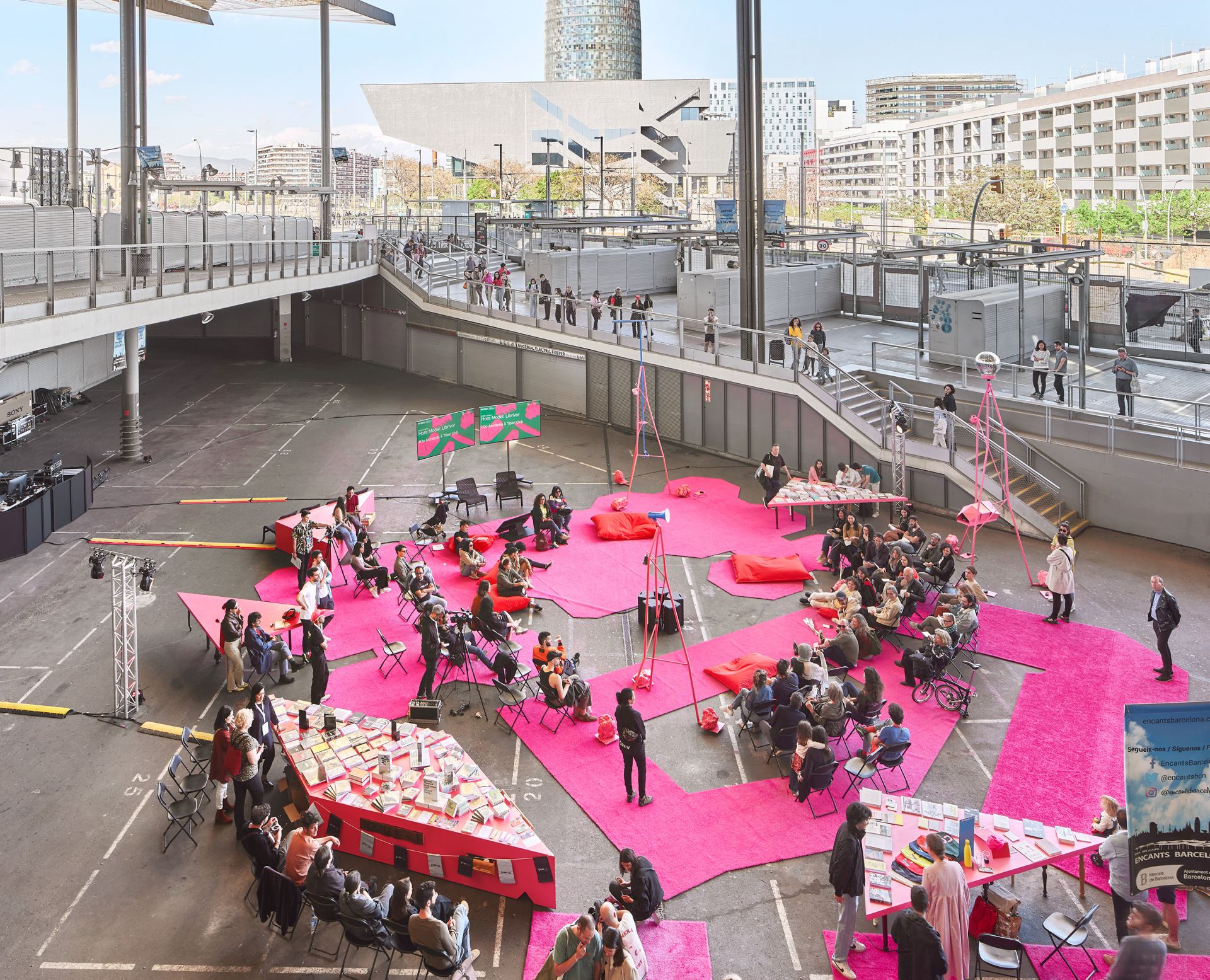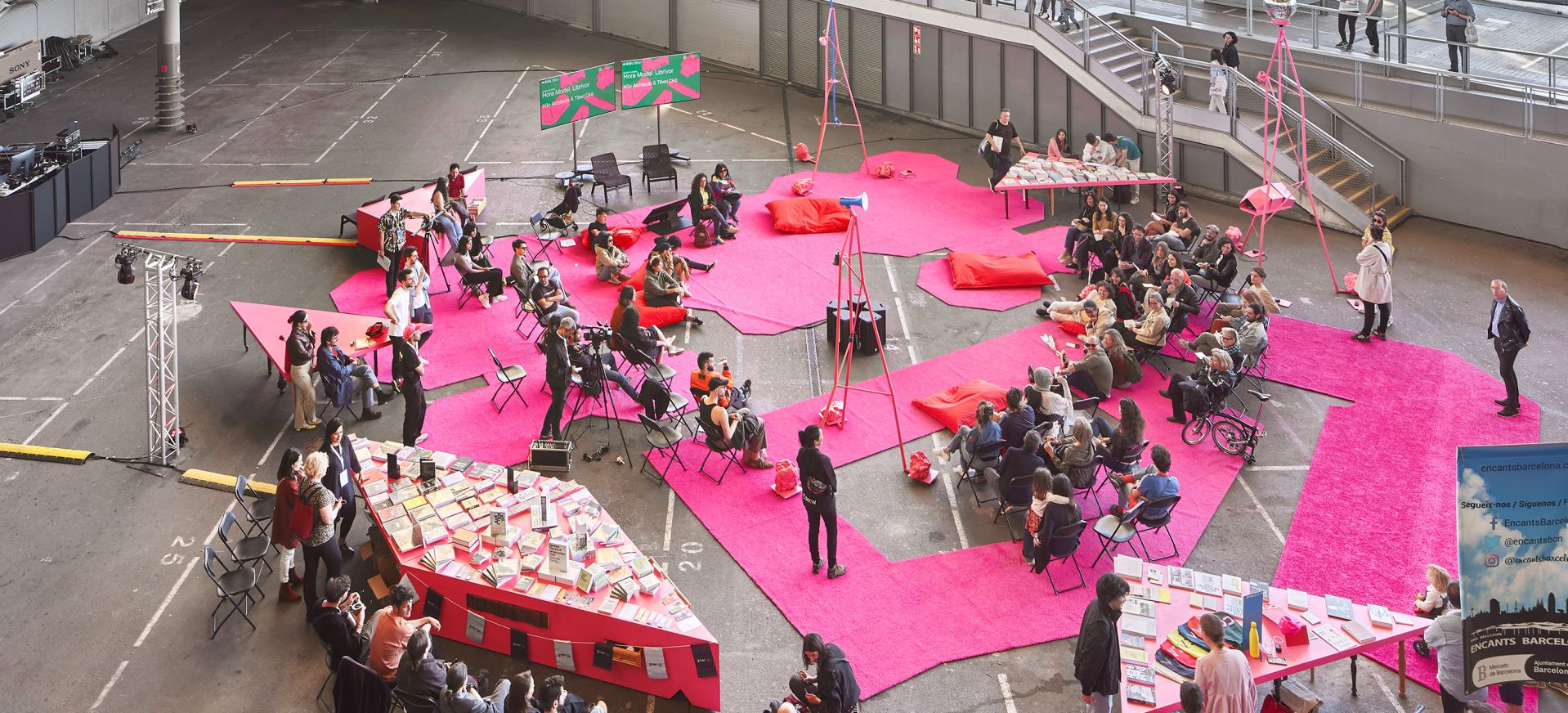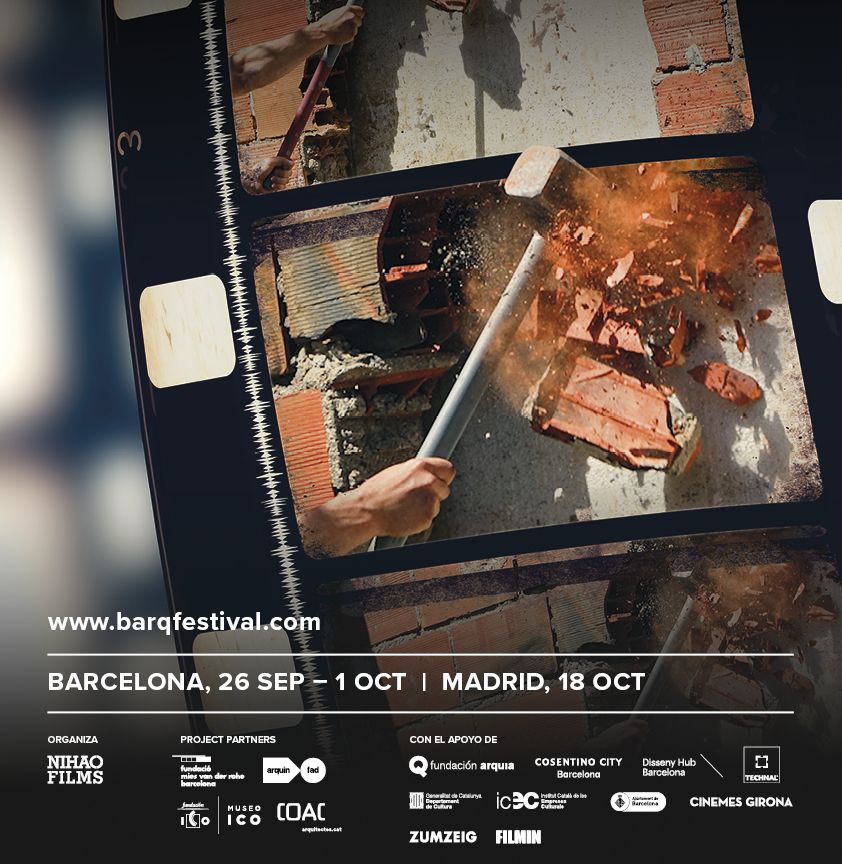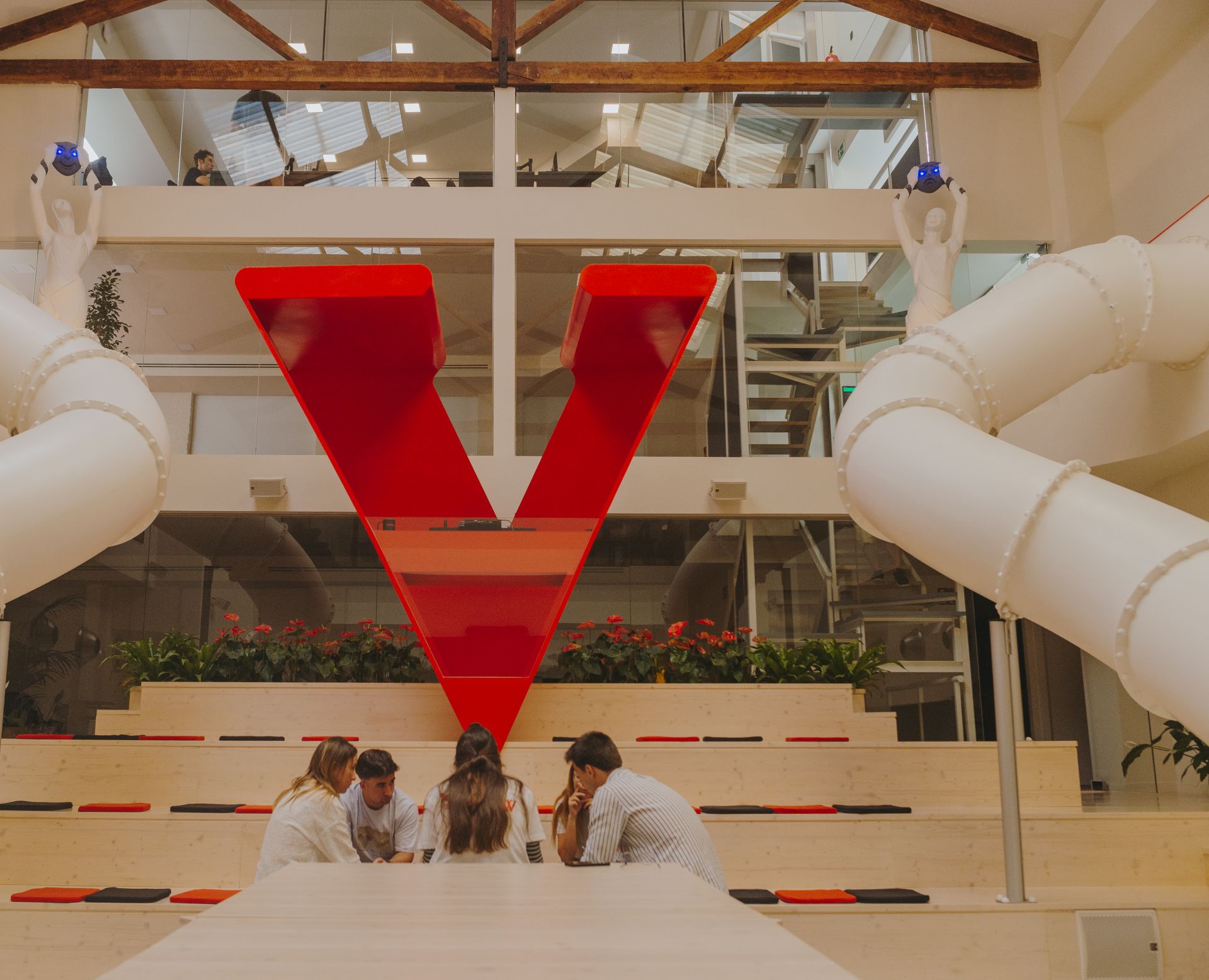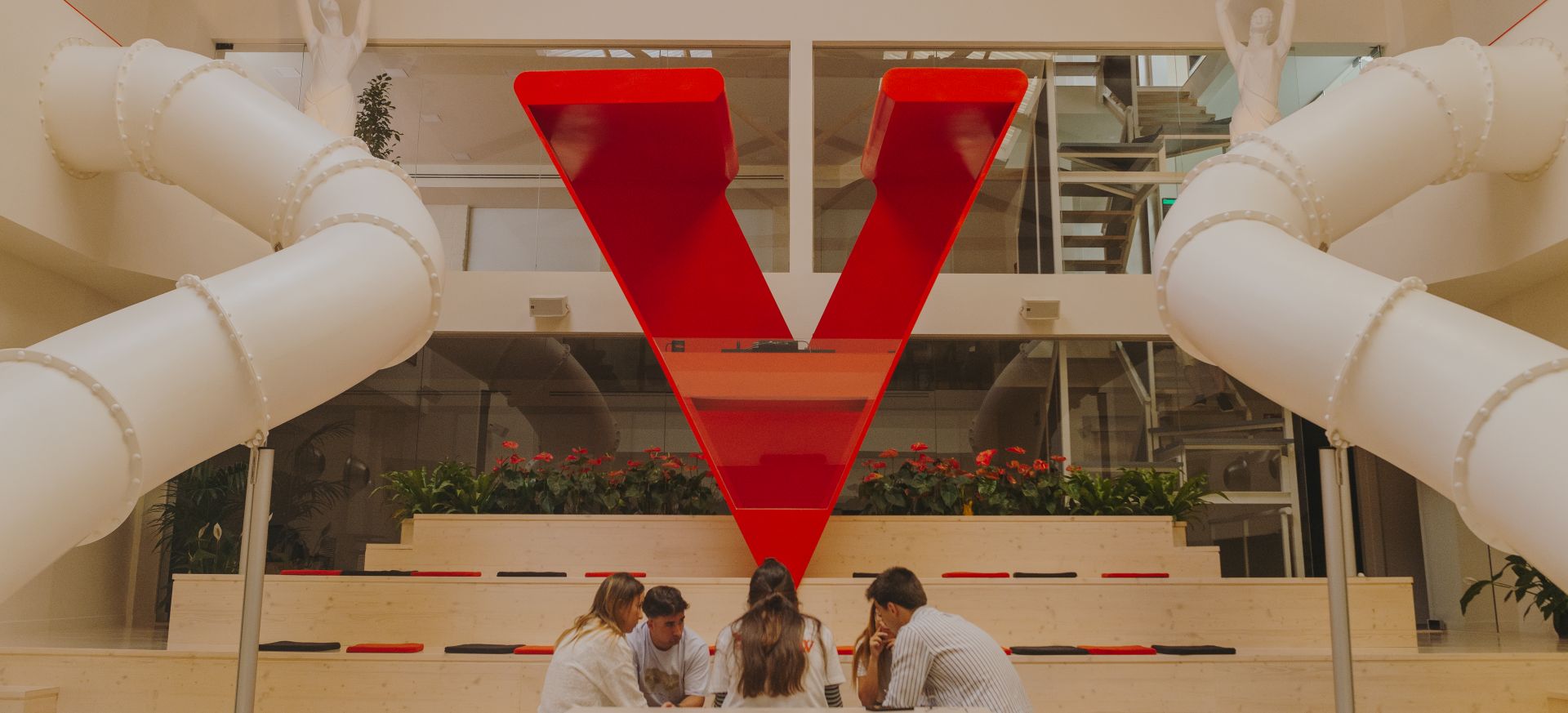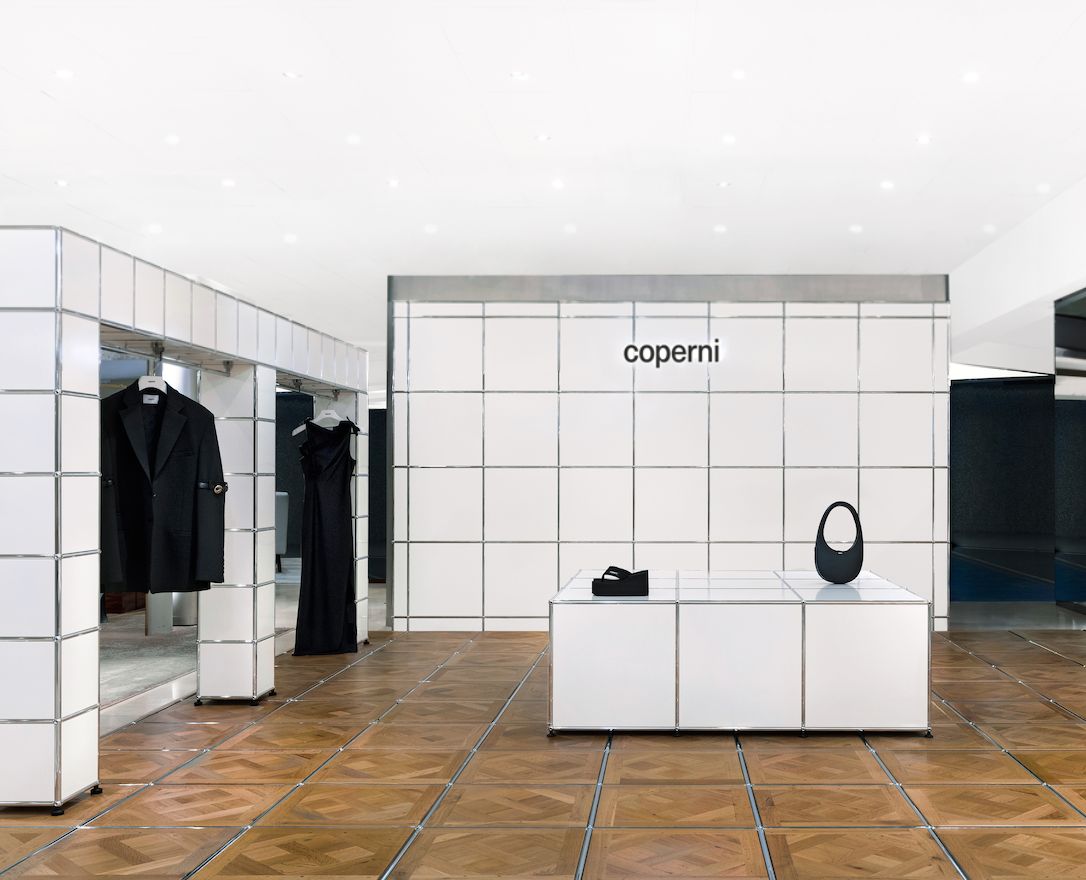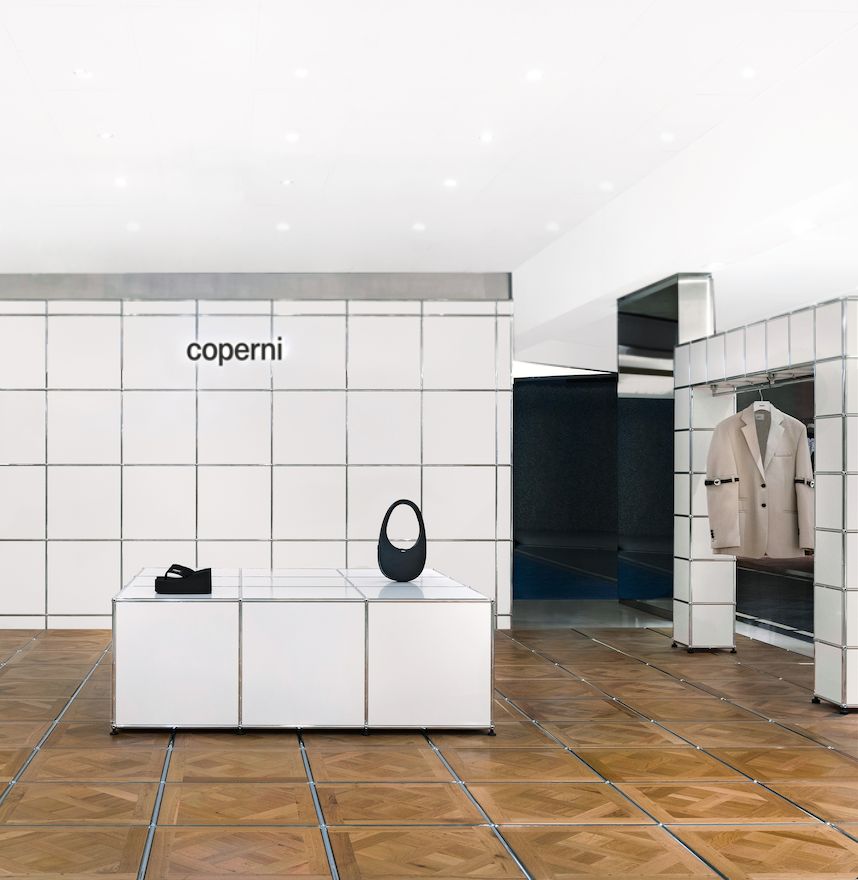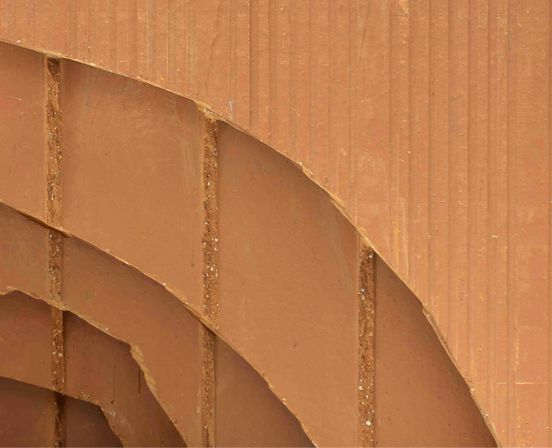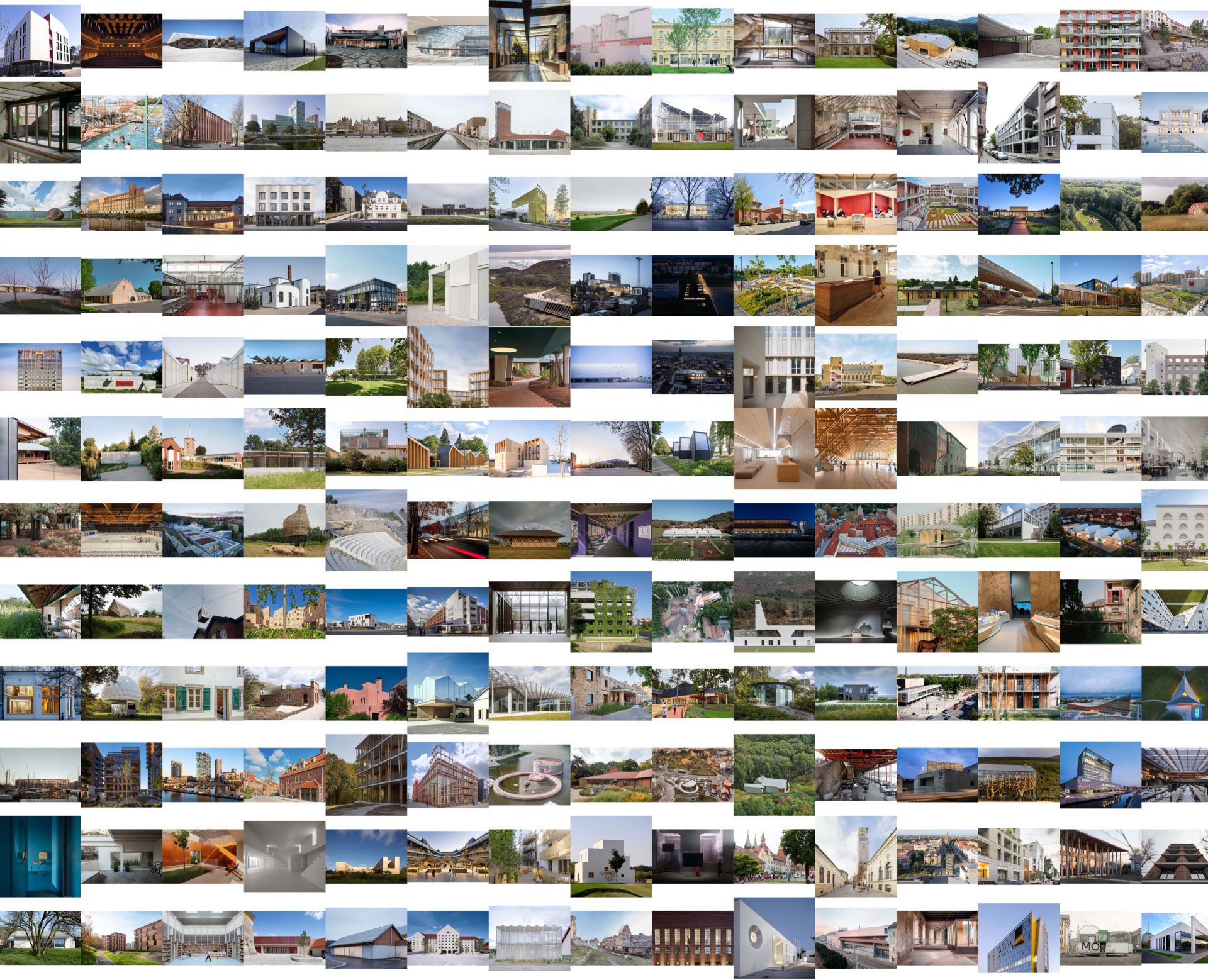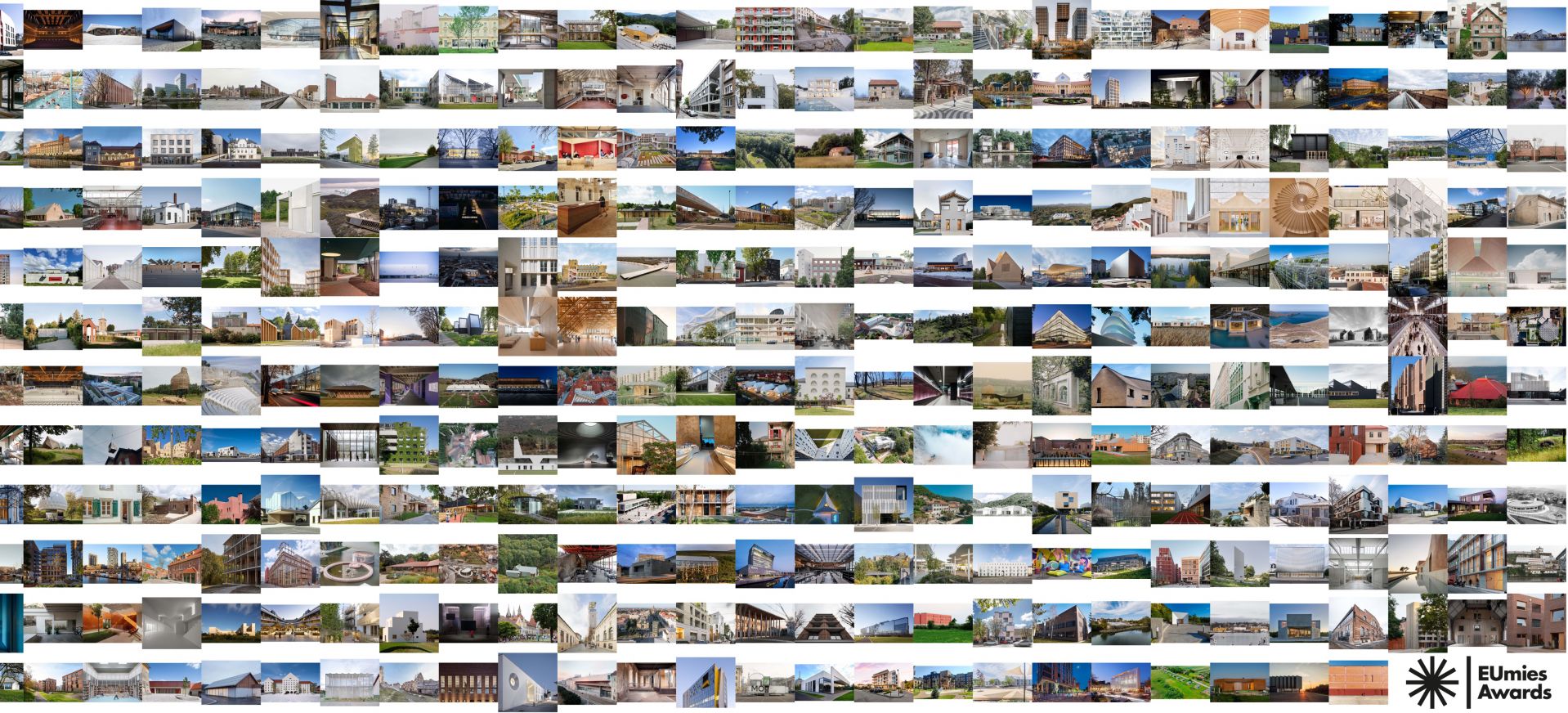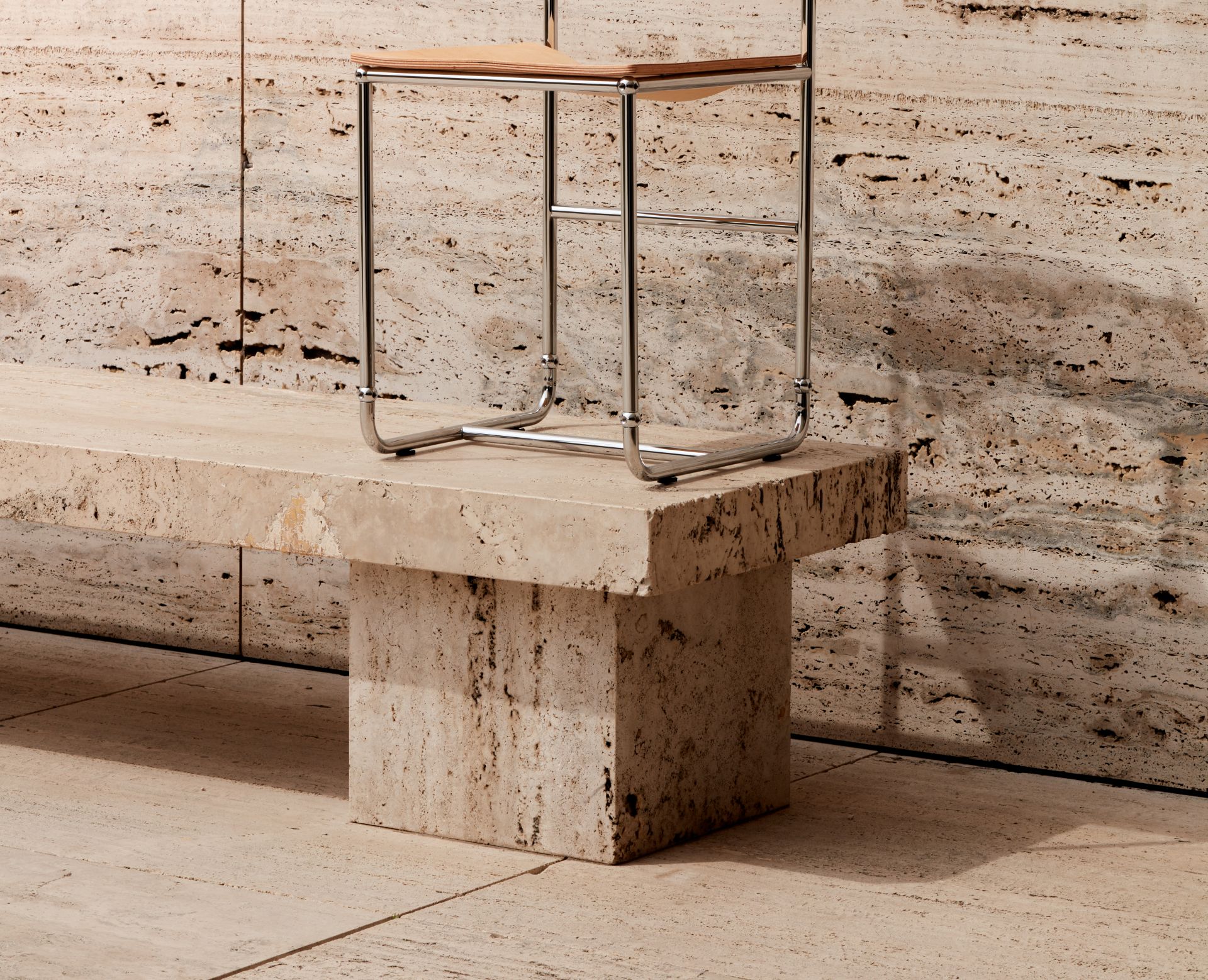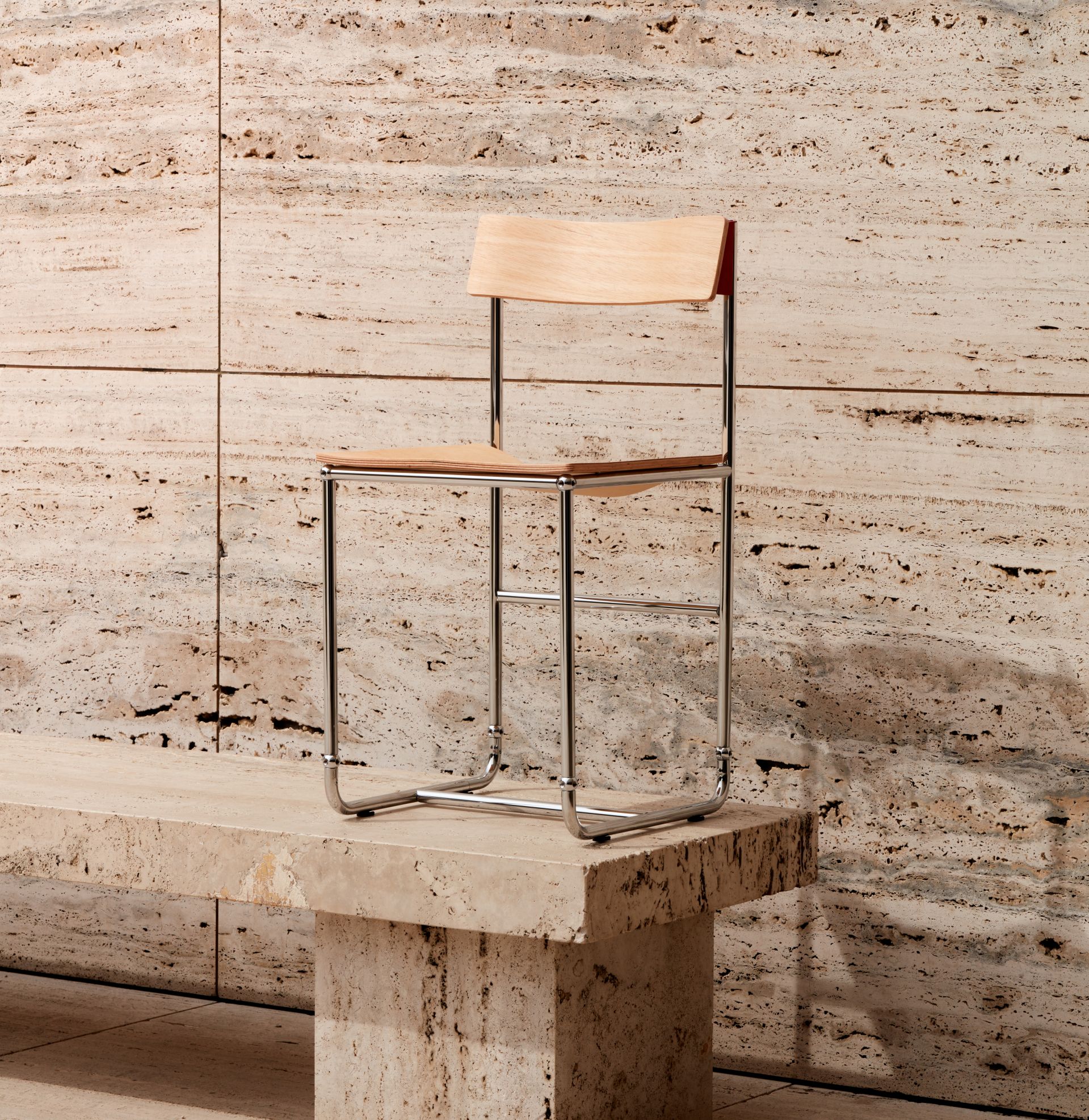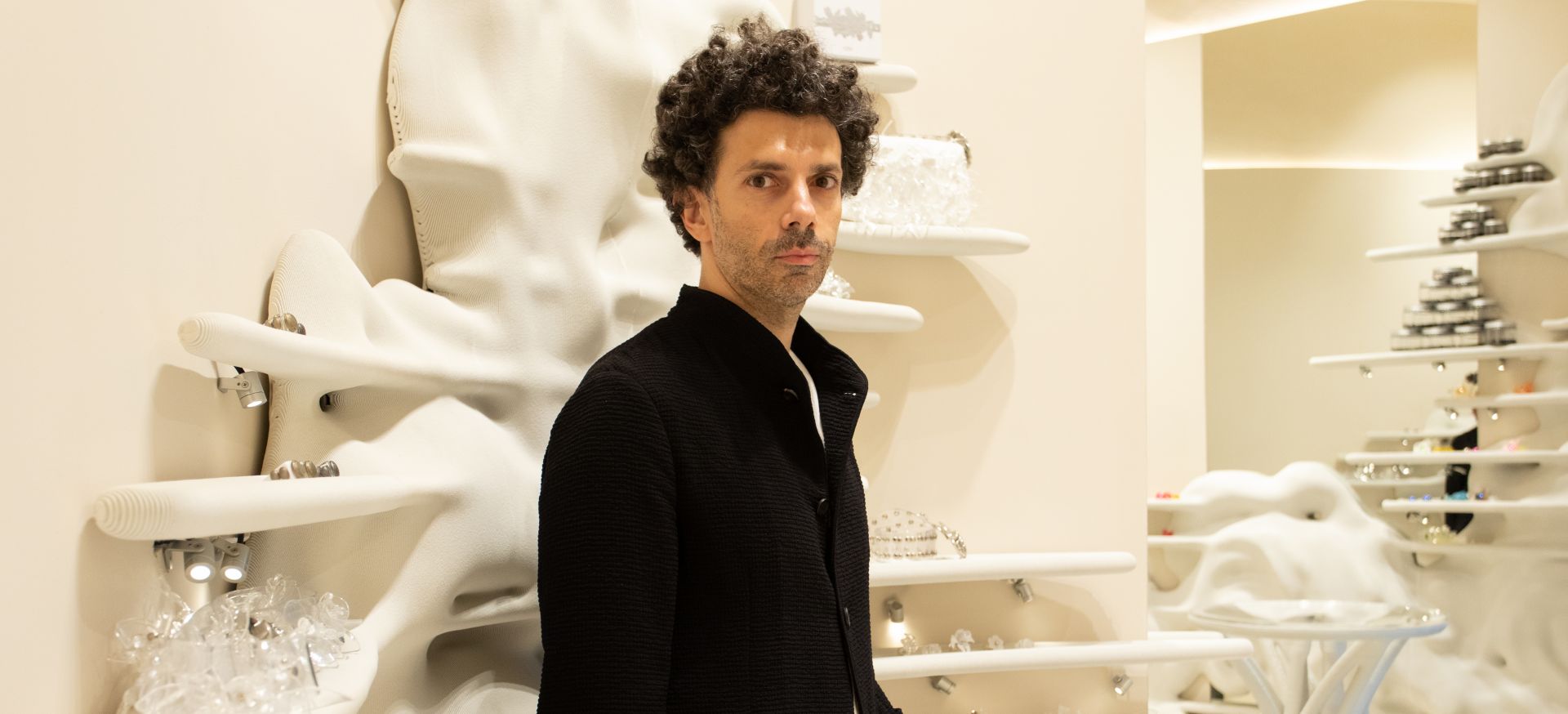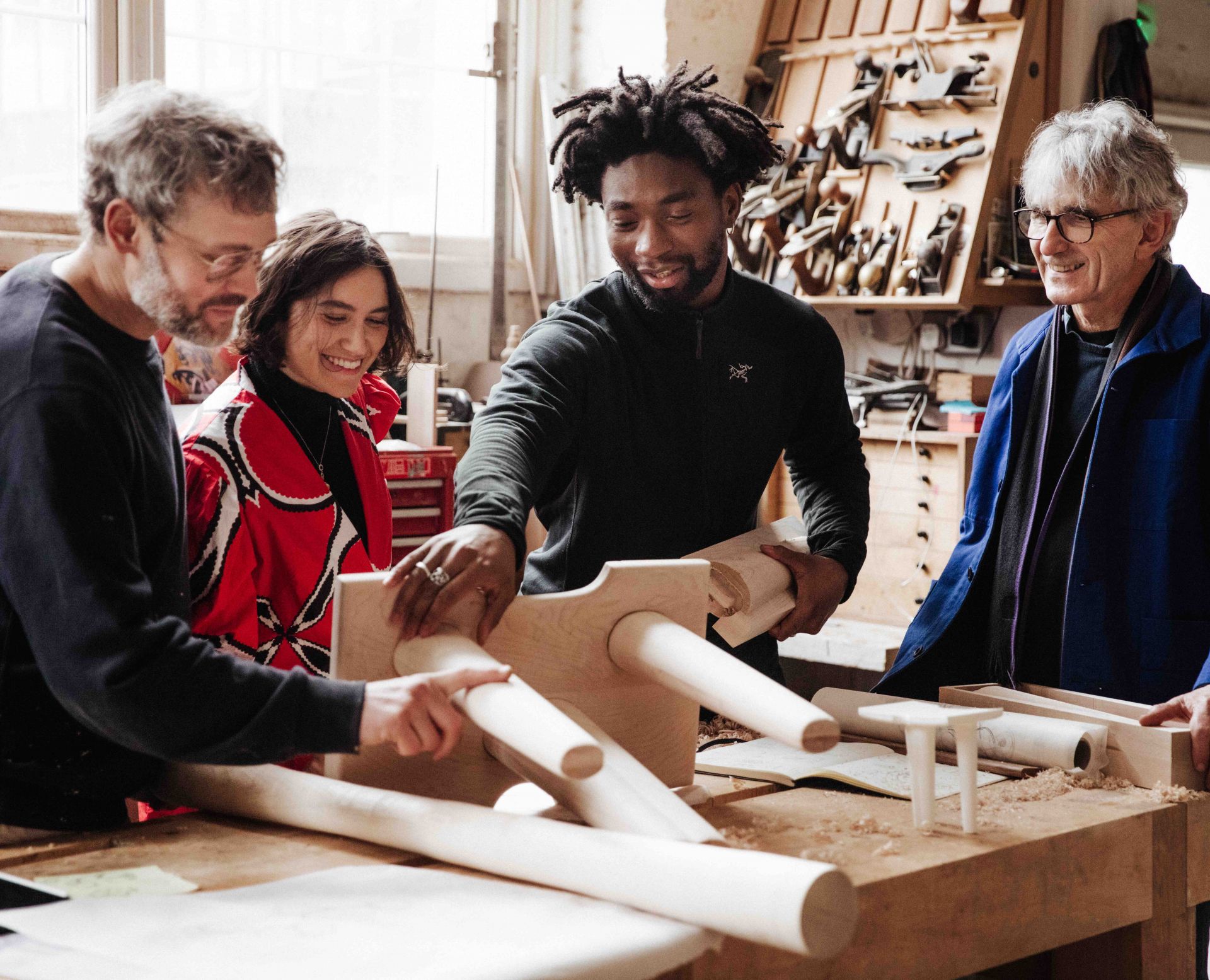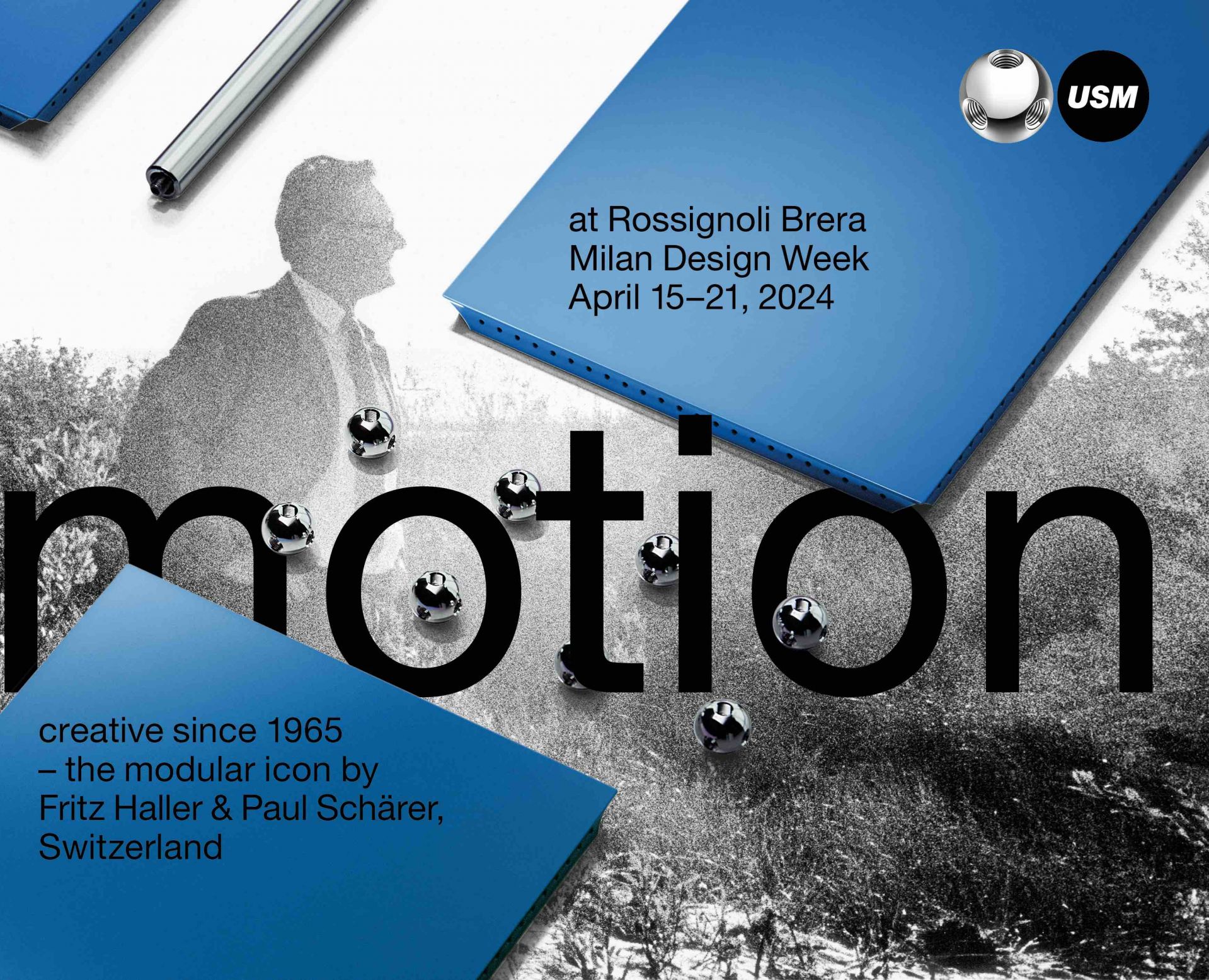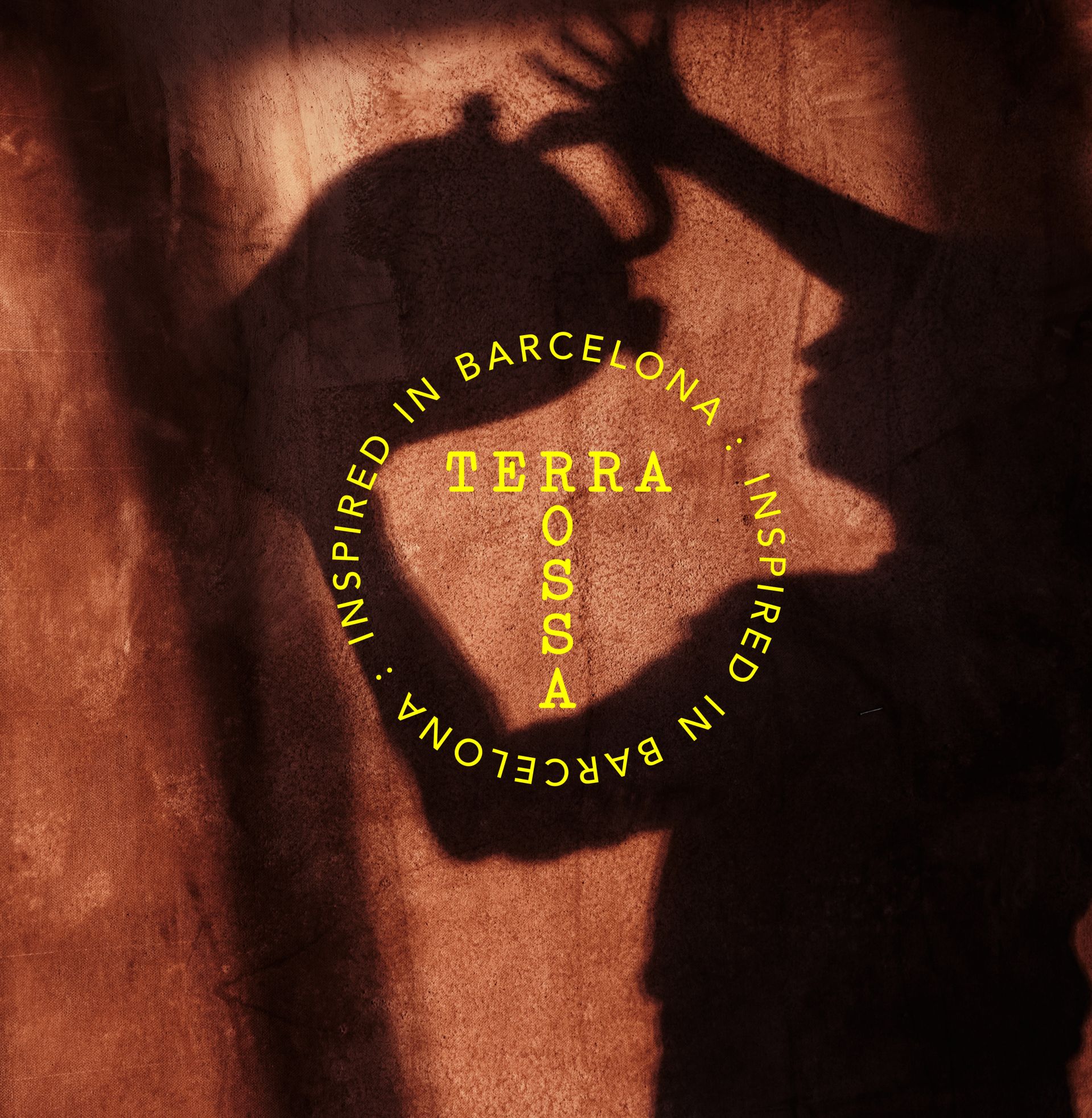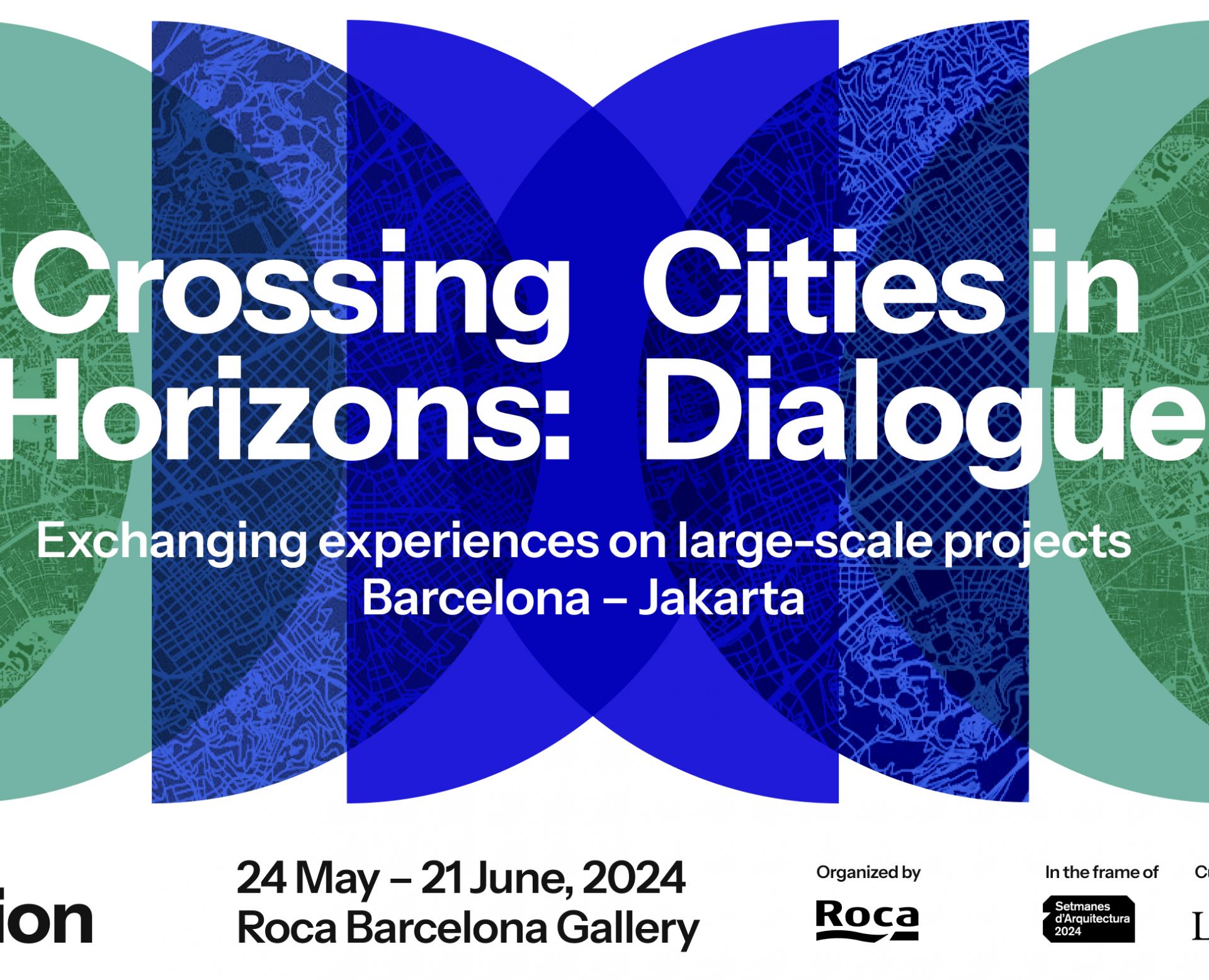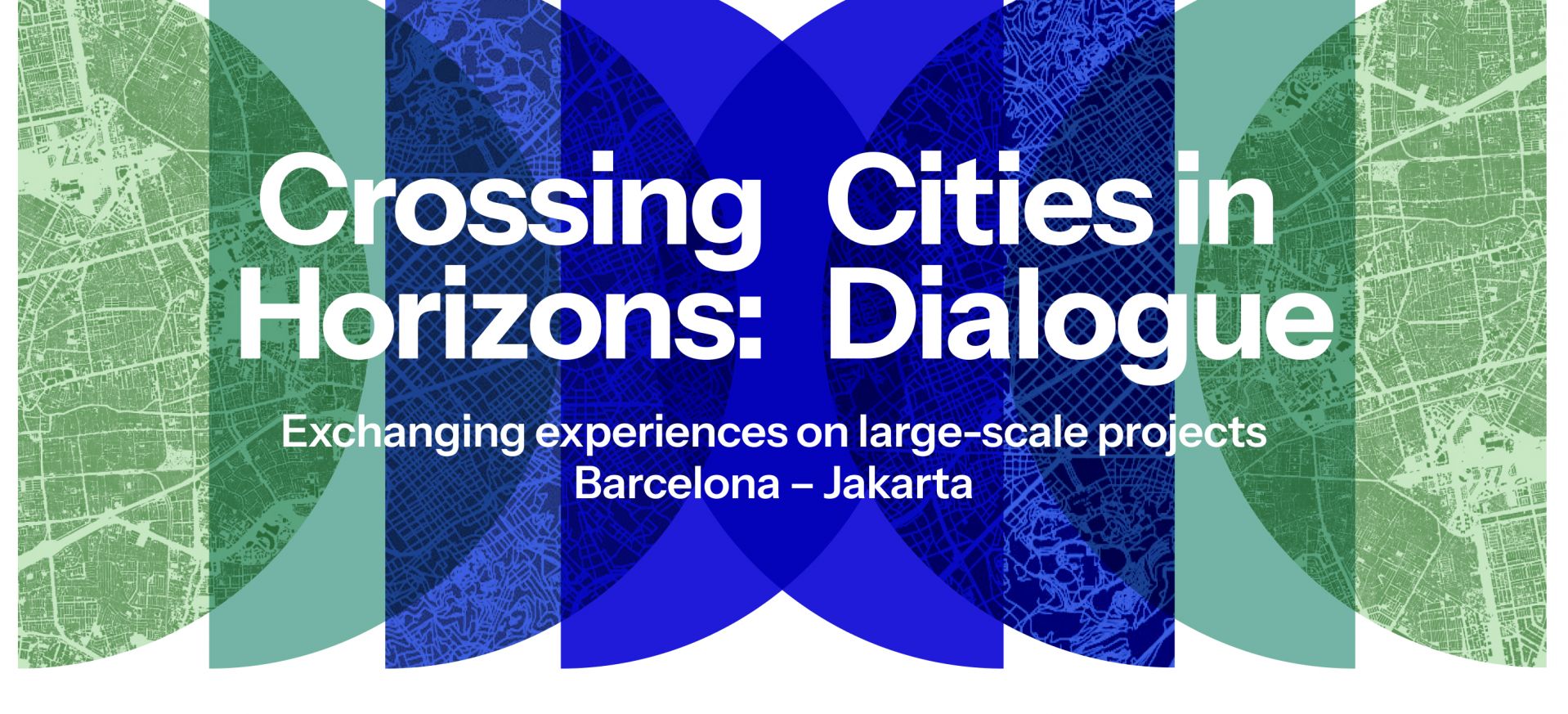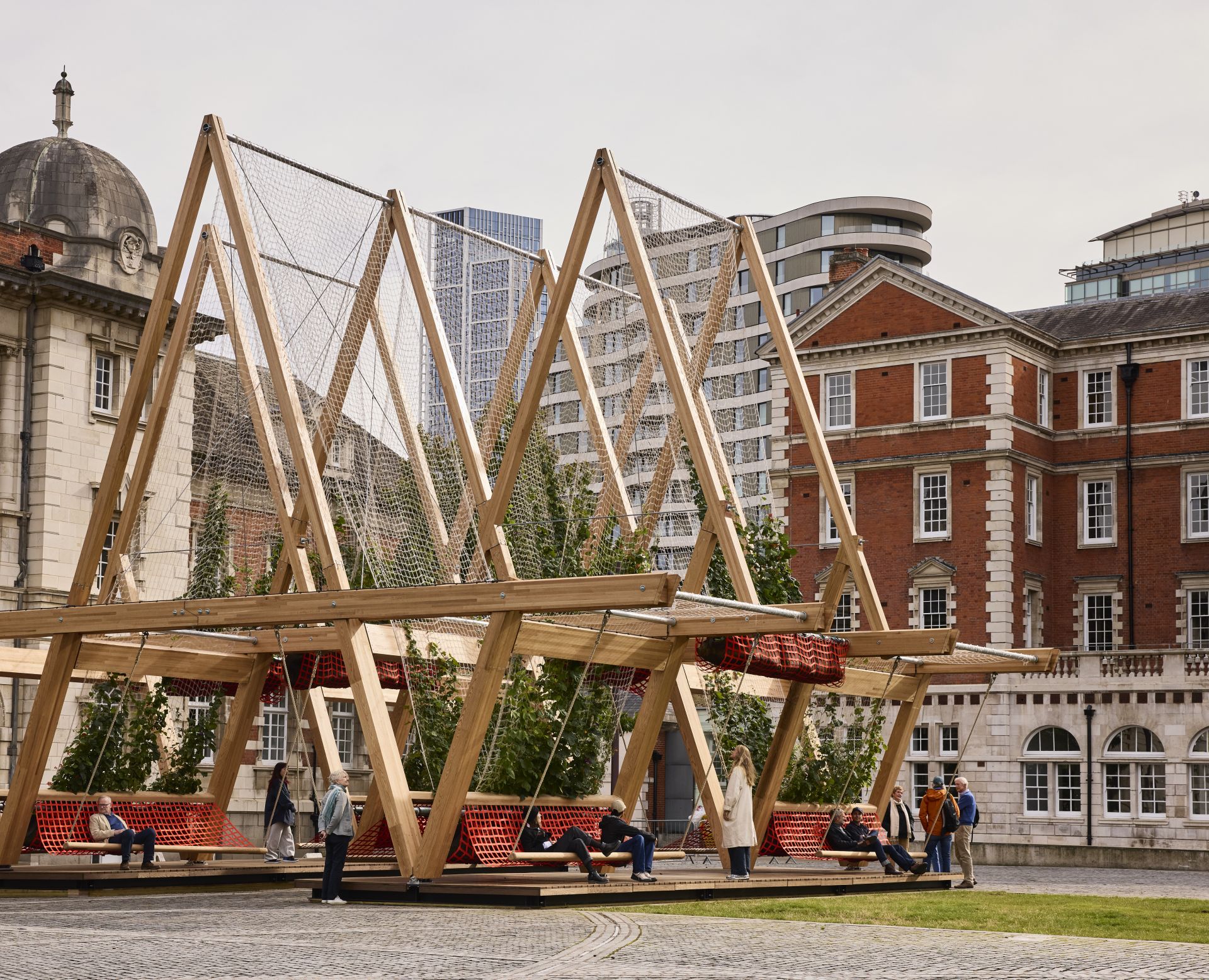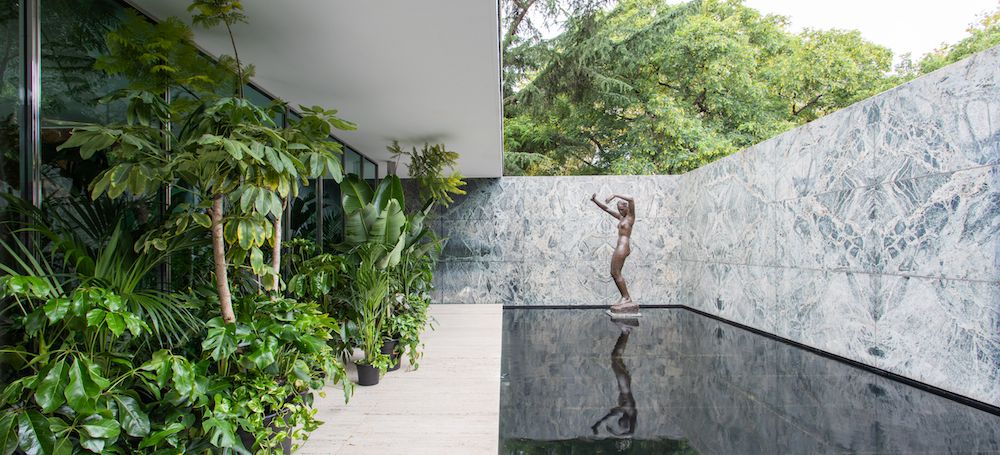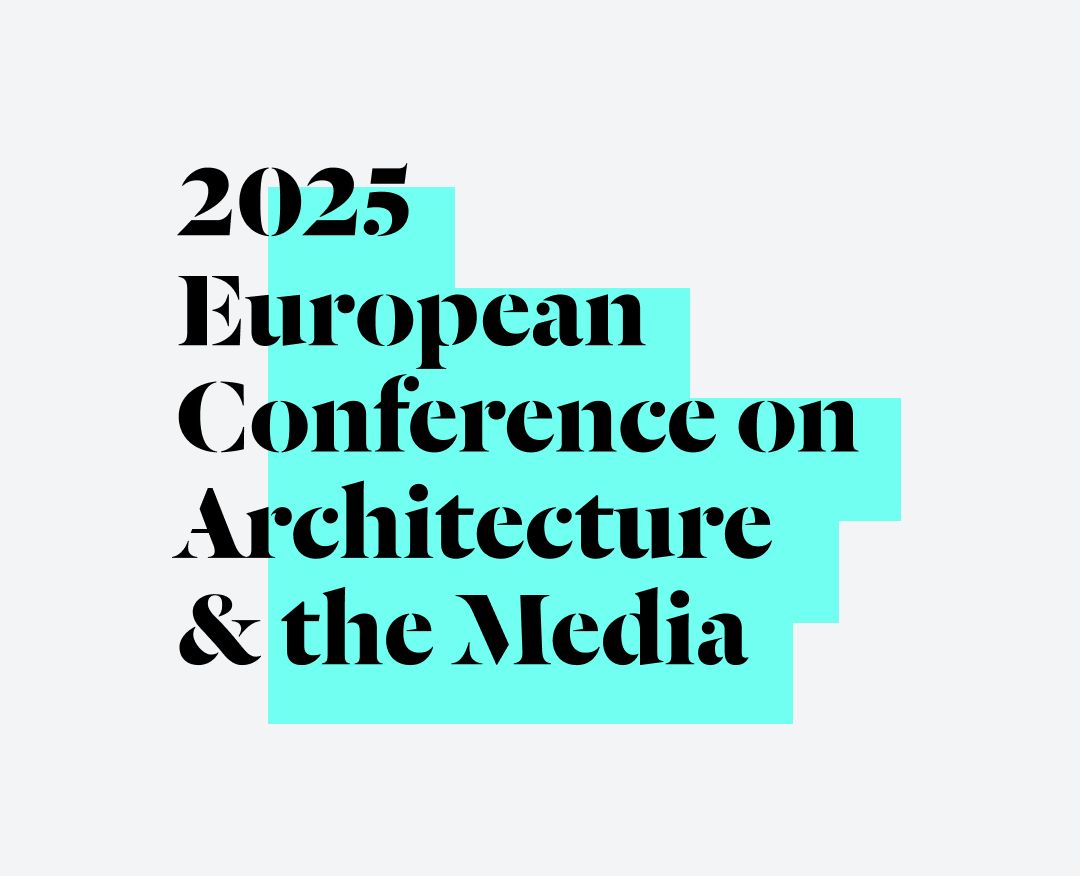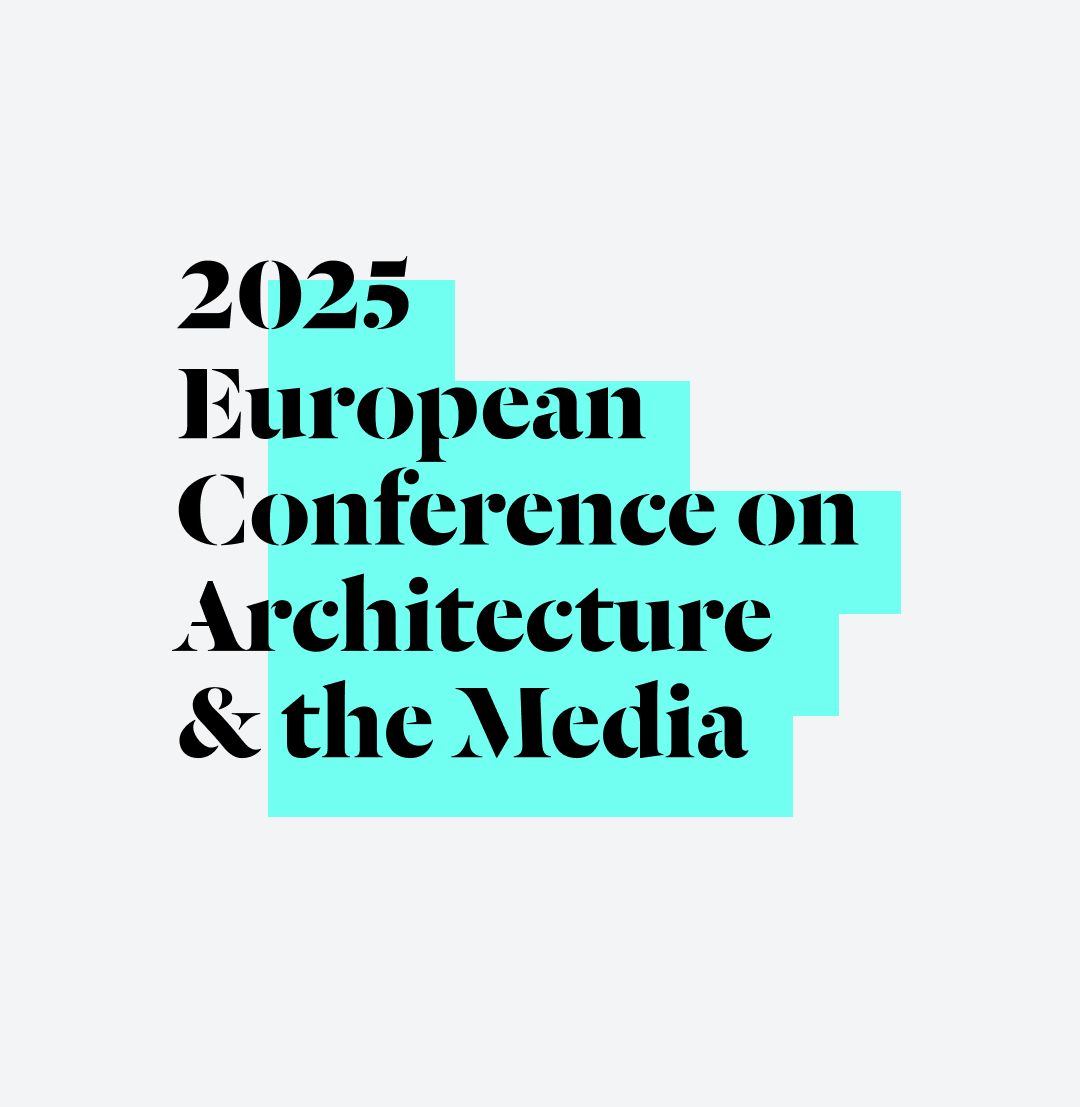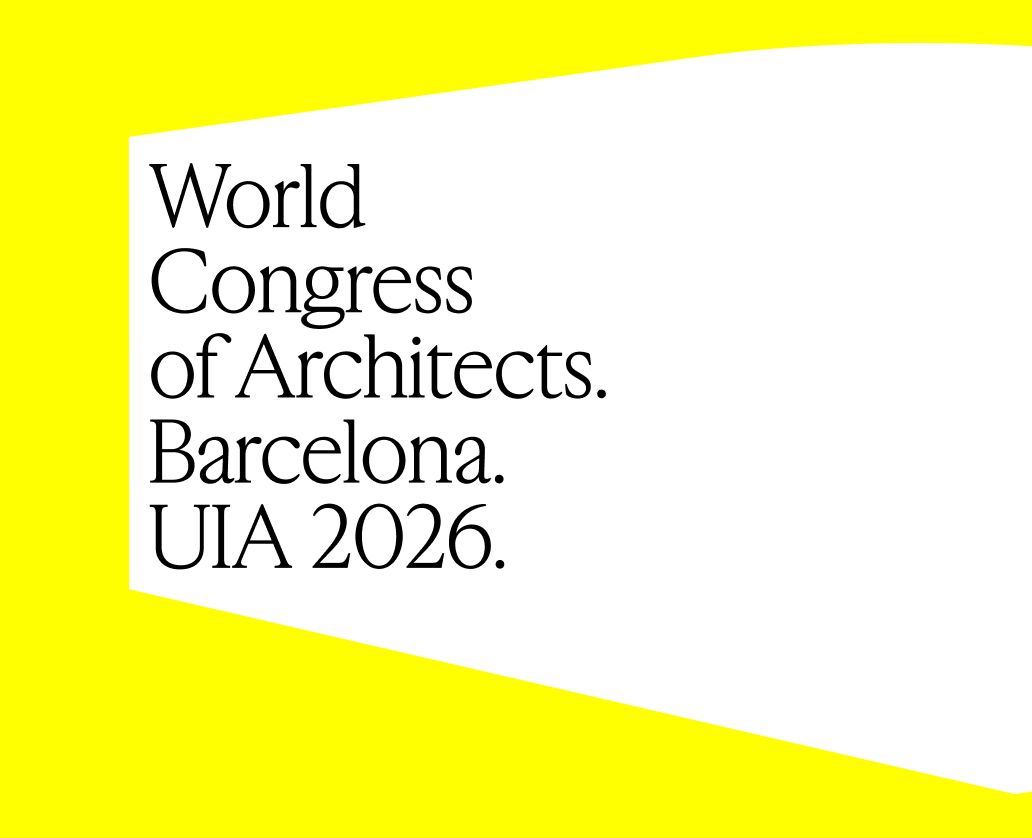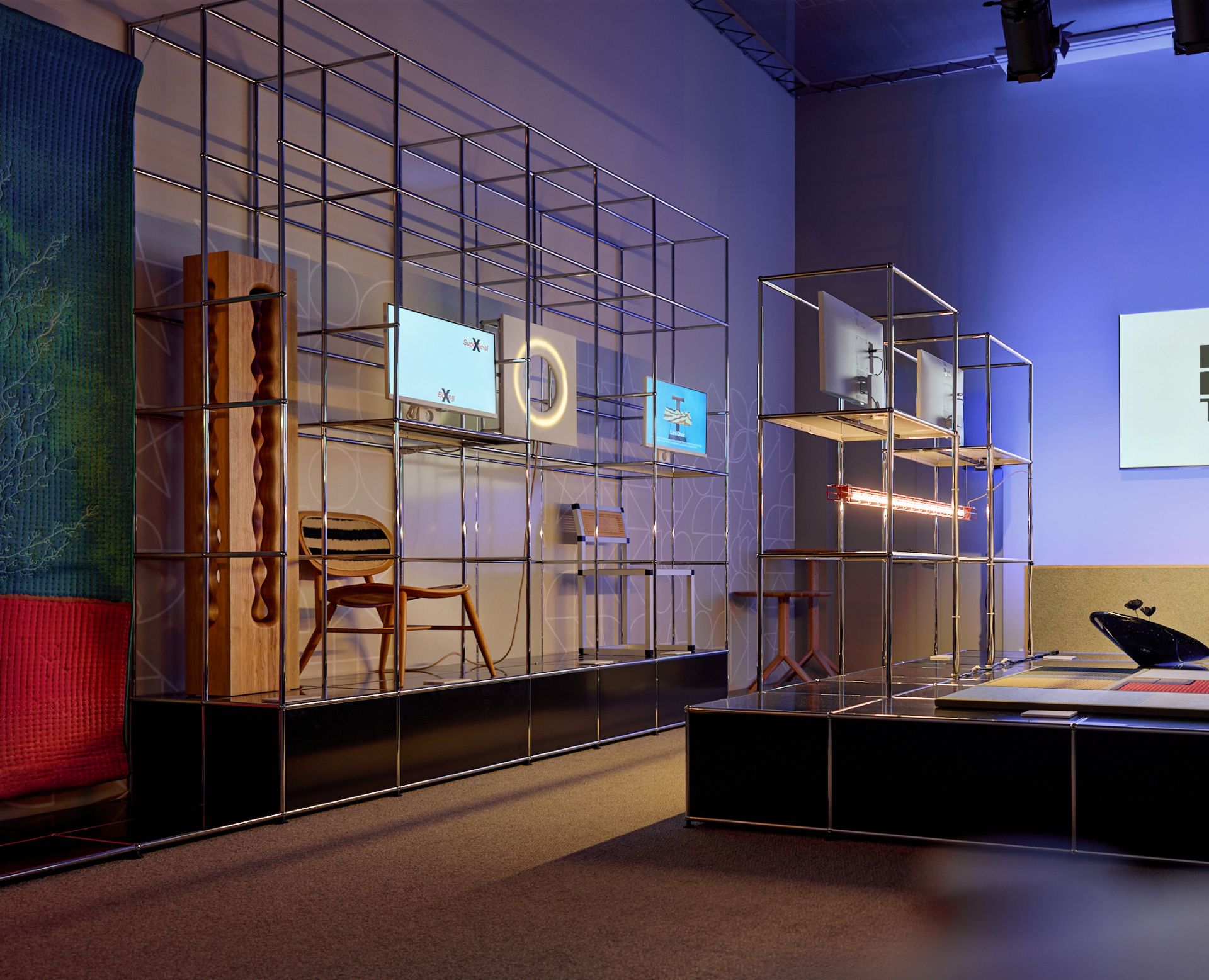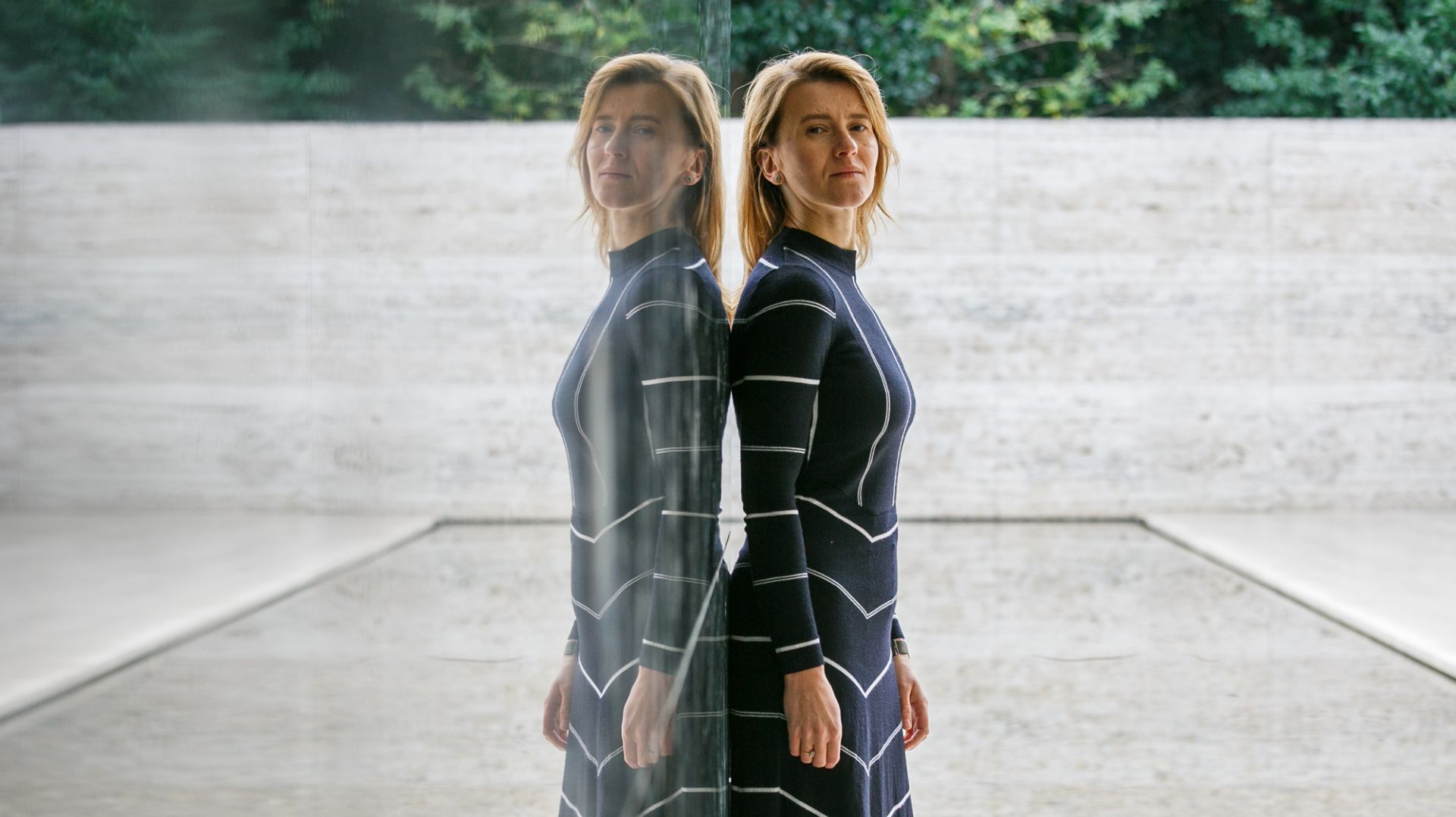
Fundació Mies van der Rohe presents: “It Begins With One Word. Choose Your Own” by Katarzyna Krakowiak
The Fundació Mies van der Rohe with the artist Katarzyna Krakowiak and curators Marcin Szczelina and Ivan Blasi present “It Begins With One Word.Choose your own”, a new structure, both architectural and linguistic, on view at the Mies van der Rohe Pavilion from 23 July to 23 August.
Opening on Wednesday 22 July in the Mies van der Rohe Pavilion at 20:00h with artist Katarzyna Krakowiak and curator Marcin Szczelina (Architecture Snob), On July 23, 2020 there will be an open doors day to visit Krakowiak’s intervention for free and to celebrate the traditional Catalan book day in a St. Jordi delayed by the pandemic.
This intervention initially intended as this year’s SonarMies proposal, moves to a new schedule and finds a new motivation from the circumstances arised by the pandemic. Emerging out of the recent lockdown, Katarzyna Krakowiak brings forward this innovative experiment at the Mies van der Rohe Pavilion that adopts the form of a sound composition as a voice of our life lived together, a question about the current state and future survival of our community, its openness, freedom and creativity. A call for hope.
Resulting from an open call that brought contributions from hundreds of people from all over the world, this constantly expanding sound piece comprises words in a wide array of languages sent in during the recent weeks. Words that the participants want to make last. Words that they want to take responsibility for and contribute with to the life we all live together.
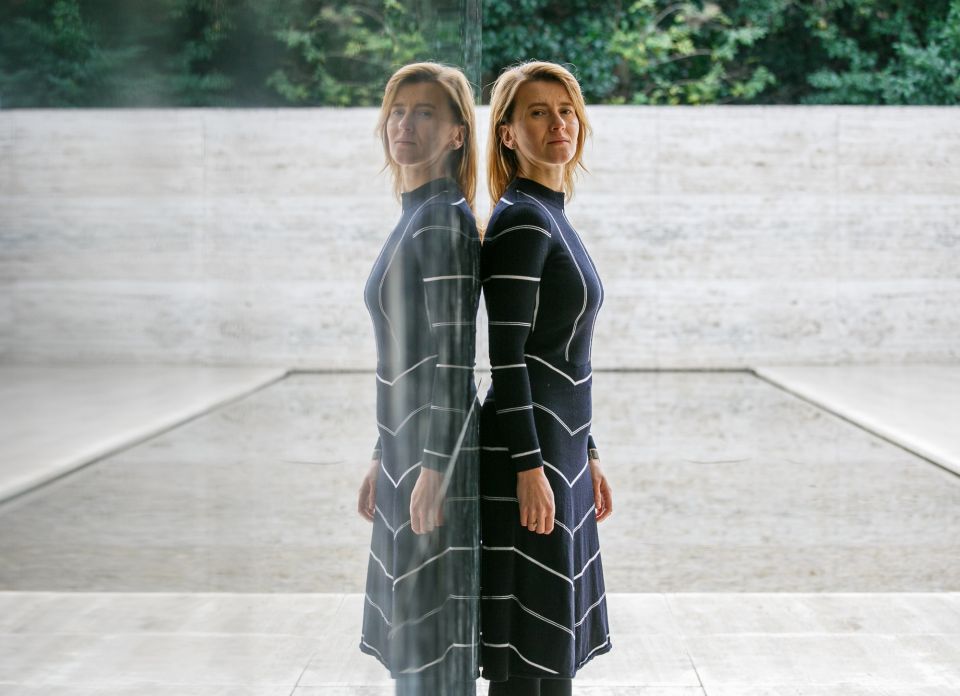
© Anna Mas
“We wanted to find a new language, a new narrative about design and architecture through sound. I like the idea of talking about it not as a sound installation but a sound sculpture.” Marcin Szczelina, curator.
The artist’s initiative transforms the Mies van der Rohe Pavilion into a site of enquiry, into a new language of architecture and architecture of language. Katarzyna Krakowiak composes an architecture that speaks – not only with words, but also with the spaces between them that open up a territory of critical enquiry on architecture, language, our current and future community; a site of diversity and difference. Presented at the Pavilion, the polyphonic composition is a collection of words – submitted by participants used in search of a new common language.
More than 300 words have been purposely sent for this intervention in 14 different languages from around the world: Polish, Chinese, Hebrew, Japanese, Vietnamese, English, Catalan, Italian, Russian... among others.They all form the final piece.
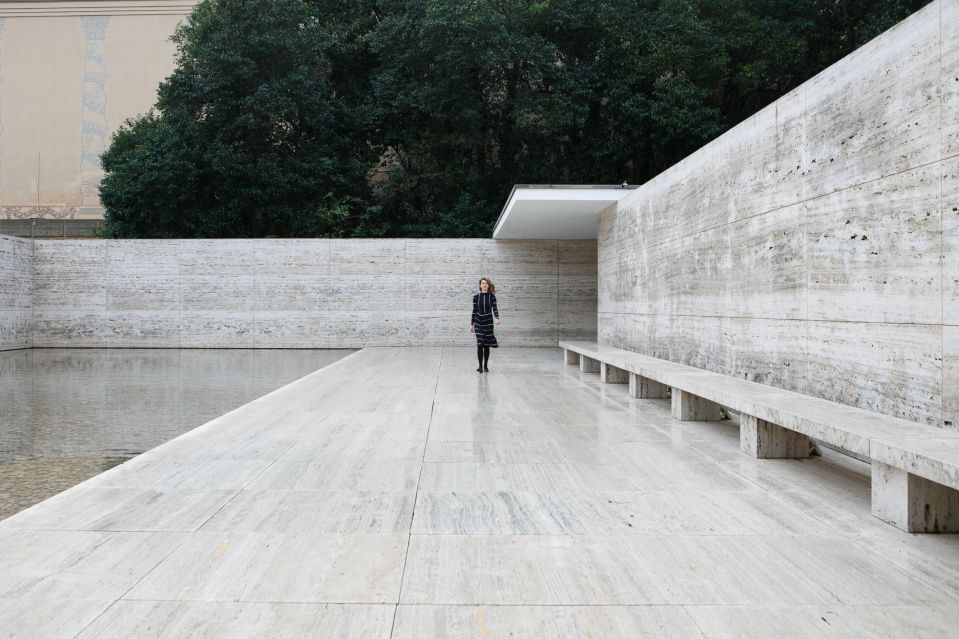
© Anna Mas
“These possible extensions of the composition are fascinating. It’s important that this project is open to any and all reactions. We are living in an era of numerous protests, the global situation causes not only loneliness or sadness, but also anger. I’m interested in the shadow space between the words – the space for reaction, and in a situation which is not really planned and organised” says Katarzyna Krakowiak
“This is what’s interesting about this piece for the Pavilion. It can work when nobody is there, with just one person inside, or else with a huge crowd. Working with the Pavilion this way, where the experience can be so different depending on the situation, the artist has foreseen how people can react – not only to the piece, but also to the building.” Ivan Blasi, curator - Fundació Mies van der Rohe
The project’s first iteration takes place in Barcelona and online. The composition will later travel to other cities, building spaces of translations, both between the languages of the project participants and between architectural and linguistic structures. Spaces where the horizon constantly extends in as yet unknown directions.
A Project by Katarzyna Krakowiak, curated by Marcin Szczelina (Architecture Snob) and Ivan Blasi (Fundació Mies van der Rohe). Organised in cooperation with the Adam Mickiewicz Institute. Supported by Instituto Polaco de Cultura en Madrid
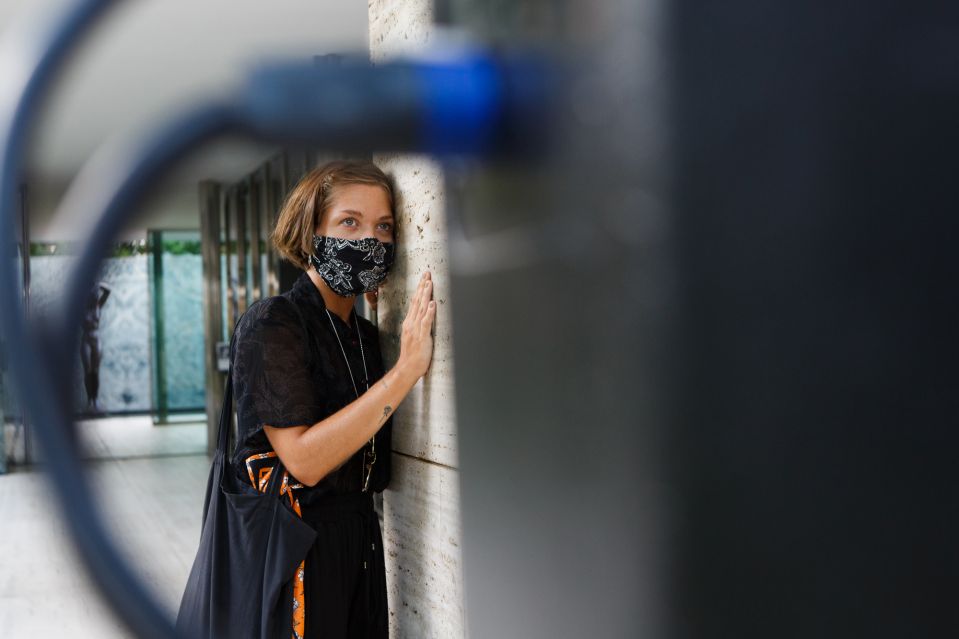
© Anna Mas
About Interventions at Mies van der Rohe Pavilion
The site specific interventions by plastic artists that take place at the Mies van der Rohe Pavilion are lightweight, short-term installations or exhibitions that aim to stimulate critical reflection and generate new perspectives on the Pavilion, promoting it as a space for inspiration, experimentation, and innovation. The intervention program provides a type of activity unique to the city, based on the exceptional spaces of the Pavilion. The installations can be seen as a way to maintain active interpretations and give meaning to the Pavilion’s present.
In previous years we have been able to enjoy the following sonic interventions:
Ghost Forest by Francisco López (14-8-2012 <31-8-2012)
Curated by: Antoni Marí - Lluís Nacenta
A compositional transposition of a multitude of original environmental recordings, made in different forests around the world.
Spectral diffractions by Edwin van der Heide (11-6-2014 <6-14-2014)
Curated by: Lluís Nacenta. Collaboration in sound research, Antonio Sa Pinto.
With: Sónar + D - Music Technology Group (Pompeu Fabra University) - Fundació Eina 40 loudspeakers on the deck of the pavilion, independently emitting partial frequencies of a human voice.
Transient senses - Alex Arteaga (04-29-2015 <21-6-2015)
With: Sónar + D, Goethe Institut de Barcelona, Antoni Tàpies Foundation, Master's Degree in Art and Design Research (Eina and UAB) and Loop Barcelona.
Sponsorship: Banco de Sabadell. Associated collaborators: Einstein Foundation, French Institute, Bloomline and Neuman.
Curated by: Lluís Nacenta
A game with the auditory transparency of the architectural space that takes the sounds from outside to inside.
Lucio Capece (06-18-2015 <19-6-2015)
Curated by: Lluís Nacenta
A system of speakers suspended by helium balloons as a way to take the interior to the outside.
Microtonal Wall - Tristan Perich (14-6-2016 <19-6-2016)
Curated by: Lluís Nacenta
An aluminum panel of 7.5 meters where each of the 1,500 speakers emits one single sound, the result of dividing six octaves into microtones.
Wave Shift - Mark Bain (06-14-17 <17-06-17)
Curated by: Lluís Nacenta
With: SónarMies - Sónar + D
Seismic sensors capture the microvibrations that run through the materials of the pavilion that are amplified and reproduced by a loudspeaker system.
Dazwischen – Lucrecia Dalt (18-7-2019 < 20-7-2019)
Curated by: Sonia Fernández and Lluís Nacenta
With: SónarMies - Sónar + D
A sound search and a live performance of the material nature and the proportions of the Mies van der Rohe Pavilion
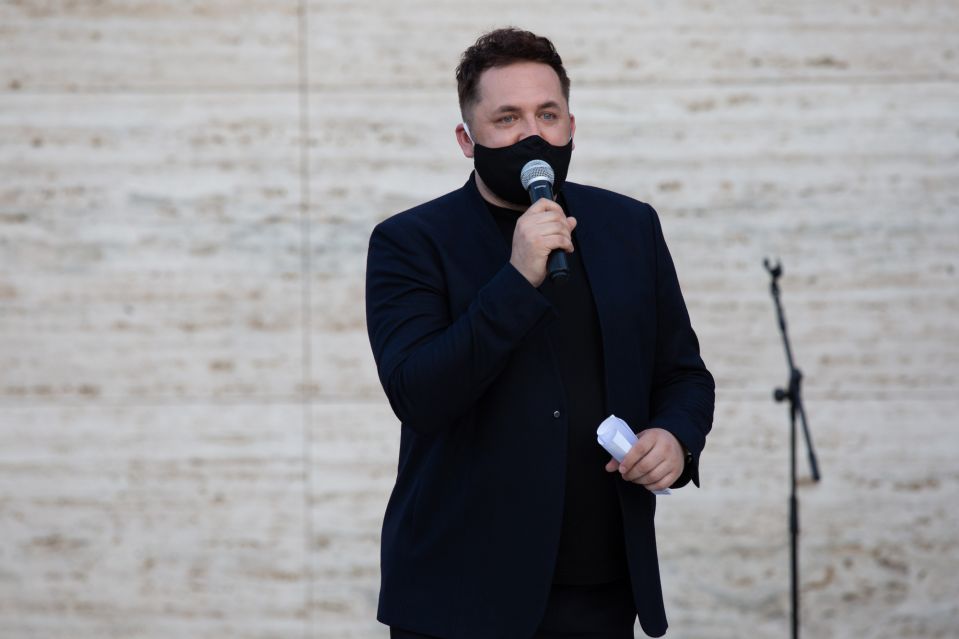
© Anna Mas
About the artist:
Katarzyna Krakowiak creates sculptures, sounds, sound compositions and situations, all of them in order to find languages to describe architecture. In 2012 she received a special mention for her solo exhibition “Making the Walls Quake as if They Were Dilated with the Secret Knowledge of Great Power” at the Polish Pavilion at the 13th International Exhibition of Architecture – la Biennale di Venezia. In 2013 she participated in Performa Biennial with Storfront Art and Architecture. Krakowiak runs the sound spaces studio at the Academy of Fine Arts in Warsaw.
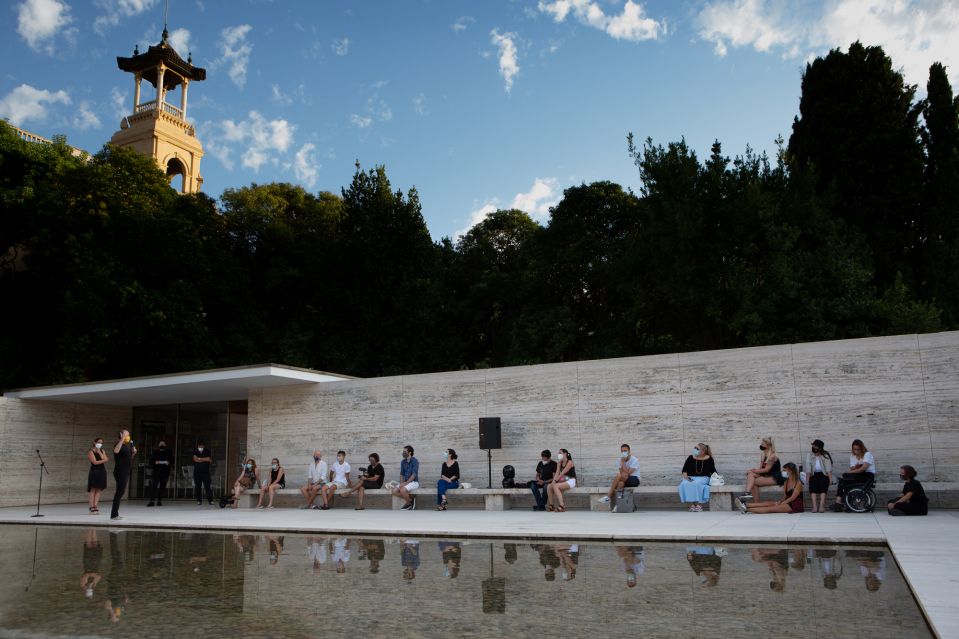
© Anna Mas
About the Pavilion:
The Barcelona Pavilion was designed by Ludwig Mies van der Rohe and Lilly Reich as the German Pavilion for the 1929 Barcelona International Exhibition, held in Montjuïc. This emblematic work of the Modern Movement, has been exhaustively studied and interpreted as well as having inspired the oeuvre of several generations of architects.
Built from glass, steel and different kinds of marble, the Pavilion was conceived to accommodate the official reception presided over by King Alfonso XIII of Spain along with the German authorities.
After the closure of the Exhibition, the Pavilion was disassembled in 1930. As time went by, it became a key point of reference not only in Mies van der Rohe’s own career but also in twentieth-century architecture as a whole. Given the significance and reputation of the Pavilion, thoughts turned towards its possible reconstruction.
In 1980 Oriol Bohigas, as head of the Urban Planning Department at the Barcelona City Council, set the project in motion, designating architects Ignasi de Solà-Morales, Cristian Cirici and Fernando Ramos to research, design and supervise the reconstruction of the Pavilion. Work began in 1983 and the new building was opened on its original site in 1986.
The Fundació Mies van der Rohe was created in 1983 by the City Council of Barcelona with the initial goal of rebuilding the German Pavilion. In addition to conserving and disseminating knowledge about the Pavilion, Fundació Mies van der Rohe promotes debate and awareness on issues related to contemporary architecture.


